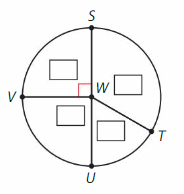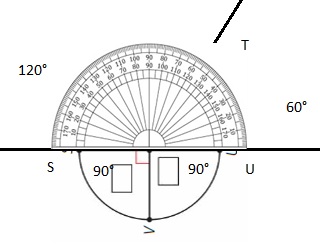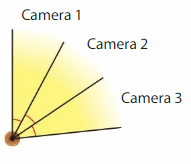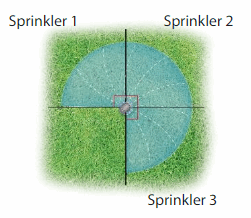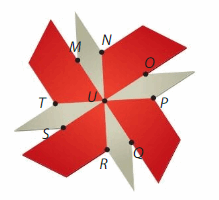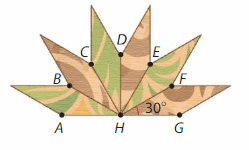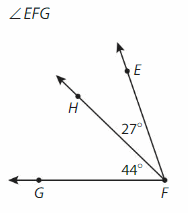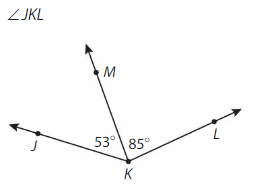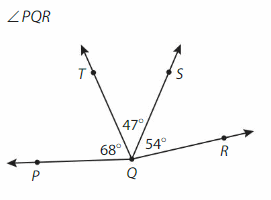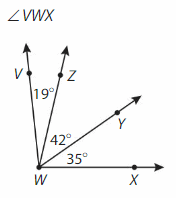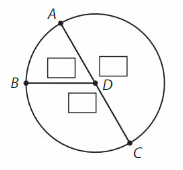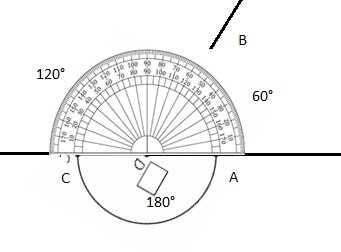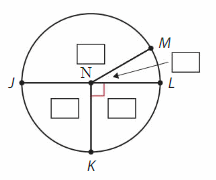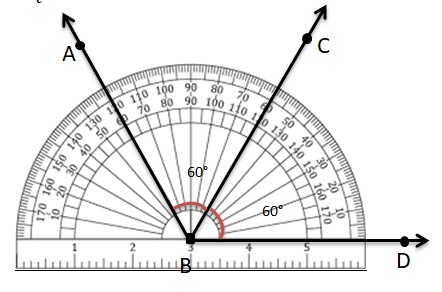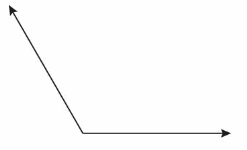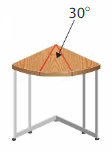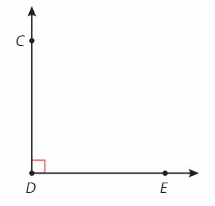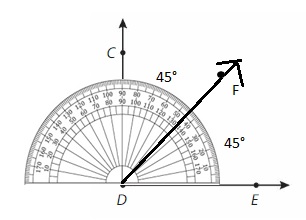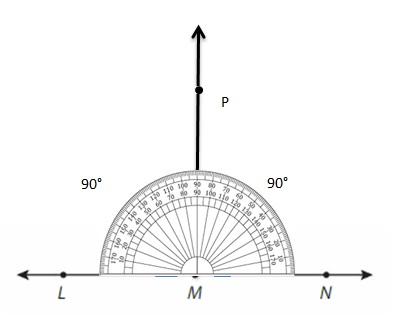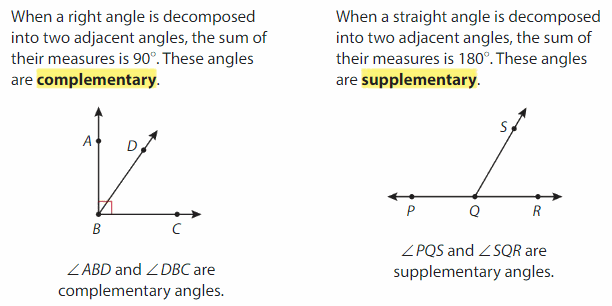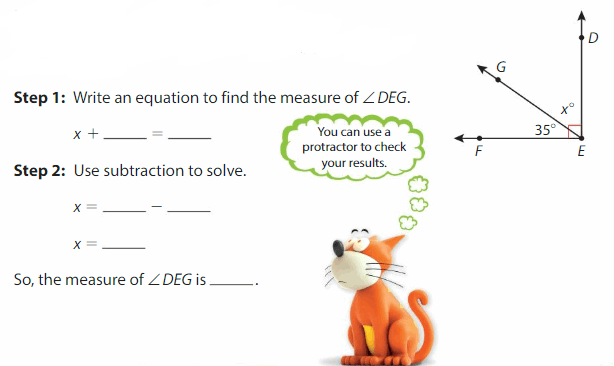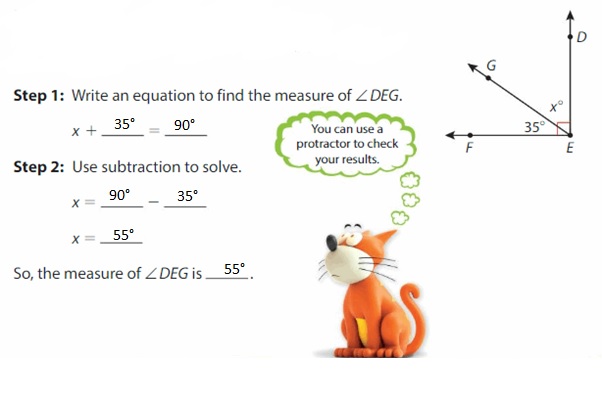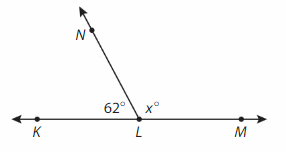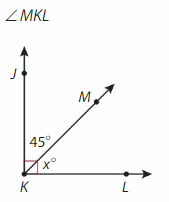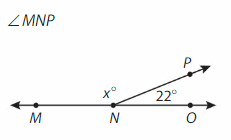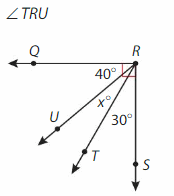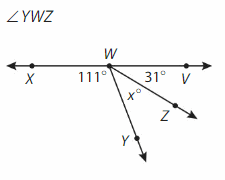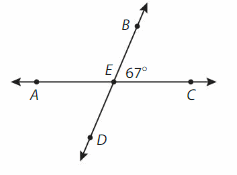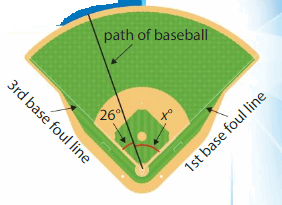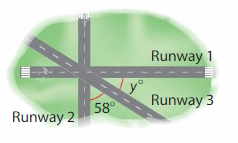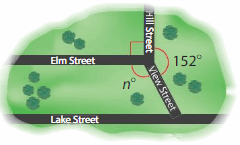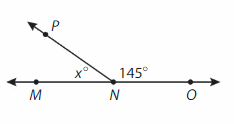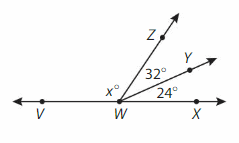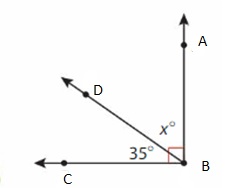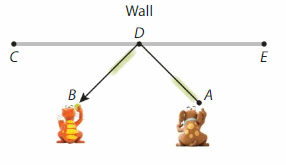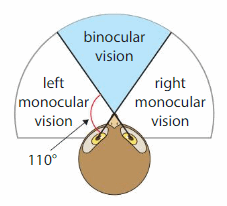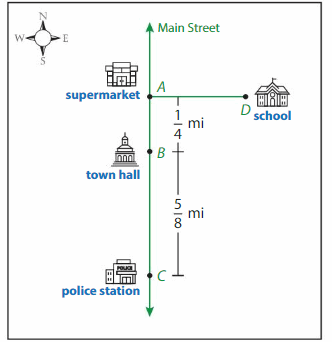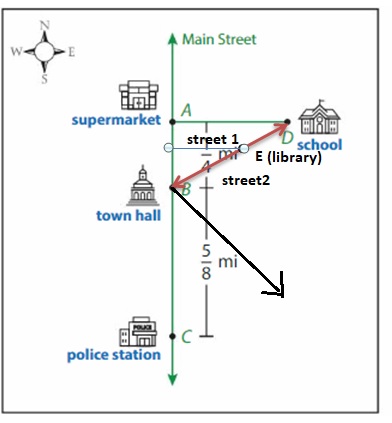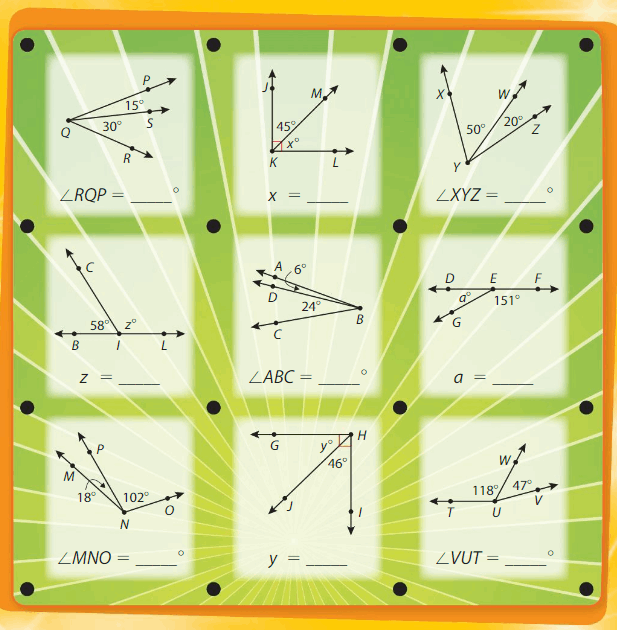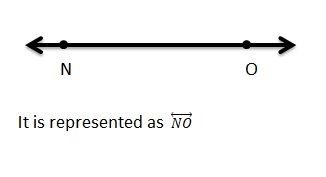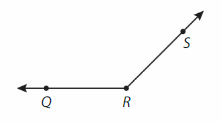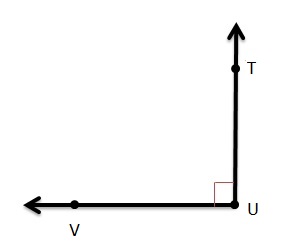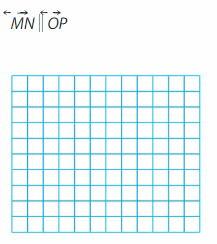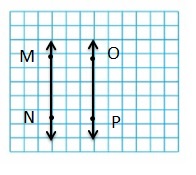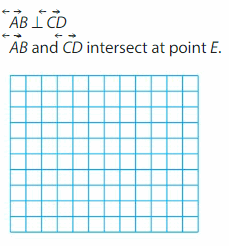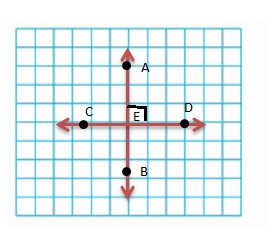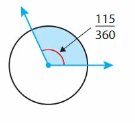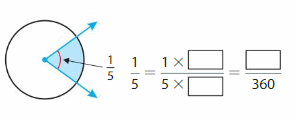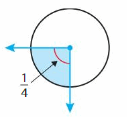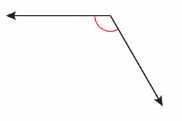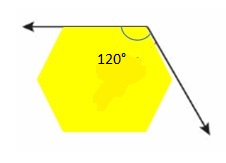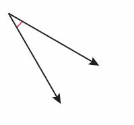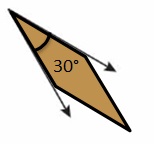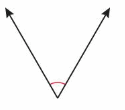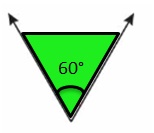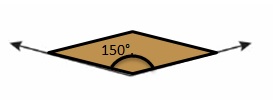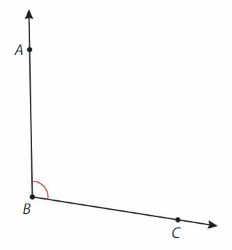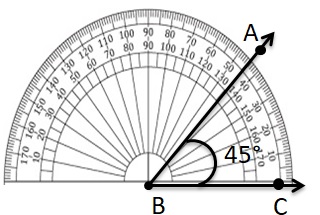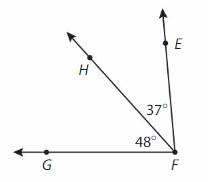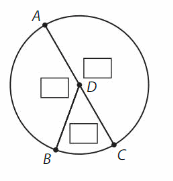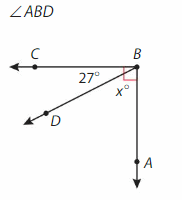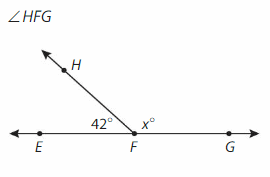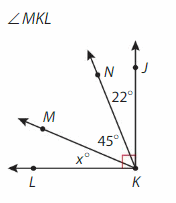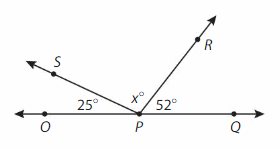Are you looking everywhere to learn about Big Ideas Math 2nd Grade 4th Chapter Fluently Add within 100 Answers? The answer key included topics like related addition questions. Those who are preparing for the BIM Grade 2 Chapter 4 will get the answer key which is extremely useful. You can improve the problem-solving skills by solving all the questions from Big Ideas Math Answers Grade 2 Chapter 4 Fluently Add within 100.
Big Ideas Math Book 2nd Grade Answer Key Chapter 4 Fluently Add within 100
The list of topics in the 2nd Grade 4th Chapter Fluently Add within 100 are given below. Have a look at the answers for topics like Fluently Add within 100 Vocabulary, Use Partial Sums to Add, More Partial Sums, Regroup to Add, Add Two-Digit Numbers, Practice Adding Two-Digit Numbers, Add Up to 3 Two-Digit Numbers, and Add Up to 3 Two-Digit Numbers. after solving this chapter, you will be able to solve addition problems.
Students must have the best preparation strategy to score good marks in the exam. Solve all the problems by checking the Big Ideas Math Answers Grade 2 Chapter 4 Fluently Add within 100. Download Big Ideas Math Book Grade 2 Chapter 4 Fluently Add within 100 PDF for free of cost and practice the problems.
Vocabulary
Lesson 1 Use Partial Sums to Add
Lesson 2 More Partial Sums
Lesson 3 Regroup to Add
Lesson 4 Add Two-Digit Numbers
Lesson 5 Practice Adding Two-Digit Numbers
- Lesson 4.5 Practice Adding Two-Digit Numbers
- Practice Adding Two-Digit Numbers Homework & Practice 4.5
Lesson 6 Add Up to 3 Two-Digit Numbers
Lesson 7 Add Up to 3 Two-Digit Numbers
Performance Task
Activity
Chapter Practice
Cumulative Practice
Fluently Add within 100 Vocabulary
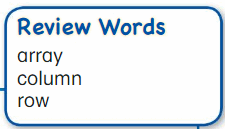
Organize It
Use the review words to complete the graphic organizer.
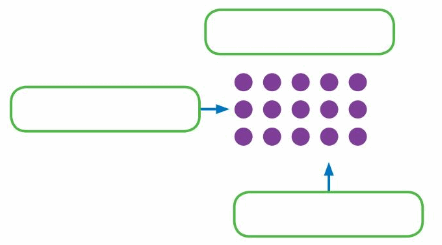
Answer:
In the above image, the group of rows and columns is known as an array.
The horizontal dots are known as rows.
The vertical dots are known as columns.
Explanation:
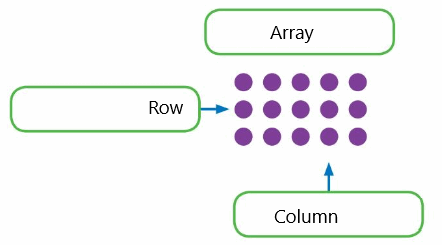
Array:
An array means arranging the group rows and columns in a group. Mostly the data will be the same such as integers or strings and these are used to store the collected data. In the above image, the group of rows and columns is known as an array.
Column:
A column is a group of values that are represented vertically and will be in multiple rows and they run from top to bottom.
Row:
A row is a group of values that are represented horizontally which will be lying side by side in a horizontal line. These rows usually arranged in a straight line.
Define it
Use your vocabulary cards to match.
Question 1.
partial sums
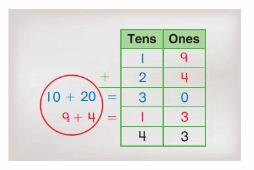
Question 2.
regroup
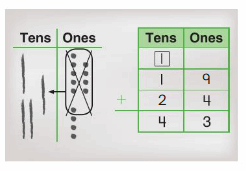
Chapter 4 Vocabulary Cards
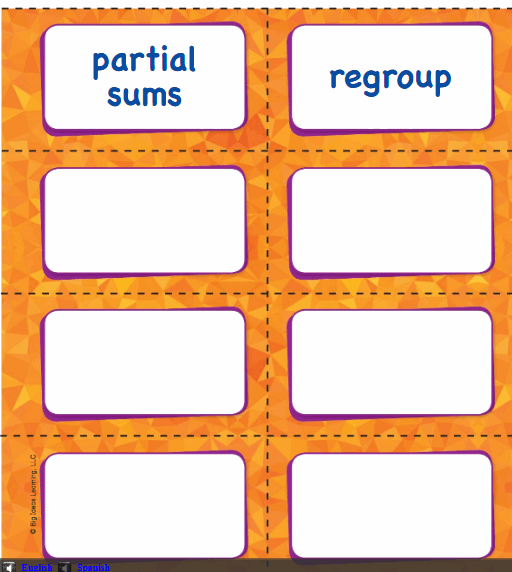
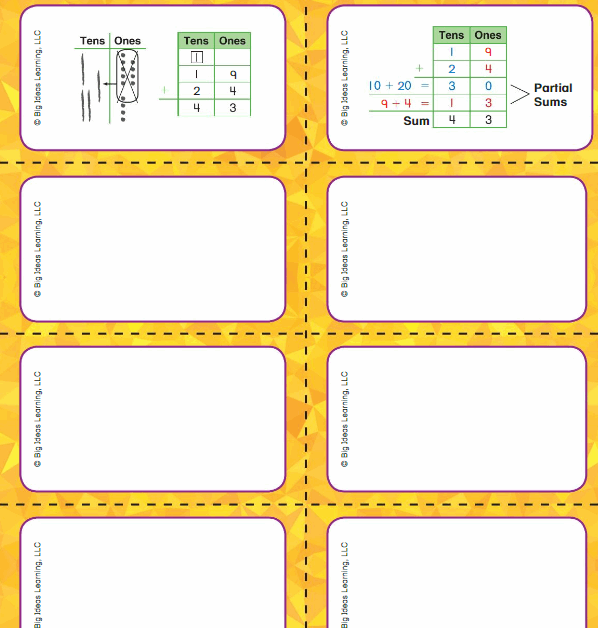
Lesson 4.1 Use Partial Sums to Add
Explore and Grow
Model the problem. Make a quick sketch to show how you solved.

Answer:
The sum f 32 + 27 is 59.
Explanation:
To model the given problem 32 + 27 we will model with 50 blocks and 9 blocks, as the sum of 32 + 27 is 59. So we will model with 50 blocks and 9 blocks.
Show and Grow
Question 1.
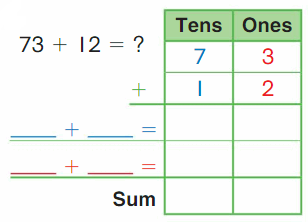
Answer:
The partial sum of 73 + 12 will be 80 + 5= 85.
Explanation:
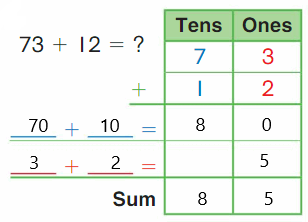
Here partial sum is the sum of part of the sequence and a sequence that sets the numbers in order. This partial sum calculates partial sum which will be working one place value column at a time and then add all the partial sums to find the total. And this partial sum can be added in any order but working with the left to right is the usual procedure. So here we will add tens and add the ones and then we will add the partial sum to find the whole sum of the 73 + 12 which is 85. So here first we will add tens which are 70 and 10 we will add both the numbers which will be 80 and now we will add ones which are 3 and 2 will be 5. So the total value of 73 + 12 will be 80 + 5= 85.
Question 2.
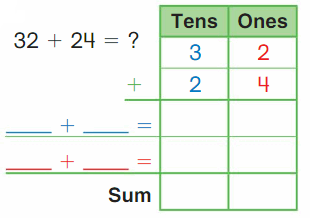
Answer:
The partial sum of 32 + 24 will be 50 + 6= 56.
Explanation:
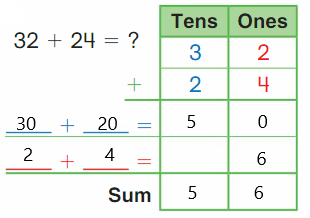
Here partial sum is the sum of part of the sequence and a sequence that sets the numbers in order. This partial sum calculates partial sum which will be working one place value column at a time and then add all the partial sums to find the total. And this partial sum can be added in any order but working with a left to right is the usual procedure. So here we will add tens and add the ones and then we will add the partial sum to find the whole sum of the 32 + 24 which is 56. So here first we will add tens which are 30 and 20 we will add both the numbers which will be 50 and now we will add ones which are 2 and 4 will be 6. So the total value of 32 + 24 will be 50 + 6= 56.
Question 3.
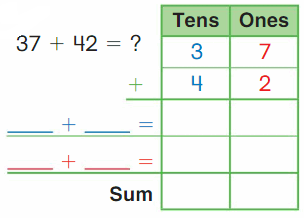
Answer:
The partial sum of 37 + 42 will be 70 + 9= 79.
Explanation:
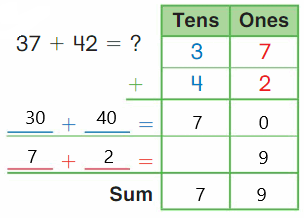
Here partial sum is the sum of part of the sequence and a sequence that sets the numbers in order. This partial sum calculates partial sum which will be working one place value column at a time and then add all the partial sums to find the total. And this partial sum can be added in any order but working with a left to right is the usual procedure. So here we will add tens and add the ones and then we will add the partial sum to find the whole sum of the 37 + 42 which is 79. So here first we will add tens which are 30 and 40 we will add both the numbers which will be 70 and now we will add ones which are 7 and 2 will be 9. So the total value of 37 + 42 will be 70 + 9= 79.
Question 4.
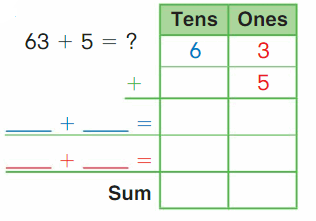
Answer:
The partial sum of 63 + 5 will be 60 + 8= 68.
Explanation:

Here partial sum is the sum of part of the sequence and a sequence that sets the numbers in order. This partial sum calculates partial sum which will be working one place value column at a time and then add all the partial sums to find the total. And this partial sum can be added in any order but working with the left to right is the usual procedure. So here we will add tens and add the ones and then we will add the partial sum to find the whole sum of the 63 + 5 which is 68. So here first we will add tens which are 60 and 0 we will add both the numbers which will be 60 and now we will add ones which are 3 and 5 will be 8. So the total value of 63 + 5 will be 60 + 8= 68.
Apply and Grow: Practice
Question 5.
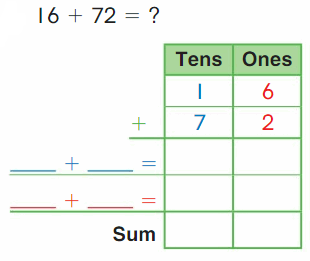
Answer:
The partial sum of 16 + 72 will be 80 + 8= 88.
Explanation:
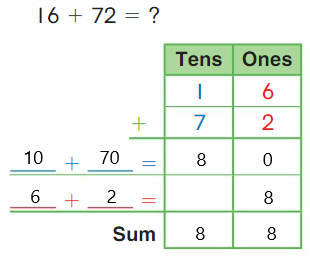
Here partial sum is the sum of part of the sequence and a sequence that sets the numbers in order. This partial sum calculates partial sum which will be working one place value column at a time and then add all the partial sums to find the total. And this partial sum can be added in any order but working with the left to right is the usual procedure. So here we will add tens and add the ones and then we will add the partial sum to find the whole sum of the 16 + 72 which is 88. So here first we will add tens which are 70 and 10 we will add both the numbers which will be 80 and now we will add ones which are 6 and 2 will be 8. So the total value of 16 + 72 will be 80 + 8= 88.
Question 6.
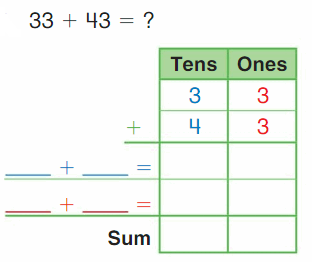
Answer:
The partial sum of 33 + 43 will be 70 + 6= 76.
Explanation:
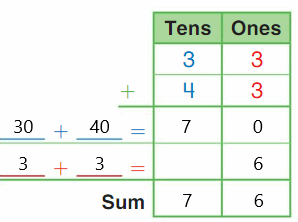
Here partial sum is the sum of part of the sequence and a sequence that sets the numbers in order. This partial sum calculates partial sum which will be working one place value column at a time and then add all the partial sums to find the total. And this partial sum can be added in any order but working with the left to right is the usual procedure. So here we will add tens and add the ones and then we will add the partial sum to find the whole sum of the 33 + 43 which is 76. So here first we will add tens which are 30 and 40 we will add both the numbers which will be 70 and now we will add ones which are 3 and 3 will be 6. So the total value of 33 + 43 will be 70 + 6= 76.
Question 7.
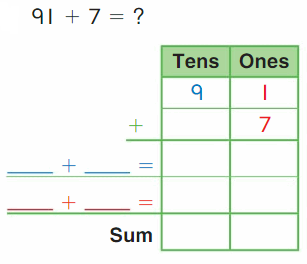
Answer:
The partial sum of 91 + 7 will be 90 + 8= 98.
Explanation:
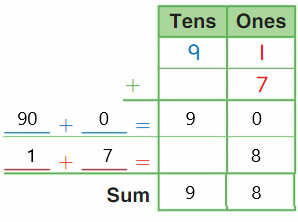
Here partial sum is the sum of part of the sequence and a sequence that sets the numbers in order. This partial sum calculates partial sum which will be working one place value column at a time and then add all the partial sums to find the total. And this partial sum can be added in any order but working with the left to right is the usual procedure. So here we will add tens and add the ones and then we will add the partial sum to find the whole sum of the 91 + 7 which is 98. So here first we will add tens which are 90 and 0 we will add both the numbers which will be 90 and now we will add ones which are 1 and 7 will be 8. So the total value of 91 + 7 will be 90 + 8= 98.
Question 8.
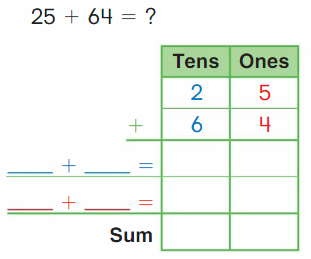
Answer:
The partial sum of 25 + 64 will be 80 + 9= 89.
Explanation:
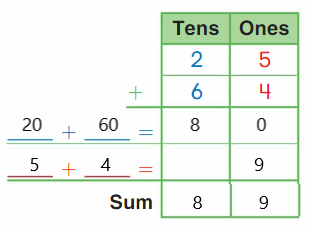
Here partial sum is the sum of part of the sequence and a sequence that sets the numbers in order. This partial sum calculates partial sum which will be working one place value column at a time and then add all the partial sums to find the total. And this partial sum can be added in any order but working with the left to right is the usual procedure. So here we will add tens and add the ones and then we will add the partial sum to find the whole sum of the 25 + 64 which is 89. So here first we will add tens which are 20 and 60 we will add both the numbers which will be 80 and now we will add ones which are 5 and 4 will be 9. So the total value of 25 + 64 will be 80 + 9= 89.
Question 9.
DIG DEEPER!
Find the missing digits.

Answer:
The missing digits are 2, 4, 2.
Explanation:

Here, the missing digits are 2, 4, 2. We had found those values by subtracting the given sum and the addend. So we can get the missing value. In the first image, we can see that the addition of two addends. So here we can see that one number is missing in the second addend. So here we will subtract the addend with the sum which is
46 – 14 and the result will be 32. So we have found out the missing digit which is 2. And we can see in the second addition that one number is missing in the second addend. So here we will subtract the addend with the sum which is 69 – 45 and the result will be 24. So we have found out the missing digit which is 4. And we can see in the third addition that one number is missing in the second addend. So here we will subtract the addend with the sum which is 61 – 87 and the result will be 26. So we have found out the missing digit which is 2.
Think and Grow: Modeling Real Life
You read 34 pages one day and 23 the next day. How many pages do you read in all?
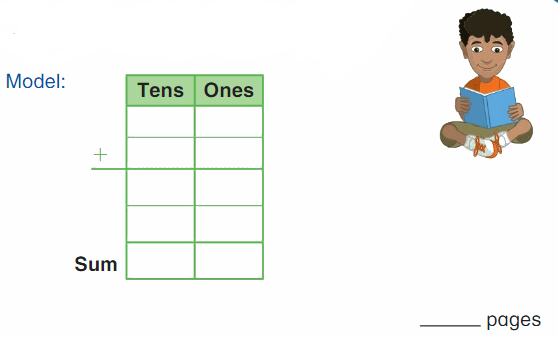
Answer:
The number of pages that were read is 57 pages.
Explanation:
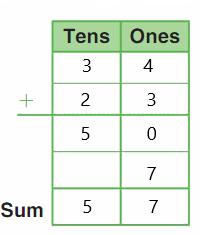
Given that 34 pages were read on one day and the other 23 pages were read on the next day. So to find the number of pages that were read, we will add the number of pages which was read on both days. So the number of pages that were read is 34 + 23 which is 57. And the number of pages that were read is 57 pages.
Show and Grow
Question 10.
You have 57 common trading cards and 11 rare trading cards. How many trading cards do you have in all?
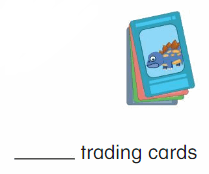
Answer:
The total number of trading cards do we have in all is 57 + 11= 68 cards.
Explanation:
The number of common trading cards is 57 and there are 11 rare trading cards. And the number of trading cards do we have in all is 57 + 11= 68 cards. So the total number of trading cards do we have in all is 57 + 11= 68 cards.
Question 11.
A florist has 7 roses, 6 daisies, and 15 tulips. How many flowers are there in all?

Answer:
The total number of flowers are there in all is 28 flowers.
Explanation:
As the florist has 7 roses, 6 daisies, and 15 tulips. So the total number of flowers will be 7 + 6 + 15= 28 flowers. And the total number of flowers are there in all is 28 flowers.
Use Partial Sums to Add Homework & Practice 4.1
Question 1.

Answer:
The partial sum of 55 + 14 will be 60 + 9= 69.
Explanation:
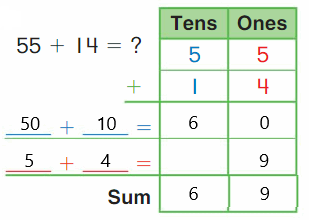
Here partial sum is the sum of part of the sequence and a sequence that sets the numbers in order. This partial sum calculates partial sum which will be working one place value column at a time and then add all the partial sums to find the total. And this partial sum can be added in any order but working with the left to right is the usual procedure. So here we will add tens and add the ones and then we will add the partial sum to find the whole sum of the 55 + 14 which is 69. So here first we will add tens which are 50 and 10 we will add both the numbers which will be 60 and now we will add ones which are 5 and 4 will be 9. So the total value of 55 + 14 will be 60 + 9= 69.
Question 2.
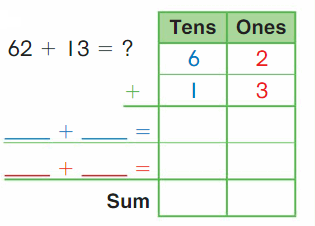
Answer:
The partial sum of 62 + 13 will be 70 + 5= 75.
Explanation:
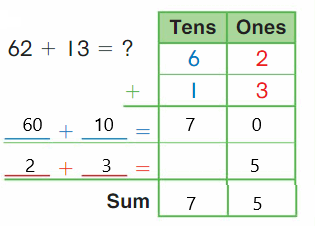
Here partial sum is the sum of part of the sequence and a sequence that sets the numbers in order. This partial sum calculates partial sum which will be working one place value column at a time and then add all the partial sums to find the total. And this partial sum can be added in any order but working with the left to right is the usual procedure. So here we will add tens and add the ones and then we will add the partial sum to find the whole sum of the 62 + 13 which is 75. So here first we will add tens which are 60 and 10 we will add both the numbers which will be 70 and now we will add ones which are 2 and 3 will be 5. So the total value of 62 + 13 will be 70 + 5= 75.
Question 3.
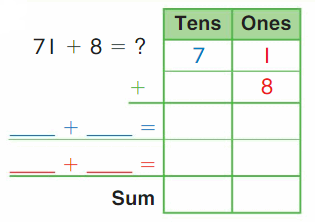
Answer:
The partial sum of 71 + 8 will be 70 + 9= 79.
Explanation:
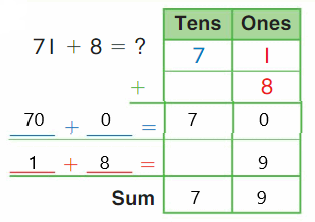
Here partial sum is the sum of part of the sequence and a sequence that sets the numbers in order. This partial sum calculates partial sum which will be working one place value column at a time and then add all the partial sums to find the total. And this partial sum can be added in any order but working with the left to right is the usual procedure. So here we will add tens and add the ones and then we will add the partial sum to find the whole sum of the 71 + 8 which is 79. So here first we will add tens which are 70 and 0 we will add both the numbers which will be 70 and now we will add ones which are 1 and 8 will be 9. So the total value of 71 + 8 will be 70 + 9= 79.
Question 4.
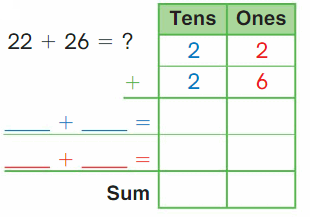
Answer:
The partial sum of 22 + 26 will be 40 + 8= 48.
Explanation:
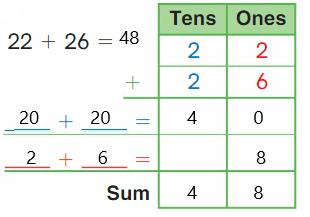
Here partial sum is the sum of part of the sequence and a sequence that sets the numbers in order. This partial sum calculates partial sum which will be working one place value column at a time and then add all the partial sums to find the total. And this partial sum can be added in any order but working with the left to right is the usual procedure. So here we will add tens and add the ones and then we will add the partial sum to find the whole sum of the 22 + 26 which is 48. So here first we will add tens which are 20 and 20 we will add both the numbers which will be 40 and now we will add ones which are 2 and 6 will be 8. So the total value of 22 + 26 will be 40 + 8= 48.
Question 5.
DIG DEEPER!
Find the missing digits. Then find the sum.
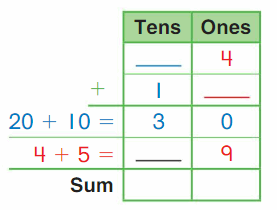
Answer:
The missing digits are 2, 5, and the sum of the given values is 39.
Explanation:
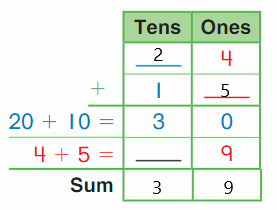
In the above image, we can see the missing values and we can see the tens and ones. So the missing values will be 2 in the tens place and 5 in the ones place. As the sum is 20 + 10 and 4 + 5, so the missing digits will be 2 and 5. Here partial sum is the sum of part of the sequence and a sequence that sets the numbers in order. This partial sum calculates partial sum which will be working one place value column at a time and then add all the partial sums to find the total. And this partial sum can be added in any order but working with the left to right is the usual procedure. So here we will add tens and add the ones and then we will add the partial sum to find the whole sum of the 24 + 15 which is 39. So here first we will add tens which are 20 and 10 we will add both the numbers which will be 30 and now we will add ones which are 4 and 5 will be 9. So the total value of 24 + 15 will be 30 + 9= 39. So the sum of the given values will be 30 + 9= 39
Question 6.
Modeling Real Life
You have 45 balloons. Your friend has 31. How many balloons do you and your friend have in all?

Answer:
The total number of balloons do my friend and mine will be 76 balloons.
Explanation:
As I have 45 balloons and my friend has 31 balloons and the total number of balloons will be 45+31= 76 balloons. So the total number of balloons do my friend and mine will be 76 balloons.
Question 7.
Modeling Real Life
You have 8 toy trains, 4 bouncy balls, and 36 toy soldiers. How many toys do you have in all?

Answer:
The total number of toys do we all have in all will be 48 toys.
Explanation:
As there are 8 toy trains and 4 bouncy balls and 36 toy soldiers. So the number of toys will be 8 + 4 + 36= 48 toys. So the total number of toys do we all have in all will be 48 toys.
Review & Refresh
Question 8.
16 + 10 = ___
Answer:
The addition of 16 and 10 is 26.
Explanation:
On adding 16 and 10 we will get the result as 26.
Question 9.
45 – 10 = ___
Answer:
The difference of 45 – 10 is 35.
Explanation:
On subtracting 10 with 45 we will get the result as 35.
Question 10.
50 – 10 = ___
Answer:
The difference of 50 – 10 is 40.
Explanation:
On subtracting 10 with 50 we will get the result as 40.
Question 11.
63 + 10 = ___
Answer:
The sum of 63 + 10 is 73.
Explanation:
On adding 63 and 10 we will get the result as 73.
Lesson 4.2 More Partial Sums
Make a quick sketch to find 38 + 19.
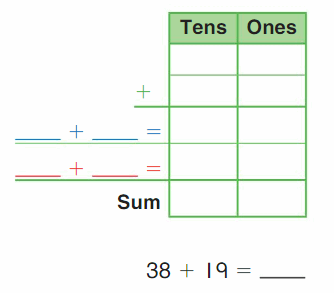
Answer:
The partial sum of 38 + 19 will be 40 +17= 57.
Explanation:
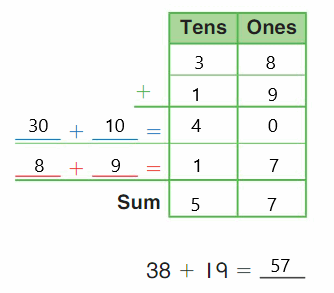
Here partial sum is the sum of part of the sequence and a sequence that sets the numbers in order. This partial sum calculates partial sum which will be working one place value column at a time and then add all the partial sums to find the total. And this partial sum can be added in any order but working with the left to right is the usual procedure. So here we will add tens and add the ones and then we will add the partial sum to find the whole sum of the 38 + 19 which is 57. So here first we will add tens which are 30 and 10 we will add both the numbers which will be 40 and now we will add ones which are 8 and 9 will be 17. So the total value of 38 + 19 will be 40 + 17= 57.
Show and Grow
Question 1.
25 + 19 = ?
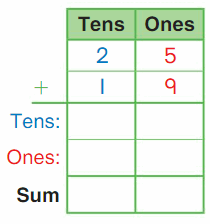
Answer:
The partial sum of 25 + 19 will be 30 +14= 44.
Explanation:

Here partial sum is the sum of part of the sequence and a sequence that sets the numbers in order. This partial sum calculates partial sum which will be working one place value column at a time and then add all the partial sums to find the total. And this partial sum can be added in any order but working with the left to right is the usual procedure. So here we will add tens and add the ones and then we will add the partial sum to find the whole sum of the 25 + 19 which is 44. So here first we will add tens which are 20 and 10 we will add both the numbers which will be 30 and now we will add ones which are 5 and 9 will be 14. So the total value of 25 + 19 will be 30 + 14= 44.
Question 2.
48 + 33 = ?
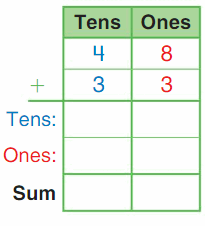
Answer:
The partial sum of 48 + 33 will be 70 +11= 81.
Explanation:
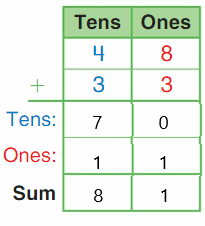
Here partial sum is the sum of part of the sequence and a sequence that sets the numbers in order. This partial sum calculates partial sum which will be working one place value column at a time and then add all the partial sums to find the total. And this partial sum can be added in any order but working with the left to right is the usual procedure. So here we will add tens and add the ones and then we will add the partial sum to find the whole sum of the 48 + 33 which is 81. So here first we will add tens which are 40 and 30 we will add both the numbers which will be 70 and now we will add ones which are 8 and 3 it will be 11. So the total value of 48 + 33 will be 70 + 11= 81.
Question 3.
57 + 35 = ?
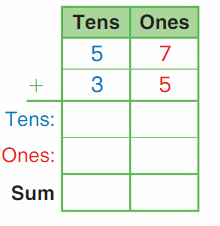
Answer:
The partial sum of 57 + 35 will be 80 +12= 92.
Explanation:
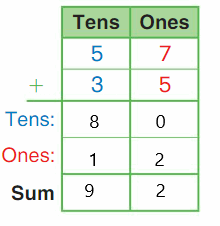
Here partial sum is the sum of part of the sequence and a sequence that sets the numbers in order. This partial sum calculates partial sum which will be working one place value column at a time and then add all the partial sums to find the total. And this partial sum can be added in any order but working with the left to right is the usual procedure. So here we will add tens and add the ones and then we will add the partial sum to find the whole sum of the 57 + 35 which is 92. So here first we will add tens which are 50 and 30 we will add both the numbers which will be 80 and now we will add ones which are 7 and 5 it will be 12. So the total value of 57 + 35 will be 80 + 12= 92.
Question 4.
34 + 28 = ?
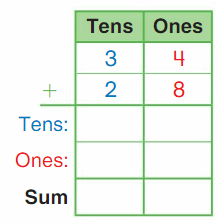
Answer:
The partial sum of 34 + 28 will be 50 +12= 62.
Explanation:
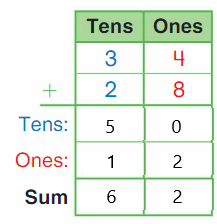
Here partial sum is the sum of part of the sequence and a sequence that sets the numbers in order. This partial sum calculates partial sum which will be working one place value column at a time and then add all the partial sums to find the total. And this partial sum can be added in any order but working with the left to right is the usual procedure. So here we will add tens and add the ones and then we will add the partial sum to find the whole sum of the 34 + 28 which is 62. So here first we will add tens which are 30 and 20 we will add both the numbers which will be 50 and now we will add ones which are 4 and 8 it will be 12. So the total value of 34 + 28 will be 50 + 12= 62.
Question 5.
15 + 76 = ?
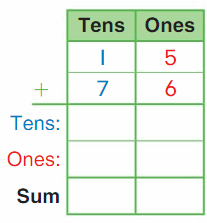
Answer:
The partial sum of 15 + 76 will be 80 + 11= 91.
Explanation:
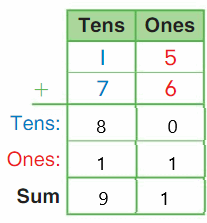
Here partial sum is the sum of part of the sequence and a sequence that sets the numbers in order. This partial sum calculates partial sum which will be working one place value column at a time and then add all the partial sums to find the total. And this partial sum can be added in any order but working with the left to right is the usual procedure. So here we will add tens and add the ones and then we will add the partial sum to find the whole sum of the 15 + 76 which is 91. So here first we will add tens which are 10 and 70 we will add both the numbers which will be 80 and now we will add ones which are 5 and 6 it will be 11. So the total value of 15 + 76 will be 80 + 11= 91.
Question 6.
29 + 62 = ?
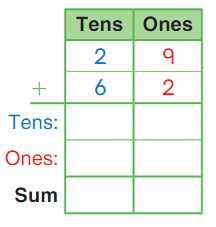
Answer:
The partial sum of 29 + 62 will be 80 +11= 91.
Explanation:
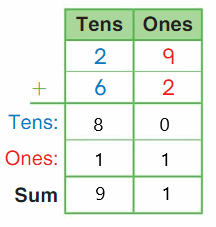
Here partial sum is the sum of part of the sequence and a sequence that sets the numbers in order. This partial sum calculates partial sum which will be working one place value column at a time and then add all the partial sums to find the total. And this partial sum can be added in any order but working with the left to right is the usual procedure. So here we will add tens and add the ones and then we will add the partial sum to find the whole sum of the 29 + 62 which is 91. So here first we will add tens which are 20 and 60 we will add both the numbers which will be 80 and now we will add ones which are 9 and 2 it will be 11. So the total value of 29 + 62 will be 80 + 11= 91.
Question 7.
Number Sense
Which choices are equal to 35 + 27?

Answer:
The choices which are equal to 35 + 27 is 30 + 20 + 5 + 7 and 50 + 12 and 62.
Explanation:
The choices which are equal to 35 + 27 is 30 + 20 + 5 + 7 and 50 + 12 and 62.
As 35 + 27 was divided into tens and ones so the result will be 30 + 20 + 5 + 7 and after adding tens separately and ones separately we will get 50 + 12 by adding both the numbers we will get the result as 62. So the choices which are equal to 35 + 27 is 30 + 20 + 5 + 7 and 50 + 12 and 62.
Question 8.
A giraffe eats 37 pounds of food in the morning and 38 pounds of food in the afternoon. How many pounds of food does the giraffe eat in all?
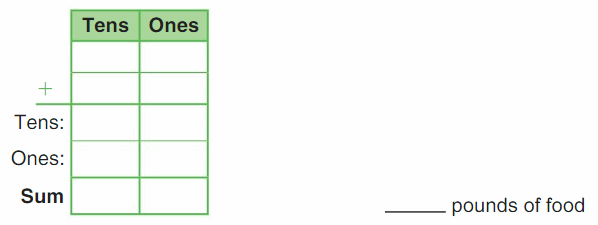
Answer:
The total number of pounds did the giraffe ate in all is 75 pounds.
Explanation:

Given that the Giraffe eats 37 pounds of food in the morning and 38 pounds of food in the afternoon. So to find the total number of pounds did the giraffe ate in all we will add the food that the giraffe had in the morning and the evening. So here we will perform a partial sum which is the sum of part of the sequence and a sequence that sets the numbers in order. This partial sum calculates partial sum which will be working one place value column at a time and then add all the partial sums to find the total. And this partial sum can be added in any order but working with the left to right is the usual procedure. So here we will add tens and add the ones and then we will add the partial sum to find the whole sum of the 37 + 38 which is 75. So here first we will add tens which are
30 and 30 we will add both the numbers which will be 60 and now we will add ones which are 7 and 8 it will be 15. So the total value of 37 + 38 will be 60 + 15= 75. So the total number of pounds did the giraffe ate in all is 75 pounds.
Think and Grow: Modeling Real Life
You find 29 items on a scavenger hunt. Your friend finds 17 more than you. How many items does your friend find?
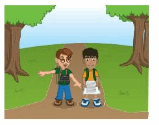
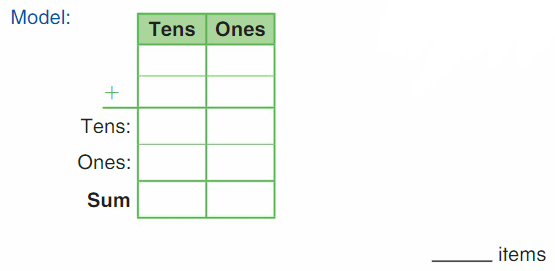
Answer:
The number of items does my friend finds is 46 items.
Explanation:
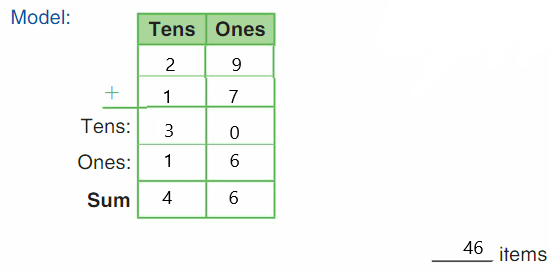
Given that there are 29 items on a scavenger hunt and my friend finds 17 more than me. So to find how many items my friend finds in the hunt, we will add those items which are 29 + 17= 46 items. So the number of items does my friend finds is 46 items.
Show and Grow
Question 9.
Your friend climbs 48 stairs. You climb 36 more than your friend. How many stairs do you climb?
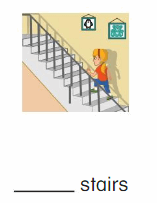
Answer:
The number of stairs does I climb is 48 + 36= 84 stairs.
Explanation:
Given that my friend climbs 48 stairs and I climb 36 stairs more than my friend. So to find how many stairs did I climb we will add the stairs that my friend climbed and the stairs that I have climbed more stairs. So the number of stairs does I climb is 48 + 36= 84 stairs.
Question 10.
You write 13 fewer words than your friend. You write 39 words. How many words does your friend write?
![]()
Answer:
The number of words written by my friend is 26 words.
Explanation:
Given that the number of words written by me is 39 words and my friend wrote 13 fewer words than me so to find that how many words my friend wrote we will subtract the number of words written by me and the fewer words that my friend has written. So the number of words written by my friend is 39 – 13= 26 words.
More Partial Sums Homework & Practice 4.2
Question 1.
27 + 46 = ?
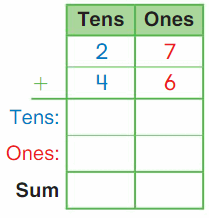
Answer:
The partial sum of 27 + 46 will be 60 +13= 73.
Explanation:
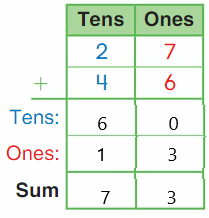
Here we will perform partial sum, the partial sum is the sum of part of the sequence and a sequence that sets the numbers in order. This partial sum calculates partial sum which will be working one place value column at a time and then add all the partial sums to find the total. And this partial sum can be added in any order but working with the left to right is the usual procedure. So here we will add tens and add the ones and then we will add the partial sum to find the whole sum of the 27 + 46 which is 73. So here first we will add tens which are 20 and 40 we will add both the numbers which will be 60 and now we will add ones which are 7 and 6 it will be 13. So the total value of 27 + 46 will be 60 + 13= 73.
Question 2.
54 + 28 = ?
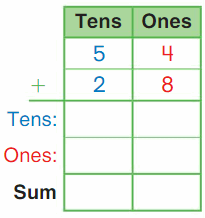
Answer:
The partial sum of 54 + 28 will be 70 +12= 82.
Explanation:
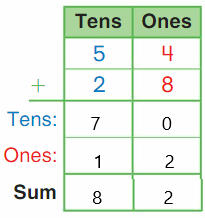
Here we will perform partial sum, the partial sum is the sum of part of the sequence and a sequence that sets the numbers in order. This partial sum calculates partial sum which will be working one place value column at a time and then add all the partial sums to find the total. And this partial sum can be added in any order but working with the left to right is the usual procedure. So here we will add tens and add the ones and then we will add the partial sum to find the whole sum of the 54 + 28 which is 82. So here first we will add tens which are 50 and 20 we will add both the numbers which will be 70 and now we will add ones which are 4 and 8 it will be 12. So the total value of 54 + 28 will be 70 + 12= 82.
Question 3.
18 + 72 = ?
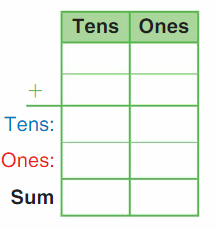
Answer:
The partial sum of 18 + 72 will be 80 +10= 90.
Explanation:
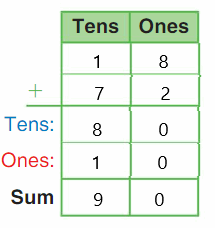
Here we will perform partial sum, the partial sum is the sum of part of the sequence and a sequence that sets the numbers in order. This partial sum calculates partial sum which will be working one place value column at a time and then add all the partial sums to find the total. And this partial sum can be added in any order but working with the left to right is the usual procedure. So here we will add tens and add the ones and then we will add the partial sum to find the whole sum of the 18 + 72 which is 90. So here first we will add tens which are 10 and 70 we will add both the numbers which will be 90 and now we will add ones which are 8 and 2 it will be 10. So the total value of 18 + 72 will be 80 + 10= 90.
Question 4.
DIG DEEPER!
Write the missing digits.
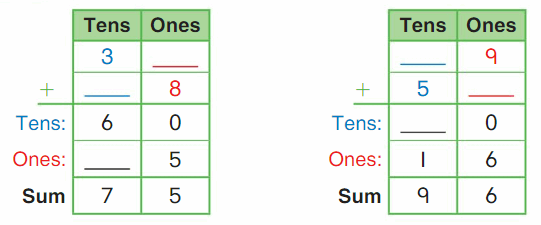
Answer:
The missing digits are 7,3,1 and 3,7,8.
Explanation:

As in the above image, we can see that some of the digits are missing. So to find the missing digits we will parallel check with the result. As we can see that 5 in ones place and 8 in the addend, so by adding 7 we can get the value as 15. So we have got the digit 5 in ones place of the result. Now as we know the value of the addend, we will subtract the addend with the result, so that we can get the other addend. So 75 – 37= 38. So the other missing digit is 3. And the missing value in ones place is 1. Now we will repeat the same process to find the other values. As we can see that 6 in ones place and 9 in the addend, so by adding 7 we can get the value as 16. So we have got the digit 7 in ones place of the result. Now as we know the value of the addend, we will subtract the addend with the result, so that we can get the other addend. So 96 – 57= 39. So the other missing digit is 3. And the missing value in tens place is 8.
Question 5.
You recycle 42 cans and 29 jars. How many items do you recycle in all?
![]()
Answer:
The total number of items recycled is 71 items.
Explanation:
Given that 42 cans and 29 jars are recycled and to know that how many items are recycled we will perform the addition, we will add both the cans and jars that are recycled. So 42 cans + 29 jars= 71 items. So the total number of items recycled is 71 items.
Question 6.
Modeling Real Life
Newton plants 63 seeds. Descartes plants 18 more than Newton. How many seeds does Descartes plant?
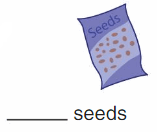
Answer:
Descartes has planted 81 seeds.
Explanation:
Given that Newton has planted 63 seeds and Descartes has planted 18 more trees than the Newton. That means Descartes has planted 63 + 18 which is 81 seeds. So Descartes has planted 81 seeds.
Question 7.
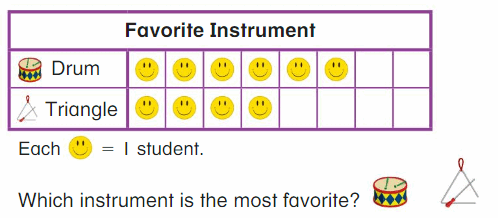
Answer:
The most favorite instrument is the Drum.
Explanation:
As each emoji represents one student,
so the Drum has six emojis which means 6 × 1= 6 students and
the Triangle has four emojis which means 4 × 1= 4 students.
So the most favorite instrument is the drum as the drum has more number of students which is 6.
Lesson 4.3 Regroup to Add
Explore and Grow
Model the problem. Make a quick sketch to show how you solved.
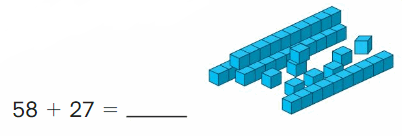
Show and Grow
Question 1.
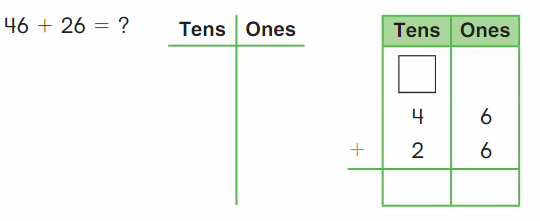
Answer:
The addition of regrouping of 46 + 26 is 72.
Explanation:
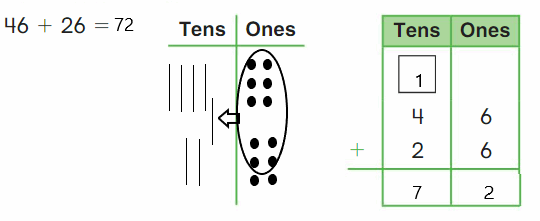
Here, regrouping is defined as the process of making and then carrying out the operation like addition with two digit numbers or larger than the two digit numbers. And we use regrouping in addition when the sum of two digits in the place value column is greater than nine. And Regrouping in subtraction is a method of interchanging one ten into ten ones. This regrouping of subtraction is used to work out the different subtraction problems. Here in the above image, we can see that the addition of 46 and 26. So by regrouping, we will carry forward one and the sum of 46 + 26 is 72.
Apply and Grow: Practice
Question 2.
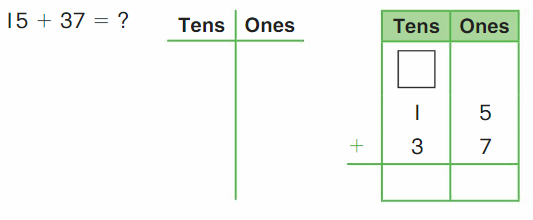
Answer:
The addition of regrouping of 15 + 37 is 52.
Explanation:
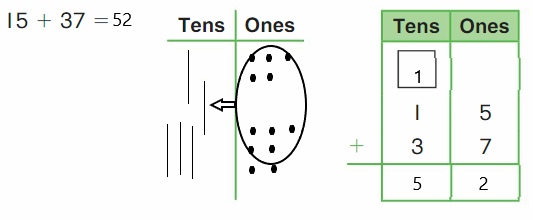
Here, regrouping is defined as the process of making and then carrying out the operation like addition with the two digit numbers or larger than the two digit numbers. And we use regrouping in addition when the sum of two digits in the place value column is greater than nine. And Regrouping in subtraction is a method of interchanging one ten into ten ones. This regrouping of subtraction is used to work out the different subtraction problems. Here in the above image, we can see that the addition of 15 and 37. So by regrouping, we will carry forward one and the sum of 15 + 37 is 52.
Question 3.
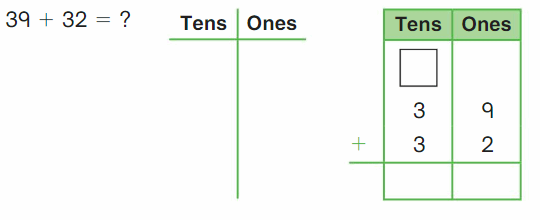
Answer:
The addition of regrouping of 39 + 32 is 71.
Explanation:
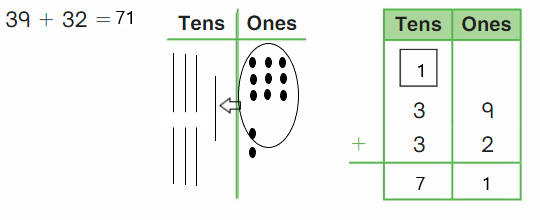
Here, regrouping is defined as the process of making and then carrying out the operation like addition with the two digit numbers or larger than the two digit numbers. And we use regrouping in addition when the sum of two digits in the place value column is greater than nine. And Regrouping in subtraction is a method of interchanging one ten into ten ones. This regrouping of subtraction is used to work out the different subtraction problems. Here in the above image, we can see that the addition of 39 and 32. So by regrouping, we will carry forward one and the sum of 39 + 32 is 71.
Question 4.
DIG DEEPER!
When do you need to regroup to add two numbers?
__________________________________
__________________________________
__________________________________
__________________________________
Answer:
We need to regroup for the addition when the sum of two digits in the place value column is greater than nine. And Regrouping in subtraction is a method of interchanging one ten into ten ones. This regrouping of subtraction is used to work out the different subtraction problems. Here, regrouping is defined as the process of making and then carrying out the operation like addition with the two digit numbers or larger than the two digit numbers.
Think and Grow: Modeling Real Life
You must spell 60 words correctly to win a spelling game. You spell 19 words correctly in Round 1 and36 in Round 2. Do you win?

Answer:
As I spell 55 words correctly, so didn’t win the game.
Explanation:
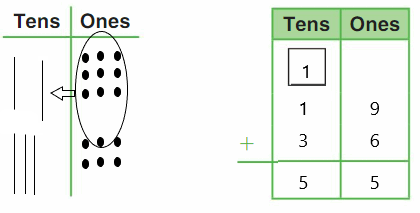
Given that to spell 60 words correctly to win in a spelling game. I spell out 19 words correctly in Round 1 and 36 words in Round 2. So to find that I had won in the spelling game we will perform regrouping addition. We need to regroup for the addition when the sum of two digits in the place value column is greater than nine. And Regrouping in subtraction is a method of interchanging one ten into ten ones. This regrouping of subtraction is used to work out the different subtraction problems. Here, regrouping is defined as the process of making and then carrying out the operation like addition with the two digit numbers or larger than the two digit numbers.
So the regrouping addition of 19 and 36 is 55, as to win the game we should spell 60 words correctly. So I did not win the spelling game.
Show and Grow
Question 5.
You want to do 80 jumping jacks. You do 45 in the morning and 39 in the evening. Do you reach your goal?

Answer:
As the goal is to reach 80 jumping jacks and I have reached 84 jumping jacks, so I reach the goal.
Explanation:
As the goal is to reach 80 jumping jacks and I did 45 jumping jacks in the morning and 39 jumping jacks in the evening. So the total number of jumping jacks is 45 + 39= 84 jumping jacks. As the goal is to reach 80 jumping jacks and I have reached 84 jumping jacks, so I reach the goal.
Question 6.
You raise $38 selling ham sandwiches and $43 selling turkey sandwiches. Your friend raises $72. Who raises more money?
![]()
Answer:
I have raised more money.
Explanation:
As my friend raises $72 money and I raise $38 by selling ham sandwiches and $43 by selling turkey sandwiches, so the total money raised by me by selling the sandwiches is 43 + 38= 81. So I have raised more money.
Regroup to Add Homework & Practice 4.3
Question 1.
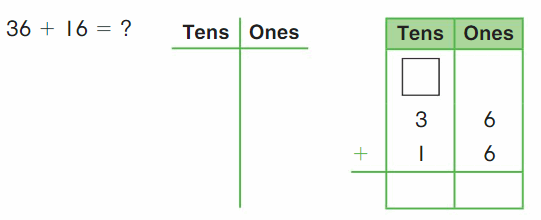
Answer:
The addition of regrouping of 36 + 16 is 52.
Explanation:
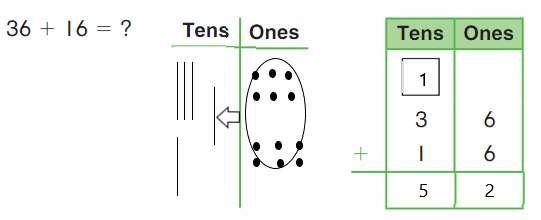
Here, regrouping is defined as the process of making and then carrying out the operation like addition with the two digit numbers or larger than the two digit numbers. And we use regrouping in addition when the sum of two digits in the place value column is greater than nine. And Regrouping in subtraction is a method of interchanging one ten into ten ones. This regrouping of subtraction is used to work out the different subtraction problems. Here in the above image, we can see that the addition of 36 and 16. So by regrouping, we will carry forward one and the sum of 36 + 16 is 52.
Question 2.
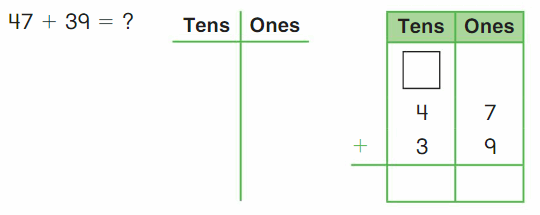
Answer:
The addition of regrouping of 47 + 39 is 86.
Explanation:
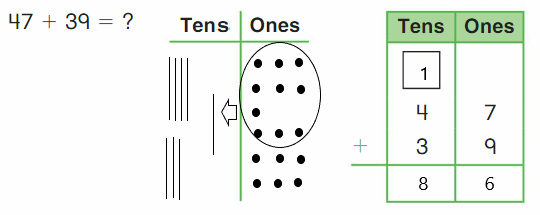
Here, regrouping is defined as the process of making and then carrying out the operation like addition with the two digit numbers or larger than the two digit numbers. And we use regrouping in addition when the sum of two digits in the place value column is greater than nine. And Regrouping in subtraction is a method of interchanging one ten into ten ones. This regrouping of subtraction is used to work out the different subtraction problems. Here in the above image, we can see that the addition of 47 and 39. So by regrouping, we will carry forward one and the sum of 47 + 39 is 86.
Question 3.
DIG DEEPER!
Do you have to regroup to add?
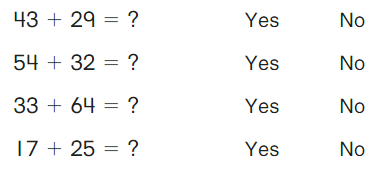
Answer:
43 + 29= 72 yes, we have to regroup to add.
54 + 32= 86 no, we can add normally without performing regroup.
33 + 64= 97 no, we can add normally without performing regroup.
17 + 25= 42 yes, we have to regroup to add.
Explanation:
43 + 29= 72 yes, we have to regroup to add. Here, regrouping is defined as the process of making and then carrying out the operation like addition with the two digit numbers or larger than the two digit numbers. And we use regrouping in addition when the sum of two digits in the place value column is greater than nine. And Regrouping in subtraction is a method of interchanging one ten into ten ones. This regrouping of subtraction is used to work out the different subtraction problems. Here in the above image, we can see that the addition of 43 and 29. So by regrouping, we will carry forward one and the sum of 43 + 29 is 72.
54 + 32= 86 no, we can add normally without performing regroup. As the place value column is not greater than nine. So here we cannot perform regrouping of addition.
33 + 64= 97 no, we can add normally without performing regroup. As the place value column is not greater than nine. So here we cannot perform regrouping of addition.
17 + 25= 42 yes, we have to regroup to add. Here, regrouping is defined as the process of making and then carrying out the operation like addition with the two digit numbers or larger than the two digit numbers. And we use regrouping in addition when the sum of two digits in the place value column is greater than nine. And Regrouping in subtraction is a method of interchanging one ten into ten ones. This regrouping of subtraction is used to work out the different subtraction problems. Here in the above image, we can see that the addition of 43 and 29. So by regrouping, we will carry forward one and the sum of 43 + 29 is 72.
Question 4.
Modeling Real Life
There are 50 words in a word search. You find 25 words in rows and 18 words in columns. Did you find all of the words?

Answer:
No, I have not found all the 50 words.
Explanation:
As there are 50 words in the word search and I have found 25 words in rows and 18 words in columns, so the total number of words did I had found is 25 + 18 which is 43. So I have not found all the 50 words.
Question 5.
Modeling Real Life
You find 15 white shells and 17 spotted shells. Your friend finds 34 shells. Who finds more shells?

Answer:
My friend finds more shells than me.
Explanation:
As I had found 15 white shells and 17 spotted shells, so the total number of shells did I have found is 15 + 17= 32 shells. And my friend finds 34 shells, so my friend finds more shells than me.
Review & Refresh
Compare
Question 6.
![]()
Answer:
We will use the “<” sign which is 34 < 80.
Explanation:
In the above image, we can see that 34 is less than 80. So we can represent with < sign as one value is smaller than another we will use < lesser than sign, so 34 < 80.
Question 7.
![]()
Answer:
We will use the “>” sign which is 15 > 8.
Explanation:
In the above image, we can see that 15 is less than 8. So we can represent with > sign as one value is greater than another we will use > greater than sign, so 15 > 8.
Question 8.
![]()
Answer:
We will use the “=” sign which is 67 = 67.
Explanation:
In the above image, we can see that 67 and the opposite number also 67 which are equal to each other. So we can represent with = sign as one value is equal to each other so we will use = equal to sign, so 67 = 67.
Lesson 4.4 Add Two-Digit Numbers
Explore and Grow
Make a quick sketch to find 38 +24
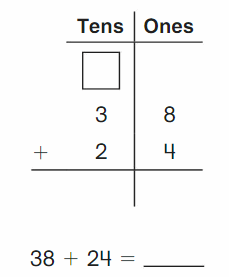
Answer:
By regrouping addition of 38 and 24 we will get the result as 62.
Explanation:
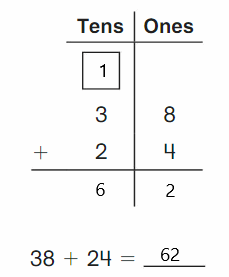
Here, regrouping is defined as the process of making and then carrying out the operation like addition with the two digit numbers or larger than the two digit numbers. And we use regrouping in addition when the sum of two digits in the place value column is greater than nine. And Regrouping in subtraction is a method of interchanging one ten into ten ones. This regrouping of subtraction is used to work out the different subtraction problems. Here in the above image, we can see that the addition of 38 and 24. So by regrouping, we will carry forward one and the sum of 38 + 24 is 62.
Show and Grow
Question 1.
69 + 22 = ?
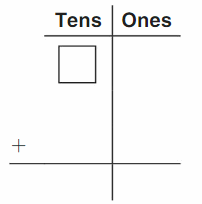
Answer:
By regrouping addition of 69 and 22 we will get the result as 91.
Explanation:
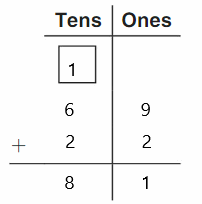
Here, regrouping is defined as the process of making and then carrying out the operation like addition with the two digit numbers or larger than the two digit numbers. And we use regrouping in addition when the sum of two digits in the place value column is greater than nine. And Regrouping in subtraction is a method of interchanging one ten into ten ones. This regrouping of subtraction is used to work out the different subtraction problems. Here in the above image, we can see that the addition of 69 and 22. So by regrouping, we will carry forward one and the sum of 69 + 22 is 91.
Question 2.
25 +37 = ?
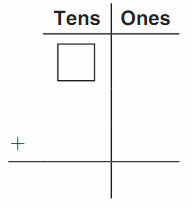
Answer:
By regrouping addition of 25 and 37 we will get the result as 62.
Explanation:
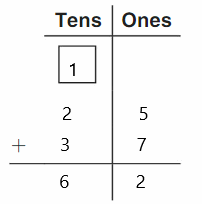
Here, regrouping is defined as the process of making and then carrying out the operation like addition with the two digit numbers or larger than the two digit numbers. And we use regrouping in addition when the sum of two digits in the place value column is greater than nine. And Regrouping in subtraction is a method of interchanging one ten into ten ones. This regrouping of subtraction is used to work out the different subtraction problems. Here in the above image, we can see that the addition of 25 and 37. So by regrouping, we will carry forward one and the sum of 25 + 37 is 62.
Question 3.
31 + 26 = ?
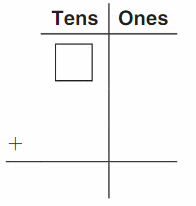
Answer:
By regrouping addition of 31 and 26 we will get the result as 57.
Explanation:
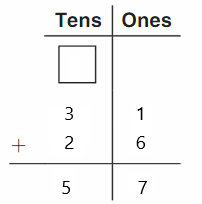
Here, regrouping is defined as the process of making and then carrying out the operation like addition with the two digit numbers or larger than the two digit numbers. And we use regrouping in addition when the sum of two digits in the place value column is greater than nine. And Regrouping in subtraction is a method of interchanging one ten into ten ones. This regrouping of subtraction is used to work out the different subtraction problems. Here in the above image, we can see that the addition of 31 and 26. So by regrouping, we will carry forward one and the sum of 31 + 26 is 57.
Question 4.
15 + 38 = ?
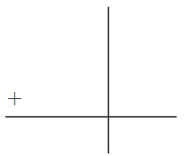
Answer:
By regrouping addition of 15 and 38 we will get the result as 53.
Explanation:
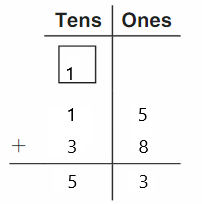
Here, regrouping is defined as the process of making and then carrying out the operation like addition with the two digit numbers or larger than the two digit numbers. And we use regrouping in addition when the sum of two digits in the place value column is greater than nine. And Regrouping in subtraction is a method of interchanging one ten into ten ones. This regrouping of subtraction is used to work out the different subtraction problems. Here in the above image, we can see that the addition of 15 and 38. So by regrouping, we will carry forward one and the sum of 15 + 38 is 53.
Question 5.
62 + 13 = ?
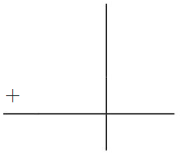
Answer:
By regrouping addition of 62 and 13 we will get the result as 75.
Explanation:
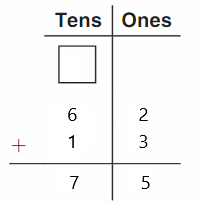
Here, regrouping is defined as the process of making and then carrying out the operation like addition with the two digit numbers or larger than the two digit numbers. And we use regrouping in addition when the sum of two digits in the place value column is greater than nine. And Regrouping in subtraction is a method of interchanging one ten into ten ones. This regrouping of subtraction is used to work out the different subtraction problems. Here in the above image, we can see that the addition of 62 and 13. So by regrouping, we will carry forward one and the sum of 62 + 13 is 75.
Question 6.
46 + 49 = ?

Answer:
By regrouping addition of 46 and 49 we will get the result as 95.
Explanation:

Here, regrouping is defined as the process of making and then carrying out the operation like addition with the two digit numbers or larger than the two digit numbers. And we use regrouping in addition when the sum of two digits in the place value column is greater than nine. And Regrouping in subtraction is a method of interchanging one ten into ten ones. This regrouping of subtraction is used to work out the different subtraction problems. Here in the above image, we can see that the addition of 46 and 49. So by regrouping, we will carry forward one and the sum of 46 + 49 is 95.
Apply and Grow: Practice
Question 7.
33 + 39 = ?
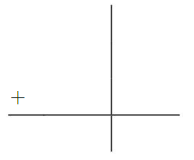
Answer:
By regrouping addition of 33 and 39 we will get the result as 72.
Explanation:

Here, regrouping is defined as the process of making and then carrying out the operation like addition with the two digit numbers or larger than the two digit numbers. And we use regrouping in addition when the sum of two digits in the place value column is greater than nine. And Regrouping in subtraction is a method of interchanging one ten into ten ones. This regrouping of subtraction is used to work out the different subtraction problems. Here in the above image, we can see that the addition of 33 and 39. So by regrouping, we will carry forward one and the sum of 33 + 39 is 72.
Question 8.
23 + 71 = ?
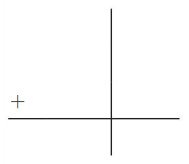
By regrouping addition of 23 and 71 we will get the result as 94.
Explanation:
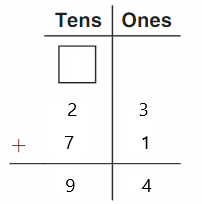
Here, regrouping is defined as the process of making and then carrying out the operation like addition with the two digit numbers or larger than the two digit numbers. And we use regrouping in addition when the sum of two digits in the place value column is greater than nine. And Regrouping in subtraction is a method of interchanging one ten into ten ones. This regrouping of subtraction is used to work out the different subtraction problems. Here in the above image, we can see that the addition of 23 and 71. So by regrouping, we will carry forward one and the sum of 23 + 71 is 94.
Question 9.
17 + 64 = ?

Answer:
By regrouping addition of 17 and 64 we will get the result as 81.
Explanation:
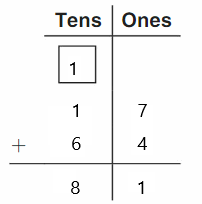
Here, regrouping is defined as the process of making and then carrying out the operation like addition with the two digit numbers or larger than the two digit numbers. And we use regrouping in addition when the sum of two digits in the place value column is greater than nine. And Regrouping in subtraction is a method of interchanging one ten into ten ones. This regrouping of subtraction is used to work out the different subtraction problems. Here in the above image, we can see that the addition of 17 and 64. So by regrouping, we will carry forward one and the sum of 17 + 64 is 81.
Question 10.
54 + 25 = ?
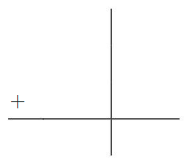
Answer:
By regrouping addition of 54 and 25 we will get the result as 79.
Explanation:

Here, regrouping is defined as the process of making and then carrying out the operation like addition with the two digit numbers or larger than the two digit numbers. And we use regrouping in addition when the sum of two digits in the place value column is greater than nine. And Regrouping in subtraction is a method of interchanging one ten into ten ones. This regrouping of subtraction is used to work out the different subtraction problems. Here in the above image, we can see that the addition of 54 and 25. So by regrouping, we will carry forward one and the sum of 54 + 25 is 79.
Question 11.
47 + 39 = ?
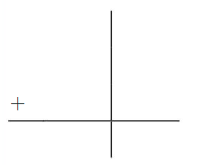
Answer:
By regrouping addition of 47 and 39 we will get the result as 86.
Explanation:
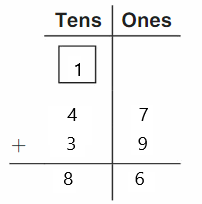
Here, regrouping is defined as the process of making and then carrying out the operation like addition with the two digit numbers or larger than the two digit numbers. And we use regrouping in addition when the sum of two digits in the place value column is greater than nine. And Regrouping in subtraction is a method of interchanging one ten into ten ones. This regrouping of subtraction is used to work out the different subtraction problems. Here in the above image, we can see that the addition of 47 and 39. So by regrouping, we will carry forward one and the sum of 47 + 39 is 86.
Question 12.
28 + 26 = ?

Answer:
By regrouping addition of 28 and 26 we will get the result as 54.
Explanation:

Here, regrouping is defined as the process of making and then carrying out the operation like addition with the two digit numbers or larger than the two digit numbers. And we use regrouping in addition when the sum of two digits in the place value column is greater than nine. And Regrouping in subtraction is a method of interchanging one ten into ten ones. This regrouping of subtraction is used to work out the different subtraction problems. Here in the above image, we can see that the addition of 28 and 26. So by regrouping, we will carry forward one and the sum of 28 + 26 is 54.
Question 13.
YOU BE THE TEACHER
Newton finds 26 + 36. Is he correct? Explain.

Answer:
No, Newton is not correct.
Explanation:
No, Newton is not correct. Newton has performed only addition but he did not perform any regroup. So he got the wrong answer. If he perform regrouping, and regrouping is defined as the process of making and then carrying out the operation like addition with the two digit numbers or larger than the two digit numbers. And we use regrouping in addition when the sum of two digits in the place value column is greater than nine. And Regrouping in subtraction is a method of interchanging one ten into ten ones. This regrouping of subtraction is used to work out the different subtraction problems. Here in the above image, we can see that the addition of 2 and 36. So by regrouping, we will carry forward one and the sum of 26 + 36 is 62.
Think and Grow: Modeling Real Life
You have 24 gel pens and you buy 36 more. Your friend has 48 and buys 18 more. Who has more gel pens?
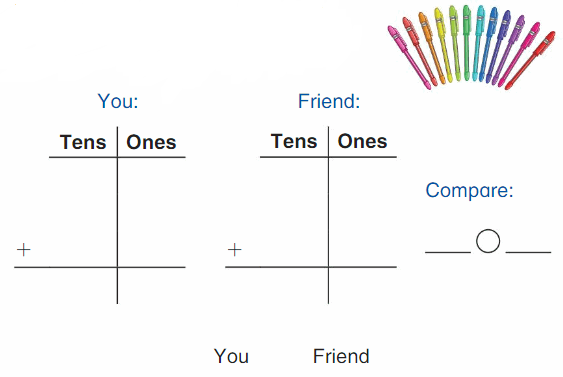
Answer:
I have more pens than my friend as 66 is greater than 60.
Explanation:
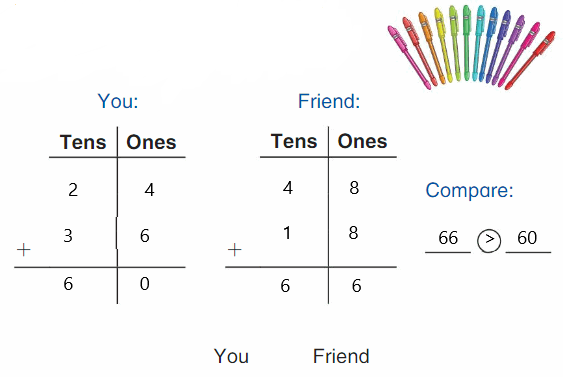
As I have 24 gel pens and I bought 36 more gel pens so the total number of pens I have bought is 24 + 36= 60 pens and my friend has 48 and buys 18 more, so the total number of pens my friend has bought is 48 + 18= 66 pens. So by comparing we can see that I have more pens than my friend as 66 is greater than 60.
Show and Grow
Question 14.
You have 32 stencils and you buy 16 more. Your friend has 14 and buys 28 more. Who has more stencils?

Answer:
I had more stencils than my friend.
Explanation:
As I have 32 stencils and bought 16 more stencils, so the total number of stencils I had is 32 + 16= 48 stencils. And my friend has 14 stencils and bought 28 stencils, so the total number of stencils my friend had is 14 + 28= 42 stencils. So I had more stencils than my friend.
Question 15.
You have 22 green stars and 17 orange stars. Your friend has 26 blue stars and 12 pink stars. How many stars do you and your friend have in all?

Answer:
The total number of stars I and my friend had is 77 stars.
Explanation:
As I have 22 green stars and 17 orange stars, so the total number of stars I had is 22 + 17= 39 stars. And my friend has 26 blue stars and 12 pink stars, so the total number of stars my friend had is 26 + 12= 38 stars. So the total number of stars I and my friend had is 39 +38= 77 stars.
Add Two-Digit Numbers Homework & Practice 4.4
Question 1.
47 + 36 = ?
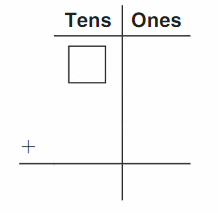
Answer:
By regrouping addition of 28 and 26 we will get the result as 54.
Explanation:
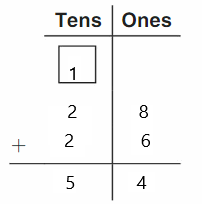
Here, regrouping is defined as the process of making and then carrying out the operation like addition with the two digit numbers or larger than the two digit numbers. And we use regrouping in addition when the sum of two digits in the place value column is greater than nine. And Regrouping in subtraction is a method of interchanging one ten into ten ones. This regrouping of subtraction is used to work out the different subtraction problems. Here in the above image, we can see that the addition of 28 and 26. So by regrouping, we will carry forward one and the sum of 28 + 26 is 54.
Question 2.
51 + 28 = ?
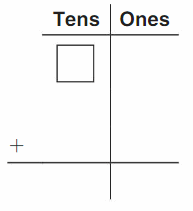
Answer:
By regrouping addition of 51 and 28 we will get the result as 79.
Explanation:
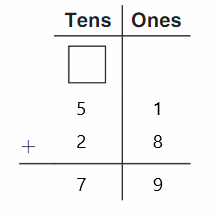
Here, regrouping is defined as the process of making and then carrying out the operation like addition with the two digit numbers or larger than the two digit numbers. And we use regrouping in addition when the sum of two digits in the place value column is greater than nine. And Regrouping in subtraction is a method of interchanging one ten into ten ones. This regrouping of subtraction is used to work out the different subtraction problems. Here in the above image, we can see that the addition of 51 and 28. So by regrouping, we will carry forward one and the sum of 51 + 28 is 79.
Question 3.
13 + 79 = ?
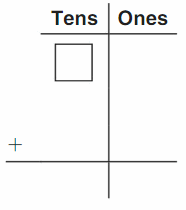
Answer:
By regrouping addition of 13 and 79 we will get the result as 92.
Explanation:
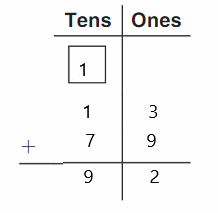
Here, regrouping is defined as the process of making and then carrying out the operation like addition with the two digit numbers or larger than the two digit numbers. And we use regrouping in addition when the sum of two digits in the place value column is greater than nine. And Regrouping in subtraction is a method of interchanging one ten into ten ones. This regrouping of subtraction is used to work out the different subtraction problems. Here in the above image, we can see that the addition of 13 and 79. So by regrouping, we will carry forward one and the sum of 13 + 79 is 92.
Question 4.
54 + 42 = ?
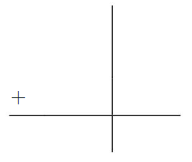
Answer:
By regrouping addition of 54 and 42 we will get the result as 96.
Explanation:
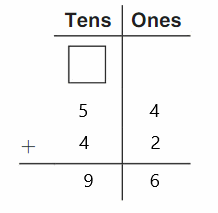
Here, regrouping is defined as the process of making and then carrying out the operation like addition with the two digit numbers or larger than the two digit numbers. And we use regrouping in addition when the sum of two digits in the place value column is greater than nine. And Regrouping in subtraction is a method of interchanging one ten into ten ones. This regrouping of subtraction is used to work out the different subtraction problems. Here in the above image, we can see that the addition of 54 and 42. So by regrouping, we will carry forward one and the sum of 54 + 42 is 96.
Question 5.
38 + 23 = ?
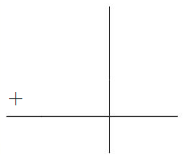
Answer:
By regrouping addition of 38 and 23 we will get the result as 61.
Explanation:
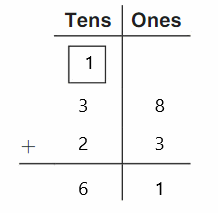
Here, regrouping is defined as the process of making and then carrying out the operation like addition with the two digit numbers or larger than the two digit numbers. And we use regrouping in addition when the sum of two digits in the place value column is greater than nine. And Regrouping in subtraction is a method of interchanging one ten into ten ones. This regrouping of subtraction is used to work out the different subtraction problems. Here in the above image, we can see that the addition of 38 and 23. So by regrouping, we will carry forward one and the sum of 38 + 23 is 61.
Question 6.
45 + 44 = ?
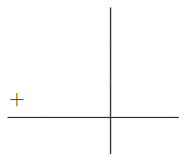
Answer:
By regrouping addition of 45 and 44 we will get the result as 89.
Explanation:
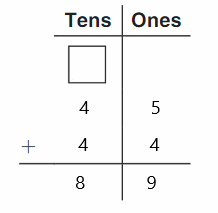
Here, regrouping is defined as the process of making and then carrying out the operation like addition with the two digit numbers or larger than the two digit numbers. And we use regrouping in addition when the sum of two digits in the place value column is greater than nine. And Regrouping in subtraction is a method of interchanging one ten into ten ones. This regrouping of subtraction is used to work out the different subtraction problems. Here in the above image, we can see that the addition of 45 and 44. So by regrouping, we will carry forward one and the sum of 45 + 44 is 89.
Question 7.
Writing
Find the sum. Write an addition story to match.

Answer:
By regrouping addition of 26 and 35 we will get the result as 89.
Explanation:
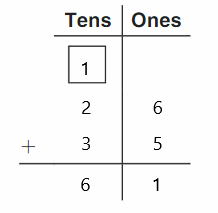
Here, regrouping is defined as the process of making and then carrying out the operation like addition with the two digit numbers or larger than the two digit numbers. And we use regrouping in addition when the sum of two digits in the place value column is greater than nine. And Regrouping in subtraction is a method of interchanging one ten into ten ones. This regrouping of subtraction is used to work out the different subtraction problems. Here in the above image, we can see that the addition of 26 and 35. So by regrouping, we will carry forward one and the sum of 26 + 35 is 89.
Question 8.
Modeling Real Life
You have 35 dimes and you find 17 more. Your friend has 42 and finds 11 more. Who has more dimes?

Answer:
My friend has more dimes than me
Explanation:
Given that I have 35 dimes and then I found 17 more, so the total number of I had is 52 dimes, and my friend has 42 dimes and then finds 11 more so the total number of dimes my friend had is 42 + 11= 53 dimes. So on comparing, my friend has more dimes than me.
Question 9.
Modeling Real Life
Newton plants 14 red flowers and 14 purple flowers. Descartes plants 26 pink flowers and 26 yellow flowers. How many flowers do Newton and Descartes plant in all?
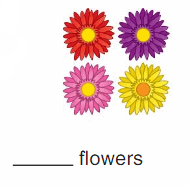
Answer:
The total number of flowers planted by both Newton and Descartes is 80 flowers.
Explanation:
Given that Newton has planted 14 red flowers and 14 purple flowers, so the total number of plants that was planted by Newton is 14 + 14= 28 flowers. And Descartes has planted 26 pink flowers and 26 yellow flowers so the total number of plants that were planted by Descartes is 26 + 26= 52 flowers. So the total number of flowers planted by both Newton and Descartes is 52 + 28= 80 flowers.
Question 10.
Model 56 two ways.
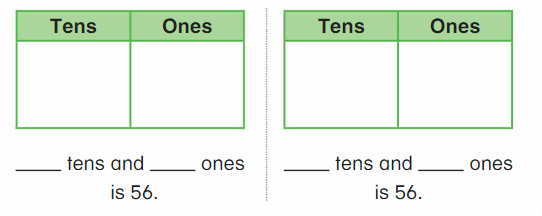
Answer:
The two models of 56 is 5 tens and 6 six and the other model is 4 tens and 16 ones
Explanation:
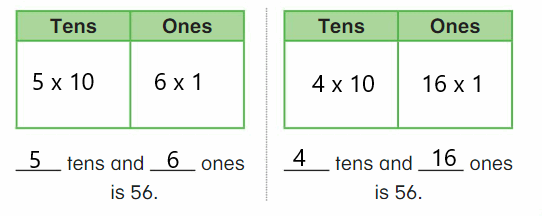
To model 56 in two ways we will divide the 56 as 5 tens and 6 ones, and in another way, we will divide the 56 as 4 tens and 16 ones.
Lesson 4.5 Practice Adding Two-Digit Numbers
Use any strategy to find 17 + 23.
Compare your strategy to your partner’s strategy. Are they the same or different? Explain.
_________________________________
_________________________________
Answer:
I have used the partial sum procedure and my friend has used the regrouping of addition procedure. So here the answer will be the same but the procedure is different.
Explanation:
To find 17 + 23 I have used partial sum, here partial sum is the sum of part of the sequence and a sequence that sets the numbers in order. This partial sum calculates partial sum which will be working one place value column at a time and then add all the partial sums to find the total. And this partial sum can be added in any order but working with the left to right is the usual procedure. So here we will add tens and add the ones and then we will add the partial sum to find the whole sum of the 17 + 23 which is 40. So here first we will add tens which are 10 and 20 we will add both the numbers which will be 30 and now we will add ones which are 7 and 3 it will be 10. So the total value of 17 + 23 will be 30 + 10= 40. And my friend used regrouping of addition, here, regrouping is defined as the process of making and then carrying out the operation like addition with the two-digit numbers or larger than the two-digit numbers. And we use regrouping in addition when the sum of two digits in the place value column is greater than nine. And Regrouping in subtraction is a method of interchanging one ten into ten ones. This regrouping of subtraction is used to work out the different subtraction problems. Here in the above image, we can see that the addition of 17 and 23. So by regrouping, we will carry forward one and the sum of 17 + 23 is 40. So here the answer will be the same but the procedure is different.
Show and Grow
Question 1.

Answer:
The partial sum of 43 and 17 is 60.
Explanation:
Here partial sum is the sum of part of the sequence and a sequence that sets the numbers in order. This partial sum calculates partial sum which will be working one place value column at a time and then add all the partial sums to find the total. And this partial sum can be added in any order but working with the left to right is the usual procedure. So here we will add tens and add the ones and then we will add the partial sum to find the whole sum of the 43 + 17 which is 60. So here first we will add tens which are 40 and 10 we will add both the numbers which will be 50 and now we will add ones which are 7 and 3 it will be 10. So the total value of 43 + 17 will be 50 + 10= 60.
Question 2.

Answer:
The partial sum of 56 and 25 is 81.
Explanation:
Here partial sum is the sum of part of the sequence and a sequence that sets the numbers in order. This partial sum calculates partial sum which will be working one place value column at a time and then add all the partial sums to find the total. And this partial sum can be added in any order but working with the left to right is the usual procedure. So here we will add tens and add the ones and then we will add the partial sum to find the whole sum of the 56 + 25 which is 81. So here first we will add tens which are 50 and 20 we will add both the numbers which will be 70 and now we will add ones which are 6 and 5 it will be 11. So the total value of 56 + 25 will be 70 + 11= 81.
Question 3.

Answer:
The partial sum of 19 and 55 is 74.
Explanation:
Here partial sum is the sum of part of the sequence and a sequence that sets the numbers in order. This partial sum calculates partial sum which will be working one place value column at a time and then add all the partial sums to find the total. And this partial sum can be added in any order but working with the left to right is the usual procedure. So here we will add tens and add the ones and then we will add the partial sum to find the whole sum of the 19 + 55 which is 74. So here first we will add tens which are 10 and 50 we will add both the numbers which will be 60 and now we will add ones which are 9 and 5 it will be 14. So the total value of 19 + 55 will be 60 + 14= 74.
Question 4.

Answer:
The partial sum of 41 and 52 is 93.
Explanation:
Here partial sum is the sum of part of the sequence and a sequence that sets the numbers in order. This partial sum calculates partial sum which will be working one place value column at a time and then add all the partial sums to find the total. And this partial sum can be added in any order but working with the left to right is the usual procedure. So here we will add tens and add the ones and then we will add the partial sum to find the whole sum of the 41 + 52 which is 93. So here first we will add tens which are 40 and 50 we will add both the numbers which will be 90 and now we will add ones which are 1 and 2 it will be 3. So the total value of 41 + 52 will be 90 + 3= 93.
Question 5.

Answer:
The partial sum of 47 and 26 is 73.
Explanation:
Here partial sum is the sum of part of the sequence and a sequence that sets the numbers in order. This partial sum calculates partial sum which will be working one place value column at a time and then add all the partial sums to find the total. And this partial sum can be added in any order but working with the left to right is the usual procedure. So here we will add tens and add the ones and then we will add the partial sum to find the whole sum of the 47 + 26 which is 73. So here first we will add tens which are 40 and 20 we will add both the numbers which will be 60 and now we will add ones which are 7 and 6 it will be 13. So the total value of 47 + 26 will be 60 + 13= 73.
Question 6.

Answer:
The partial sum of 33 and 49 is 82.
Explanation:
Here partial sum is the sum of part of the sequence and a sequence that sets the numbers in order. This partial sum calculates partial sum which will be working one place value column at a time and then add all the partial sums to find the total. And this partial sum can be added in any order but working with the left to right is the usual procedure. So here we will add tens and add the ones and then we will add the partial sum to find the whole sum of the 33 + 49 which is 82. So here first we will add tens which are 30 and 40 we will add both the numbers which will be 70 and now we will add ones which are 3 and 9 it will be 12. So the total value of 33 + 49 will be 70 + 12= 82.
Question 7.

Answer:
The partial sum of 29 and 22 is 51.
Explanation:
Here partial sum is the sum of part of the sequence and a sequence that sets the numbers in order. This partial sum calculates partial sum which will be working one place value column at a time and then add all the partial sums to find the total. And this partial sum can be added in any order but working with the left to right is the usual procedure. So here we will add tens and add the ones and then we will add the partial sum to find the whole sum of the 29 + 22 which is 51. So here first we will add tens which are 20 and 20 we will add both the numbers which will be 40 and now we will add ones which are 9 and 2 it will be 11. So the total value of 29 + 22 will be 40 + 11= 51.
Question 8.

Answer:
The partial sum of 54 and 44 is 98.
Explanation:
Here partial sum is the sum of part of the sequence and a sequence that sets the numbers in order. This partial sum calculates partial sum which will be working one place value column at a time and then add all the partial sums to find the total. And this partial sum can be added in any order but working with the left to right is the usual procedure. So here we will add tens and add the ones and then we will add the partial sum to find the whole sum of the 54 + 44 which is 98. So here first we will add tens which are 50 and 40 we will add both the numbers which will be 90 and now we will add ones which are 4 and 4 it will be 8. So the total value of 54 + 44 will be 90 + 8= 98.
Question 9.

Answer:
The partial sum of 36 and 45 is 81.
Explanation:
Here partial sum is the sum of part of the sequence and a sequence that sets the numbers in order. This partial sum calculates partial sum which will be working one place value column at a time and then add all the partial sums to find the total. And this partial sum can be added in any order but working with the left to right is the usual procedure. So here we will add tens and add the ones and then we will add the partial sum to find the whole sum of the 36 + 45 which is 81. So here first we will add tens which are 30 and 40 we will add both the numbers which will be 70 and now we will add ones which are 6 and 5 it will be 11. So the total value of 36 + 45 will be 70 + 11= 81.
Apply and Grow: Practice
Question 10.

Answer:
The partial sum of 24 and 16 is 40.
Explanation:
Here partial sum is the sum of part of the sequence and a sequence that sets the numbers in order. This partial sum calculates partial sum which will be working one place value column at a time and then add all the partial sums to find the total. And this partial sum can be added in any order but working with the left to right is the usual procedure. So here we will add tens and add the ones and then we will add the partial sum to find the whole sum of the 24 + 16 which is 40. So here first we will add tens which are 20 and 10 we will add both the numbers which will be 30 and now we will add ones which are 4 and 6 it will be 10. So the total value of 30 + 10 will be 30 + 10= 40.
Question 11.

Answer:
The partial sum of 37 and 46 is 83.
Explanation:
Here partial sum is the sum of part of the sequence and a sequence that sets the numbers in order. This partial sum calculates partial sum which will be working one place value column at a time and then add all the partial sums to find the total. And this partial sum can be added in any order but working with the left to right is the usual procedure. So here we will add tens and add the ones and then we will add the partial sum to find the whole sum of the 37 + 46 which is 83. So here first we will add tens which are 30 and 40 we will add both the numbers which will be 70 and now we will add ones which are 7 and 6 it will be 13. So the total value of 70 + 13 will be 70 + 13= 83.
Question 12.

Answer:
The partial sum of 18 and 59 is 77.
Explanation:
Here partial sum is the sum of part of the sequence and a sequence that sets the numbers in order. This partial sum calculates partial sum which will be working one place value column at a time and then add all the partial sums to find the total. And this partial sum can be added in any order but working with the left to right is the usual procedure. So here we will add tens and add the ones and then we will add the partial sum to find the whole sum of the 18 + 59 which is 77. So here first we will add tens which are 10 and 50 we will add both the numbers which will be 60 and now we will add ones which are 8 and 9 it will be 17. So the total value of 18 + 59 will be 60 + 17= 77.
Question 13.

Answer:
The partial sum of 61 and 34 is 95.
Explanation:
Here partial sum is the sum of part of the sequence and a sequence that sets the numbers in order. This partial sum calculates partial sum which will be working one place value column at a time and then add all the partial sums to find the total. And this partial sum can be added in any order but working with the left to right is the usual procedure. So here we will add tens and add the ones and then we will add the partial sum to find the whole sum of the 61 + 34 which is 95. So here first we will add tens which are 60 and 30 we will add both the numbers which will be 90 and now we will add ones which are 1 and 4 it will be 5. So the total value of 61 + 34 will be 90 + 5= 95.
Question 14.

Answer:
The partial sum of 23 and 28 is 51.
Explanation:
Here partial sum is the sum of part of the sequence and a sequence that sets the numbers in order. This partial sum calculates partial sum which will be working one place value column at a time and then add all the partial sums to find the total. And this partial sum can be added in any order but working with the left to right is the usual procedure. So here we will add tens and add the ones and then we will add the partial sum to find the whole sum of the 23 + 28 which is 51. So here first we will add tens which are 20 and 20 we will add both the numbers which will be 40 and now we will add ones which are 3 and 8 it will be 11. So the total value of 23 + 28 will be 40 + 11= 51.
Question 15.

Answer:
The partial sum of 42 and 57 is 99.
Explanation:
Here partial sum is the sum of part of the sequence and a sequence that sets the numbers in order. This partial sum calculates partial sum which will be working one place value column at a time and then add all the partial sums to find the total. And this partial sum can be added in any order but working with the left to right is the usual procedure. So here we will add tens and add the ones and then we will add the partial sum to find the whole sum of the 42 + 57 which is 99. So here first we will add tens which are 40 and 50 we will add both the numbers which will be 90 and now we will add ones which are 2 and 7 it will be 9. So the total value of 42 + 57 will be 90 + 9= 99.
Question 16.
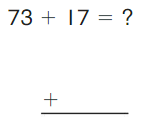
Answer:
The partial sum of 73 and 17 is 90.
Explanation:
Here partial sum is the sum of part of the sequence and a sequence that sets the numbers in order. This partial sum calculates partial sum which will be working one place value column at a time and then add all the partial sums to find the total. And this partial sum can be added in any order but working with the left to right is the usual procedure. So here we will add tens and add the ones and then we will add the partial sum to find the whole sum of the 73 + 17 which is 60. So here first we will add tens which are 70 and 10 we will add both the numbers which will be 80 and now we will add ones which are 7 and 3 it will be 10. So the total value of 73 + 17 will be 80 + 10= 90.
Question 17.
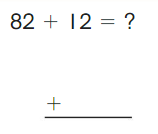
Answer:
The partial sum of 82 and 12 is 94.
Explanation:
Here partial sum is the sum of part of the sequence and a sequence that sets the numbers in order. This partial sum calculates partial sum which will be working one place value column at a time and then add all the partial sums to find the total. And this partial sum can be added in any order but working with the left to right is the usual procedure. So here we will add tens and add the ones and then we will add the partial sum to find the whole sum of the 82 + 12 which is 94. So here first we will add tens which are 80 and 10 we will add both the numbers which will be 90 and now we will add ones which are 2 and 2 it will be 10. So the total value of 82 + 12 will be 90 + 4= 94.
Question 18.
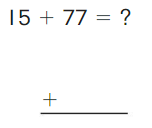
Answer:
The partial sum of 15 and 77 is 92.
Explanation:
Here partial sum is the sum of part of the sequence and a sequence that sets the numbers in order. This partial sum calculates partial sum which will be working one place value column at a time and then add all the partial sums to find the total. And this partial sum can be added in any order but working with the left to right is the usual procedure. So here we will add tens and add the ones and then we will add the partial sum to find the whole sum of the 15 + 77 which is 92. So here first we will add tens which are 10 and 70 we will add both the numbers which will be 80 and now we will add ones which are 5 and 7 it will be 12. So the total value of 15 + 77 will be 80 + 12= 92.
Question 19.
YOU BE THE TEACHER
Descartes finds 38 + 53. Is he correct? Explain.

Answer:
No, Descartes is not correct.
Explanation:
No, Descartes is not correct. As Descartes just performed the addition and he placed the carry forward in the result. Descartes should not place the carry forward into the result, it should be added to the next addend. So Descartes was not correct.
Think and Grow: Modeling Real Life
Are there more state parks in North Carolina and Kentucky or in Kentucky and South Carolina?
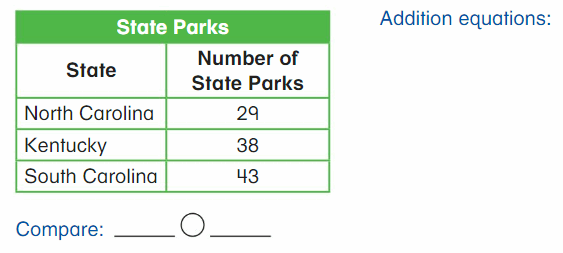
There are more state parks in ___ and ___.
Answer:
There are more state parks in South Carolina and Kentucky.
Explanation:
Given that the state of North Carolina has 29 state parks and 38 state parks in the state of Kentucky, so the total number of state parks in both North Carlina and Kentucky is 29 + 38= 67 state parks. And the number of state parks in the state of South Carolina is 43, so the total number of state parks in both South Carlina and Kentucky is 43 + 38= 81 state parks. So there are more state parks in South Carolina and Kentucky. On comparing 81 is greater than 67.
Show and Grow
Question 20.
Are there more students in first and second grade or in first and third grade?
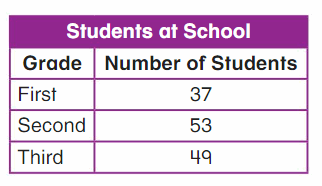
There are more students in ___ and __ grade.
Explanation:
Given that the state first grade has 37 students and 53 students in the second grade, so the total number of students in both first grade and second grade is 37 + 53= 90 students. And the number of students in the third grade 49, so the total number of students in both first grade and third grade is 37 + 49= 86. So there are more students in first grade and second grade than first grade and third grade.
Practice Adding Two-Digit Numbers Homework & Practice 4.5
Question 1.

Answer:
The partial sum of 63 and 12 is 75.
Explanation:
Here partial sum is the sum of part of the sequence and a sequence that sets the numbers in order. This partial sum calculates partial sum which will be working one place value column at a time and then add all the partial sums to find the total. And this partial sum can be added in any order but working with the left to right is the usual procedure. So here we will add tens and add the ones and then we will add the partial sum to find the whole sum of the 63 + 12 which is 75. So here first we will add tens which are 60 and 10 we will add both the numbers which will be 70 and now we will add ones which are 3 and 2 it will be 5. So the total value of 63 + 12 will be 60 + 5= 65.
Question 2.

Answer:
The partial sum of 32 and 58 is 90.
Explanation:
Here partial sum is the sum of part of the sequence and a sequence that sets the numbers in order. This partial sum calculates partial sum which will be working one place value column at a time and then add all the partial sums to find the total. And this partial sum can be added in any order but working with the left to right is the usual procedure. So here we will add tens and add the ones and then we will add the partial sum to find the whole sum of the 32 + 58 which is 90. So here first we will add tens which are 30 and 50 we will add both the numbers which will be 80 and now we will add ones which are 2 and 8 it will be 10. So the total value of 32 + 58 will be 32 + 58= 90.
Question 3.

Answer:
The partial sum of 53 and 38 is 91.
Explanation:
Here partial sum is the sum of part of the sequence and a sequence that sets the numbers in order. This partial sum calculates partial sum which will be working one place value column at a time and then add all the partial sums to find the total. And this partial sum can be added in any order but working with the left to right is the usual procedure. So here we will add tens and add the ones and then we will add the partial sum to find the whole sum of the 53 + 38 which is 91. So here first we will add tens which are 50 and 30 we will add both the numbers which will be 80 and now we will add ones which are 3 and 8 it will be 11. So the total value of 53 + 38 will be 80 + 11= 91.
Question 4.

Answer:
The partial sum of 13 and 39 is 52.
Explanation:
Here partial sum is the sum of part of the sequence and a sequence that sets the numbers in order. This partial sum calculates partial sum which will be working one place value column at a time and then add all the partial sums to find the total. And this partial sum can be added in any order but working with the left to right is the usual procedure. So here we will add tens and add the ones and then we will add the partial sum to find the whole sum of the 13 + 39 which is 52. So here first we will add tens which are 10 and 30 we will add both the numbers which will be 40 and now we will add ones which are 3 and 9 it will be 12. So the total value of 13 + 39 will be 40 + 12= 52.
Question 5.

Answer:
The partial sum of 62 and 18 is 80.
Explanation:
Here partial sum is the sum of part of the sequence and a sequence that sets the numbers in order. This partial sum calculates partial sum which will be working one place value column at a time and then add all the partial sums to find the total. And this partial sum can be added in any order but working with the left to right is the usual procedure. So here we will add tens and add the ones and then we will add the partial sum to find the whole sum of the 62 + 18 which is 80. So here first we will add tens which are 60 and 10 we will add both the numbers which will be 70 and now we will add ones which are 2 and 8 it will be 10. So the total value of 62 + 18 will be 70 + 10= 80.
Question 6.

Answer:
The partial sum of 48 and 16 is 64.
Explanation:
Here partial sum is the sum of part of the sequence and a sequence that sets the numbers in order. This partial sum calculates partial sum which will be working one place value column at a time and then add all the partial sums to find the total. And this partial sum can be added in any order but working with the left to right is the usual procedure. So here we will add tens and add the ones and then we will add the partial sum to find the whole sum of the 48 + 16 which is 64. So here first we will add tens which are 40 and 10 we will add both the numbers which will be 50 and now we will add ones which are 8 and 6 it will be 14. So the total value of 48 + 16 will be 50 + 14= 64.
Question 7.
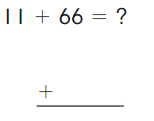
Answer:
The partial sum of 11 and 66 is 77.
Explanation:
Here partial sum is the sum of part of the sequence and a sequence that sets the numbers in order. This partial sum calculates partial sum which will be working one place value column at a time and then add all the partial sums to find the total. And this partial sum can be added in any order but working with the left to right is the usual procedure. So here we will add tens and add the ones and then we will add the partial sum to find the whole sum of the 11 + 66 which is 77. So here first we will add tens which are 10 and 60 we will add both the numbers which will be 70 and now we will add ones which are 1 and 6 it will be 77. So the total value of 11 + 66 will be 70 + 7= 77.
Question 8.
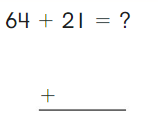
Answer:
The partial sum of 64 and 21 is 85.
Explanation:
Here partial sum is the sum of part of the sequence and a sequence that sets the numbers in order. This partial sum calculates partial sum which will be working one place value column at a time and then add all the partial sums to find the total. And this partial sum can be added in any order but working with the left to right is the usual procedure. So here we will add tens and add the ones and then we will add the partial sum to find the whole sum of the 64 + 21 which is 85. So here first we will add tens which are 60 and 20 we will add both the numbers which will be 80 and now we will add ones which are 4 and 1 it will be 5. So the total value of 64 + 21 will be 80 + 5= 85.
Question 9.
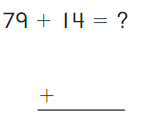
Answer:
The partial sum of 79 and 14 is 93.
Explanation:
Here partial sum is the sum of part of the sequence and a sequence that sets the numbers in order. This partial sum calculates partial sum which will be working one place value column at a time and then add all the partial sums to find the total. And this partial sum can be added in any order but working with the left to right is the usual procedure. So here we will add tens and add the ones and then we will add the partial sum to find the whole sum of the 79 + 14 which is 93. So here first we will add tens which are 70 and 10 we will add both the numbers which will be 80 and now we will add ones which are 9 and 4 it will be 13. So the total value of 79 + 14 will be 80 + 13= 93.
Question 10.
DIG DEEPER!
Find the missing digits

Answer:
The missing digits are 6, 8, 6, 2, 2, 2.
Explanation:

To find the missing digits, in the first image we can see that the sum is 1 and one of the addends is 5 so to get the sum as 1 we will place 6, so the sum will be 81 and the addend will be 36. And in the second image, we can see that the sum is 97, and the other addend is 5 so let’s take the other addend to be 2 so the missing digit is 2 and to find the other addend we will subtract the 32 with the sum 97 which is 97 – 32= 65. And in the third image, we can see that the addend is 48 and the other addend with digit 4 so by adding the sum will be 72 so to find the other addend we will subtract the addend 48 with the result 72 so the other addend will be 72 – 48= 24.
Question 11.
Modeling Real Life
Do more people attend the show on Monday and Tuesday or on Tuesday and Wednesday?
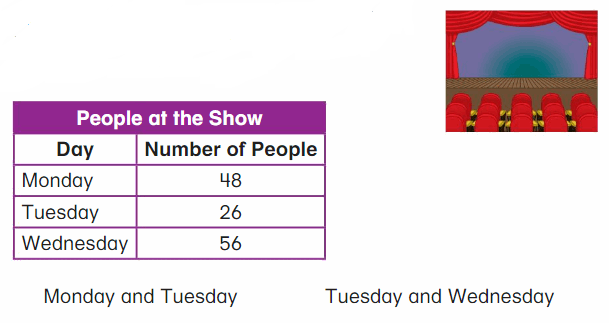
Answer:
More people attended the show on Tuesday and Wednesday.
Explanation:
Given that the number of people on Monday is 48 people and the number of people on Tuesday is 26 people, so the number of people on Monday and Tuesday is 48 + 26= 74 people. And the number of people on Wednesday is 56 people, so the number of people on Tuesday and Wednesday is 26 + 56= 82 people. So more people attended the show on Tuesday and Wednesday than Monday and Tuesday.
Review & Refresh
Question 12.
Order from shortest to longest.
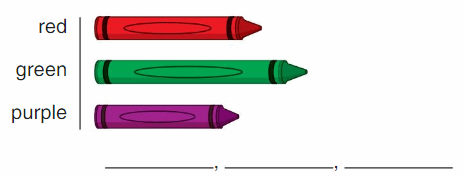
Answer:
Purple is Shortest,
Red is Longer,
Purple is Longest.
Explanation:
In the above, we can see that the purple crayon is the shortest crayon and red crayon is a longer crayon and the green crayon is the longest crayon.
Lesson 4.6 Add Up to 3 Two-Digit Numbers
Explore and Grow
Add the circled numbers first. Then find the sum of all three numbers.
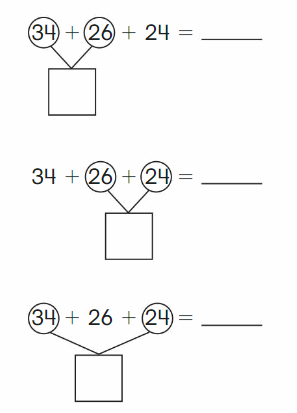
Answer:
In the first image, the sum of the circled numbers is 60,
In the second image, the sum of the circled numbers is 50,
In the third image, the sum of the circled numbers is 58,
Explanation:
In the first image, we can see that 34 and 26 are circled, so the sum of circled numbers is 34 + 26= 60. And the number which is not circled is 24, so the sum of all three numbers is 60 + 24= 84.
In the second image, we can see that 26 and 24 are circled, so the sum of circled numbers is 24 + 26= 50. And the number which is not circled is 34, so the sum of all three numbers is 50 + 34= 84.
In the third image, we can see that 34 and 24 are circled, so the sum of circled numbers is 34 + 24= 58. And the number which is not circled is 26, so the sum of all three numbers is 58 + 26= 84.
What is the same? What is different?
_________________________
_________________________
_________________________
Answer:
In the above problem, the result is the same and the circled numbers are different and the sum of circles numbers is different.
Show and Grow
Question 1.
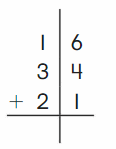
Answer:
On adding 16 + 34 + 21 we will get the result as 71.
Explanation:
In the above image, given that three numbers for addition. Here we can add the three numbers by any order, and we can make the sum 10 by adding which helps us to perform the addition easily. So we will add the right side digits 6 + 4 which makes 10 and then we will add the remaining digit which is 1, so 10 + 1= 11. Now we will perform the regrouping of addition and the result will be 16 + 34 + 21= 71.
Question 2.
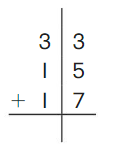
Answer:
On adding 33 + 15 + 17 we will get the result as 65.
Explanation:
In the above image, given that three numbers for addition. Here we can add the three numbers by any order, and we can make the sum 10 by adding which helps us to perform the addition easily. So we will add the right side digits 7 + 3 which makes 10 and then we will add the remaining digit which is 5, so 10 + 5= 15. Now we will perform the regrouping of addition and the result will be 33 + 15 + 17= 65.
Question 3.
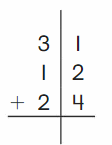
Answer:
On adding 31 + 12 + 24 we will get the result as 67.
Explanation:
In the above image, given that three numbers for addition. Here we can add the three numbers by any order, so first, we will add 31 + 12 and the result is 43. Now we will perform the addition for all three numbers and the result will be 31 + 12 + 24= 67.
Question 4.
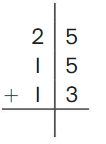
Answer:
On adding 25 + 15 + 13 we will get the result as 53.
Explanation:
In the above image, given that three numbers for addition. Here we can add the three numbers by any order, and we can make the sum 10 by adding which helps us to perform the addition easily. So we will add the right side digits 5 + 5 which makes 10 and then we will add the remaining digit which is 3, so 10 + 3= 13. Now we will perform the regrouping of addition and the result will be 25 + 15 + 13= 53.
Question 5.
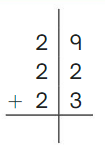
Answer:
On adding 29 + 22 + 23 we will get the result as 74.
Explanation:
In the above image, given that three numbers for addition. Here we can add the three numbers by any order, and we can make the sum 11 by adding which helps us to perform the addition easily. So we will add the right side digits 9 + 2 which makes 11 and then we will add the remaining digit which is 3, so 11 + 3= 14. Now we will perform the regrouping of addition and the result will be 29 + 22 + 23= 74.
Question 6.
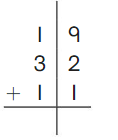
Answer:
On adding 19 + 32 + 11 we will get the result as 62.
Explanation:
In the above image, given that three numbers for addition. Here we can add the three numbers by any order, and we can make the sum 10 by adding which helps us to perform the addition easily. So we will add the right side digits 9 + 1 which makes 10 and then we will add the remaining digit which is 2, so 10 + 2= 12. Now we will perform the regrouping of addition and the result will be 19 + 32 + 11= 62.
Question 7.
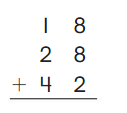
Answer:
On adding 18 + 28 + 42 we will get the result as 88.
Explanation:
In the above image, given that three numbers for addition. Here we can add the three numbers by any order, and we can make the sum 10 by adding which helps us to perform the addition easily. So we will add the right side digits 8 + 2 which makes 10 and then we will add the remaining digit which is 8, so 10 + 8= 18. Now we will perform the regrouping of addition and the result will be 18 + 28 + 42= 88.
Question 8.
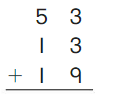
Answer:
On adding 53 + 13 + 19 we will get the result as 85.
Explanation:
In the above image, given that three numbers for addition. Here we can add the three numbers by any order, and we can make the sum 12 by adding which helps us to perform the addition easily. So we will add the right side digits 9 + 3 which makes 12 and then we will add the remaining digit which is 3, so 12 + 3= 15. Now we will perform the regrouping of addition and the result will be 53 + 13 + 19= 85.
Question 9.
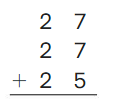
Answer:
On adding 27 + 27 + 25 we will get the result as 79.
Explanation:
In the above image, given that three numbers for addition. Here we can add the three numbers by any order, and we can make the sum 12 by adding which helps us to perform the addition easily. So we will add the right side digits 7 + 5 which makes 12 and then we will add the remaining digit which is 7, so 12 + 7= 19. Now we will perform the regrouping of addition and the result will be 27 + 27 + 25= 79.
Question 10.
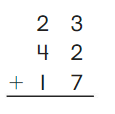
Answer:
On adding 23 + 42 + 17 we will get the result as 82.
Explanation:
In the above image, given that three numbers for addition. Here we can add the three numbers by any order, and we can make the sum 10 by adding which helps us to perform the addition easily. So we will add the right side digits 7 + 3 which makes 10 and then we will add the remaining digit which is 2, so 10 + 2= 12. Now we will perform the regrouping of addition and the result will be 23 + 42 + 17= 82.
Question 11.

Answer:
On adding 18 + 34 + 26 we will get the result as 78.
Explanation:
In the above image, given that three numbers for addition. Here we can add the three numbers by any order, and we can make the sum 10 by adding which helps us to perform the addition easily. So we will add the right side digits 9 + 3 which makes 12 and then we will add the remaining digit which is 3, so 12 + 3= 15. Now we will perform the regrouping of addition and the result will be 53 + 13 + 19= 85.
Question 12.
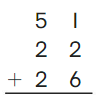
Answer:
On adding 51 + 22 + 26 we will get the result as 99.
Explanation:
In the above image, given that three numbers for addition. Here we can add the three numbers by any order, and we can make the sum by adding two addends which help us to perform the addition easily. So we will add the right side digits 2 + 6 which makes 8 and then we will add the remaining digit which is 1, so 8 + 1= 9. Now we will perform the regrouping of addition and the result will be 51 + 22 + 26= 99.
Question 13.

Answer:
On adding 30 + 45 + 19 we will get the result as 94.
Explanation:
In the above image, given that three numbers for addition. Here we can add the three numbers by any order, and we can make the sum 14 by adding which helps us to perform the addition easily. So we will add the right side digits 9 + 5 which makes 14 and then we will add the remaining digit which is 0, so 14 + 0= 14. Now we will perform the regrouping of addition and the result will be 30 + 45 + 19= 94.
Question 14.
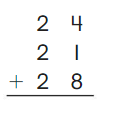
Answer:
On adding 24 + 21 + 28 we will get the result as 73.
Explanation:
In the above image, given that three numbers for addition. Here we can add the three numbers by any order, and we can make the sum 12 by adding which helps us to perform the addition easily. So we will add the right side digits 8 + 4 which makes 12 and then we will add the remaining digit which is 1, so 12 + 1= 13. Now we will perform the regrouping of addition and the result will be 24 + 21 + 28= 73.
Question 15.
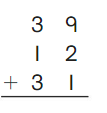
Answer:
On adding 39 + 12 + 31 we will get the result as 82.
Explanation:
In the above image, given that three numbers for addition. Here we can add the three numbers by any order, and we can make the sum 10 by adding which helps us to perform the addition easily. So we will add the right side digits 9 + 1 which makes 10 and then we will add the remaining digit which is 2, so 10 + 2= 13. Now we will perform the regrouping of addition and the result will be 39 + 12 + 31= 82.
Question 16.

Answer:
On adding 14 + 20 + 35 we will get the result as 69.
Explanation:
In the above image, given that three numbers for addition. Here we can add the three numbers by any order, and we can make the sum 9 by adding which helps us to perform the addition easily. So we will add the right side digits 4 + 5 which makes 9 and then we will add the remaining digit which is 0, so 9 + 0= 9. Now we will perform the regrouping of addition and the result will be 14 + 20 + 35= 69.
Question 17.
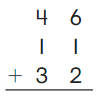
Answer:
On adding 46 + 11 +32 we will get the result as 89.
Explanation:
In the above image, given that three numbers for addition. Here we can add the three numbers by any order, and we can make the sum 8 by adding which helps us to perform the addition easily. So we will add the right side digits 6 + 2 which makes 8 and then we will add the remaining digit which is 1, so 8 + 1= 9. Now we will perform the addition and the result will be 46 + 11 +32= 89.
Question 18.
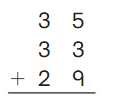
Answer:
On adding 35 + 33 + 29 we will get the result as 97.
Explanation:
In the above image, given that three numbers for addition. Here we can add the three numbers by any order, and we can make the sum 11 by adding which helps us to perform the addition easily. So we will add the right side digits 9 +3 which makes 11 and then we will add the remaining digit which is 11, so 11 + 5= 16. Now we will perform the addition and the result will be 35 + 33 + 29= 97.
Question 19.
Reasoning
You make a 10 to add 16, 38, and 24. Which digits do you add first? Explain.
________________________
________________________
________________________
Answer:
Explanation:
Think and Grow: Modeling Real Life
Newton buys the items shown. How much money does he spend?
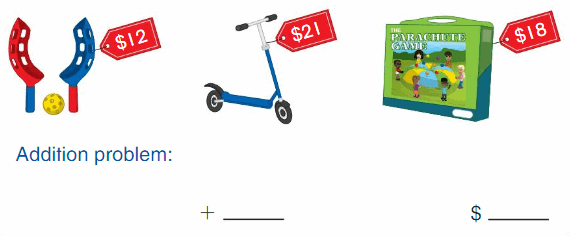
Answer:
The total amount spent by the Newton is $51.
Explanation:
Given the cost the items that Newton has bought is, the cost of the first item is $12, the cost of second item is $21 and the cost of third item is $18. So the total money spent by the Newton is 12 + 21 + 18= $51. The total amount spent by the Newton is $51.
Show and Grow
Question 20.
Descartes buys the items shown. How much money does he spend?

Answer:
The total amount spent by the Descartes is $47.
Explanation:
Given of the cost the items that Descartes has bought is, the cost of the first item is $19, the cost of second item is $15 and the cost of third item is $13. So the total money spent by the Descartes is 19 + 15 + 13= $47. The total amount spent by the Descartes is $47.
Question 21.
Newton sells 2 large candles and 1 small candle. How much money does he earn?

Answer:
The total amount earn by the Newton is $66.
Explanation:
Given the cost the large candle that Newton has bought is $26, and the cost of the small candle is $14, so Newton sells two large candles which is 2 × 26= $52 and one small candle which is 1 × 14= $14 . So the total money earn by the Newton is 52 + 14= $66. The total amount earn by the Newton is $66.
Add Up to 3 Two-Digit Numbers Homework & Practice 4.6
Question 1.
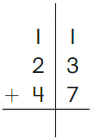
Answer:
On adding 11 + 23 + 47 we will get the result as 81.
Explanation:
In the above image, given that three numbers for addition. Here we can add the three numbers by any order, and we can make the sum 10 by adding which helps us to perform the addition easily. So we will add the right side digits 7 +3 which makes 10 and then we will add the remaining digit which is 10, so 10 + 1= 11. Now we will perform the addition and the result will be 11 + 23 + 47= 81.
Question 2.
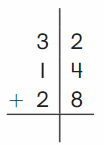
Answer:
On adding 32 + 14 + 28 we will get the result as 74.
Explanation:
In the above image, given that three numbers for addition. Here we can add the three numbers by any order, and we can make the sum 10 by adding which helps us to perform the addition easily. So we will add the right side digits 8 +2 which makes 10 and then we will add the remaining digit which is 10, so 10 + 4= 14. Now we will perform the addition and the result will be 32 + 14 + 28= 74.
Question 3.
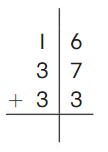
Answer:
On adding 16 + 37 + 33 we will get the result as 86.
Explanation:
In the above image, given that three numbers for addition. Here we can add the three numbers by any order, and we can make the sum 10 by adding which helps us to perform the addition easily. So we will add the right side digits 7 + 3 which makes 10 and then we will add the remaining digit which is 10, so 10 + 6= 16. Now we will perform the addition and the result will be 16 + 37 + 33= 86.
Question 4.
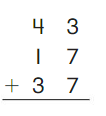
Answer:
On adding 43 + 17 + 37 we will get the result as 97.
Explanation:
In the above image, given that three numbers for addition. Here we can add the three numbers by any order, and we can make the sum 10 by adding which helps us to perform the addition easily. So we will add the right side digits 7 + 3 which makes 10 and then we will add the remaining digit which is 10, so 10 + 7= 16. Now we will perform the addition and the result will be 43 + 17 + 37= 97.
Question 5.
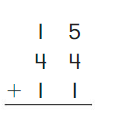
Answer:
On adding 15 + 44 + 11 we will get the result as 70.
Explanation:
In the above image, given that three numbers for addition. Here we can add the three numbers by any order, and we can make the sum 9 by adding which helps us to perform the addition easily. So we will add the right side digits 5 + 4 which makes 9 and then we will add the remaining digit which is 9, so 9 + 1= 10. Now we will perform the addition and the result will be 15 + 44 + 11= 70.
Question 6.
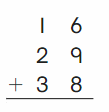
Answer:
On adding 16 + 29 + 38 we will get the result as 83.
Explanation:
In the above image, given that three numbers for addition. Here we can add the three numbers by any order, and we can make the sum 15 by adding which helps us to perform the addition easily. So we will add the right side digits 9 + 6 which makes 15 and then we will add the remaining digit which is 8, so 15 + 8= 23. Now we will perform the addition and the result will be 16 + 29 + 38= 83.
Question 7.
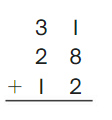
Answer:
On adding 31 + 28 + 12 we will get the result as 71.
Explanation:
In the above image, given that three numbers for addition. Here we can add the three numbers by any order, and we can make the sum 10 by adding which helps us to perform the addition easily. So we will add the right side digits 8 + 2 which makes 10 and then we will add the remaining digit which is 1, so 10 + 1= 11. Now we will perform the addition and the result will be 31 + 28 + 12= 71.
Question 8.
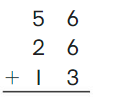
Answer:
On adding 56 + 26 + 13 we will get the result as 95.
Explanation:
In the above image, given that three numbers for addition. Here we can add the three numbers by any order, and we can make the sum 12 by adding which helps us to perform the addition easily. So we will add the right side digits 6 + 6 which makes 12 and then we will add the remaining digit which is 3, so 12 + 3= 15. Now we will perform the addition and the result will be 56 + 26 + 13= 95.
Question 9.

Answer:
On adding 35 + 23 + 29 we will get the result as 87.
Explanation:
In the above image, given that three numbers for addition. Here we can add the three numbers by any order, and we can make the sum 12 by adding which helps us to perform the addition easily. So we will add the right side digits 9 + 3 which makes 12 and then we will add the remaining digit which is 5, so 12 + 3= 15. Now we will perform the addition and the result will be 35 + 23 + 29= 87.
Question 10.
DIG DEEPER!
Solve two different ways.

Answer:
The sum of the three numbers is 38 + 36 + 22= 96.
Explanation:
The two different ways to add the above problem is, the first method is we can make the sum 10 by adding which helps us to perform the addition easily. So we will add the right side digits 8 + 2 which makes 10 and then we will add the remaining digit which is 6, so 10 + 6= 16. Now we will perform the regrouping of addition and the result will be 38 + 36 + 22= 96. The other way to find the addition of the numbers is we will add the numbers in any order, first we will add 8 + 6 which is 14 and then we will add the remaining digit which is 14 + 2= 16 and the regrouping of addition and the result will be 38 + 36 + 22= 96.
Question 11.
Modeling Real Life
Descartes buys the items shown. How much money does he spend?

Answer:
The total amount spent by the Descartes is $81.
Explanation:
Given the cost the items that Descartes has bought is, the cost of the first item is $41, the cost of second item is $27 and the cost of third item is $13. So the total money spent by the Descartes is 41 + 27 + 13= $81. The total amount spent by the Descartes is $81.
Question 12.
Modeling Real Life
Your cousin buys the items shown. How much money does she spend?

Answer:
The total amount spent by the my cousin is $67.
Explanation:
Given of the cost the items that my cousin has bought is, the cost of the first item is $24, the cost of second item is $7 and the cost of third item is $36. So the total money spent by my cousin is 24 + 7 + 36= $67. The total amount spent by mu cousin is $67.
Review & Refresh
Is the number even or odd?
Question 13.

Answer:
The number 18 is even number.
Explanation:
The number 18 is even number as the number 18 has two pairs of 9 and the number is divided by 2 and if the number is not divisible by 2 then it will be odd number. As 18 is divisible by 2 so the number 18 is a even number.
Question 14.

Answer:
The number 17 is odd number.
Explanation:
The number 17 is even number as the number 17 is not divisible by 2 and if the number is not divisible by 2 then it will be odd number. As the number 17 is not divisible by 2 so the number 17 is odd number.
Lesson 4.7 More Problem Solving: Addition
Explore and Grow
Model the story.
There are 11 red ants and 14 black ants. 15 more black ants join them. How many ants are there now?
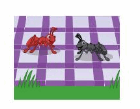

Answer:
The total number of ants is 40 ants.
Explannation:
Given that there are 11 red ants and 14 black ants and 15 more black ants join with them, so to find the number of ants in total we will add the given number of ants, so the total number of ants is 11 + 14 + 15= 40 ants.
Show and Grow
Question 1.
You have 66 marbles. You have 26 fewer marbles than your friend. How many marbles does your friend have?
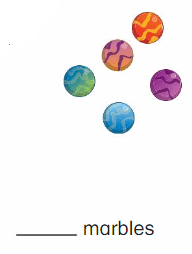
Answer:
My friend has 40 marbles.
Explanation:
As I have 66 marbles and my friend has 26 fewer marbles than me, so to find how many marbles does my friend had we will subtract 66 – 26= 40 marbles. So my friend has 40 marbles.
Apply and Grow: Practice
Question 2.
You collect 16 red leaves, 21 orange leaves, and 14 yellow leaves. How many leaves do you collect in all?
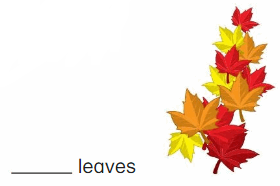
Answer:
The number of leaves collected by me is 16 + 21 + 14= 51 leaves.
Explanation:
As I have collected 16 red leaves, 21 orange leaves and 14 yellow leaves, so the number of leaves collected by me is 16 + 21 + 14= 51 leaves.
Question 3.
A dentist has 41 toothbrushes. She buys some more. Now she has 85. How many toothbrushes did the dentist buy?
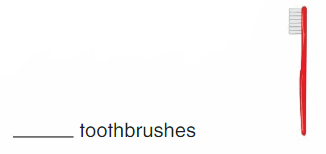
Answer:
The number of toothbrushes did the dentist bought is 85 – 41= 44 toothbrushes.
Explanation:
As dentist has 41 toothbrushes and she bought some more, so now she had 85. So the number of toothbrushes did the dentist bought is 85 – 41= 44 toothbrushes.
Question 4.
You make 17 origami dogs and 13 origami fish. Your friend makes 12 more origami animals than you. How many origami animals does your friend make?


Answer:
The number of origami animals does my friend make is 42 animals.
Explanation:
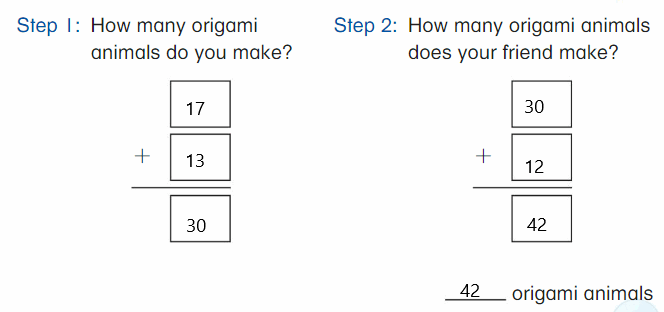
As I make 17 origami dogs and 13 origami fish so the total origami animals do I make is 17 + 13= 30 animals. And my friend makes 12 more origami animals than me, so the number of origami animals does my friend make is
30 + 12= 42 animals.
Think and Grow: Modeling Real Life
You make a paper chain. Your friend adds 24 links to your chain. Now there are 57. How many links were there to start?
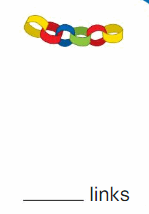
Answer:
The number of links is 33 links.
Explanation:
As I make a paper chain and my friend adds 24 links to my chain. Now there are 57 paper chains, so the number of links there to start is 57 – 24= 33 links.
Show and Grow
Question 5.
You have some stickers. Your friend gives you 32 more stickers. Now you have 58. How many stickers did you have to start? 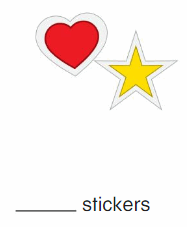
Answer:
The number of stickers I have to start is 58 – 32 = 26 stickers.
Explanation:
As I have some stickers and my friend gives me 32 more stickers. Now I have 58, so the number of stickers I have to start is 58 – 32 = 26 stickers.
Question 6.
There are 3 buses. There are 29 students on each of the first 2 buses. There are 88 students in all. How many students are on the third bus?
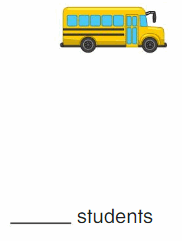
Answer:
The number of students are on the third bus is 30 students.
Explanation:
As there are 3 buses and there are 29 students on each of the first 2 buses so the students in the two buses is
2 × 29= 58 students and there are 88 students in all so the number of students are on the third bus is
88 – 58= 30 students.
More Problem Solving: Addition Homework & Practice 4.7
Question 1.
You study for 31 minutes. You study 11 fewer minutes than your friend. How long does your friend study?

Answer:
My friend studied 20 minutes longer.
Explanation:
As I have studied for 31 minutes and studied 11 fewer minutes than my friend so how long does your friend studied is 31 – 11= 20 minutes.
Question 2.
You see 23 red cars, 25 black cars, and 15 blue cars. How many cars do you see in all?

Answer:
The number of cars I have seen is 63 cars.
Explanation:
As I saw 23 red cars, 25 black cars, and 15 blue cars, so the number of cars I have seen is 23 + 25 + 15= 63 cars. The number of cars I have seen is 63 cars.
Question 3.
Number Sense
Your friend scores 29 points. You score 16 more points than your friend. Use the given numbers to find how many points you and your friend score in all.

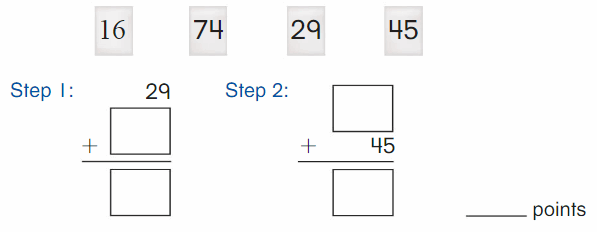
Answer:
The total points I have scored is 45 points and the total points scored by me and my friend is 74 points.
Explanation:

As my friend scores 29 points and I score 16 more points than your friend. So the total points I have scored is
29 + 16= 45 points. And the total points scored by me and my friend is 74 points.
Question 4.
Modeling Real Life
You have some plastic bugs. Your friend gives you 37 more plastic bugs. Now you have 59. How many plastic bugs did you have to start?
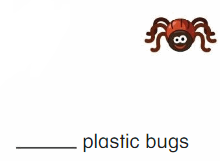
Answer:
The number of plastic bugs I do have to start is 22 plastic bugs.
Explanation:
As I have some plastic bugs and my friend gives me 37 more plastic bugs. So now I have 59 plastic bugs, so the number of plastic bugs I do have to start is 59 – 37= 22 plastic bugs.
Question 5.
Modeling Real Life
There are 3 subway cars. There are 36 people on each of the first 2 subway cars. There are 92 people in all. How many people are on the third subway car?

Answer:
The number of people in the third subway car is 20 people.
Explanation:
As there are 3 subway cars and there are 36 people on each of the first 2 subway cars, so the number of people in the 2 subway cars is 2 × 36= 72 people. There are 92 people in all and the number of people in the third subway car is 92 – 72= 20 people.
Review & Refresh
Question 6.
50 – 10 = ___
Answer:
The difference between 50 and 10 is 40.
Explanation:
On subtracting 50 – 10 we will get the result as 40.
Question 7.
90 – 40 = ___
Answer:
The difference between 90 and 40 is 50.
Explanation:
On subtracting 90 – 40 we will get the result as 50.
Fluently Add within 100 Performance Task 4
Question 1.
a. You swim for 37 minutes on Monday. You swim 12 more minutes on Tuesday than on Monday. How many minutes do you swim in all?


Answer:
The total number of minutes do I swim in all is 86 minutes.
Explanation:
As I swim for 37 minutes on Monday and again swim for 12 more minutes on Tuesday than on Monday, so the number of minutes I have a swim on Tuesday is 37 + 12= 49 minutes. And the total number of minutes do I swim in all is 37 + 49= 86 minutes.
b. Do you swim an even or odd number of minutes in all?

Answer:
The number of minutes 86 is an even number.
Explanation:
As the total number of minutes do I swim in all is 86 minutes and 86 is divisible by 2 so the number of minutes 86 is an even number.
Question 2.
a. There are 35 girls and some boys signed up for swim lessons this year. There are 83 kids signed up in all. Then some more boys sign up. Now there are 56 boys signed up. How many more boys signed up for swim lessons?

Answer:
The number of more boys signed up is 8 more boys.
Explanation:
As there are 35 girls and some boys signed up for swim lessons this year. And there are 83 kids signed up in all, so the number of boys is 83 – 35= 48 boys and then some more boys sign up. Now there are 56 boys signed up, so the number of more boys signed up is 56 – 48= 8 more boys.
b. Last year there were 95 kids signed up for swim lessons. 45 were girls. Are there more boys signed up for swim lessons this year or last year?

Answer:
The more boys signed up for swimming is last year than this year.
Explanation:
As in the last year, there were 95 kids signed up for swim lessons and in that 45 were girls and the number of boys is 95 – 45= 50 boys. And the more boys signed up for swimming is last year as the total number of boys in the last year is 56 boys.
Fluently Add within 100 Activity
Solve and Cover: Addition
To Play: Place a Solve and Cover: Addition Sum Card on each box. Players take turns. On your turn, flip over a Solve and Cover: Addition Problem Card. Solve the problem. Place the problem card on the sum. Play until all sums are covered.
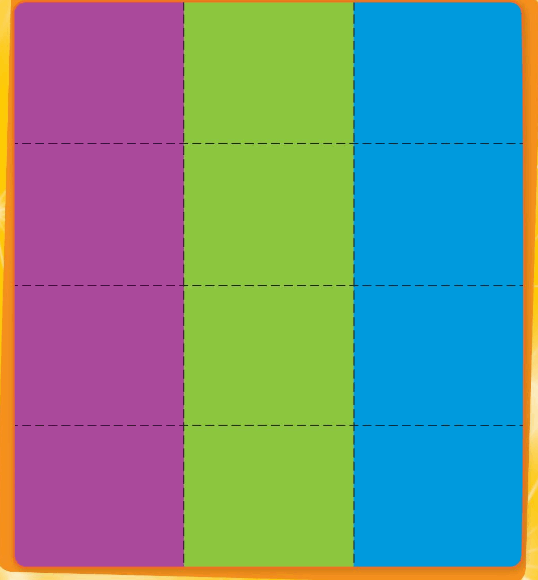
Fluently Add within 100 Chapter Practice
4.1 Use Partial Sums to Add
Question 1.
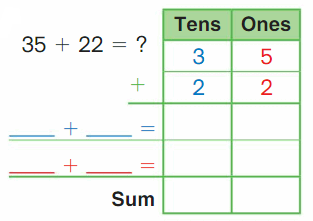
Answer:
The partial sum of 35 + 22 will be 50 + 7= 57.
Explanation:
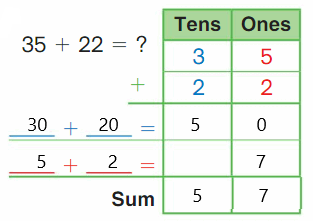
Here partial sum is the sum of part of the sequence and a sequence that sets the numbers in order. This partial sum calculates partial sum which will be working one place value column at a time and then add all the partial sums to find the total. And this partial sum can be added in any order but working with the left to right is the usual procedure. So here we will add tens and add the ones and then we will add the partial sum to find the whole sum of the 35 + 22 which is 57. So here first we will add tens which are 30 and 20 we will add both the numbers which will be 50 and now we will add ones which are 5 and 2 will be 7. So the total value of 35 + 22 will be 50 + 7= 57.
Question 2.

Answer:
The partial sum of 81 + 8 will be 80 + 9= 89.
Explanation:

Here partial sum is the sum of part of the sequence and a sequence that sets the numbers in order. This partial sum calculates partial sum which will be working one place value column at a time and then add all the partial sums to find the total. And this partial sum can be added in any order but working with the left to right is the usual procedure. So here we will add tens and add the ones and then we will add the partial sum to find the whole sum of the 81 + 8 which is 89. So here first we will add tens which are 80 and 0 we will add both the numbers which will be 80 and now we will add ones which are 1 and 8 will be 9. So the total value of 81 + 8 will be 81 + 8= 89.
4.2 More Partial Sums
Question 3.
26 + 43 = ?

Answer:
The partial sum of 26 + 43 will be 60 + 9= 69.
Explanation:
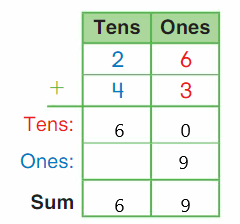
Here partial sum is the sum of part of the sequence and a sequence that sets the numbers in order. This partial sum calculates partial sum which will be working one place value column at a time and then add all the partial sums to find the total. And this partial sum can be added in any order but working with the left to right is the usual procedure. So here we will add tens and add the ones and then we will add the partial sum to find the whole sum of the 26 + 43 which is 69. So here first we will add tens which are 20 and 40 we will add both the numbers which will be 60 and now we will add ones which are 6 and 3 will be 69. So the total value of 26 + 43 will be 26 + 43= 69.
Question 4.
64 + 19 = ?
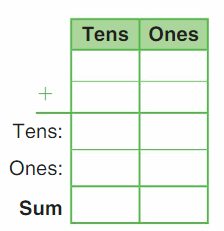
Answer:
The partial sum of 64 + 19 will be 70 + 13= 83.
Explanation:
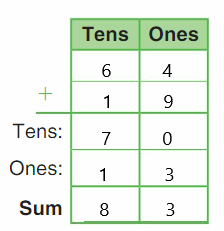
Here partial sum is the sum of part of the sequence and a sequence that sets the numbers in order. This partial sum calculates partial sum which will be working one place value column at a time and then add all the partial sums to find the total. And this partial sum can be added in any order but working with the left to right is the usual procedure. So here we will add tens and add the ones and then we will add the partial sum to find the whole sum of the 64 + 19 which is 83. So here first we will add tens which are 60 and 10 we will add both the numbers which will be 70 and now we will add ones which are 4 and 9 will be 13. So the total value of 64 + 19 will be 70 + 13= 83.
4.3 Regroup to Add
Question 5.
Modeling Real Life
You want to complete 40 hours of volunteer work this year. You complete 28 hours during the school year and 13 during the summer. Do you reach your goal?
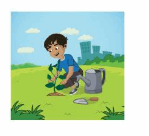
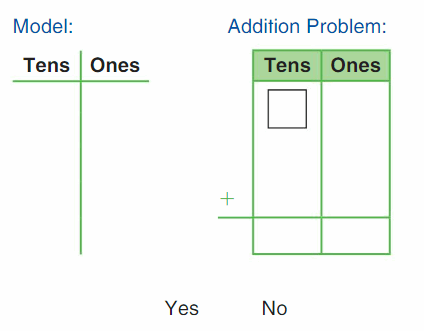
Answer:
Yes, I have reached my goal.
Explanation:
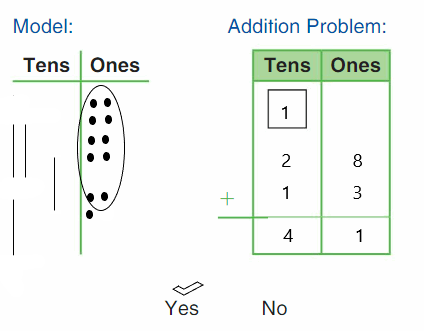
As I want to complete 40 hours of volunteer work this year and I have complete 28 hours during the school year and 13 during the summer so the total number of hours I have completed is 28 + 13= 41 hours. And I have reached my goal.
4.4 Add Two-Digit Numbers
Question 6.
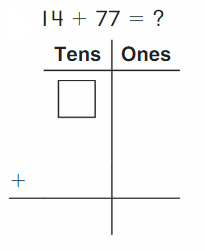
Answer:
By regrouping the addition of 14 and 77 we will get the result as 91.
Explanation:
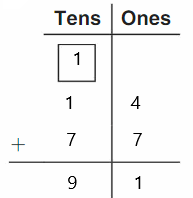
Here, regrouping is defined as the process of making and then carrying out the operation like addition with the two digit numbers or larger than the two digit numbers. And we use regrouping in addition when the sum of two digits in the place value column is greater than nine. And Regrouping in subtraction is a method of interchanging one ten into ten ones. This regrouping of subtraction is used to work out the different subtraction problems. Here in the above image, we can see that the addition of 14 and 77. So by regrouping, we will carry forward one and the sum of 14 + 77 is 91.
Question 7.
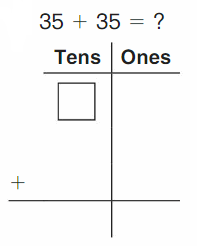
Answer:
By regrouping the addition of 35 and 35 we will get the result as 70.
Explanation:
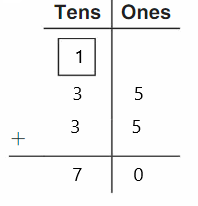
Here, regrouping is defined as the process of making and then carrying out the operation like addition with the two digit numbers or larger than the two digit numbers. And we use regrouping in addition when the sum of two digits in the place value column is greater than nine. And Regrouping in subtraction is a method of interchanging one ten into ten ones. This regrouping of subtraction is used to work out the different subtraction problems. Here in the above image, we can see that the addition of 35 and 35. So by regrouping, we will carry forward one and the sum of 35 + 35 is 70.
Question 8.
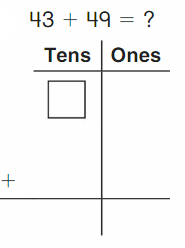
Answer:
By regrouping the addition of 43 and 49 we will get the result as 92.
Explanation:

Here, regrouping is defined as the process of making and then carrying out the operation like addition with the two digit numbers or larger than the two digit numbers. And we use regrouping in addition when the sum of two digits in the place value column is greater than nine. And Regrouping in subtraction is a method of interchanging one ten into ten ones. This regrouping of subtraction is used to work out the different subtraction problems. Here in the above image, we can see that the addition of 43 and 49. So by regrouping, we will carry forward one and the sum of 43 + 49 is 92.
4.5 Practice Adding Two-Digit numbers
Question 9.

Answer:
The sum of 36 + 38 is 74.
Explanation:
The addition of the two numbers is 36 + 38 is 74.
Question 10.

Answer:
The sum of 62 + 29 is 91.
Explanation:
The addition of the two numbers is 62 + 29 is 91.
Question 11.

Answer:
The sum of 25 + 45 is 70.
Explanation:
The addition of the two numbers is 25 + 45 is 70.
Question 12.
Number Sense
Find the missing digits.

Answer:
The missing digits are 1, 4, 8, 7, 5, 0.
Explanation:

To find the missing digits, in the first image we can see that the sum is 9 and one of the addends is 5 so to get the sum as 9 we will place 4 and place the 1 to get the sum as 4, so the sum will be 49 and the addend will be 34 and 15. And in the second image, we can see that the sum is 6, and the other addend is 8 so let’s take the other addend to be 8 so the missing digit is 8 and by the regrouping of addition we will get the result as 76, so the missing digit is 7. And in the third image, we can see that the addend is 14 and the other addend with digit 6 so by placing the digit as 5 the sum will be 70 and the missing digits will be 5 and 0.
4.6 Add Up to 3 Two-Digit Numbers
Question 13.

Answer:
On adding 12 + 32+ 18 we will get the result as 62.
Explanation:
In the above image, given that three numbers for addition. Here we can add the three numbers by any order, and we can make the sum 10 by adding which helps us to perform the addition easily. So we will add the right side digits 8 + 2 which makes 10 and then we will add the remaining digit which is 2, so 10 + 2= 12. Now we will perform the regrouping of addition and the result will be 12 + 32+ 18= 62.
Question 14.
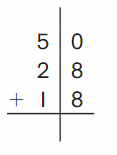
Answer:
On adding 50 + 28 + 18 we will get the result as 96.
Explanation:
In the above image, given that three numbers for addition. Here we can add the three numbers by any order, and we can make the sum 16 by adding which helps us to perform the addition easily. So we will add the right side digits 8 + 8 which makes 16 and then we will add the remaining digit which is 0, so 16 + 0= 16. Now we will perform the regrouping of addition and the result will be 50 + 28 + 18= 96.
Question 15.

Answer:
On adding 50 + 28 + 18 we will get the result as 96.
Explanation:
In the above image, given that three numbers for addition. Here we can add the three numbers by any order, and we can make the sum 16 by adding which helps us to perform the addition easily. So we will add the right side digits 8 + 8 which makes 16 and then we will add the remaining digit which is 0, so 16 + 0= 16. Now we will perform the regrouping of addition and the result will be 50 + 28 + 18= 96.
Question 16.
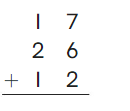
Answer:
On adding 17 + 26 + 12 we will get the result as 55.
Explanation:
In the above image, given that three numbers for addition. Here we can add the three numbers by any order, and we can make the sum 9 by adding which helps us to perform the addition easily. So we will add the right side digits 7 + 2 which makes 9 and then we will add the remaining digit which is 6, so 9+ 6= 15. Now we will perform the regrouping of addition and the result will be 17 + 26 + 12= 55.
Question 17.
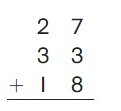
Answer:
On adding 27 + 33 + 18 we will get the result as 78.
Explanation:
In the above image, given that three numbers for addition. Here we can add the three numbers by any order, and we can make the sum 10 by adding which helps us to perform the addition easily. So we will add the right side digits 7+ 3 which makes 10 and then we will add the remaining digit which is 8, so 10 + 8= 18. Now we will perform the regrouping of addition and the result will be 27 + 33 + 18= 78.
Question 18.
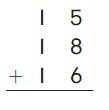
Answer:
On adding 15 + 18 + 16 we will get the result as 49.
Explanation:
In the above image, given that three numbers for addition. Here we can add the three numbers by any order, and we can make the sum 14 by adding which helps us to perform the addition easily. So we will add the right side digits 8 + 6 which makes 14 and then we will add the remaining digit which is 5, so 14 + 0= 14. Now we will perform the regrouping of addition and the result will be 15 + 18 + 16= 49.
Question 19.
Modeling Real Life
You, Newton, and Descartes play paddle ball. You record how many times each of you hits the ball in a row. How many times is the ball hit in all?
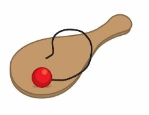
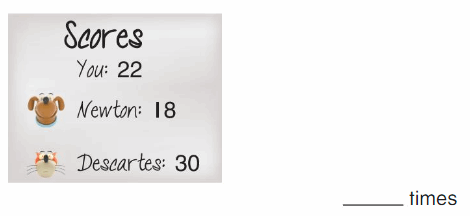
4.7 More Problem Solving: Addition
Question 20.
Modeling Real Life
You pick 11 berries and 23 apples. Your friend picks 18 more pieces of fruit than you. How many pieces does your friend pick?
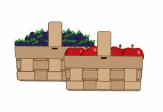
Step 1: How many pieces of fruit do you pick?

Answer:
The number of pieces of fruits does I have is 34 fruits.
Explanation:
As I pick 11 berries and 23 apples, so the number of fruits I have picked is 11 + 23= 34 fruits.
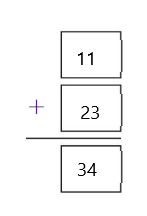
Step 2: How many pieces of fruit does your friend pick?
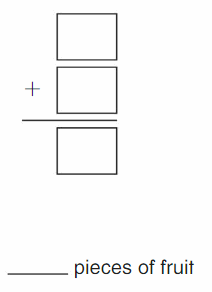
Answer:
The number of fruits that my friend picked is 52 fruits.
Explanation:
As I pick 11 berries and 23 apples and my friend picks 18 more pieces of fruit than me, so the number of fruits that my friend picked is 34 + 18= 52 fruits.
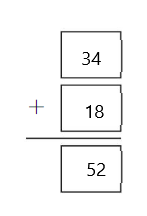
Fluently Add within 100 Cumulative Practice 1-4
Question 1.
Which equation represents the array?
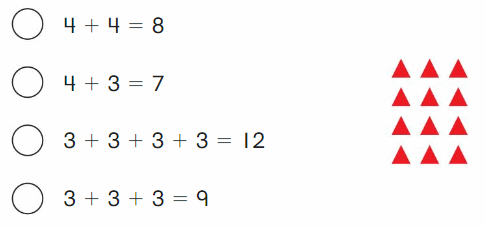
Answer:
The equation that represents the array is 3 + 3 + 3 + 3= 12.
Explanation:
The equation that represents the array is 3 + 3 + 3 + 3= 12 as the array has three rows and four columns, so the equation is 3 + 3+ 3 +3 = 12.
Question 2.
Which expressions are equal to 62 + 24?

Answer:
The expressions which are equal to 62 + 24 is 60 + 20 + 2 + 4, 60 + 26, 80 + 6.
Explanation:
The expressions which are equal to 62 + 24 and the result is 86 so the expressions which are equal to the sum of 86 is 60 + 20 + 2 + 4 and the result is 86, 60 + 26 the result is 86, 80 + 6 the result is 6.
Question 3.
Is each sum equal to 7 + 4?

Answer:
The equation which is equal to 7 + 4 is 10 + 1.
Explanation:
The sum which is equal to 7 + 4 is 10 + 1 as the sum of both equations is 11 so they both are equal.
Question 4.
Write an equation that matches the number line.
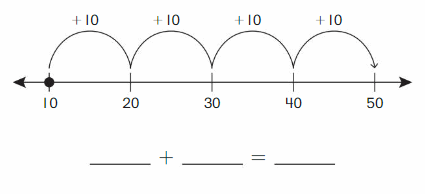
Answer:
The number line equation is 10 + 40= 50.
Explanation:
The equation that matches the number line is 10 + 40 and the result is 50. As we start from 10 and then jump from 10 and the size of the jump is 10 and we will take up to 50 jumps. So the equation of the number line is
10 + 40= 50.
Question 5.
Which expressions do you need to regroup to solve?
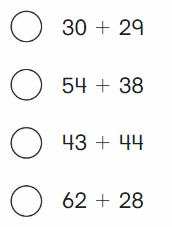
Answer:
The expressions which we need to regroup is 54 + 38 and the result is 92 and the other expression is 62 + 28 and the result is 90.
Explanation:
The expressions do we need to regroup and is 54 + 38 as by adding 8 + 4 we will get the result as 12, so we will regroup and add 54 + 38 and the result will be 92. And the other expression is 62 + 88 as by adding 2 + 8 we will get the result as 10, so we will regroup and add 62 + 28 and the result will be 90.
Question 6.
Which equation has an even sum greater than 14?
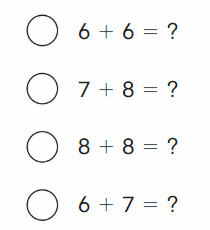
Answer:
The equation that has an even sum whihc is greater than 14 is 8 + 8 which is 16.
Explanation:
In the above, we can see that even sum greater than 14 is 8 + 8 as the sum of 8 + 8 is 16 and 16 is divisible by 2 which is an even number and the number 16 is greater than 14.
Question 7.
There are 4 rows of trees. Each row has 5 trees. How many trees are there in all?

Answer:
The number of trees there in all is 20 trees.
Explanation:
As there are 4 rows of trees and each row has 5 trees, so the number of trees is 4 + 4 + 4 + 4 + 4= 20 trees. So the number of trees is 20 trees.
Question 8.
You have 16 oranges. You give 7 away. How many oranges do you have left?
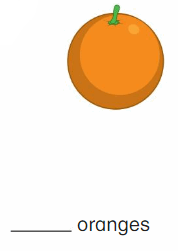
Answer:
The number of oranges does I have left is 11 oranges.
Explanation:
As I have 16 oranges and I gave 7 away, so the total number of oranges does I have left is 16 – 7= 11 oranges.
Question 9.
Find the sum.

Answer:
The result of the first image is 71 and the result of the second image is 87.
Explanation:
The sum of the first image is 24 + 12 + 35 and the result is 71 and the sum of the second image is 31 + 14 + 42 and the result is 87.
Question 10.
Find the sum. Write the double you used.

Answer:
The sum of the double of the addends is 30.
Explanation:
The sum of 7 + 8 is 15, so the double of the addends is 14 + 16, and the sum of the addends is 14 + 16= 30.
Question 11.
Break apart the addends to find 42 + 37.

Answer:
The Break apart of the addend is 42 + 37= 79.
Explanation:
Here to break apart the addends of part of the sequence and a sequence that sets the numbers in order. This partial sum calculates partial sum which will be working one place value column at a time and then add all the partial sums to find the total. And this partial sum can be added in any order but working with the left to right is the usual procedure. So here we will add tens and add the ones and then we will add the partial sum to find the whole sum of the 42 + 37 which is 79. So here first we will add tens which are 40 and 30 we will add both the numbers which will be 70 and now we will add ones which are 2 and 7 will be 9. So the total value of 70 + 9 will be 70 + 9= 79.
Question 12.
You have 64 craft sticks for a project. 22 are red. The rest are yellow. You buy 39 more yellow craft sticks. How many yellow craft sticks do you have now?
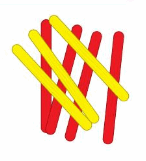

Answer:
The total number of yellow craft sticks do I have is 81 sticks.
Explanation:
As I have 64 craft sticks for a project and there are 22 red sticks so the number of yellow sticks is 64 – 22= 42 yellow sticks and I bought 39 more yellow craft sticks, so the number of yellow sticks is 42 + 39= 81 yellow craft sticks.
Conclusion:
I wish that the useful data of Big Ideas Math Book Grade 2 Chapter 4 Fluently Add within 100 Answer Key is provided here. This BIM Book Solutions of Grade 2 Chapter 4 Fluently Add within 100 is prepared by the experts. Get the detailed solution for each and every topic of Grade 2 Chapter 4 Fluently Add within 100 chapter. If you have any queries, leave a comment below. Please share this Big Ideas Math Answers Grade 2 Chapter 4 Fluently Add within 100 with your friends for helping them to complete homework in time.
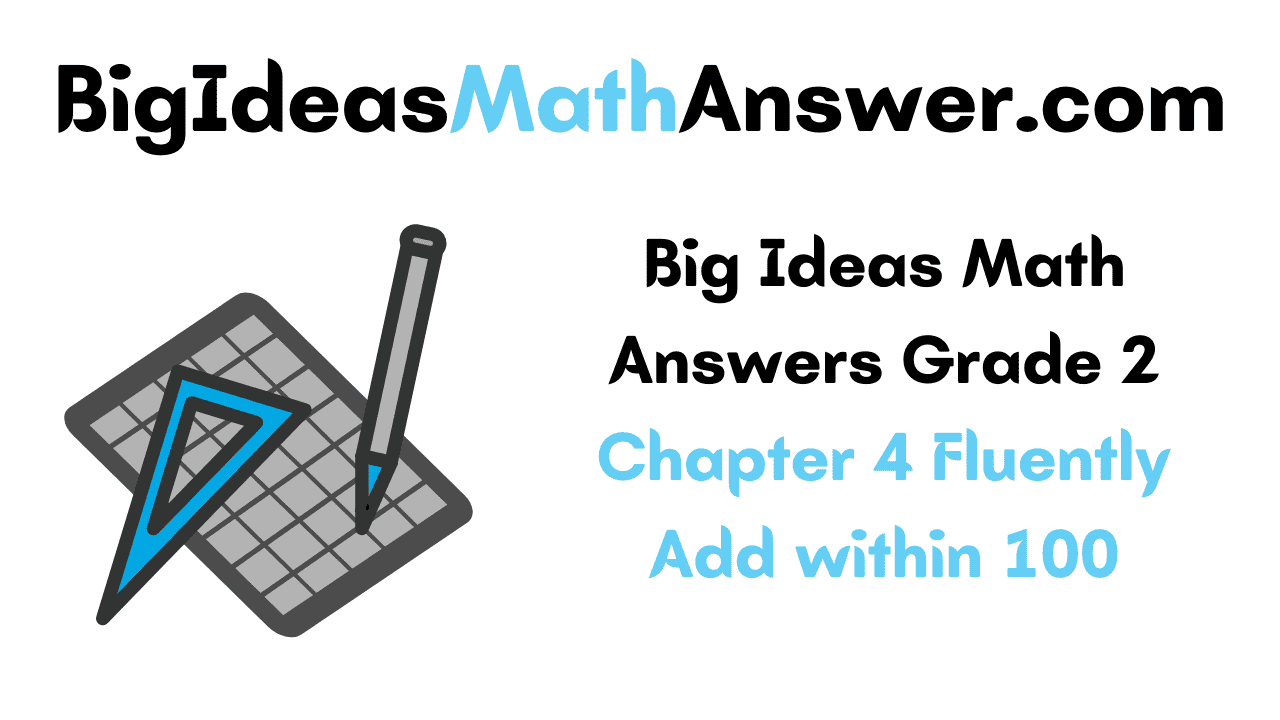
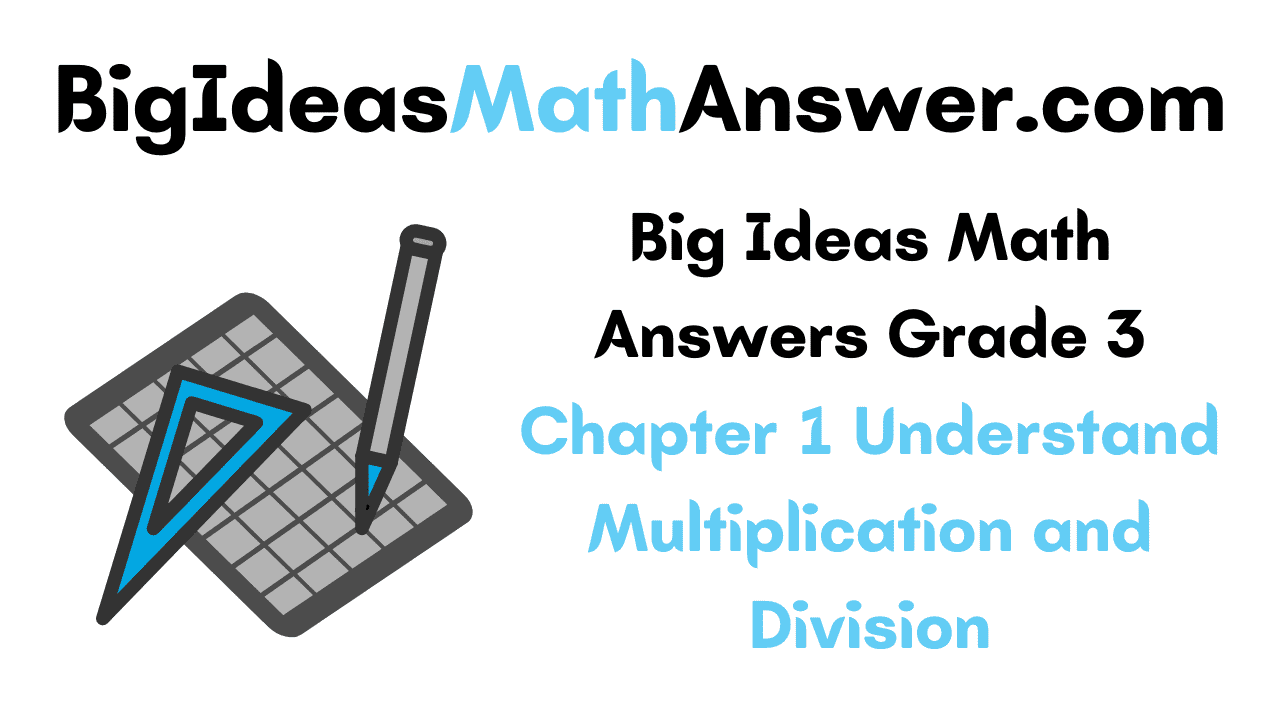
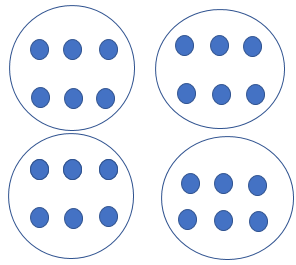
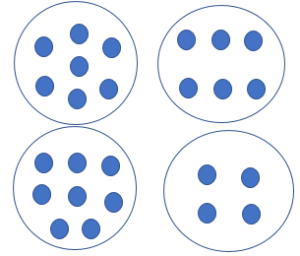
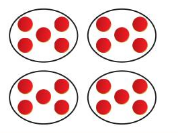

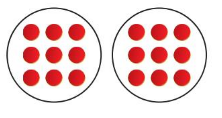


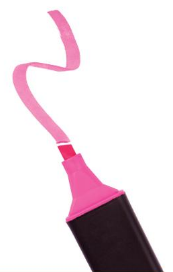
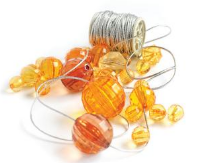

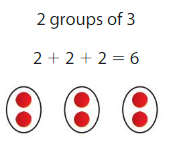

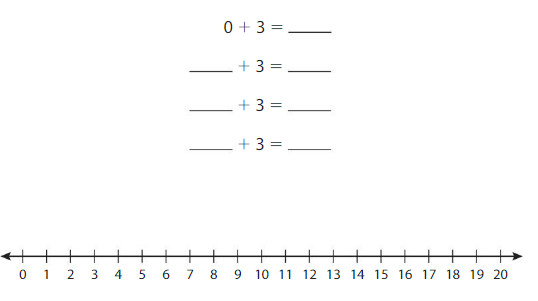

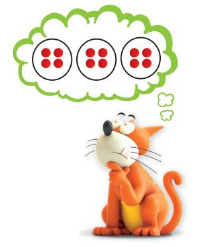













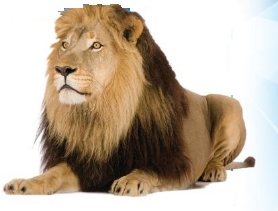














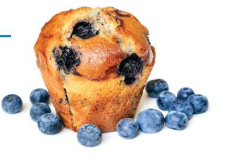
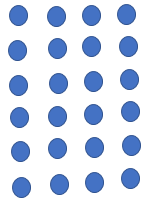






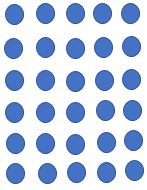
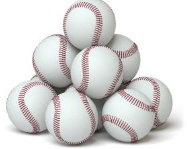

 This array consists of 2 rows and 3 columns
This array consists of 2 rows and 3 columns This array consists of 3 rows and 2 columns.
This array consists of 3 rows and 2 columns.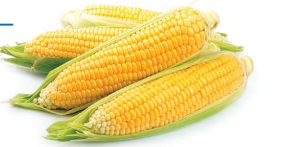




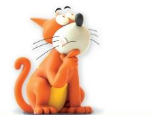
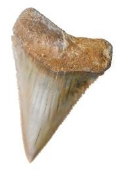

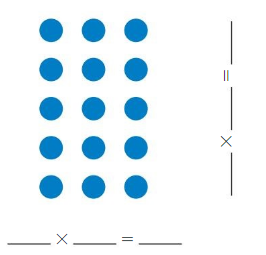













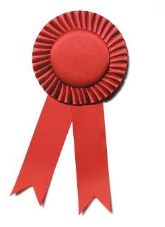



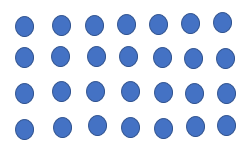

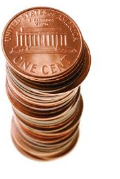


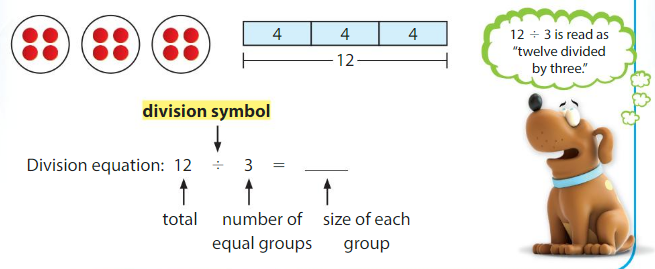
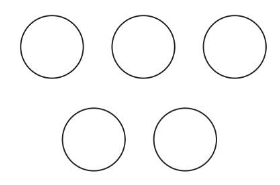



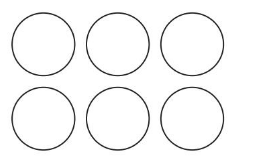





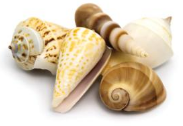
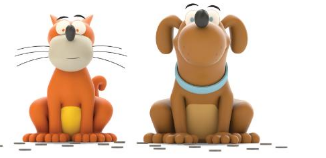



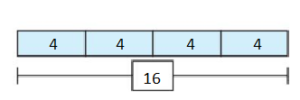
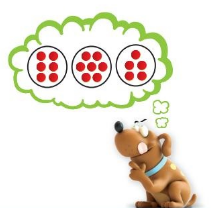





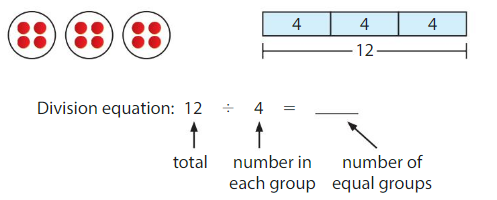











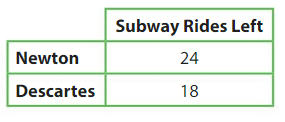


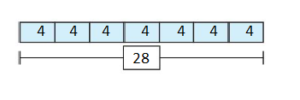
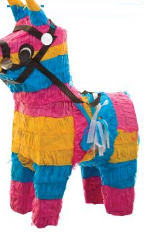
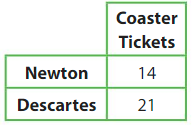


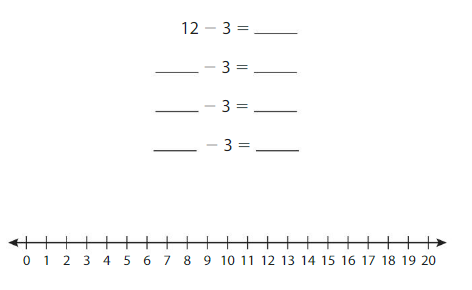


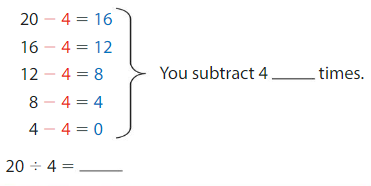



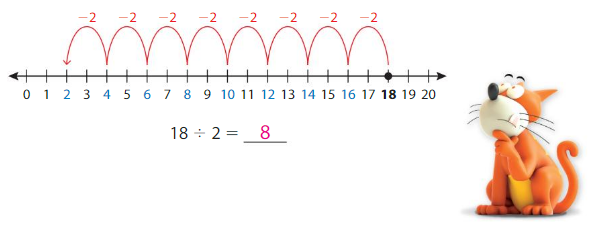
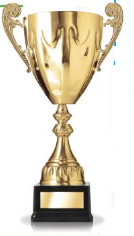
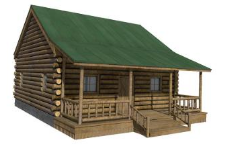

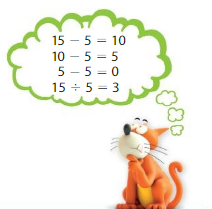


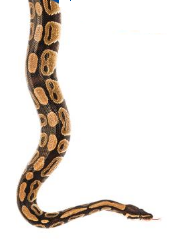








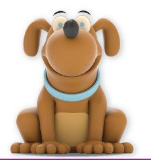
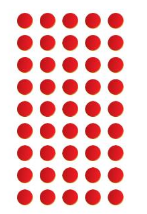


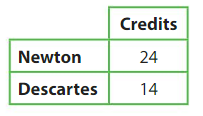


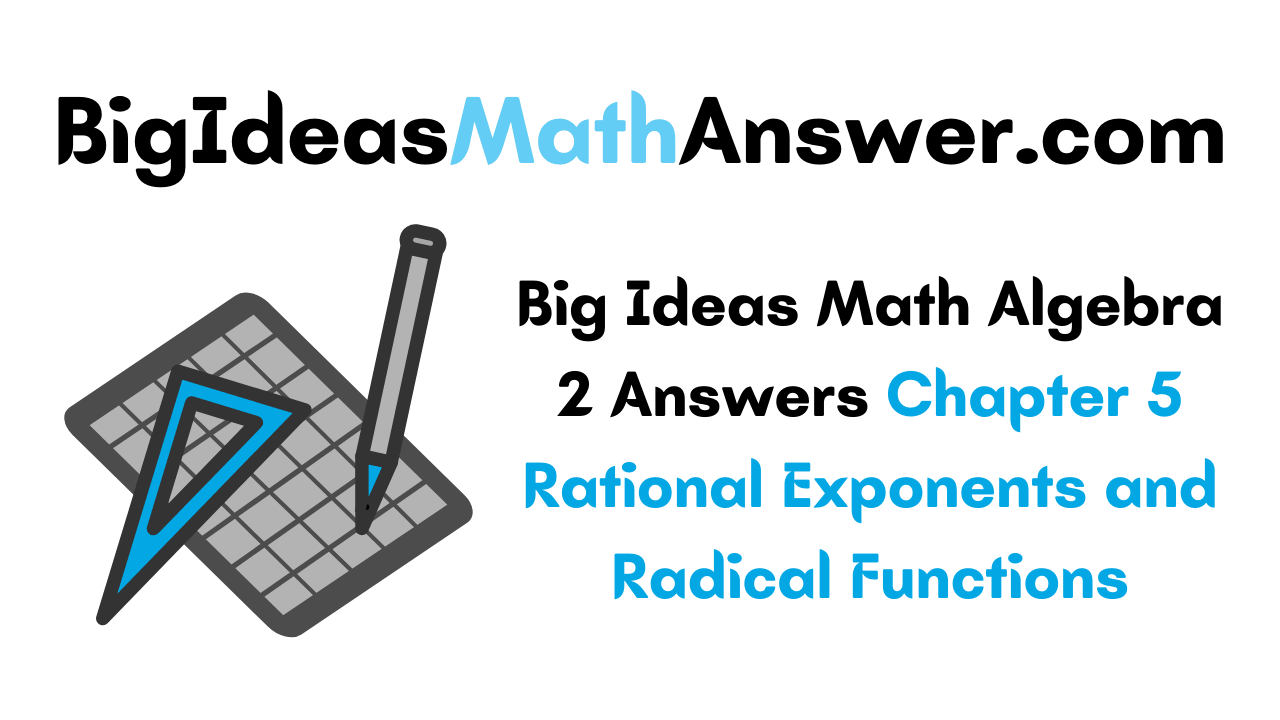
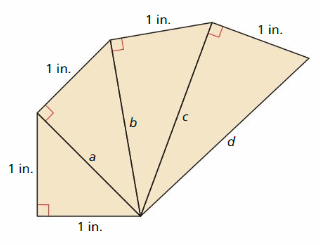
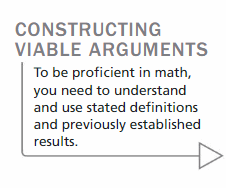









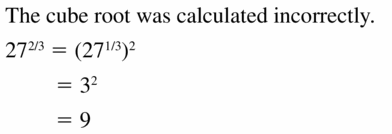
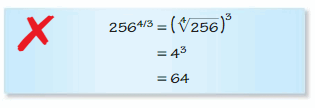


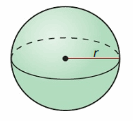
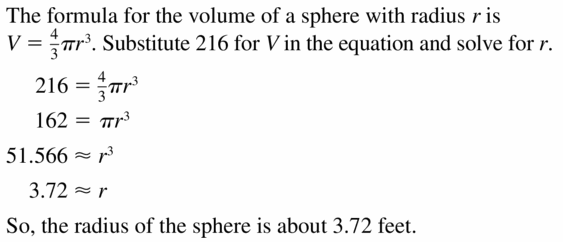
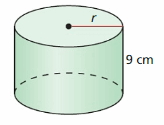

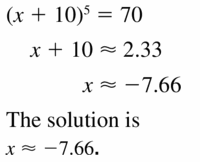

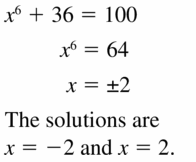
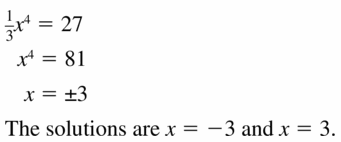
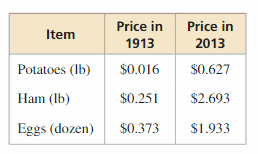
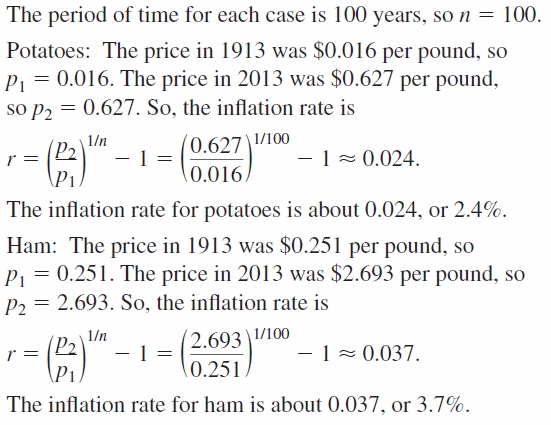
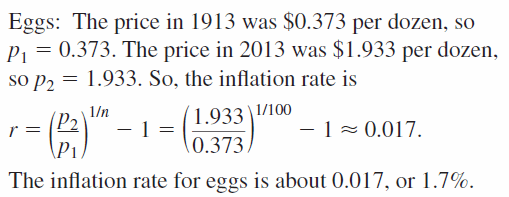
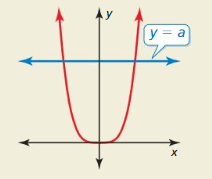

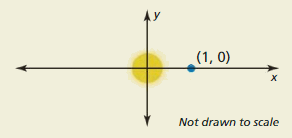
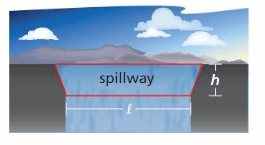


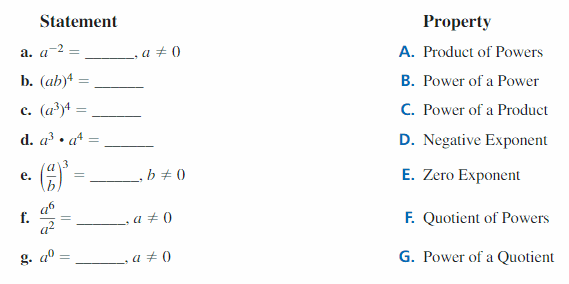
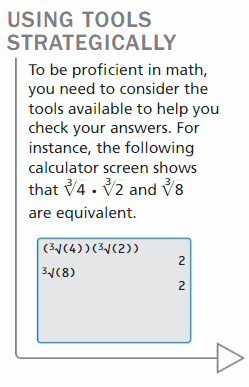



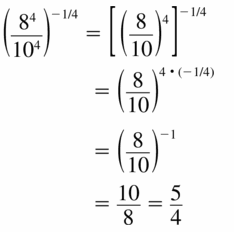
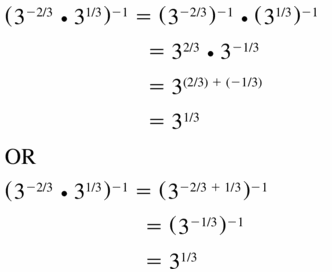

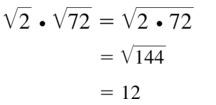
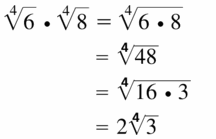


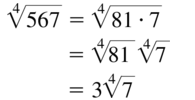
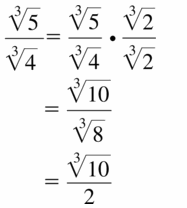
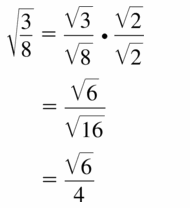
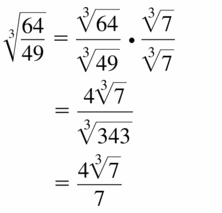
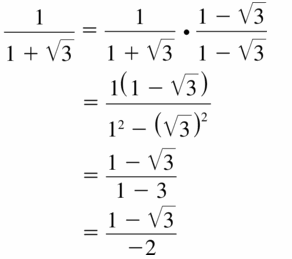


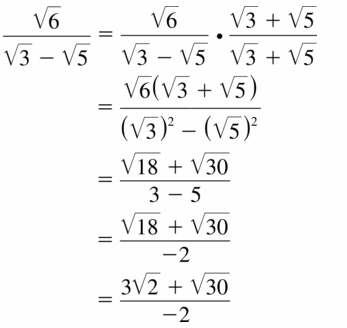


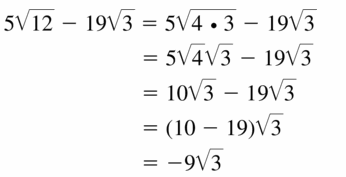
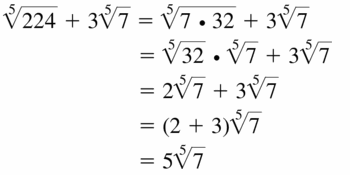
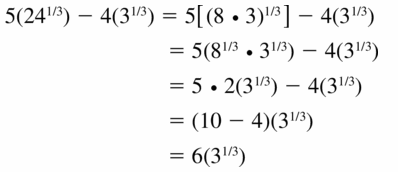
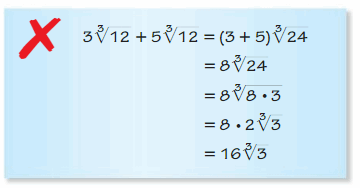

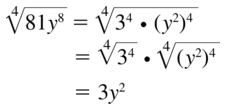


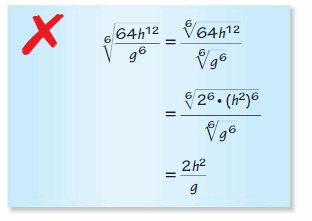
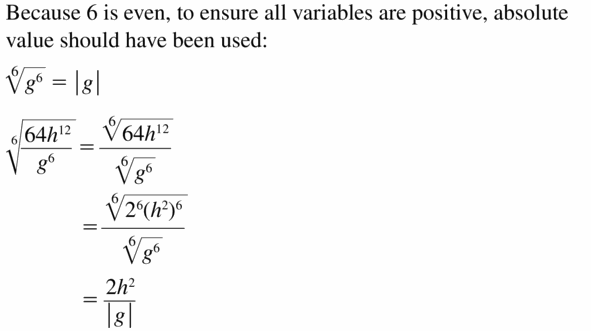

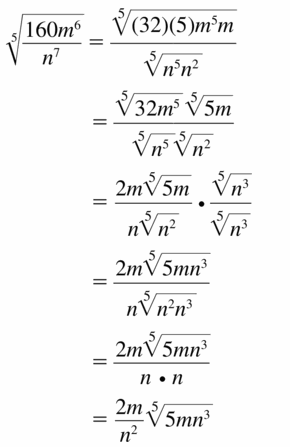
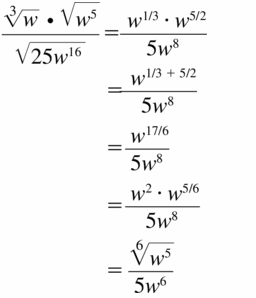
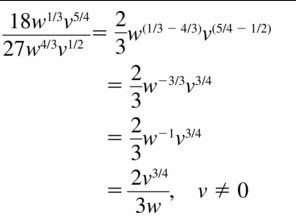


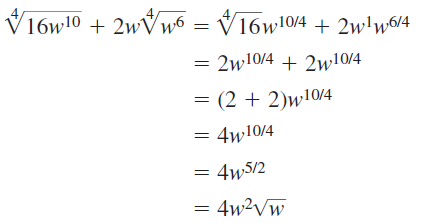



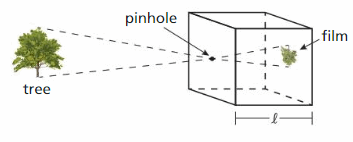
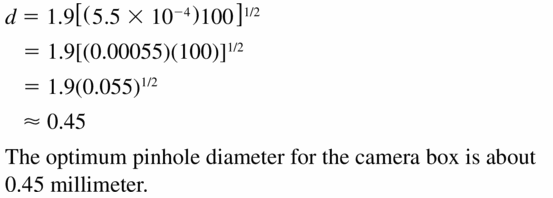

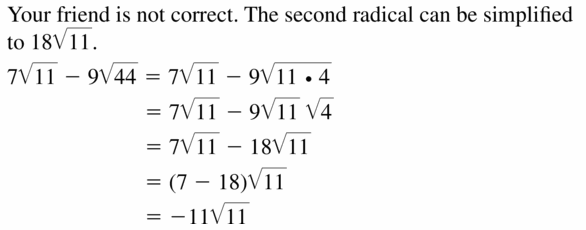
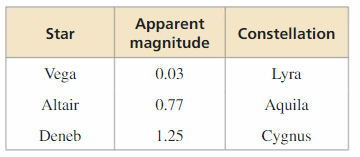
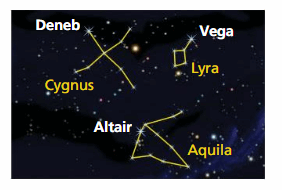
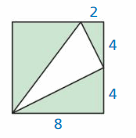
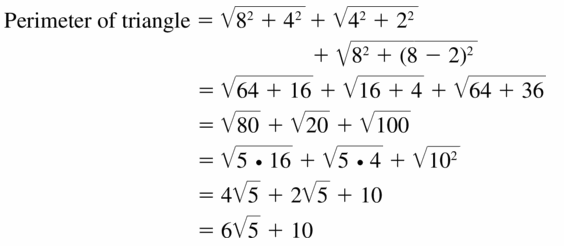
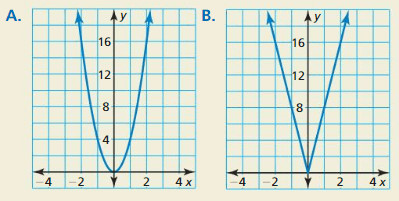
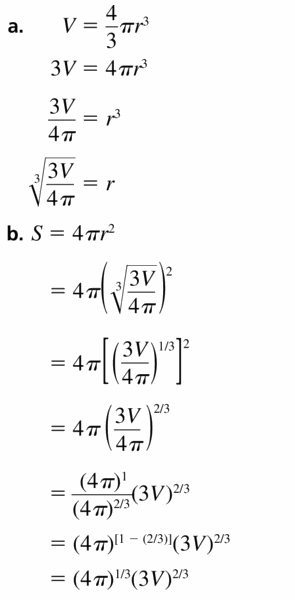


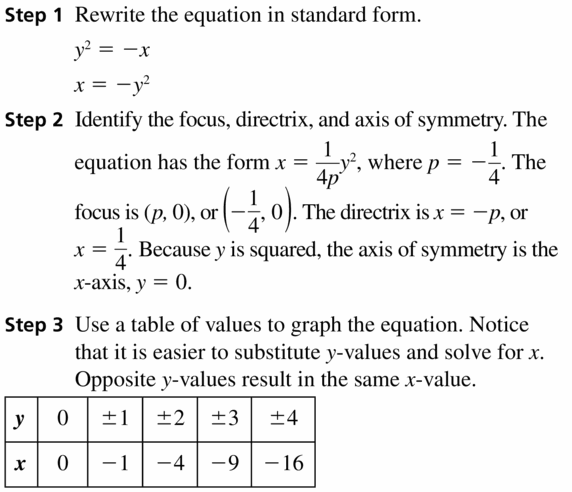
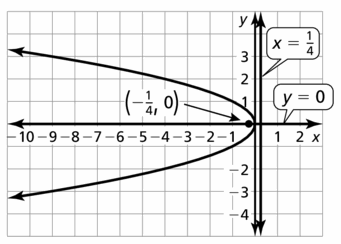
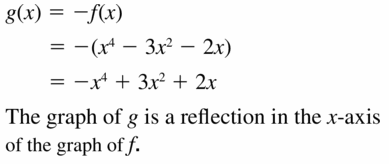

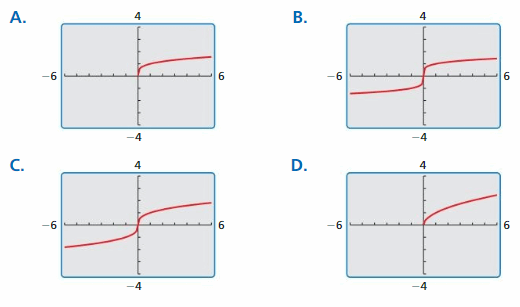
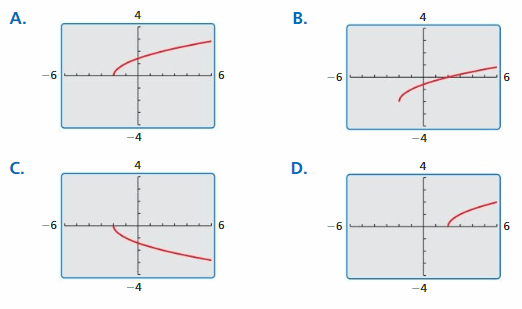
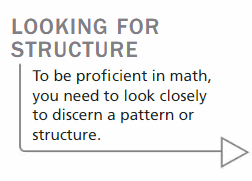




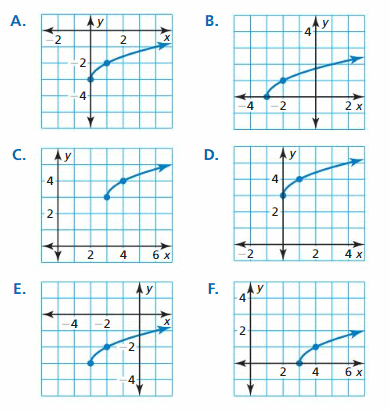
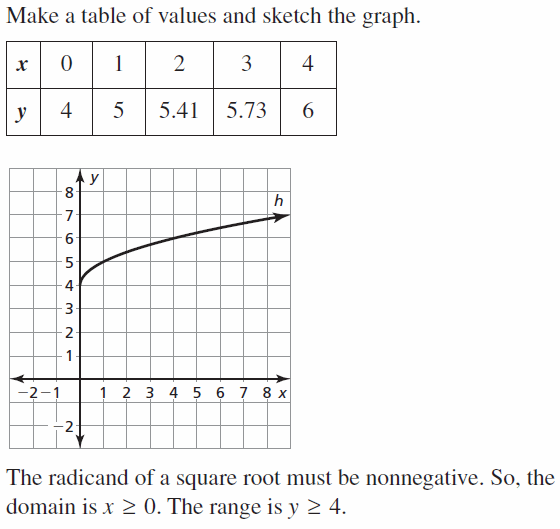
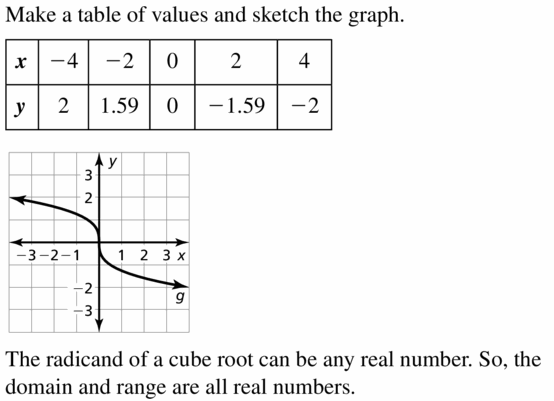

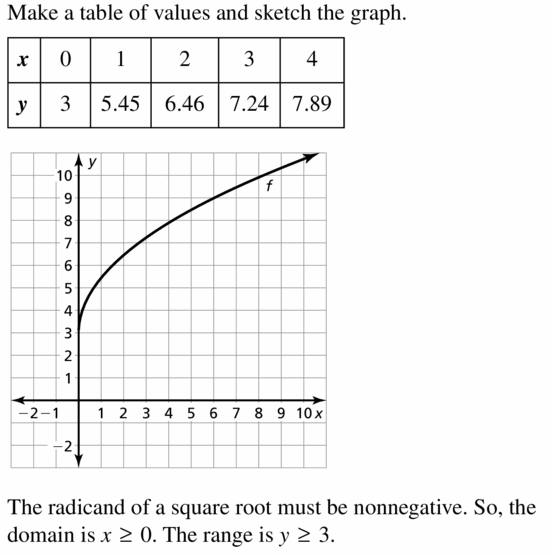
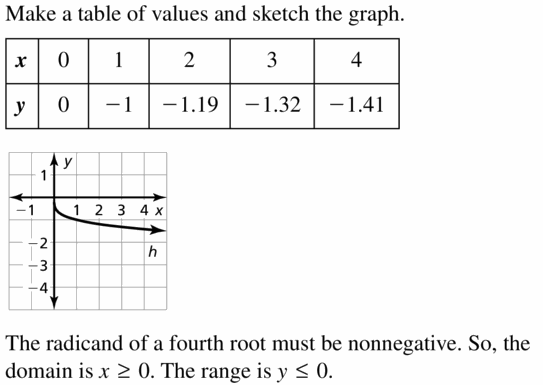
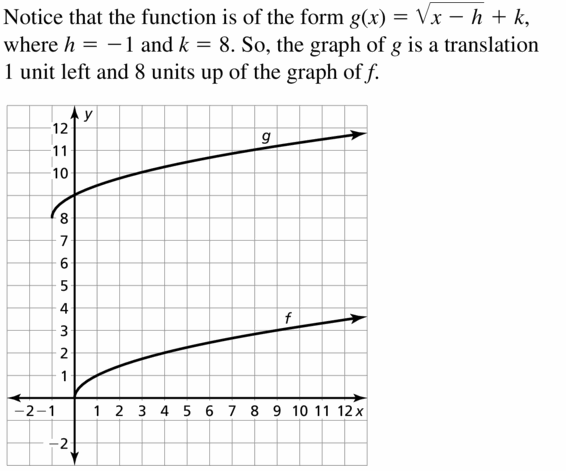
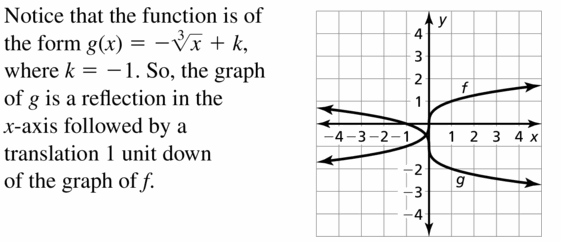
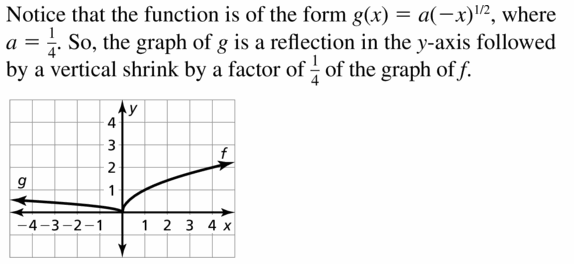
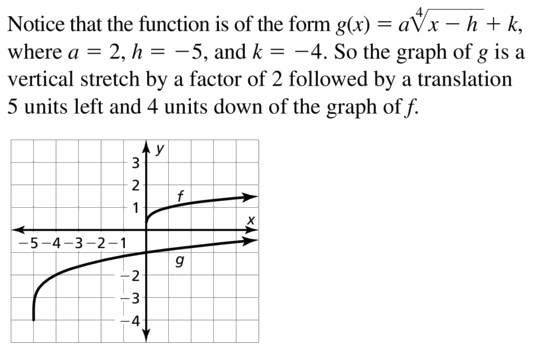
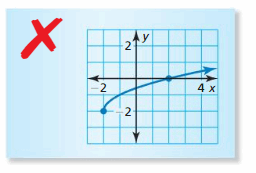
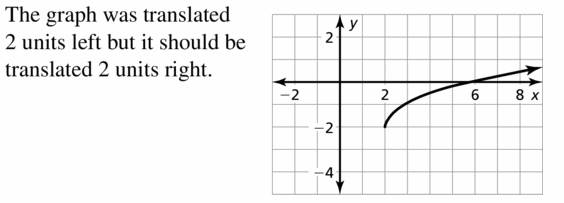

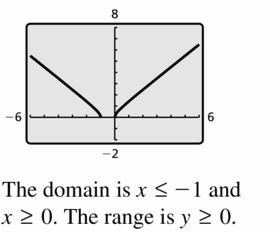
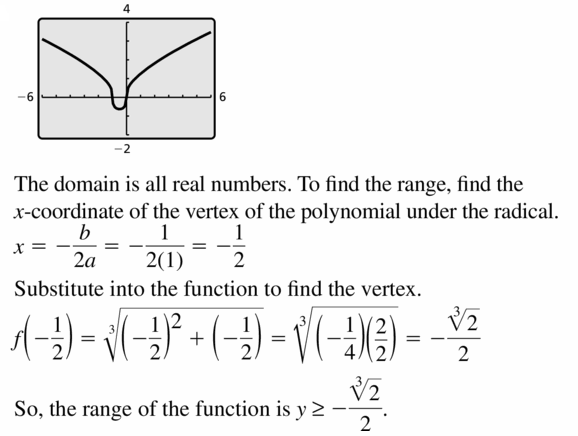
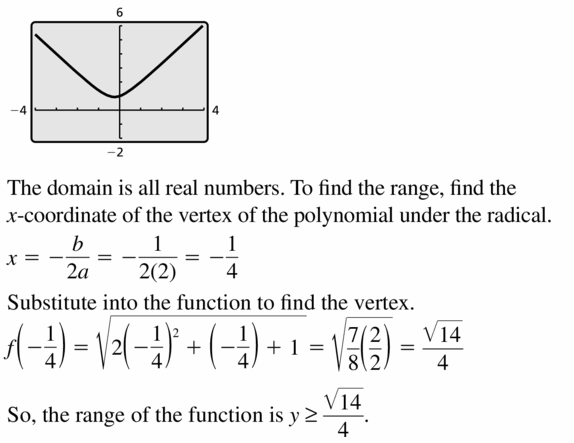

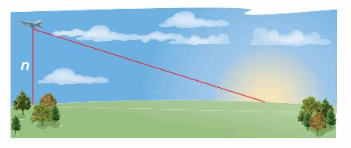
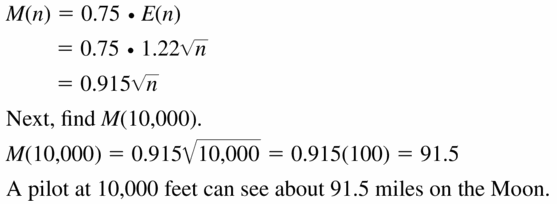
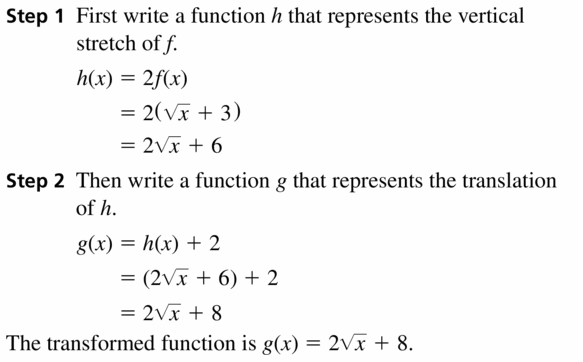
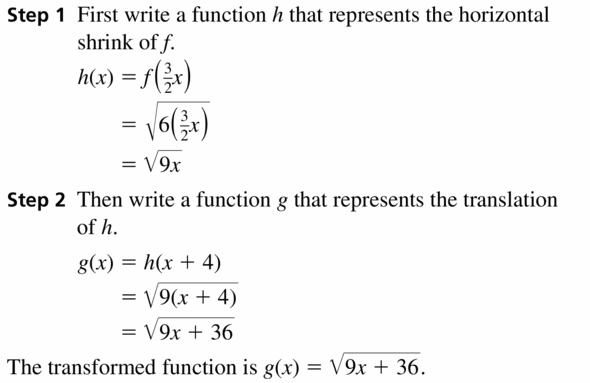
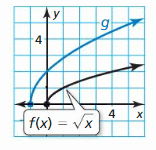
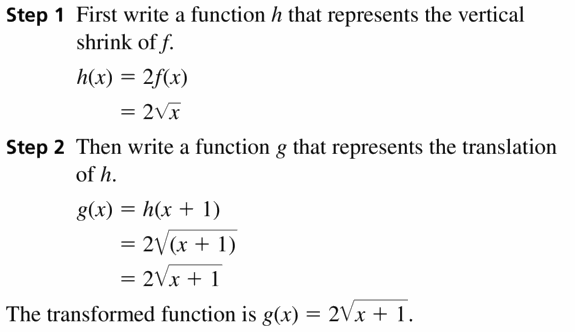
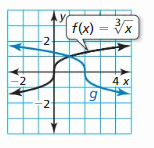

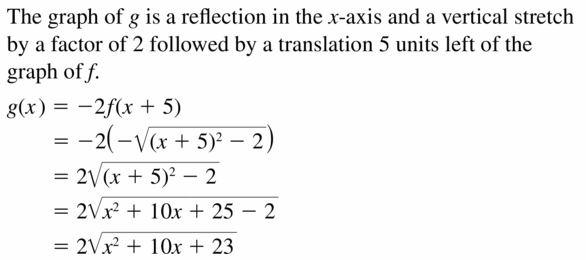
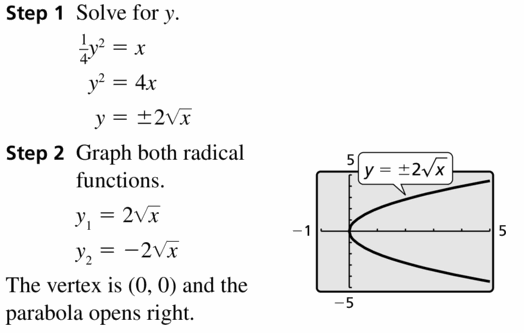
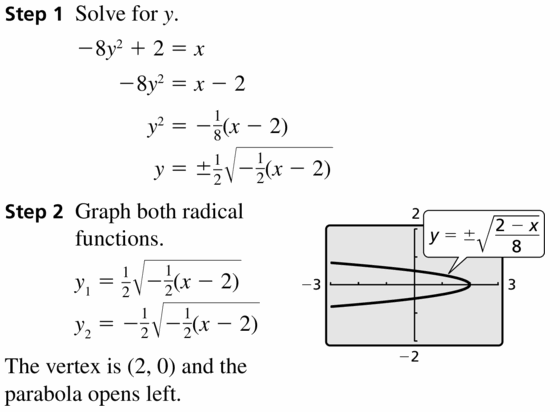
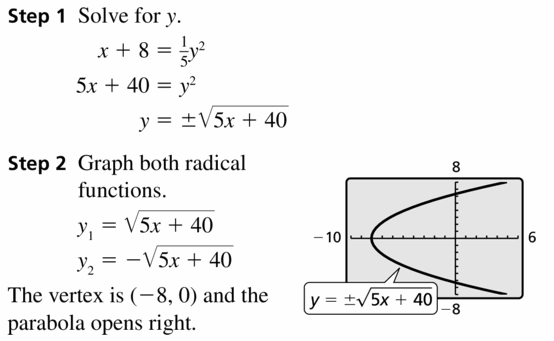

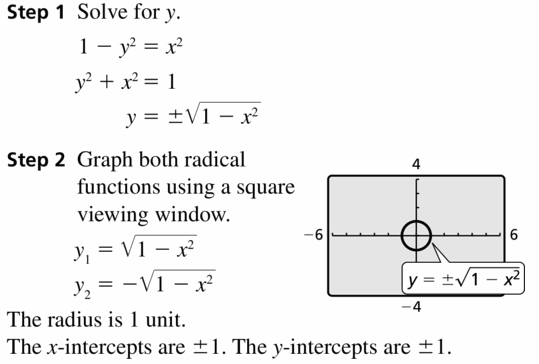

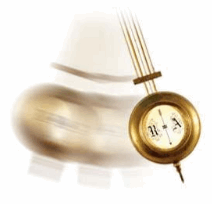
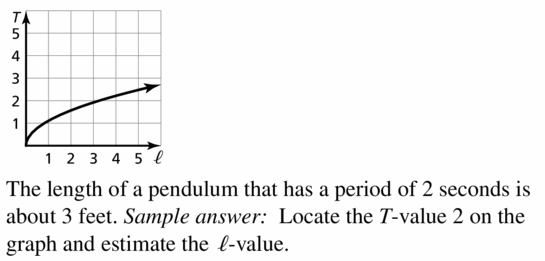
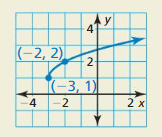
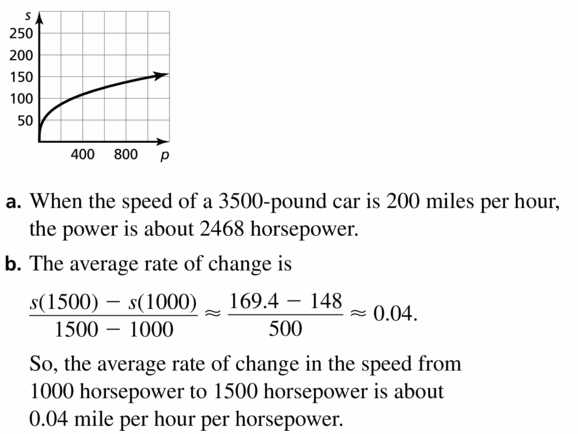

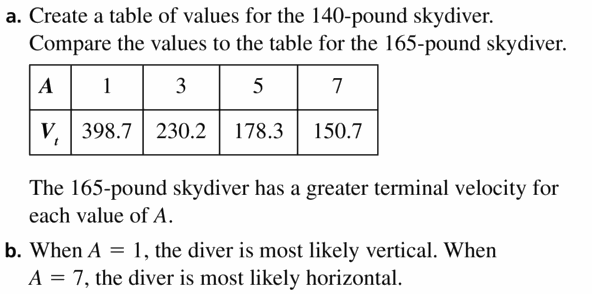
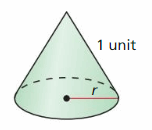

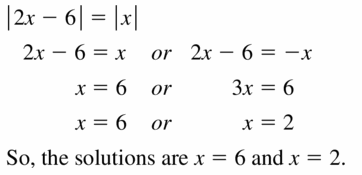
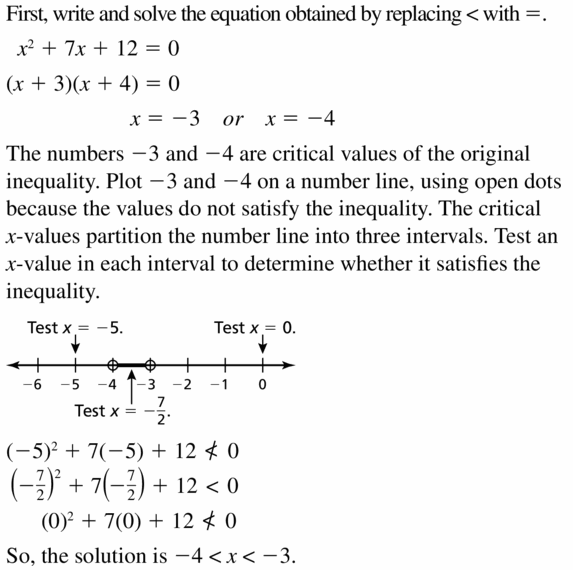
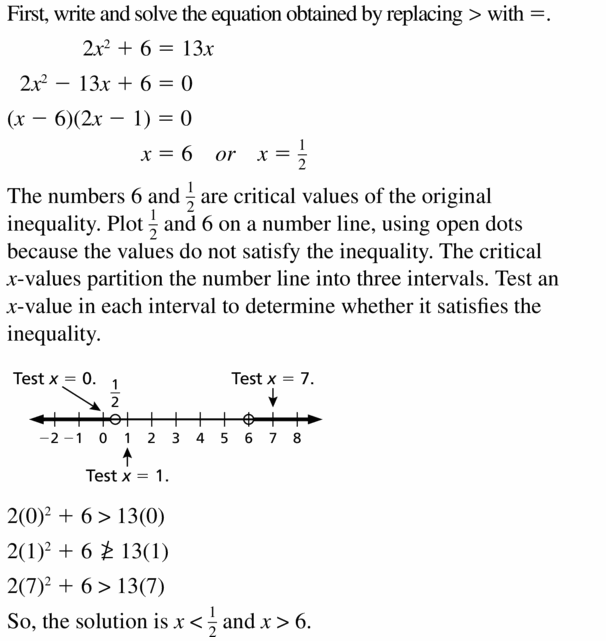


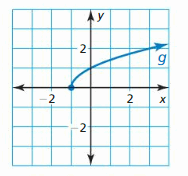
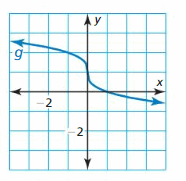
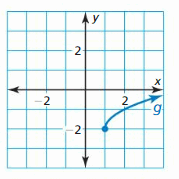
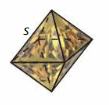
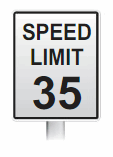
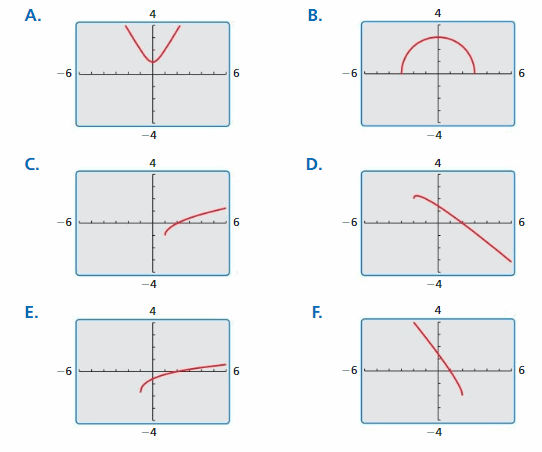
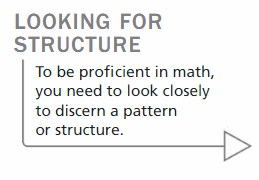

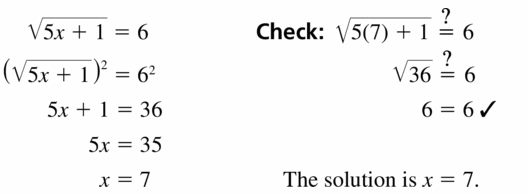

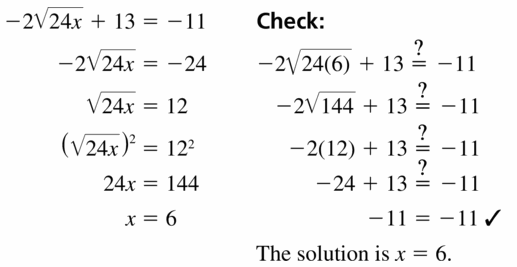
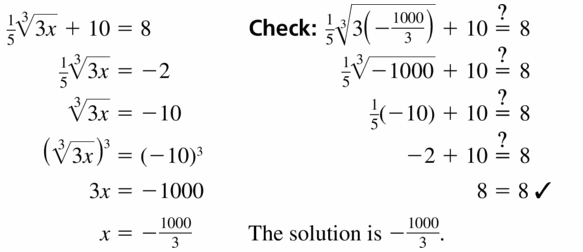
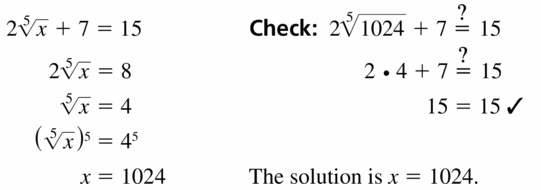
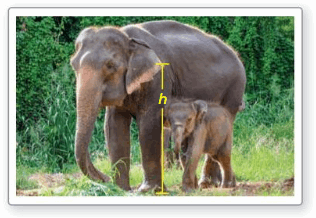
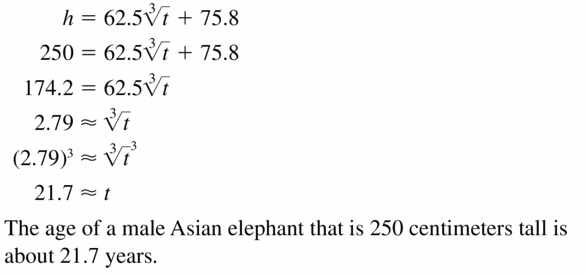
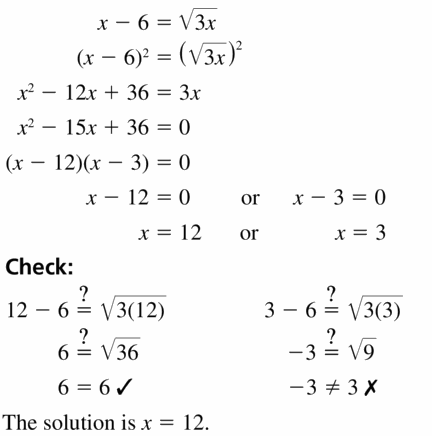
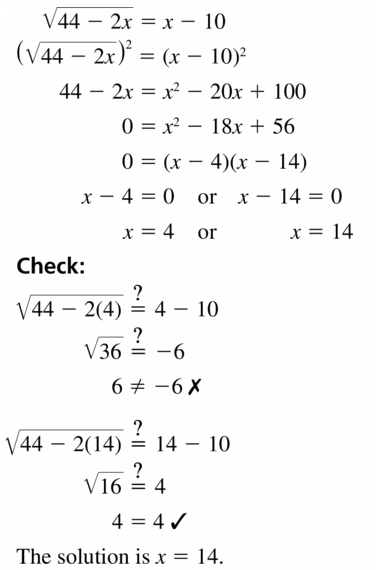
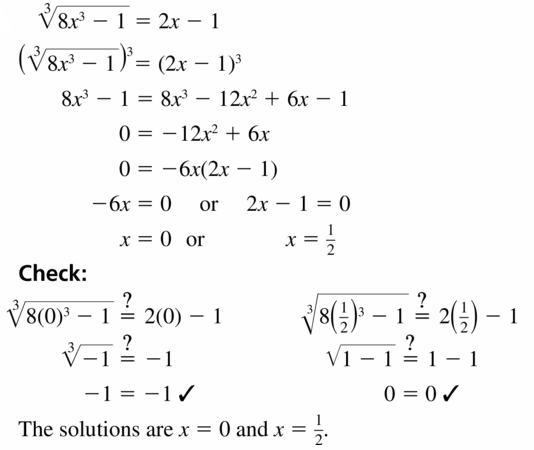

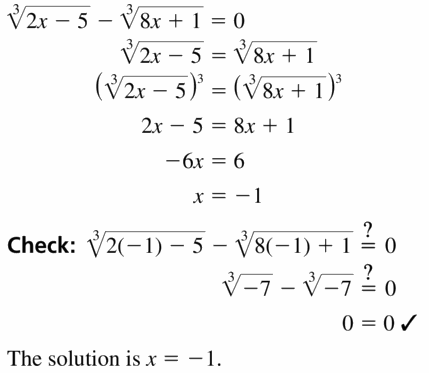
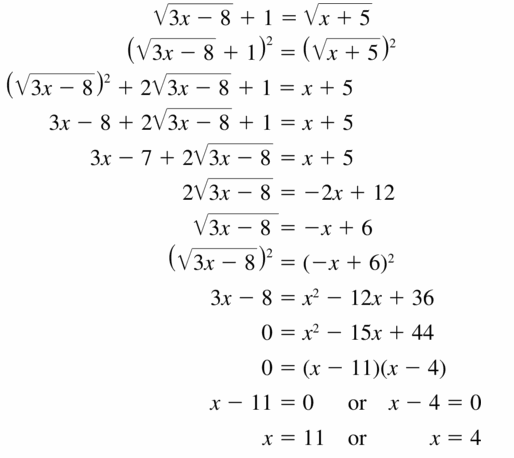
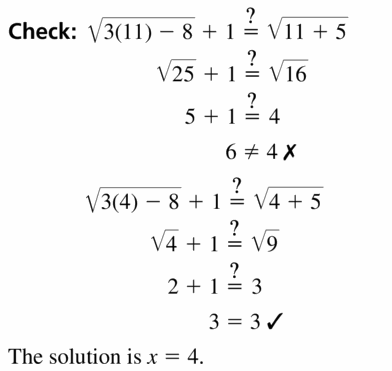
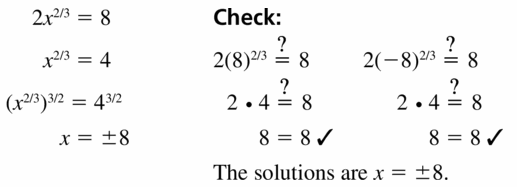

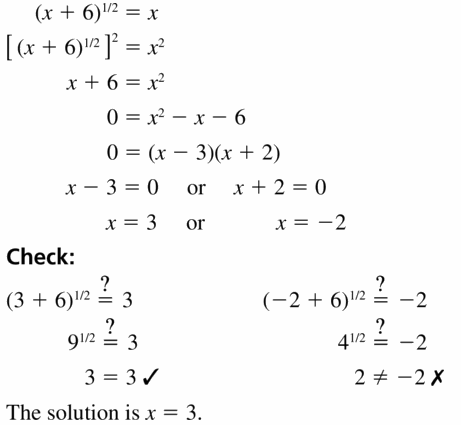

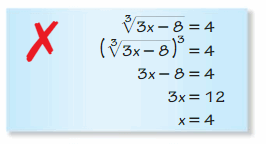
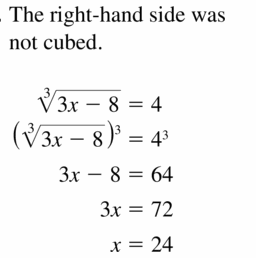
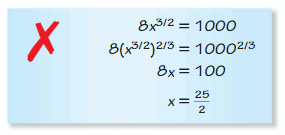
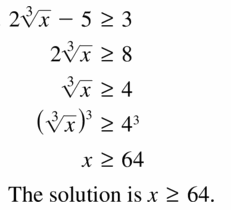
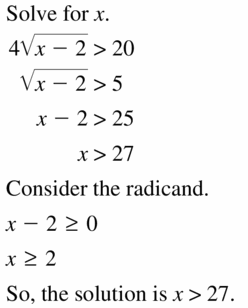
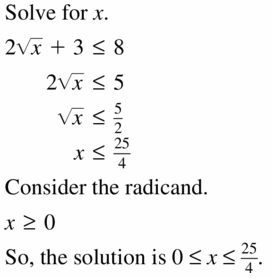
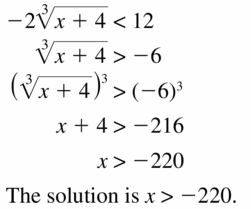
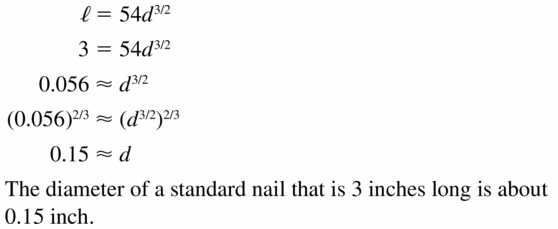
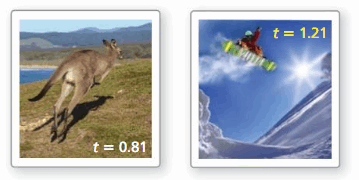
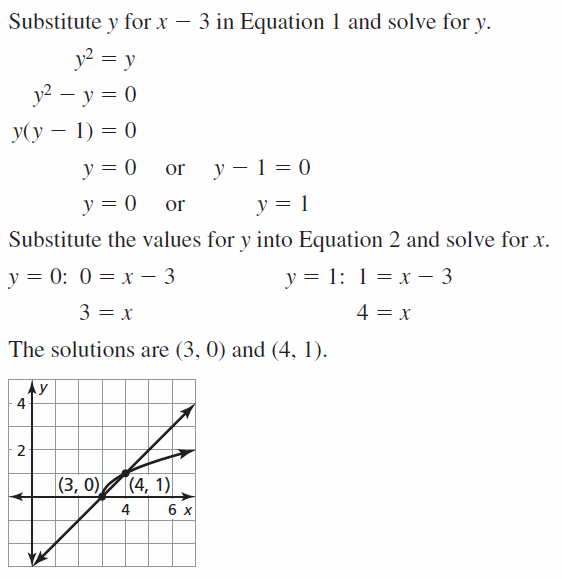
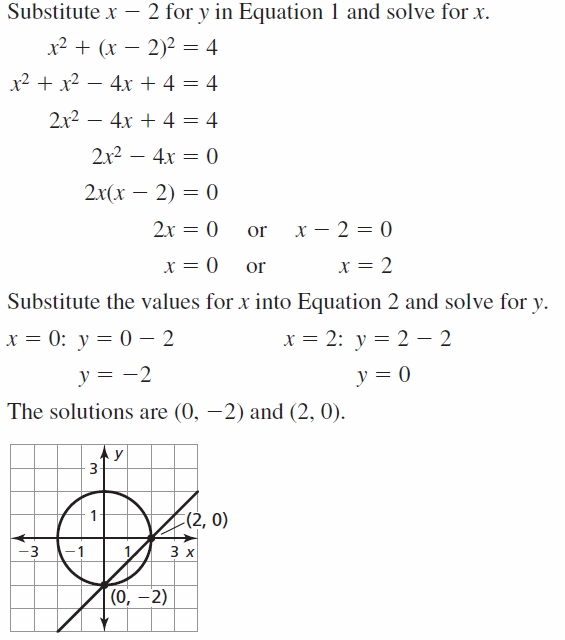
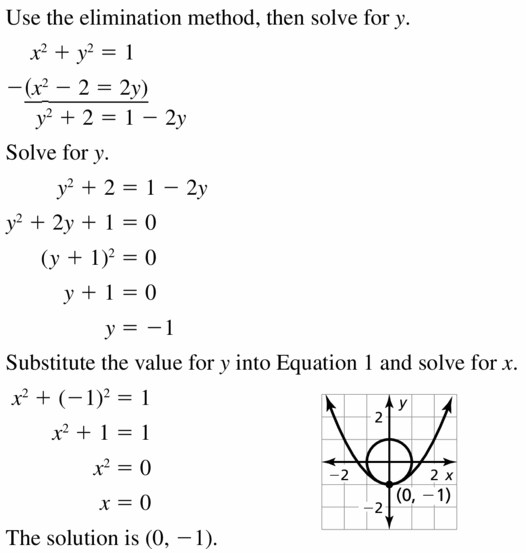
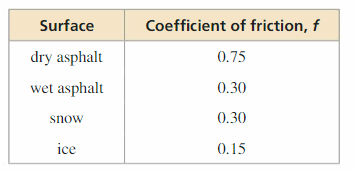
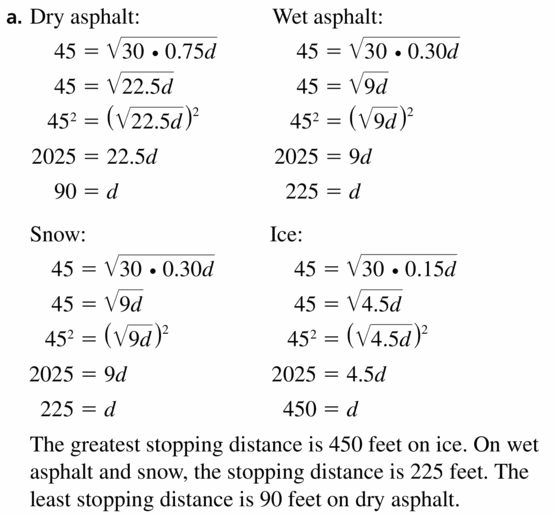
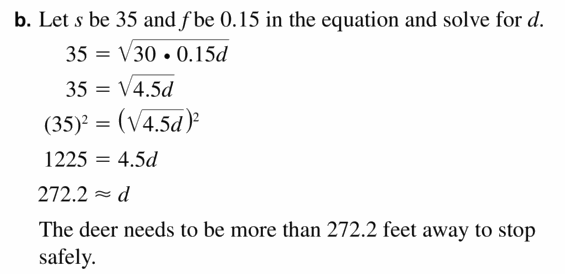
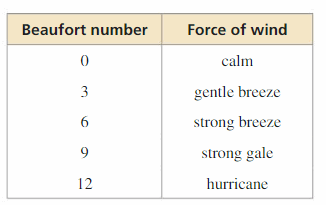
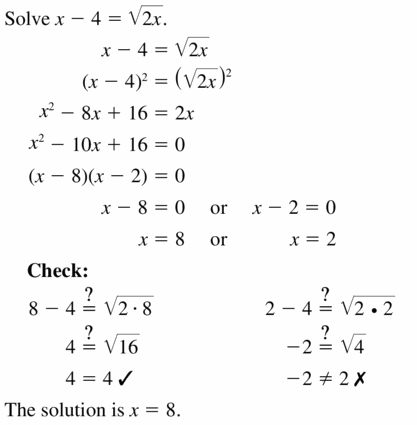

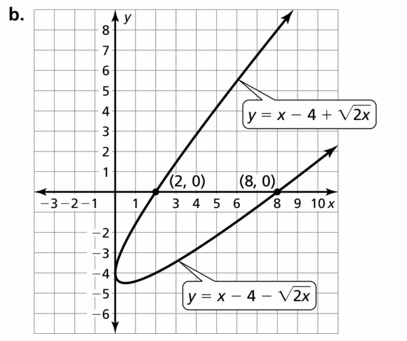

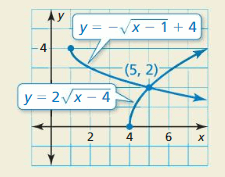

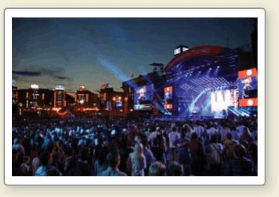
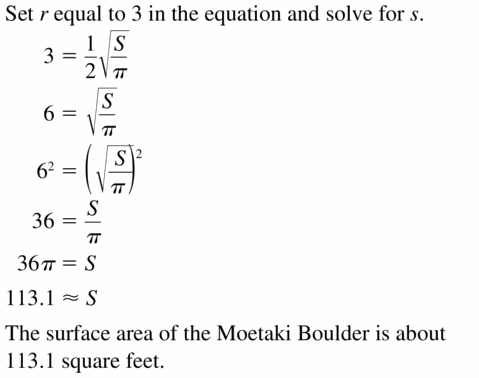
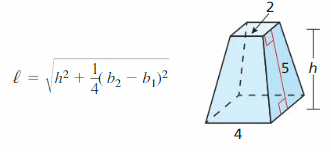
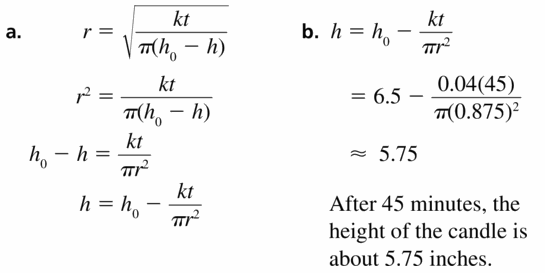




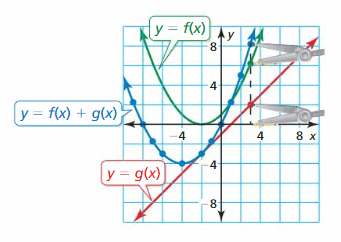

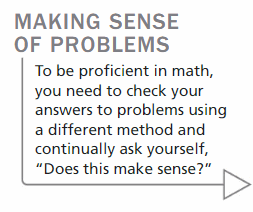
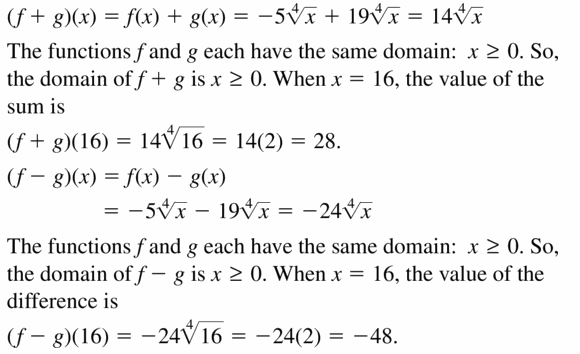
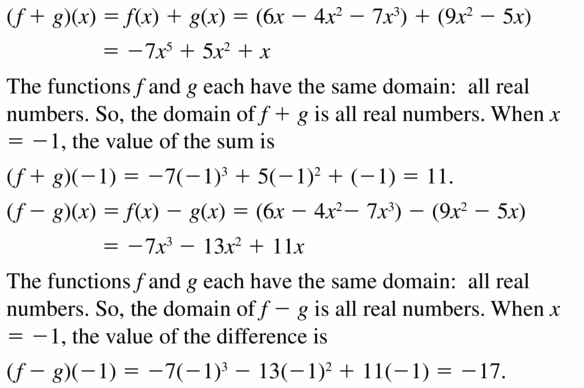
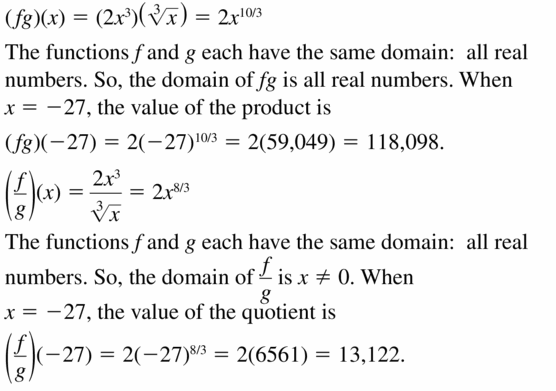
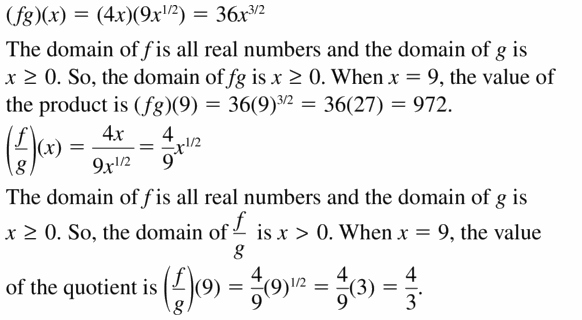

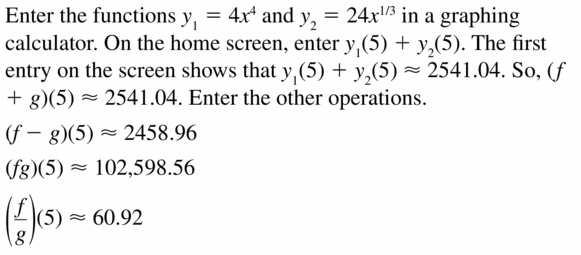




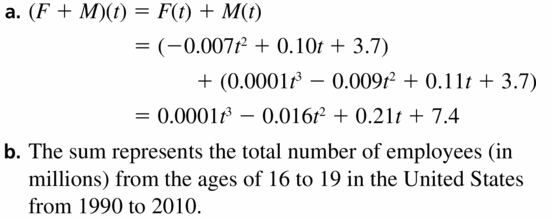

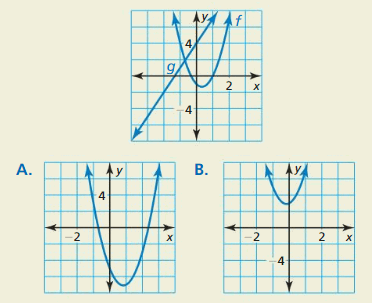
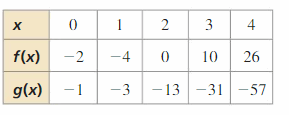
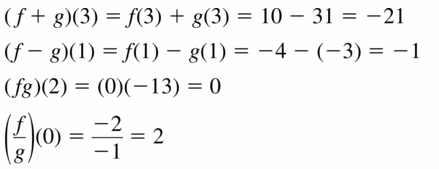
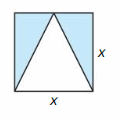

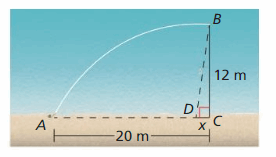
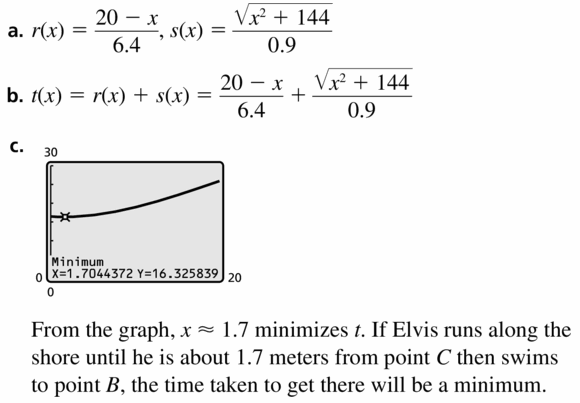
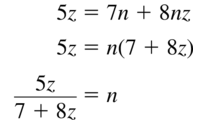
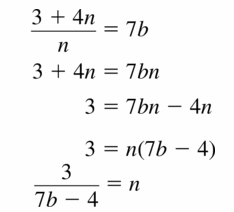
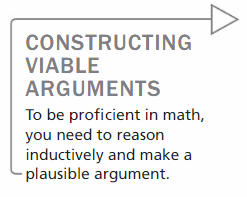
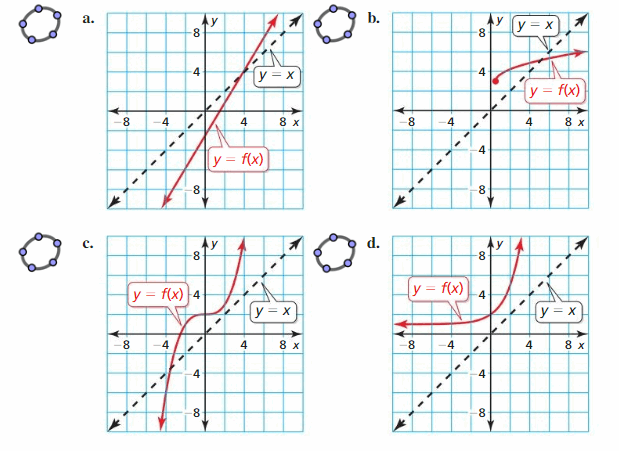


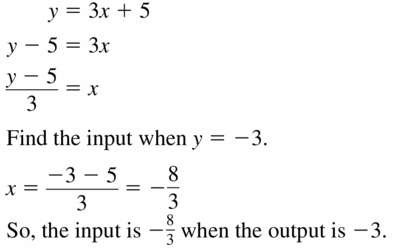
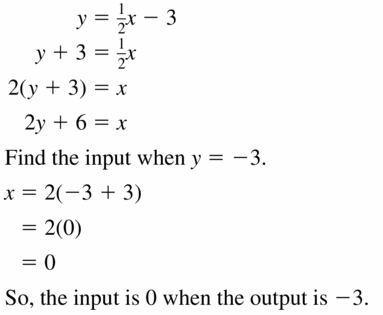
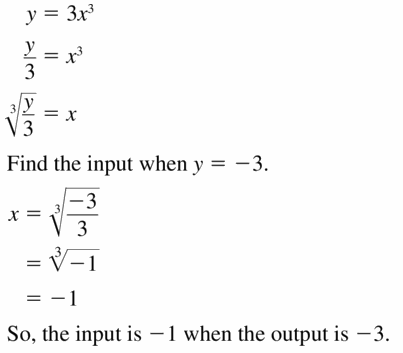
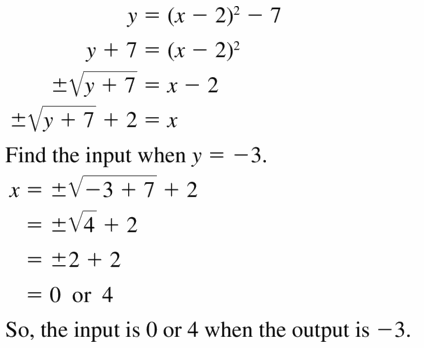
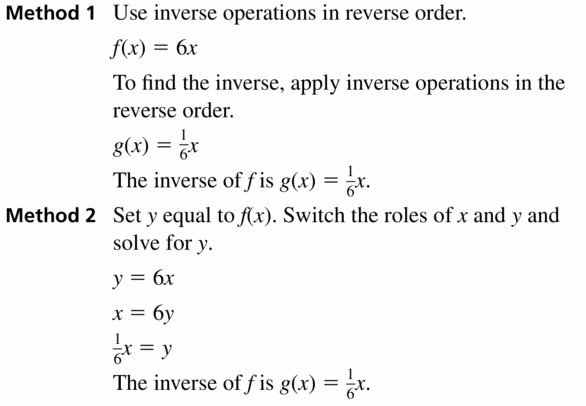
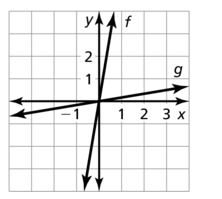
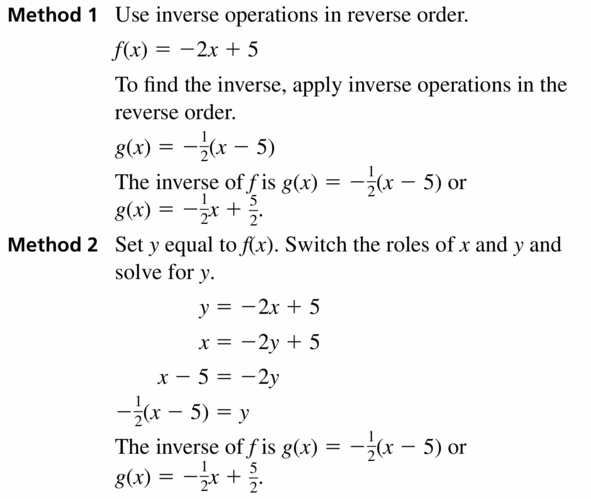
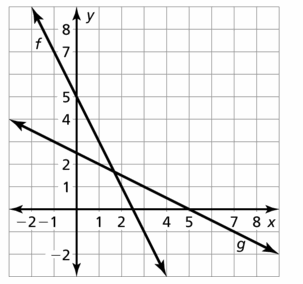
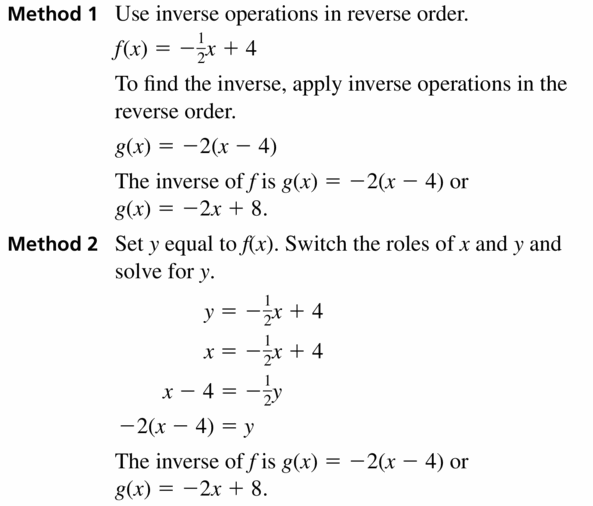
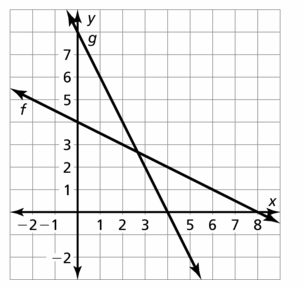
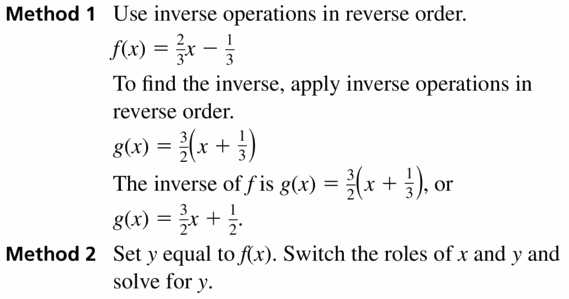
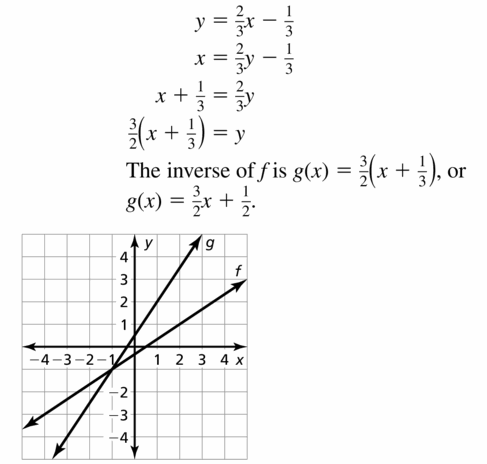
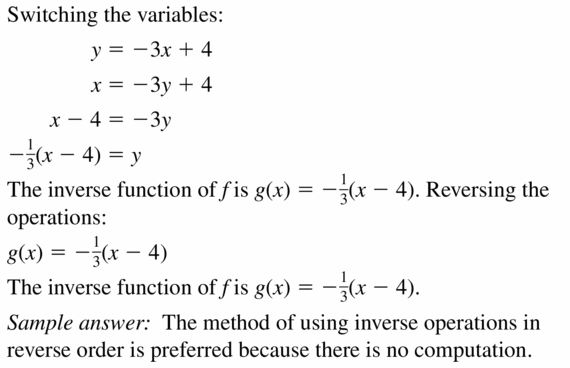
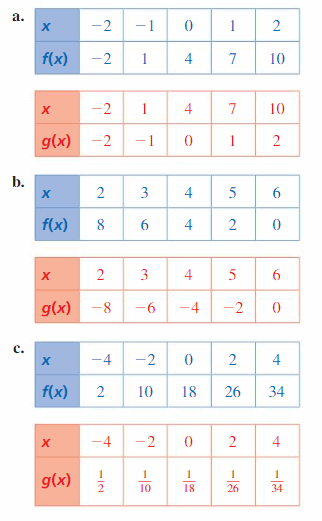
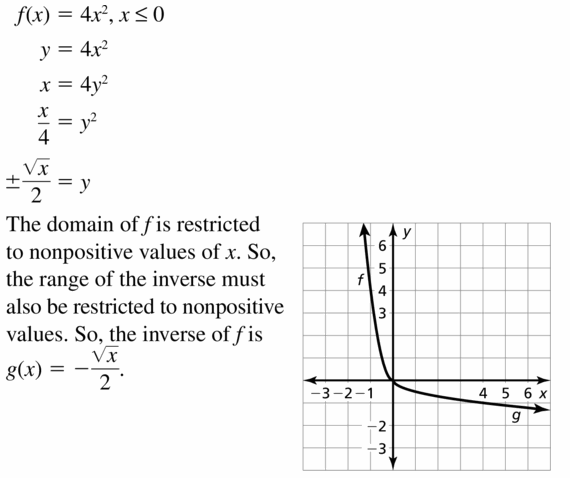
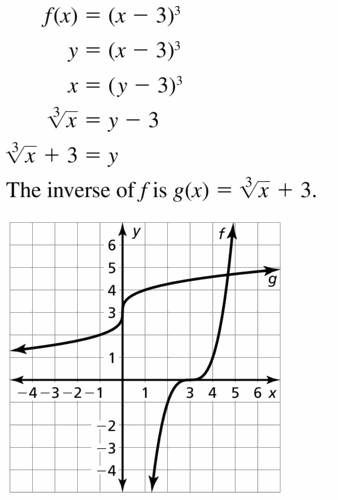
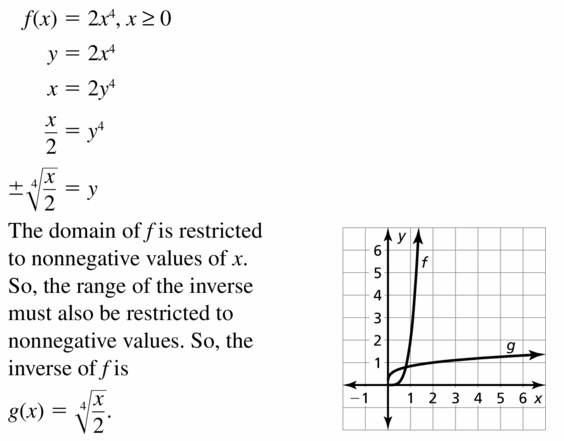
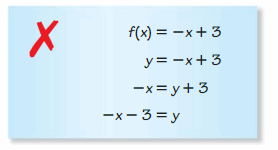
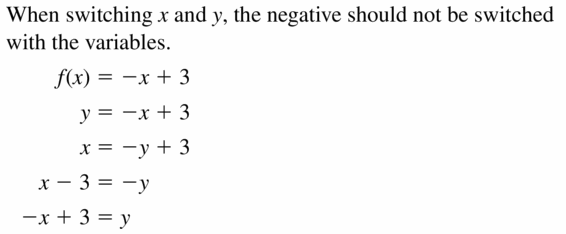
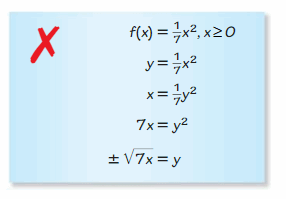
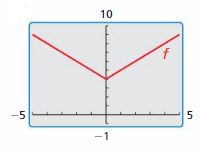

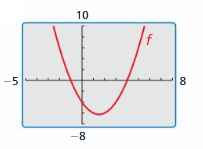
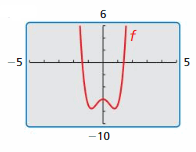

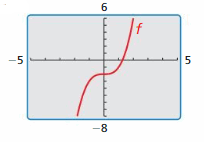
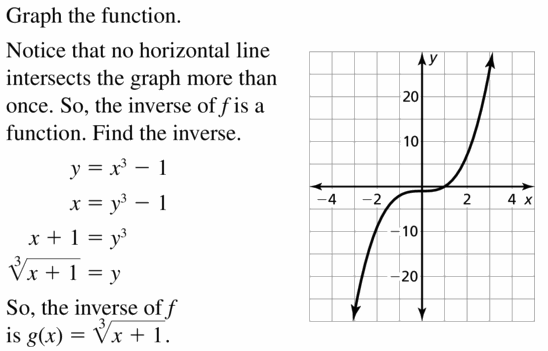
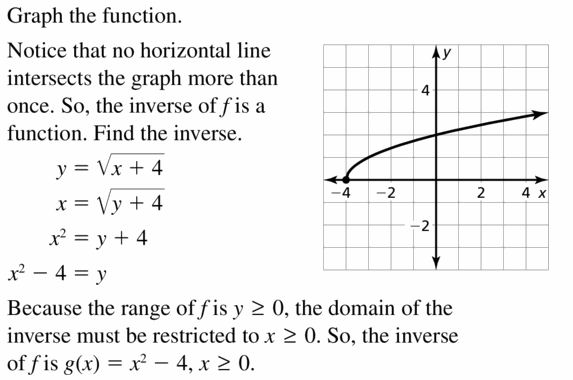


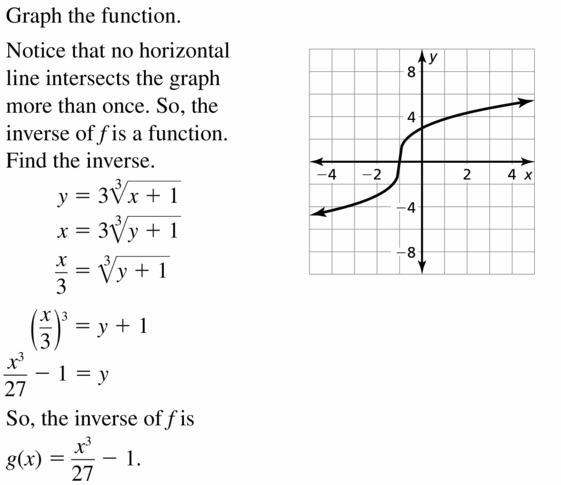
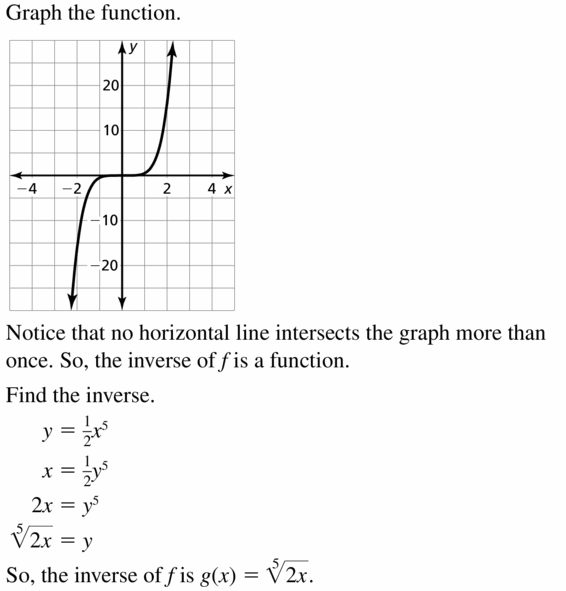
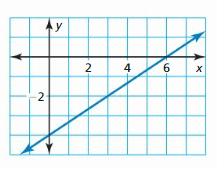
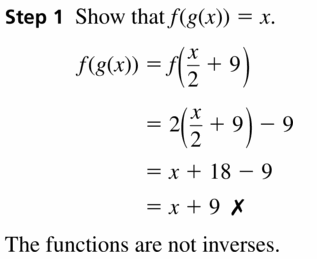
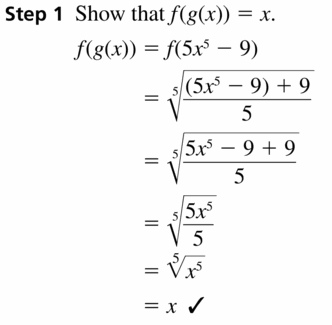
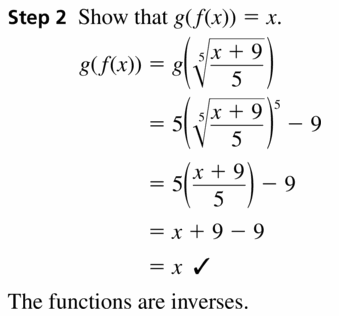

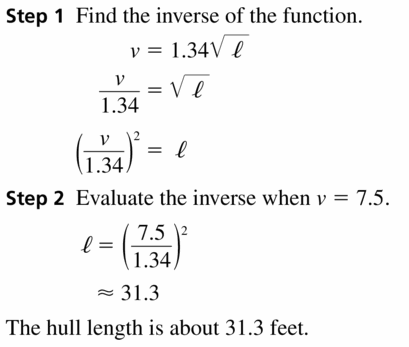
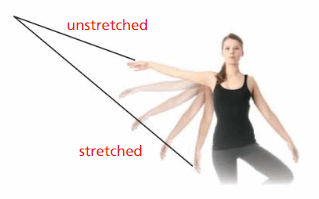
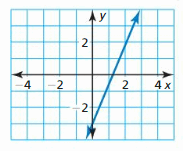

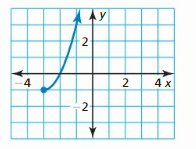
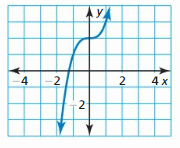

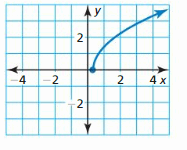
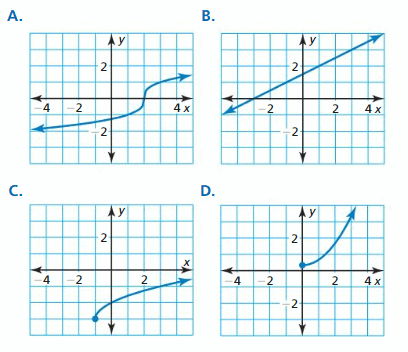

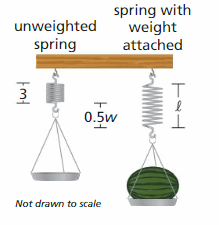
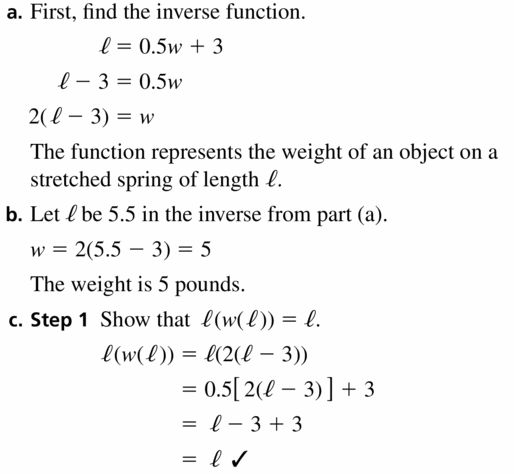
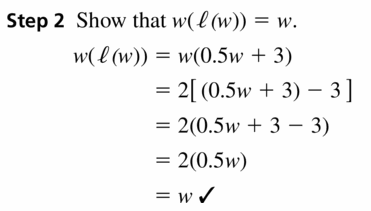
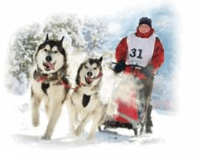

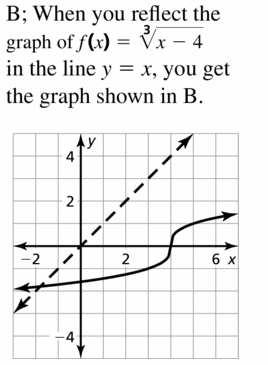
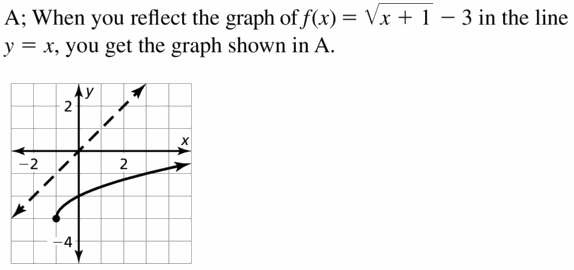
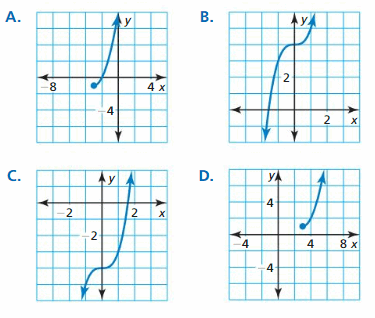

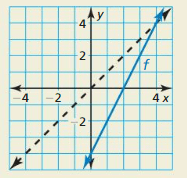
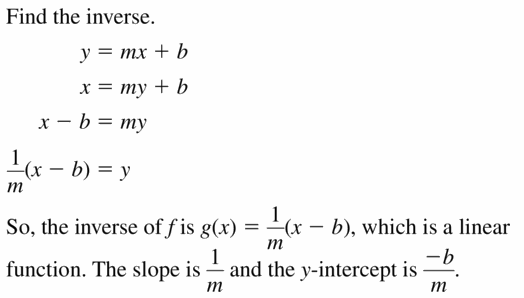
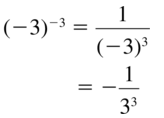

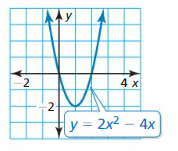

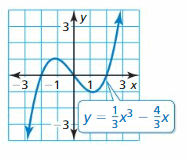
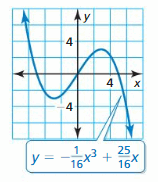


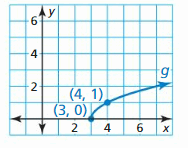
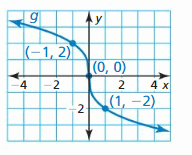

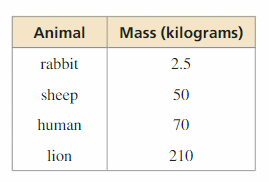
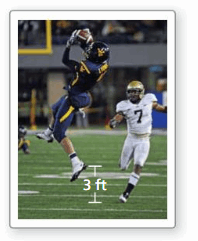
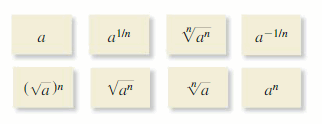
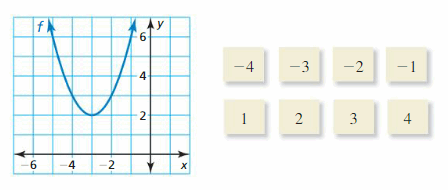

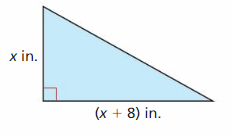
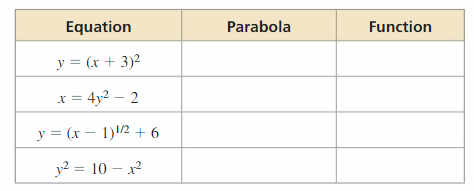
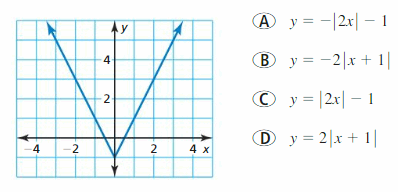
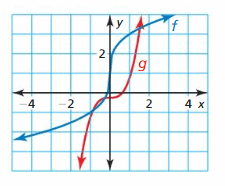



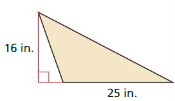
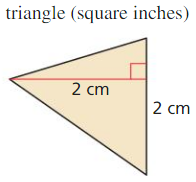
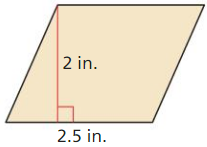
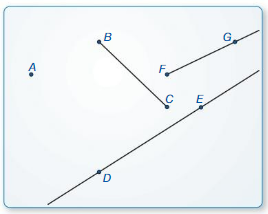
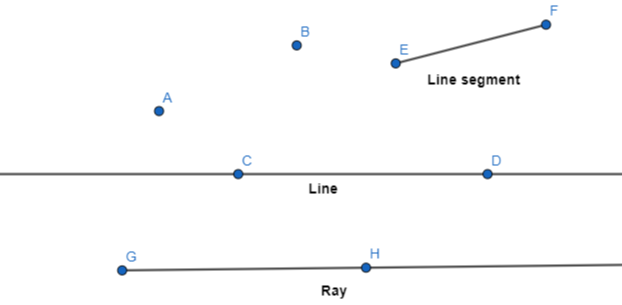
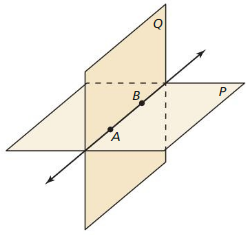
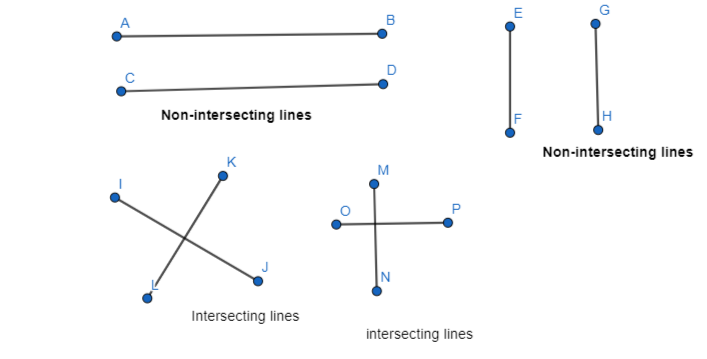
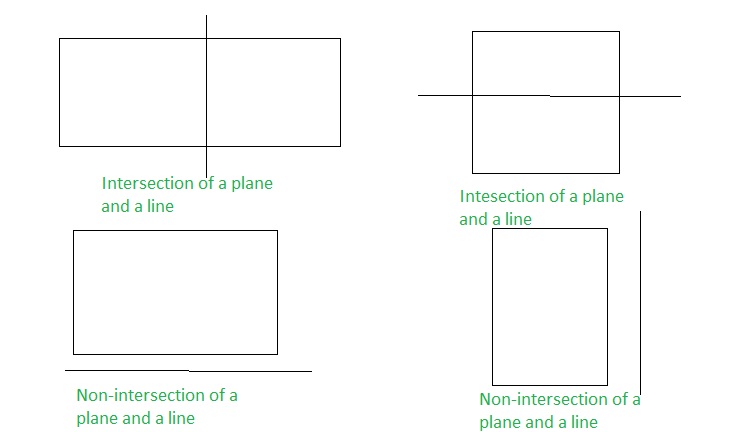

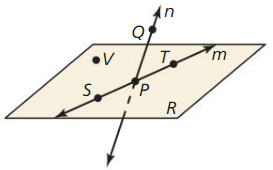


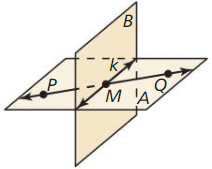
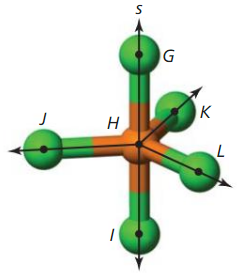



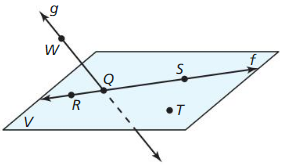

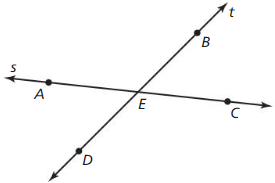
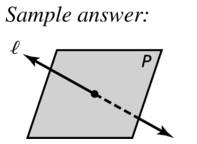
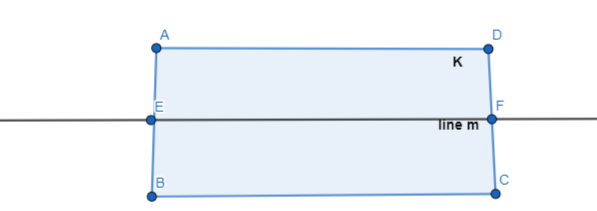
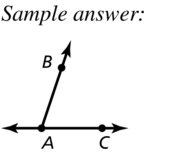
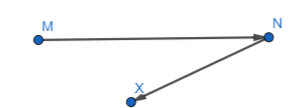
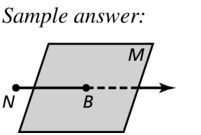
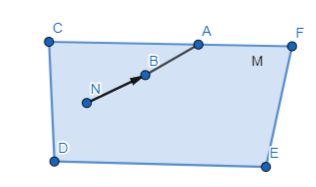
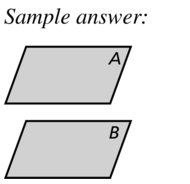
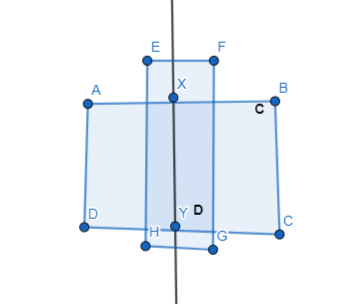




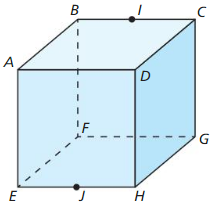



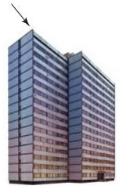
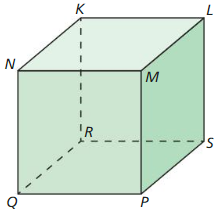


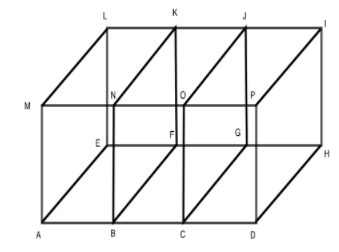
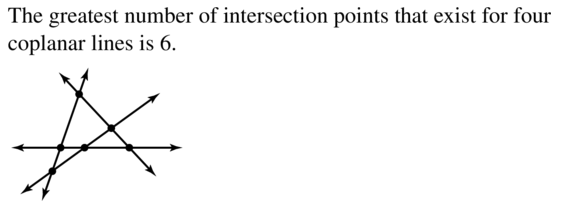
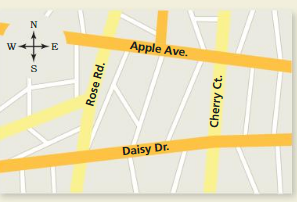

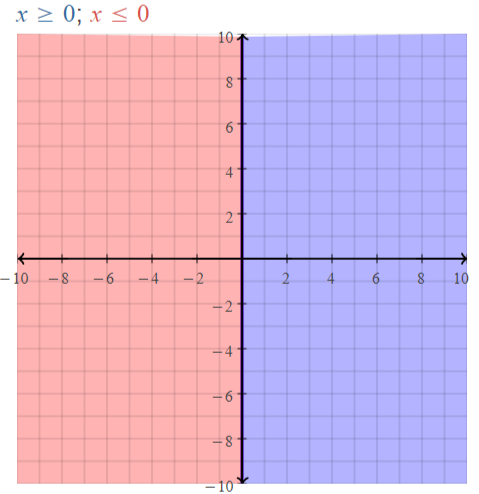





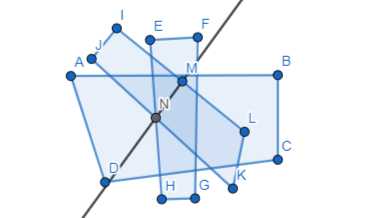
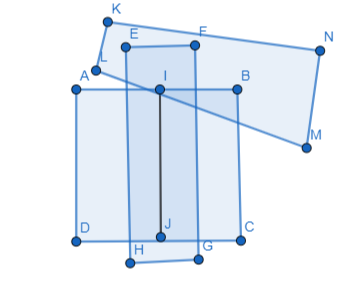



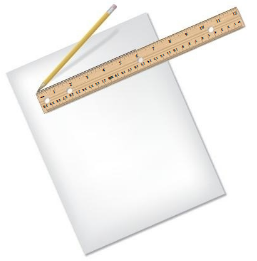



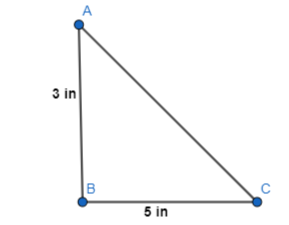

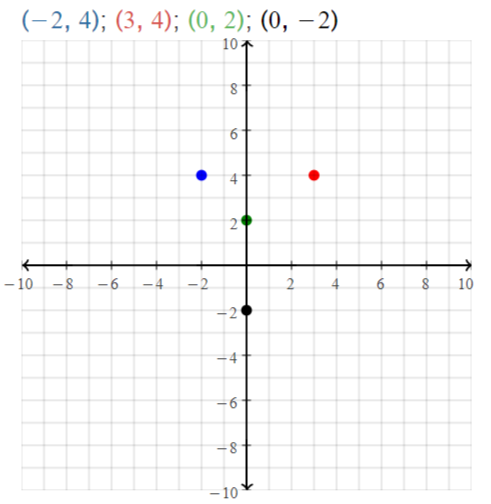


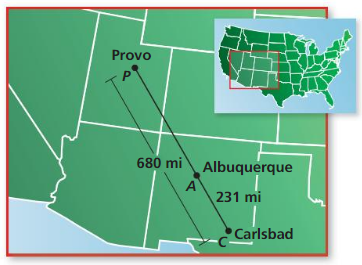


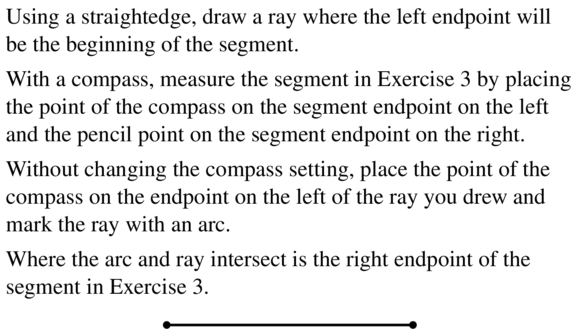

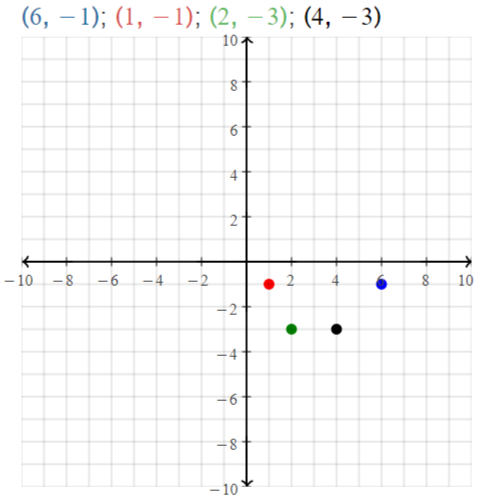
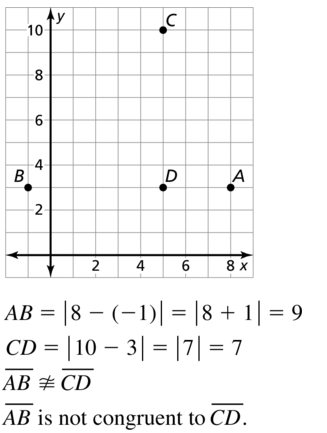
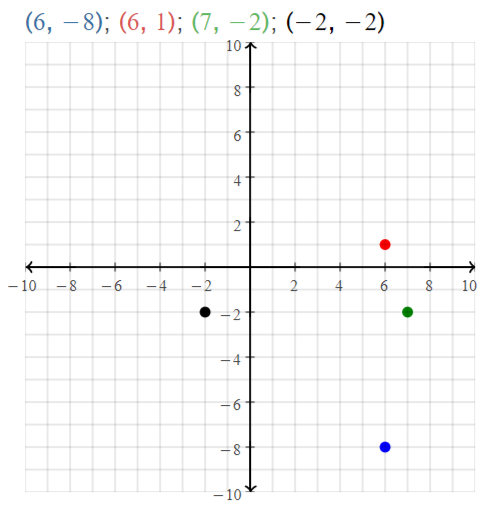
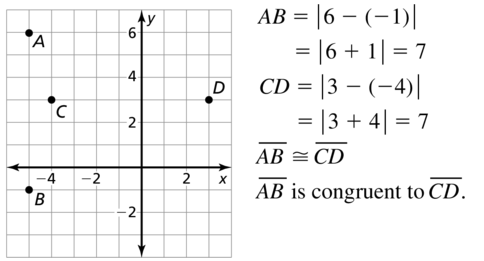

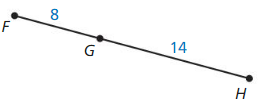
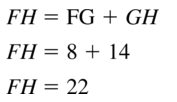



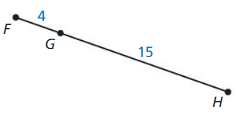





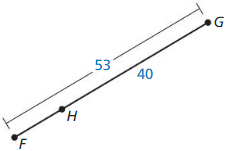




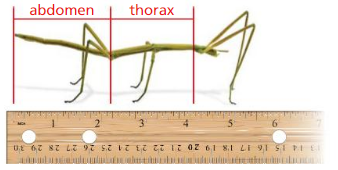
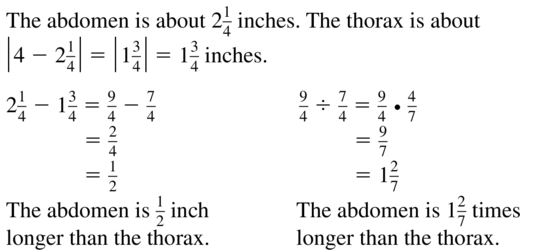
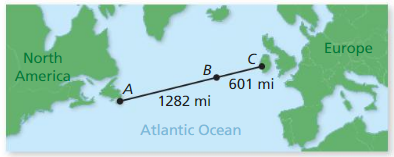
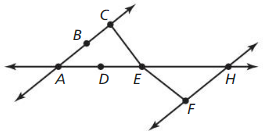



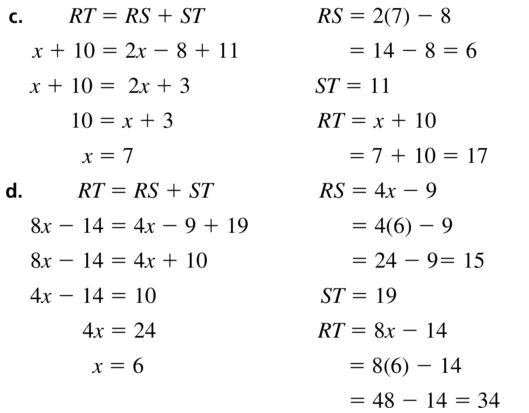
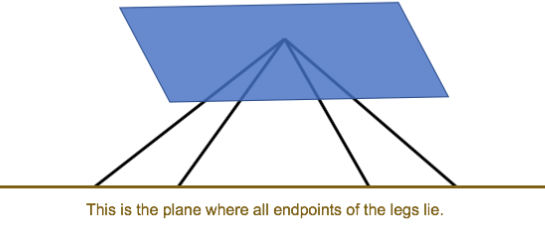
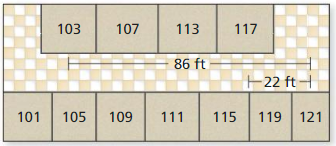

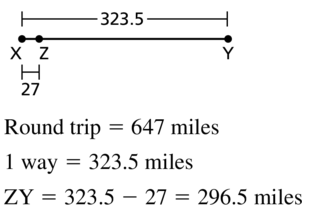
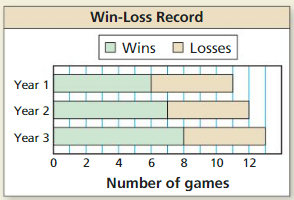
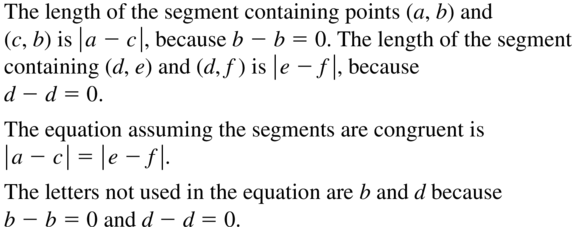

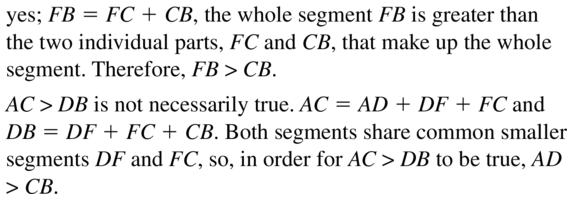



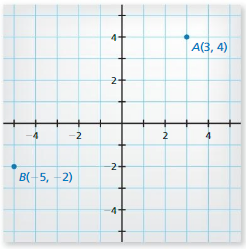












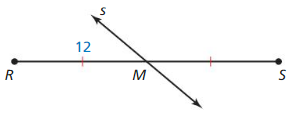
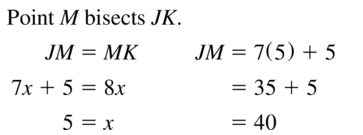
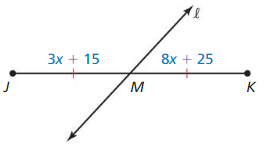

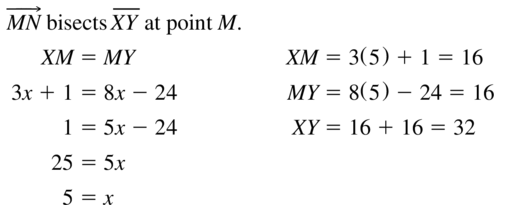
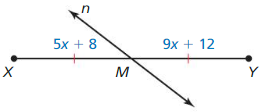




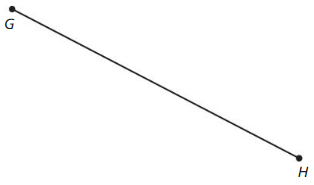
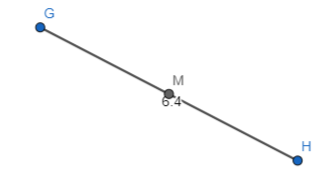
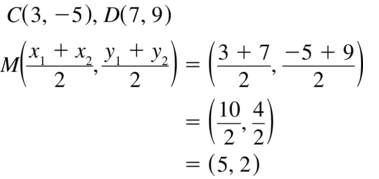
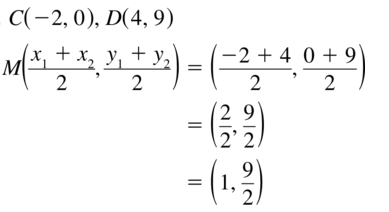
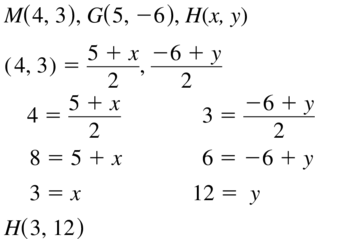

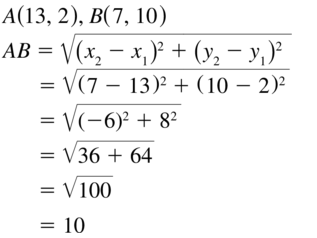
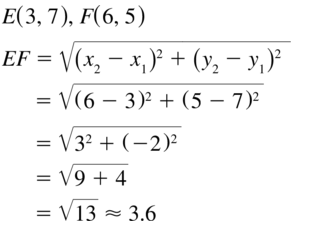

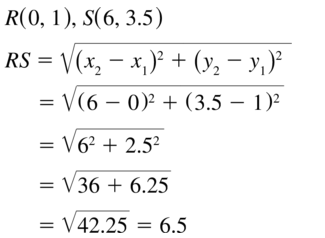
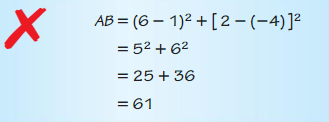
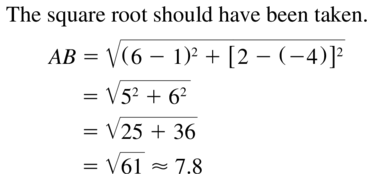
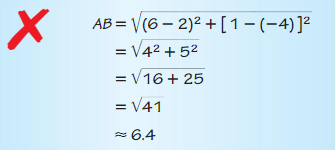
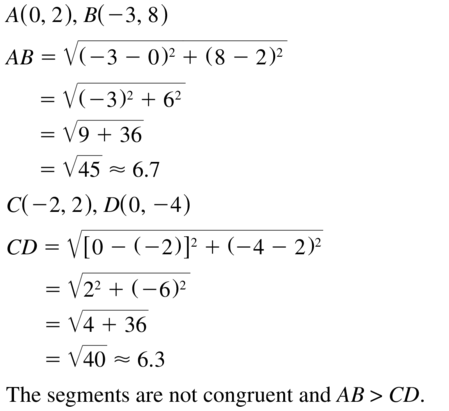
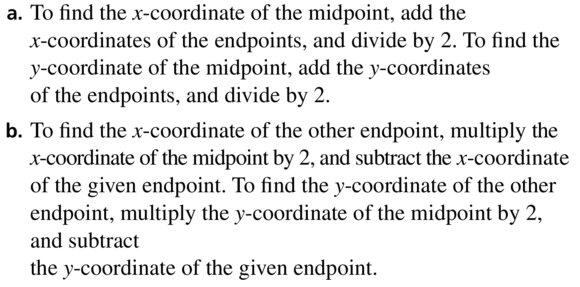
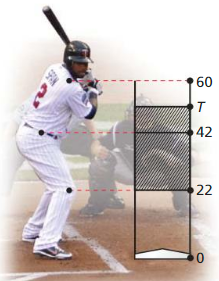
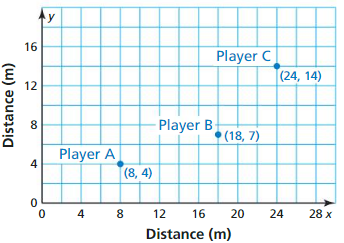
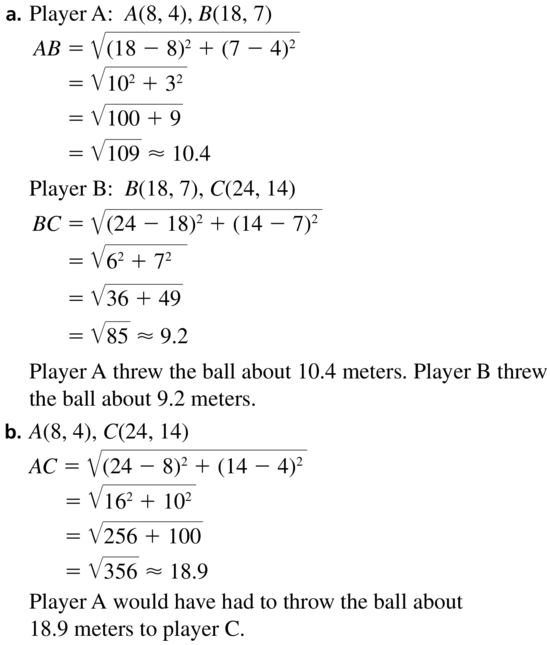
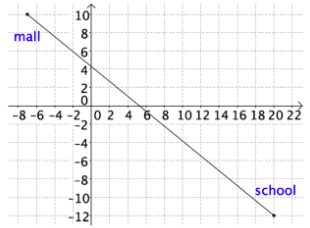
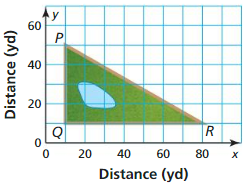
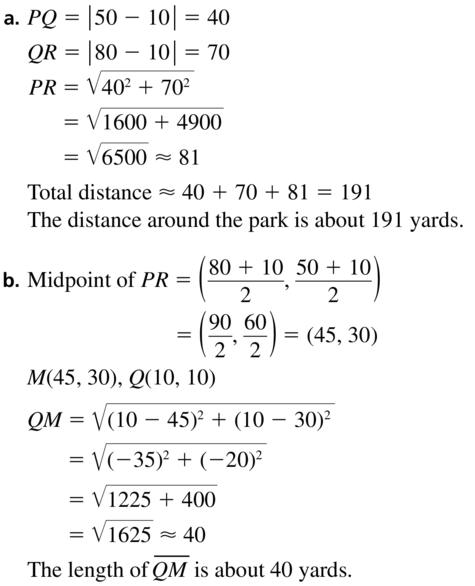
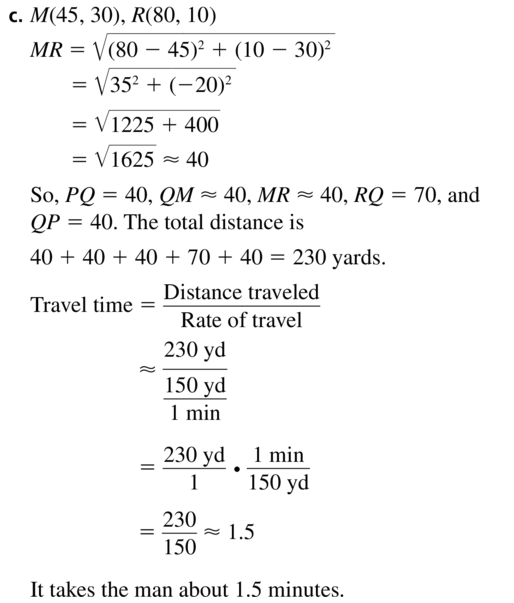


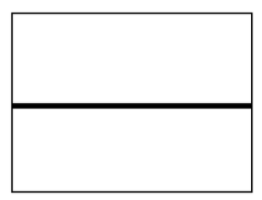
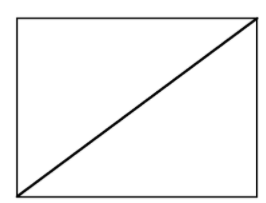

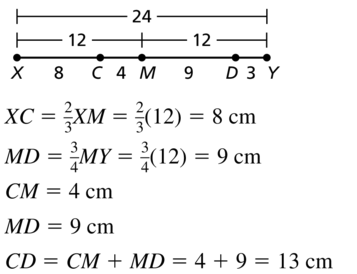
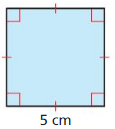


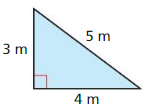
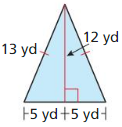
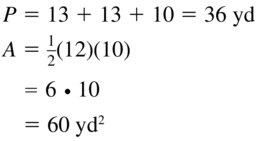



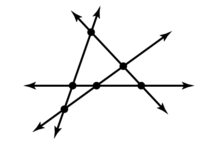

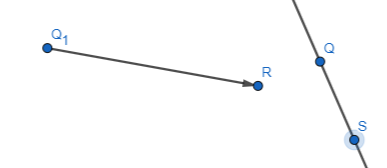
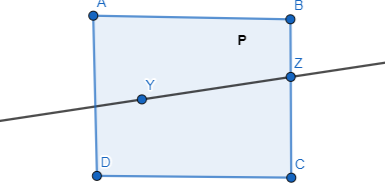
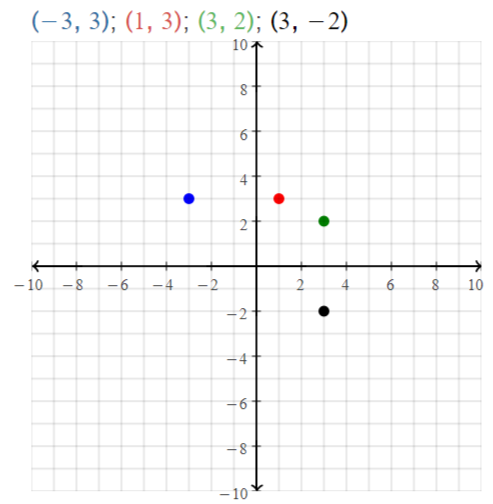



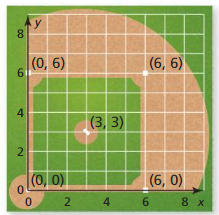
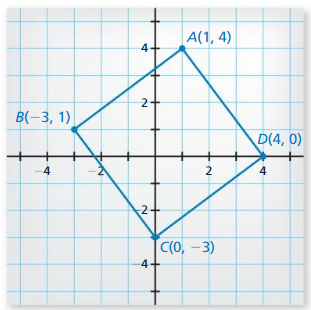
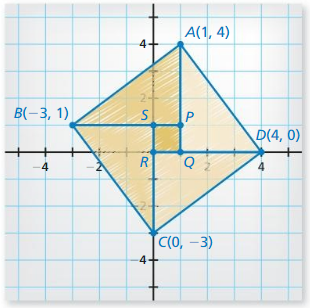
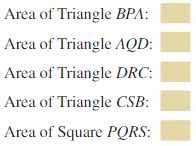


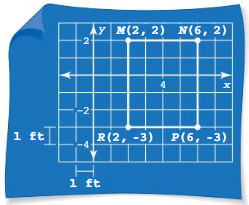








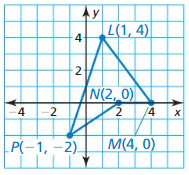
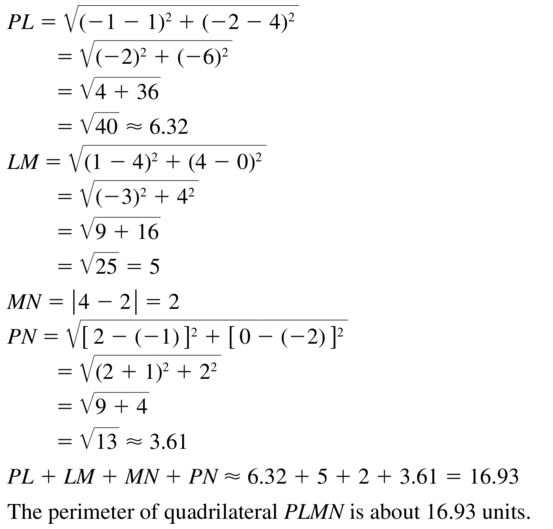
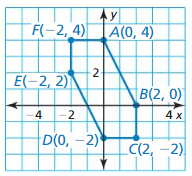
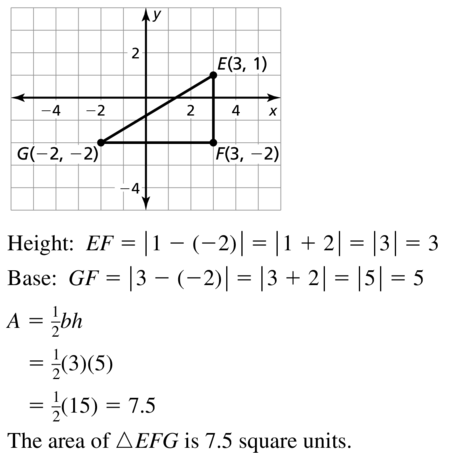
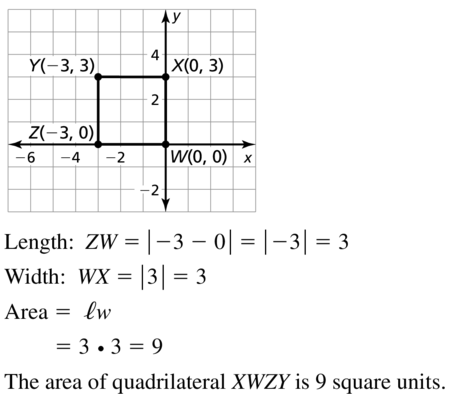
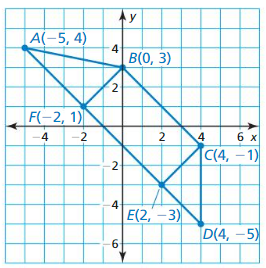
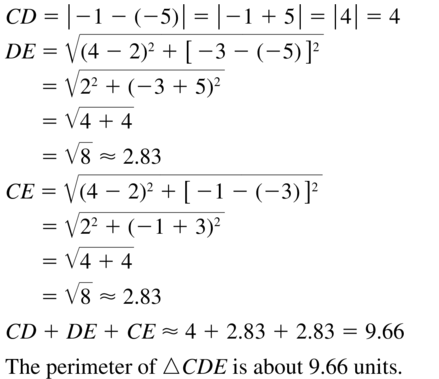
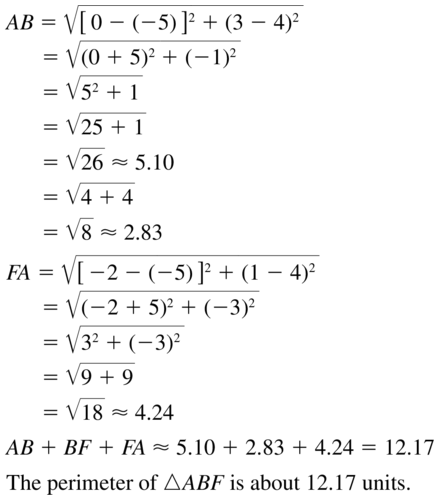

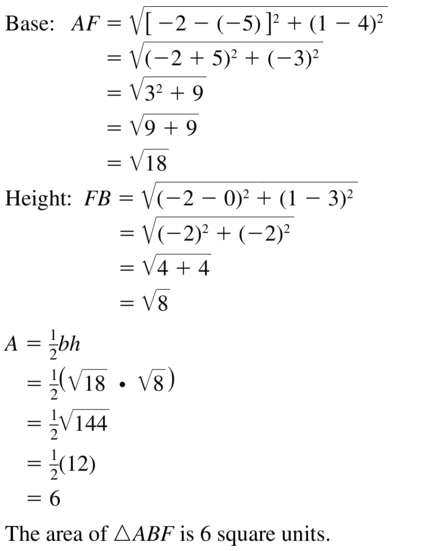
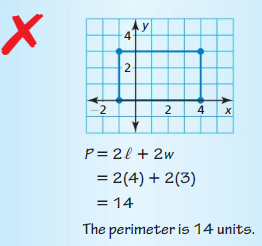
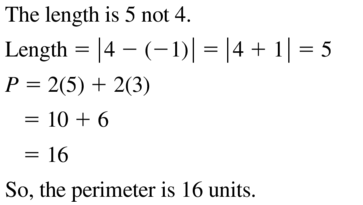
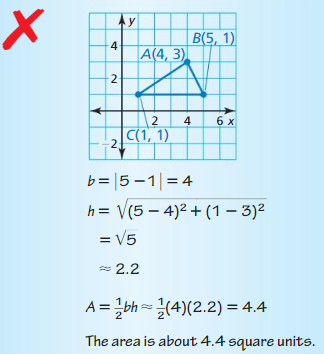
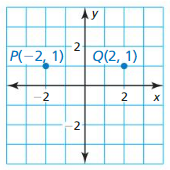
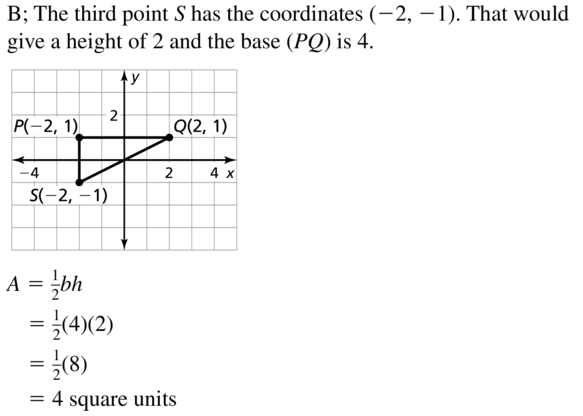
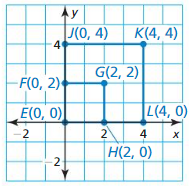
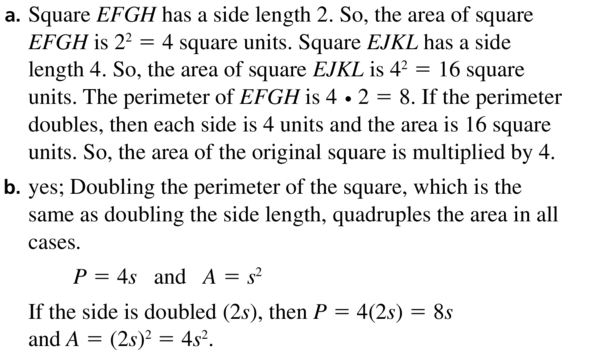
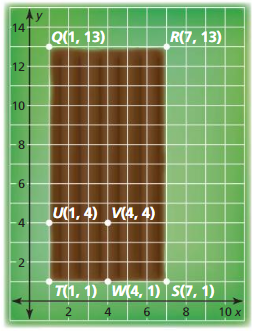
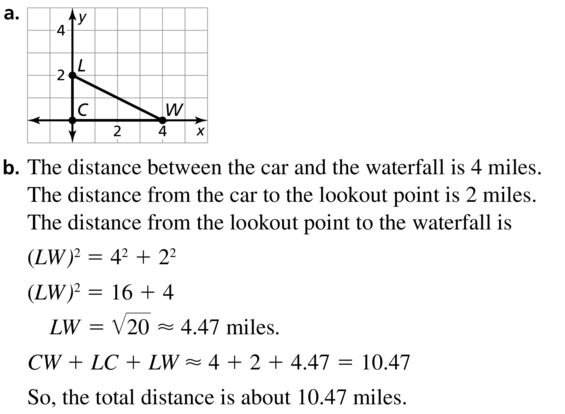

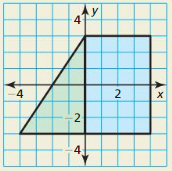

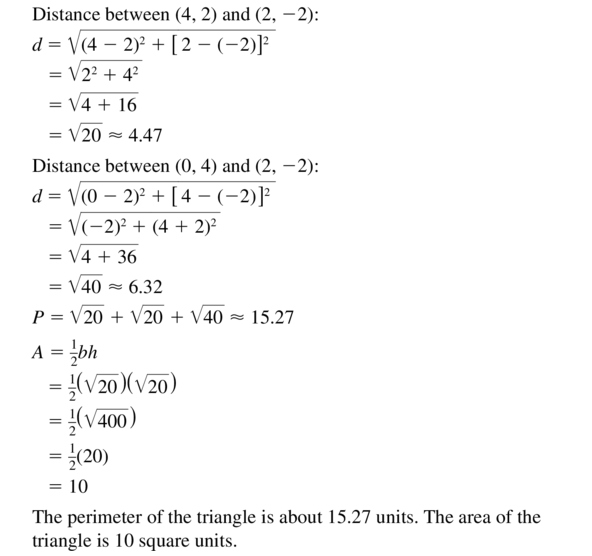
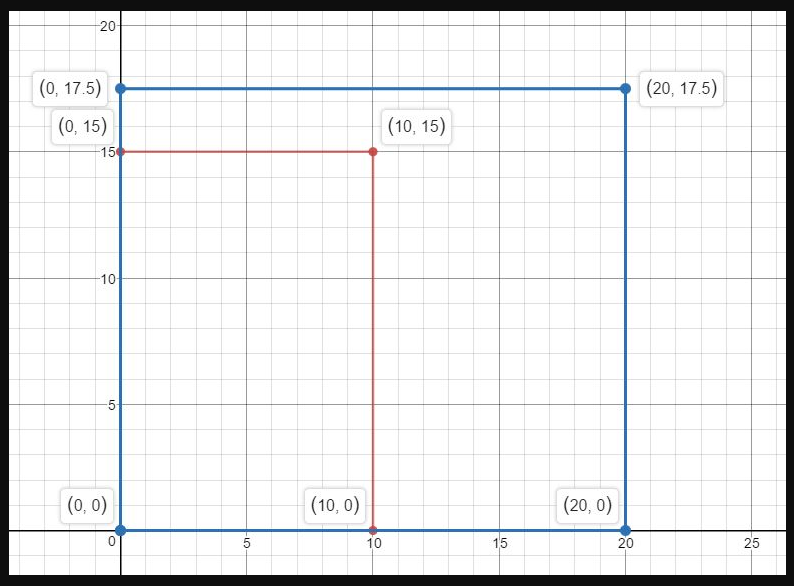
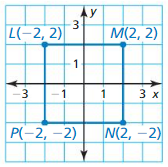
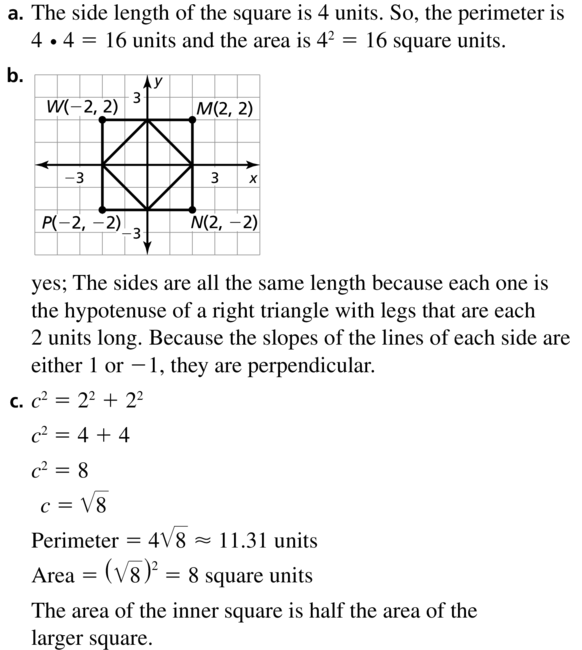
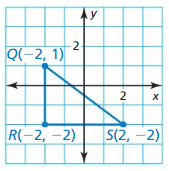
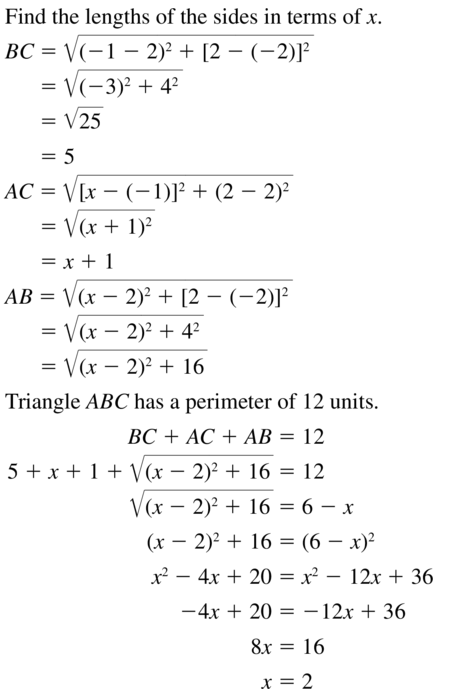


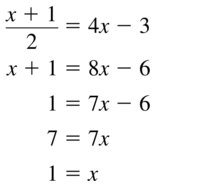
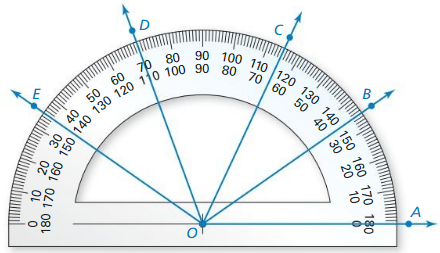
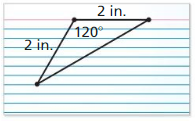
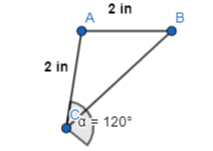




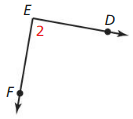
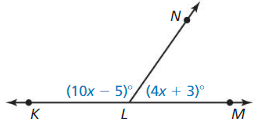

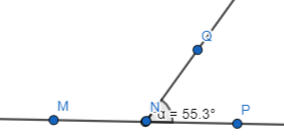

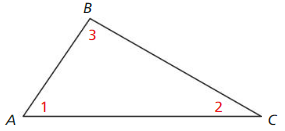

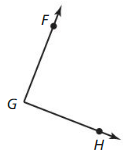
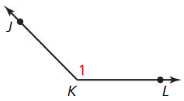
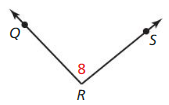

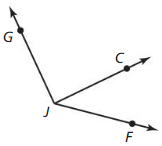
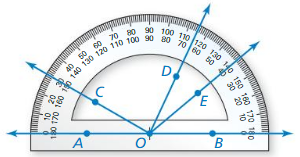





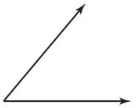
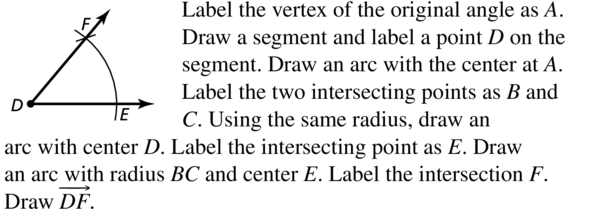

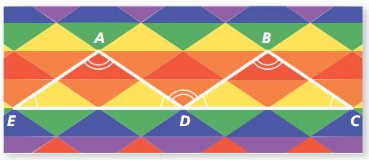

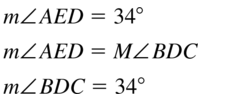
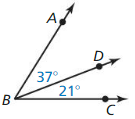

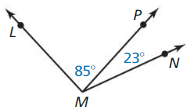
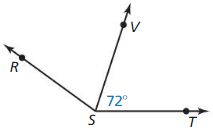


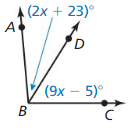
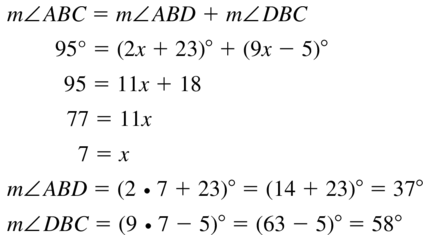
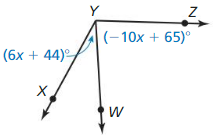

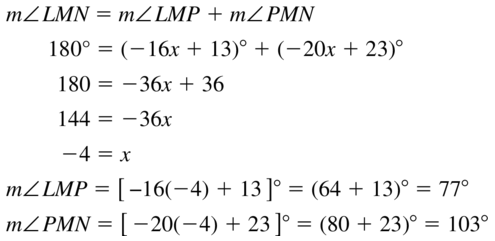
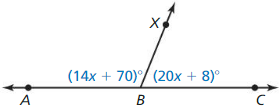
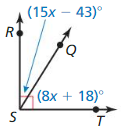
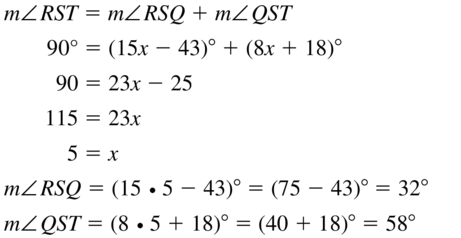
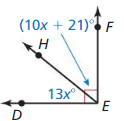
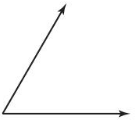
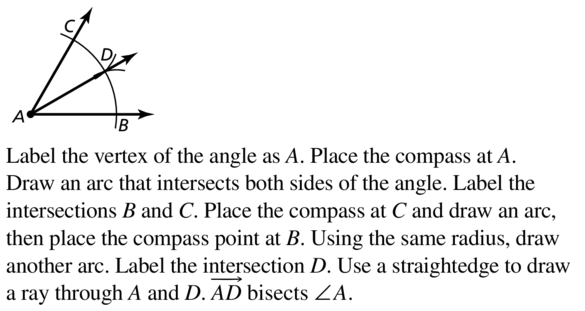

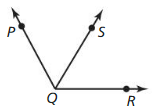


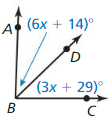
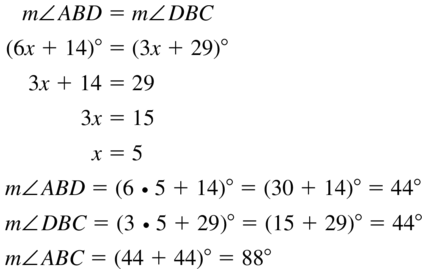

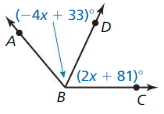
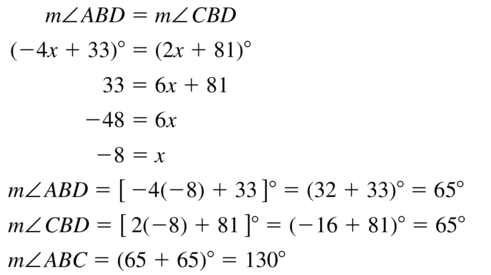
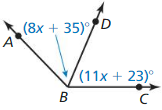


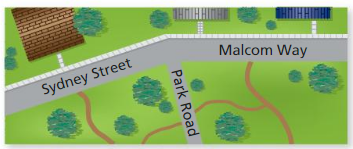
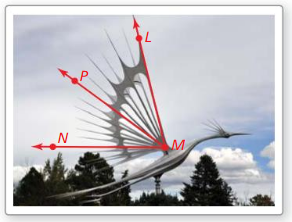



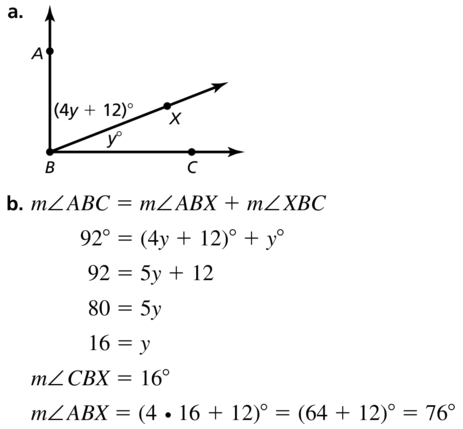




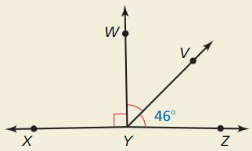




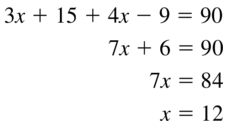
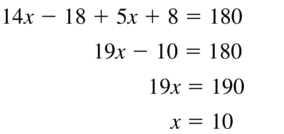
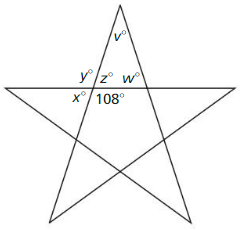

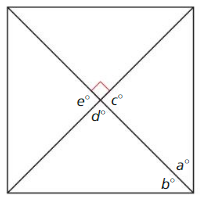

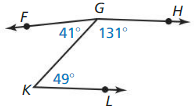
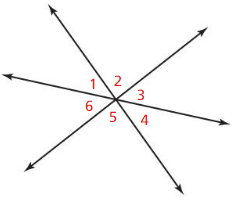


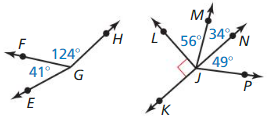


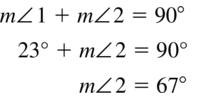

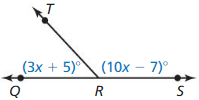

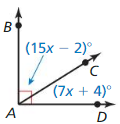
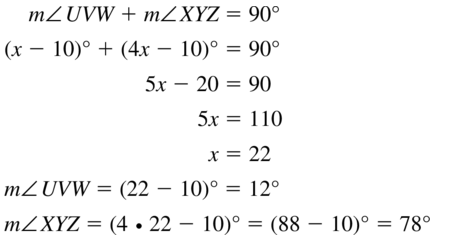


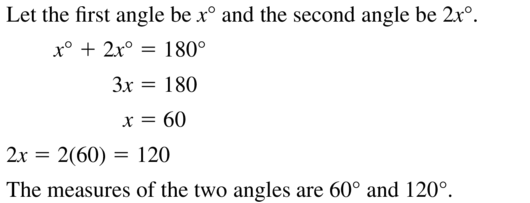
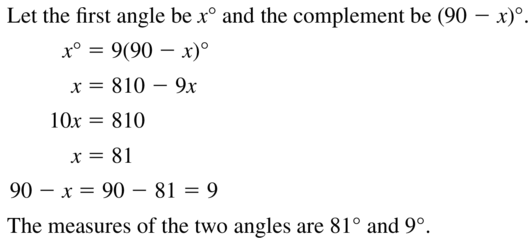




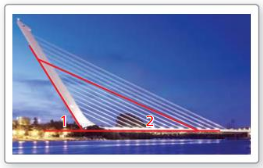
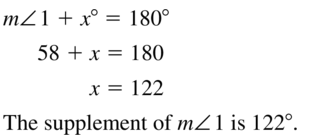
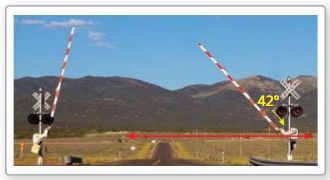

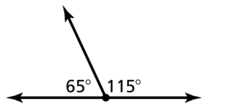
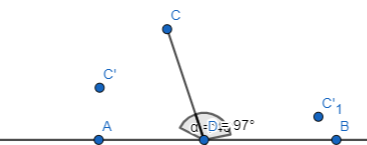
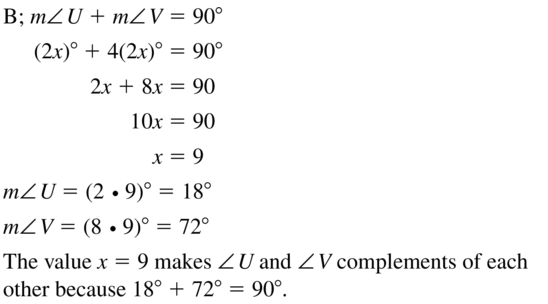

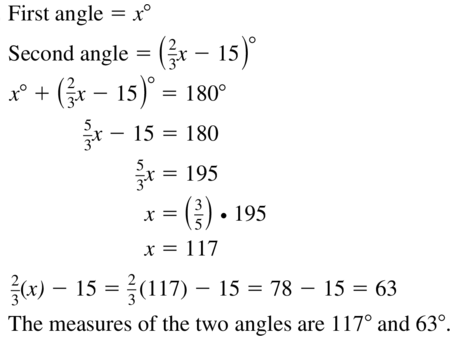


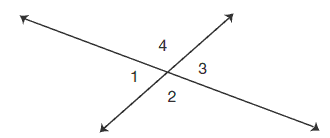
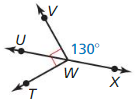
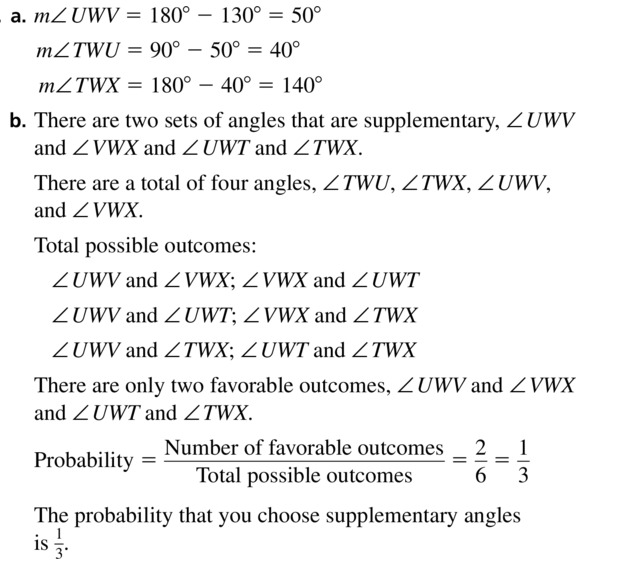

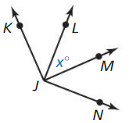
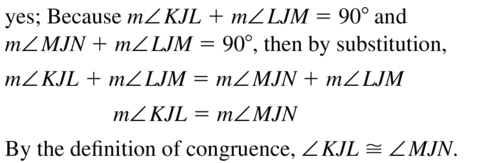
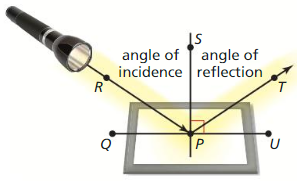

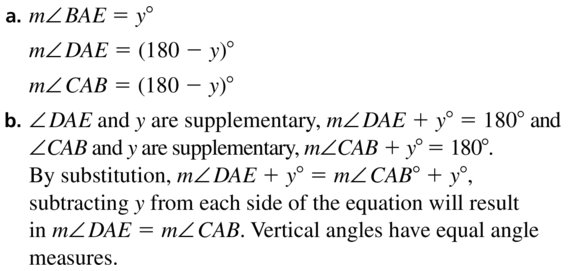
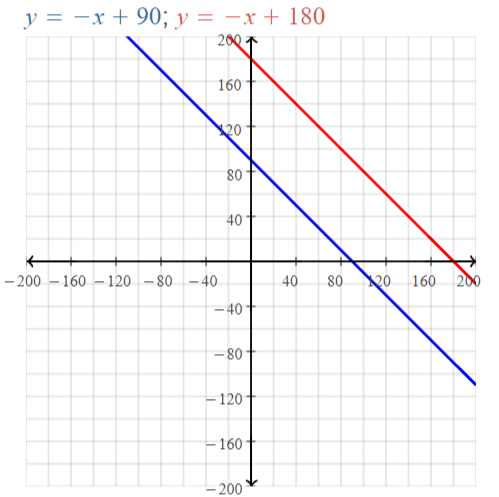
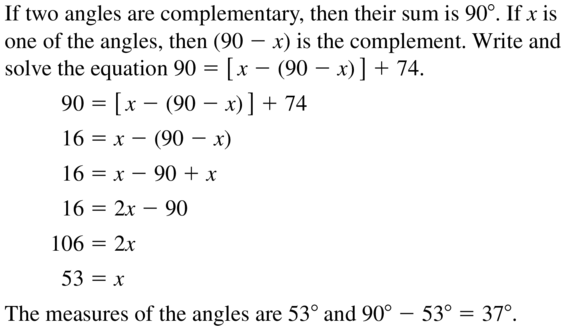


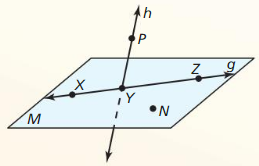

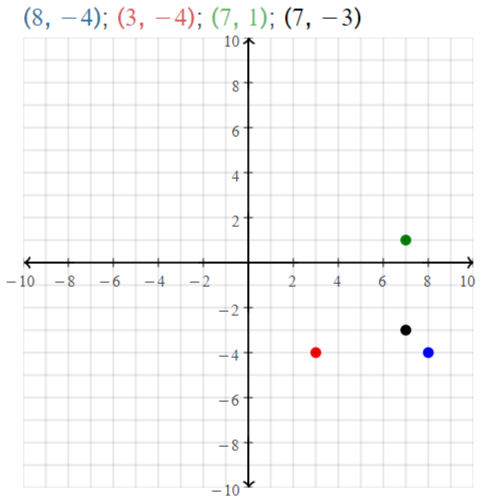
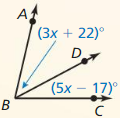
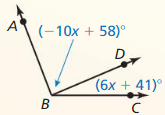



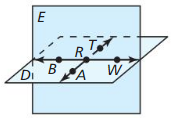
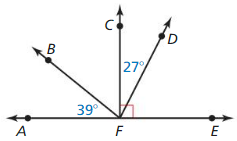
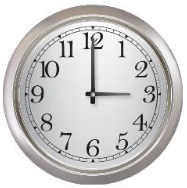
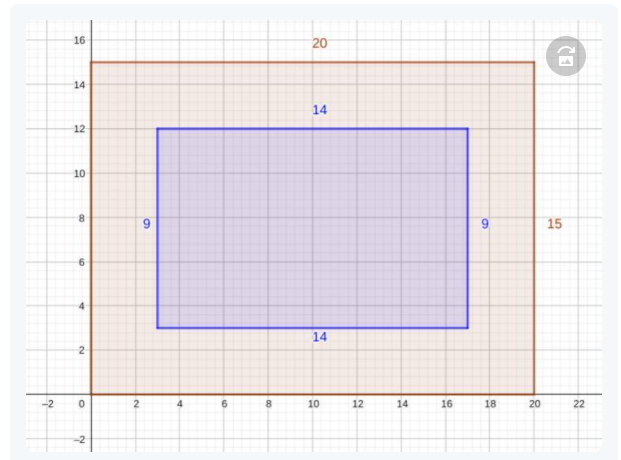
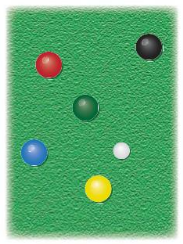
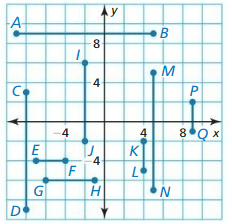
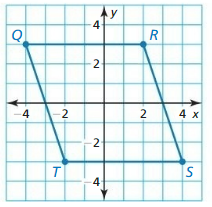

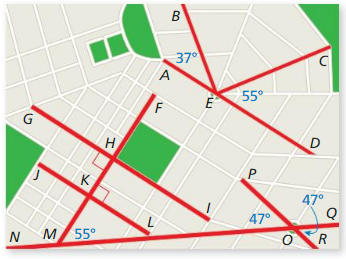
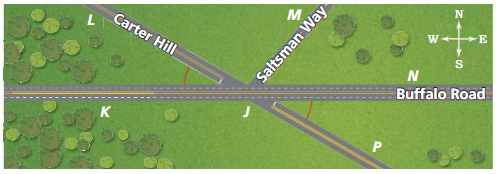
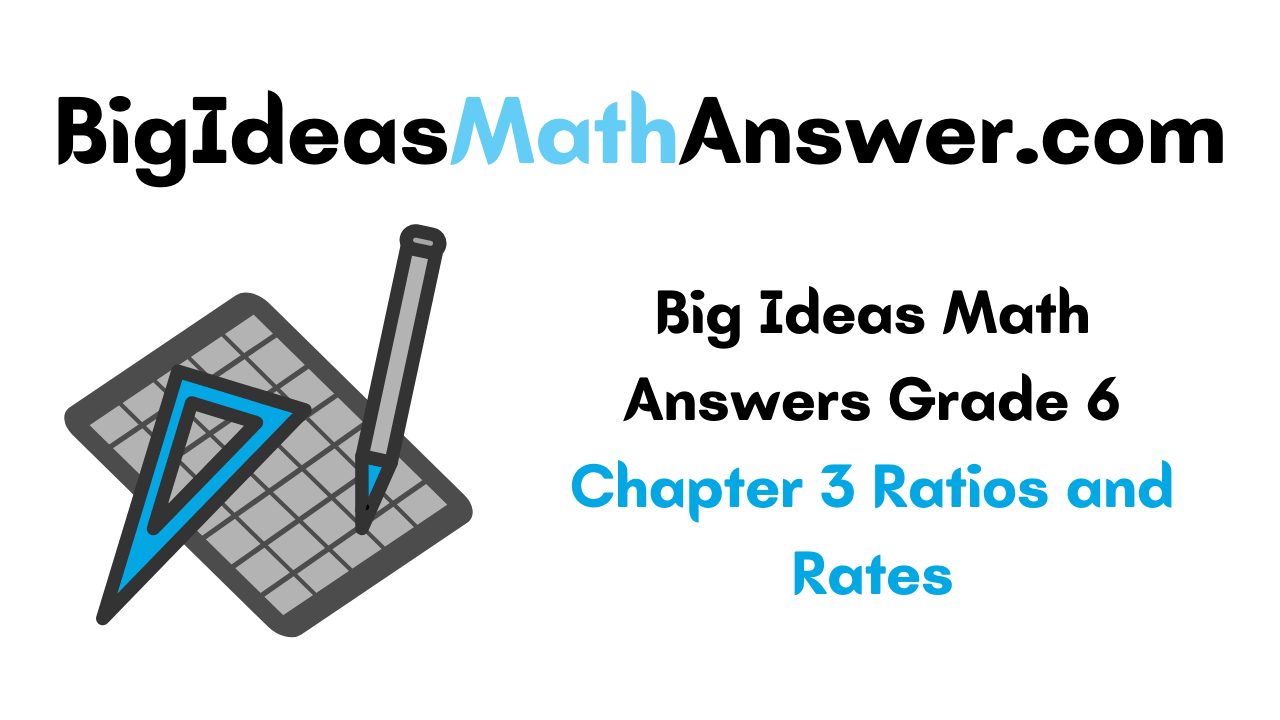


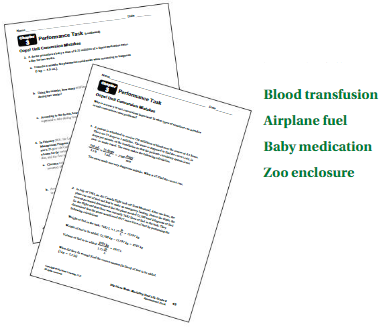









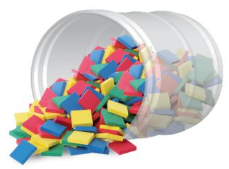




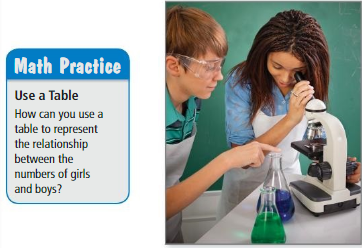
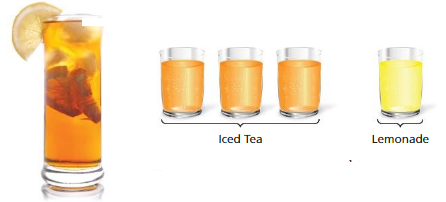

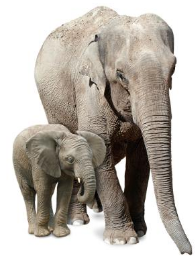
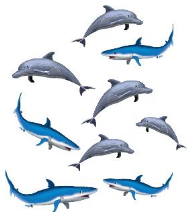


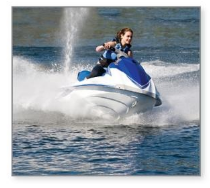

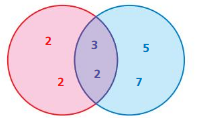


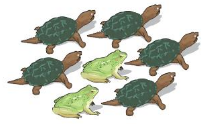
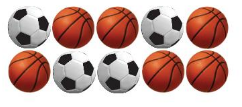
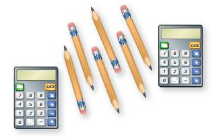
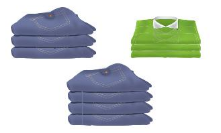
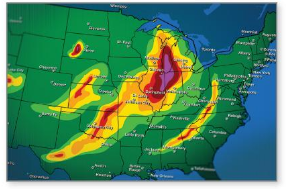
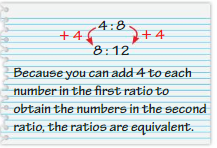
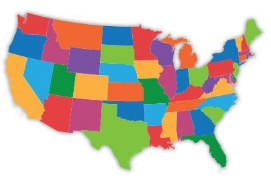
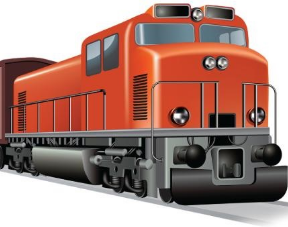
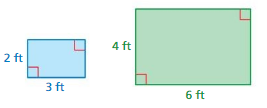
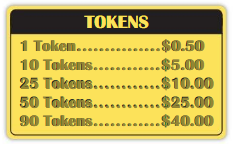
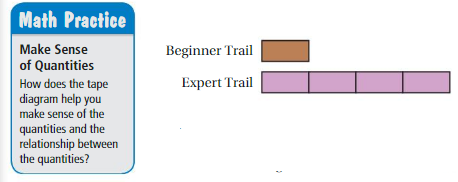
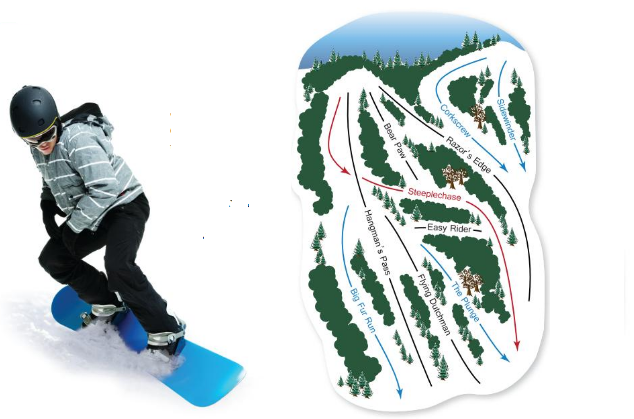


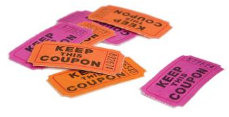

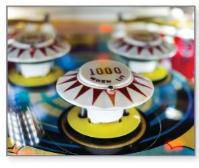
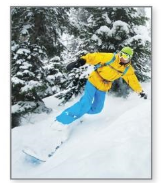



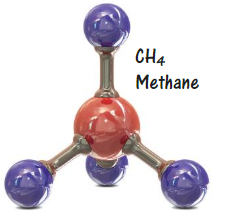


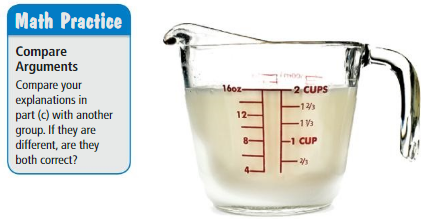















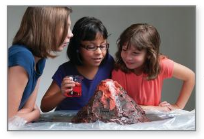
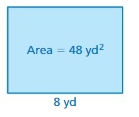
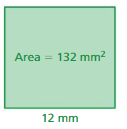





















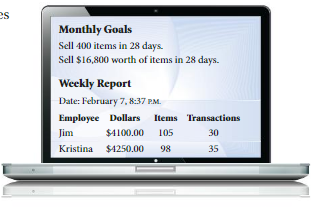
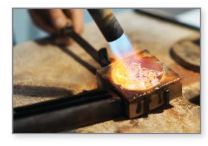
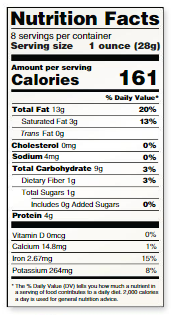

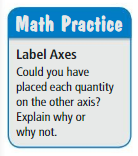
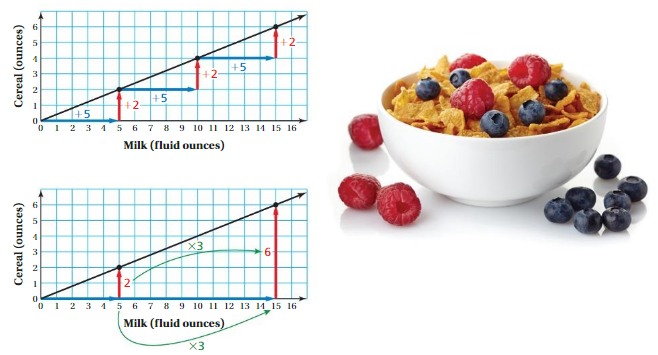

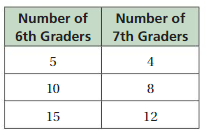
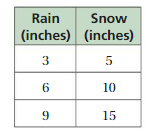

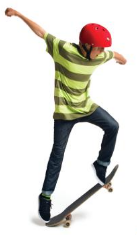
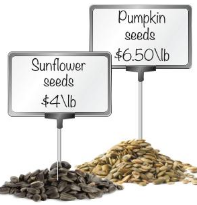




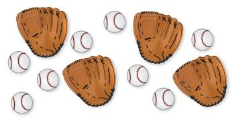
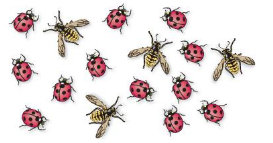
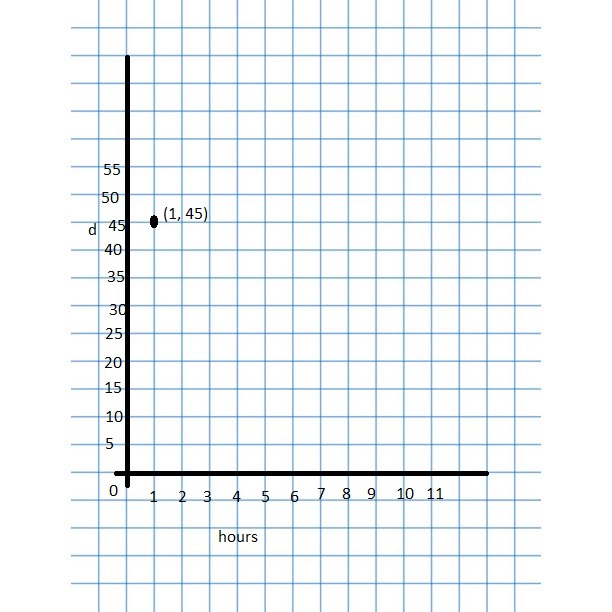
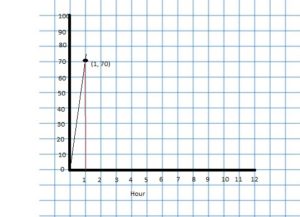
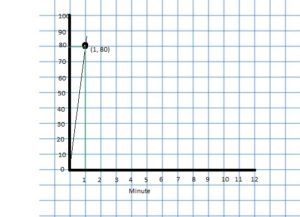
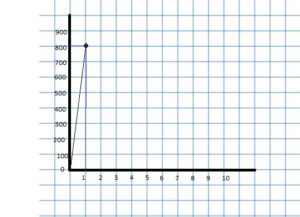

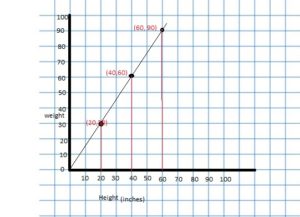

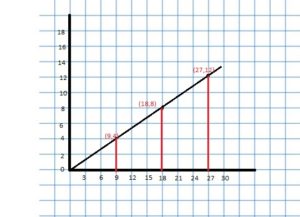

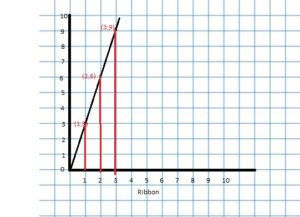

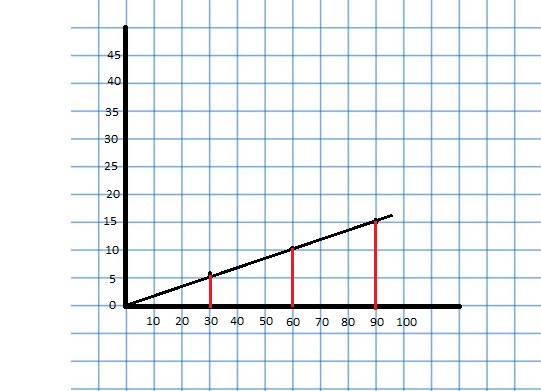

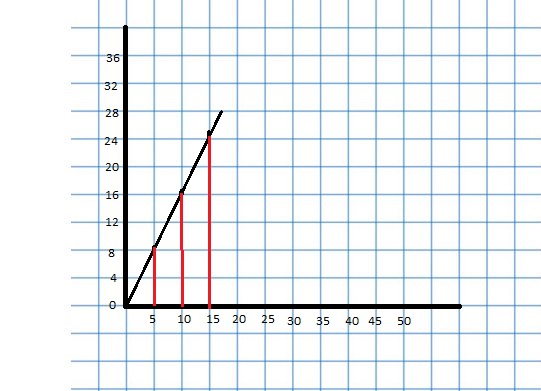

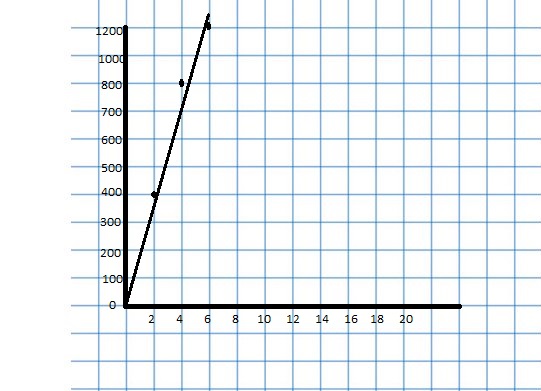
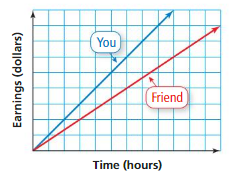

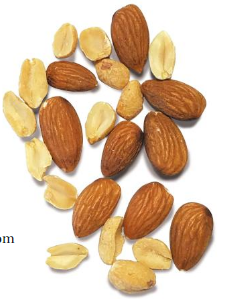

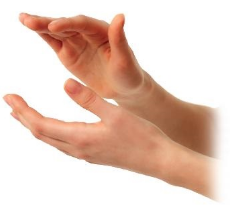
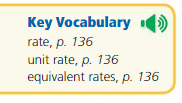

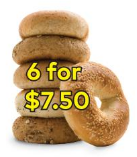

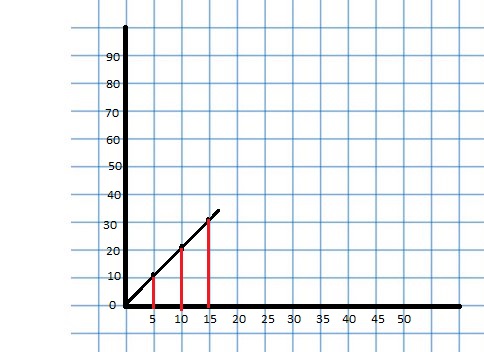

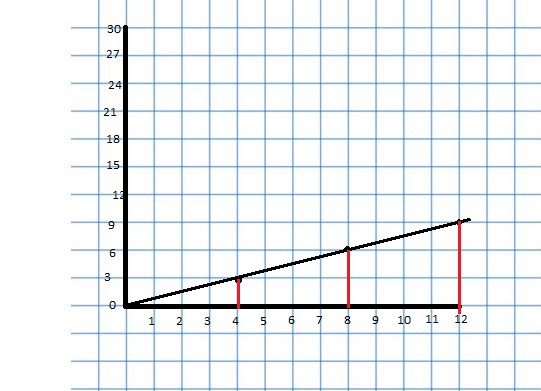

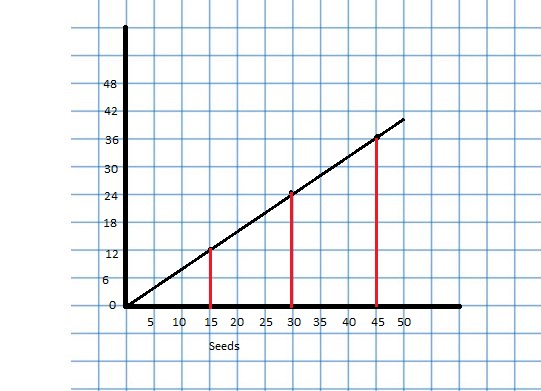

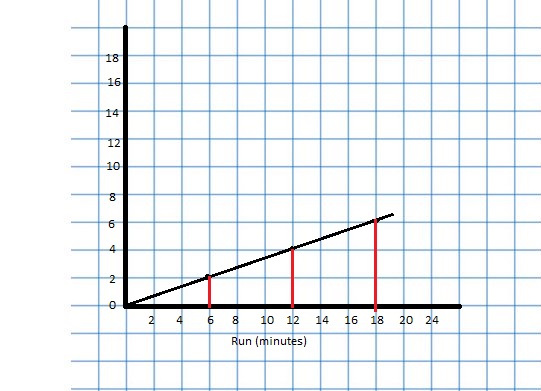



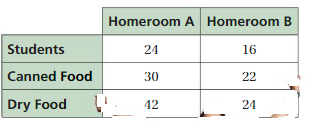
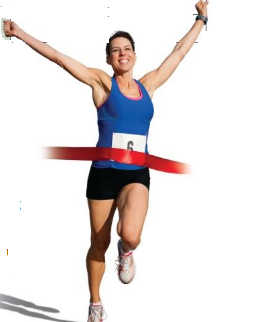
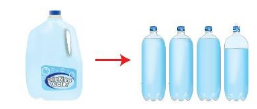
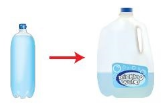

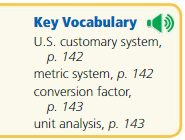



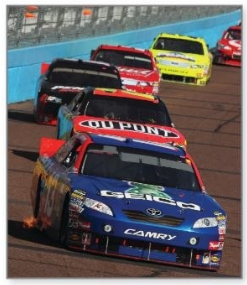




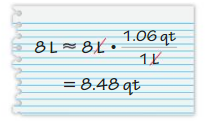
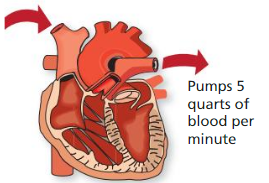
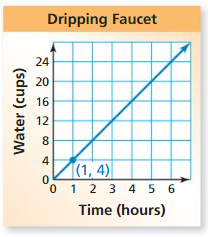



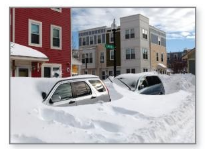
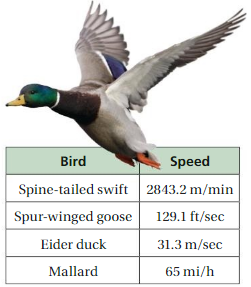
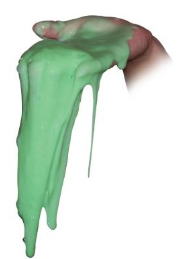
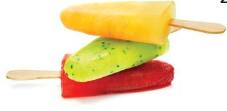
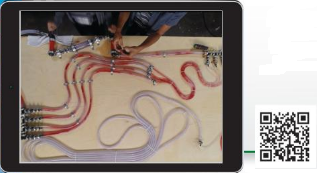

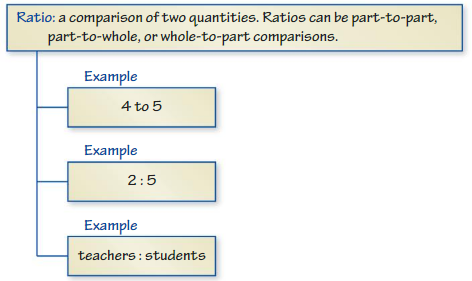


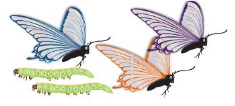
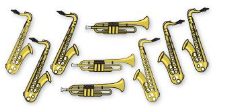
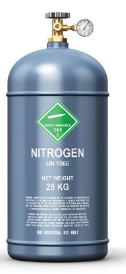



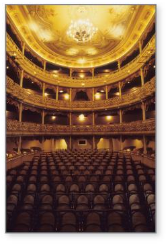

















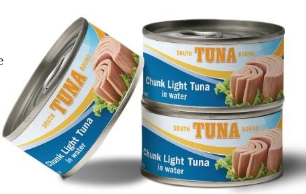




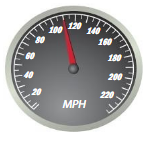
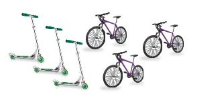





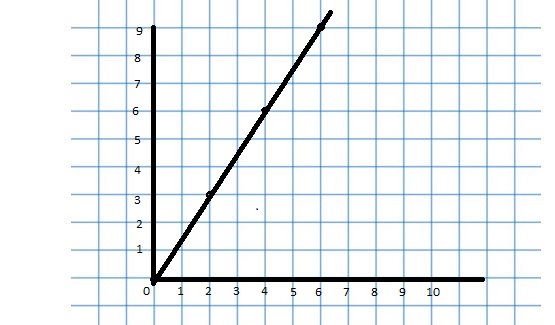











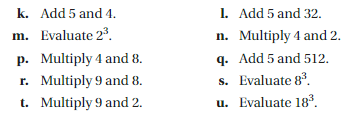
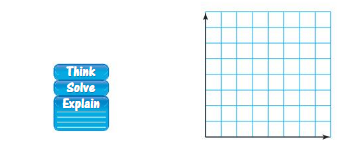
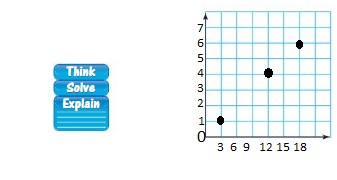
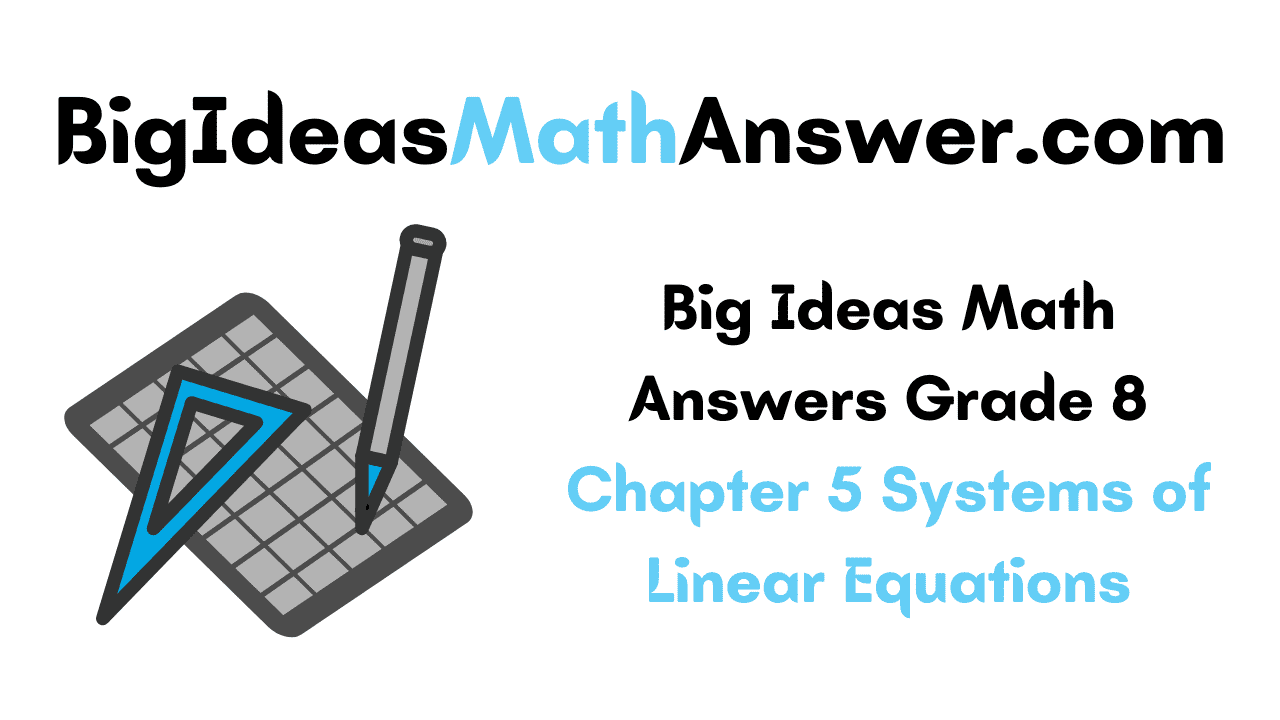


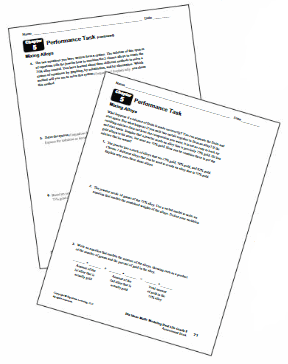



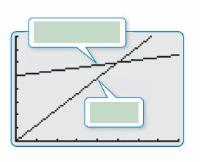
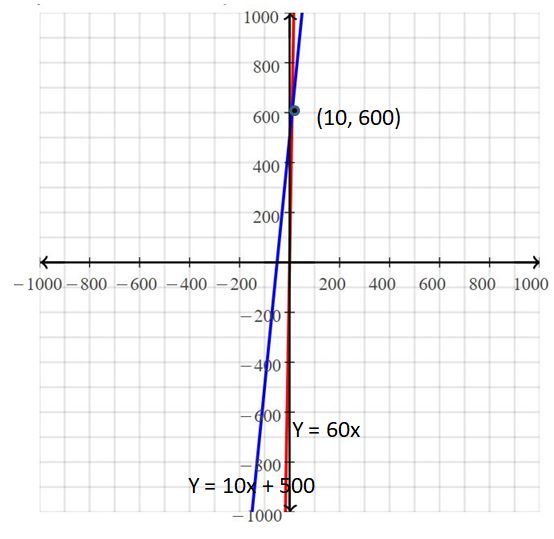



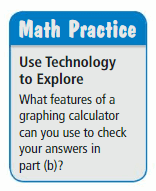

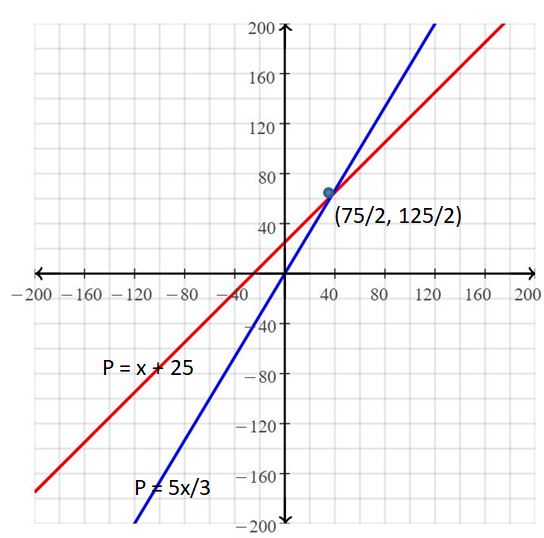
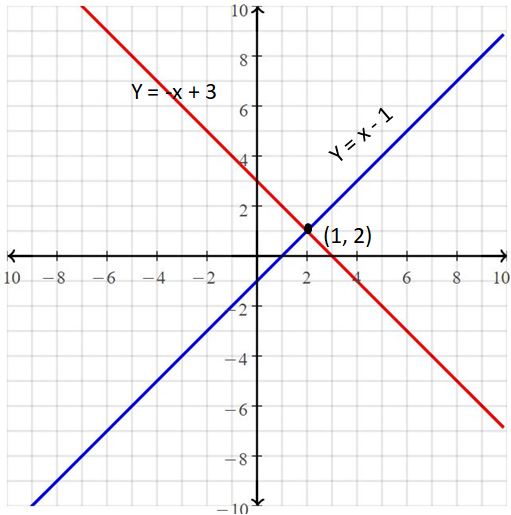
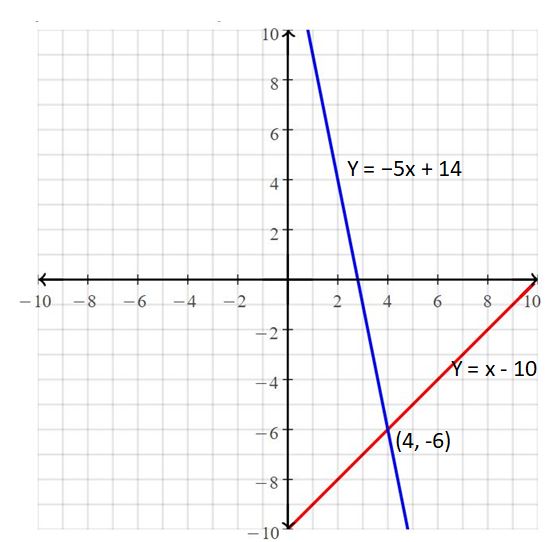
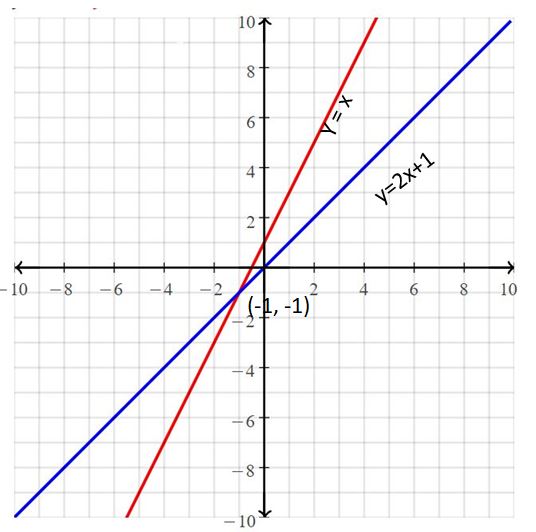
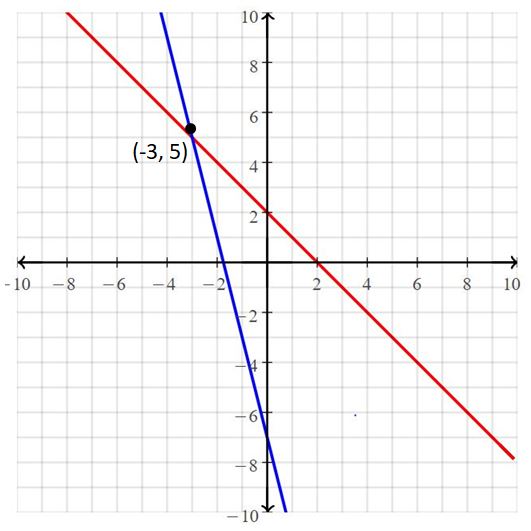
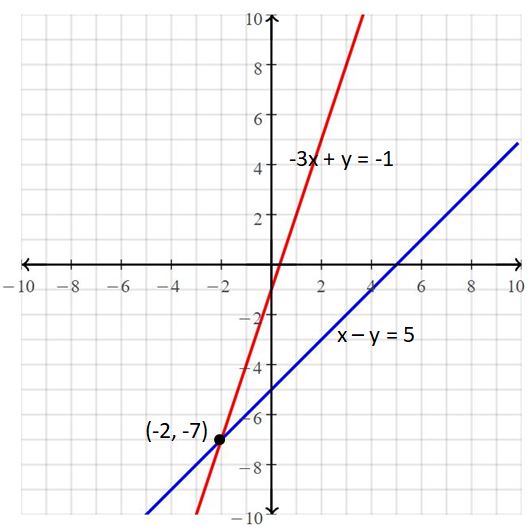

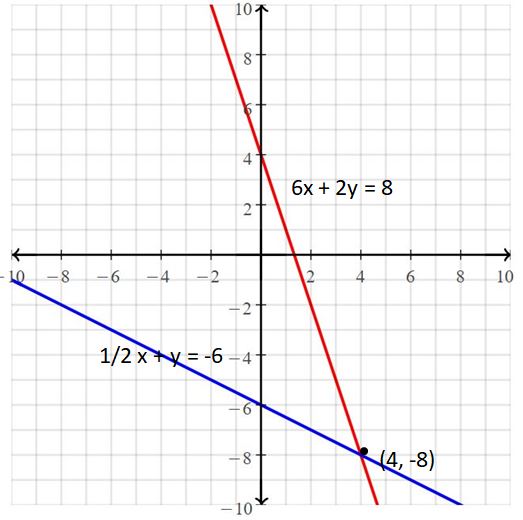
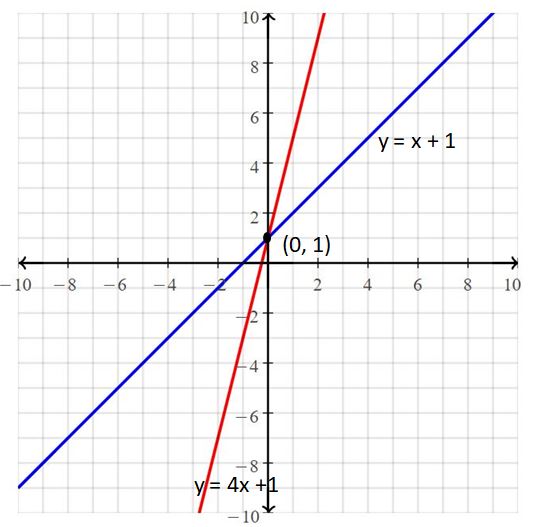
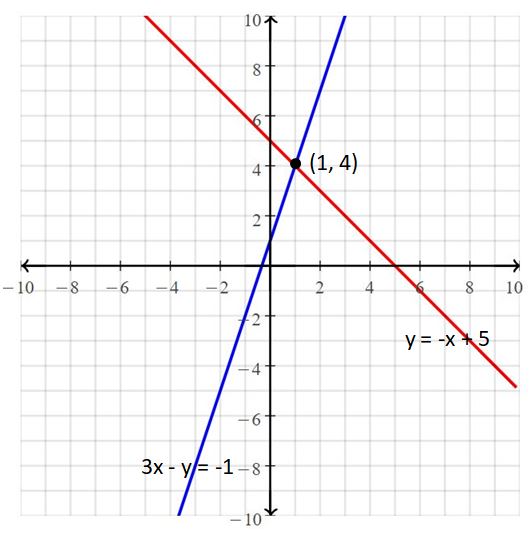
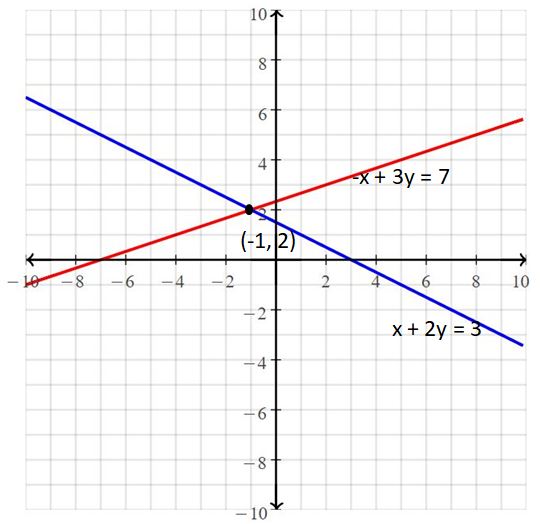

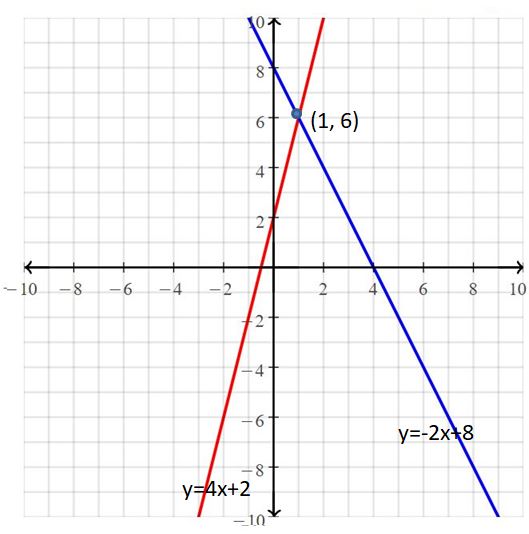


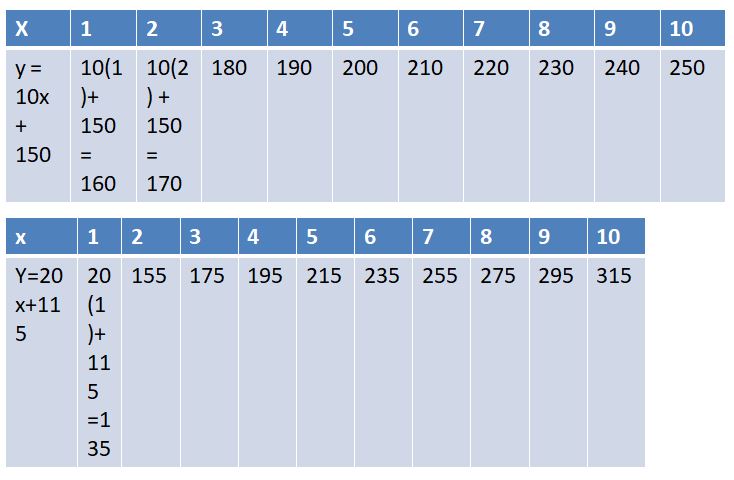
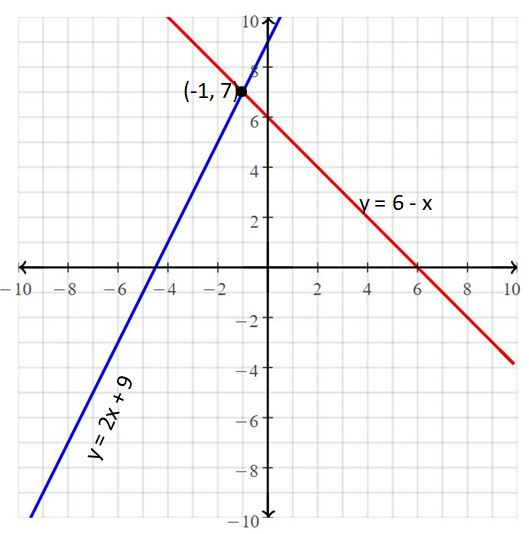
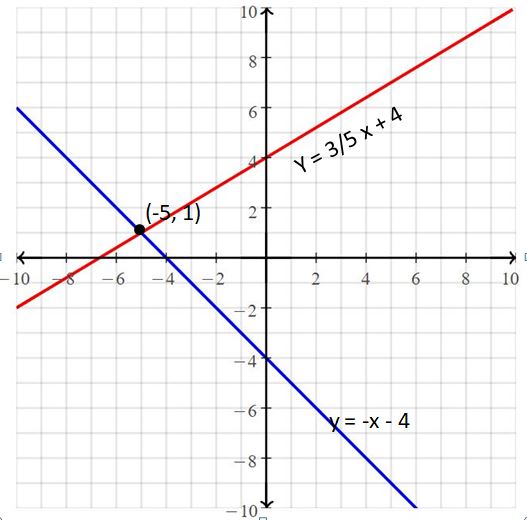
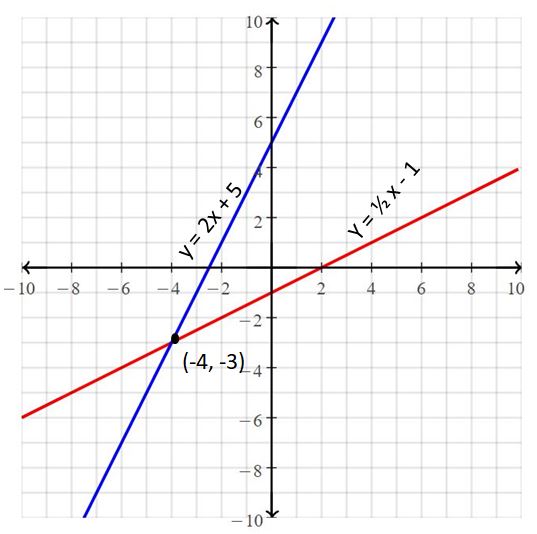

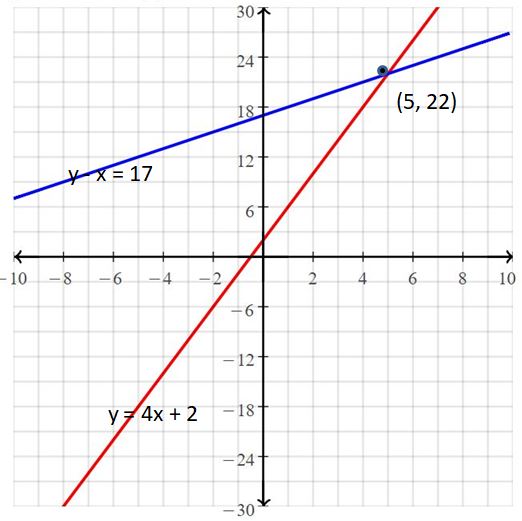
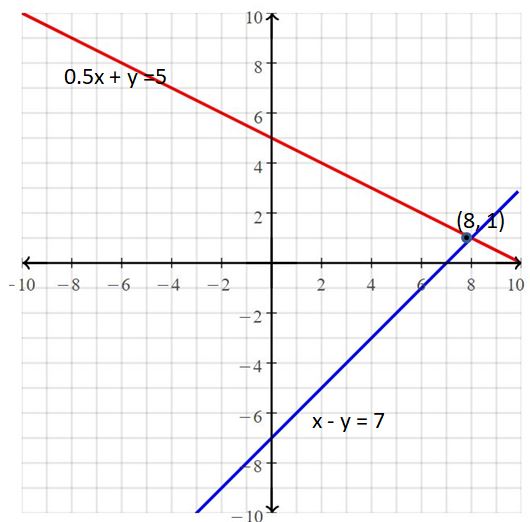
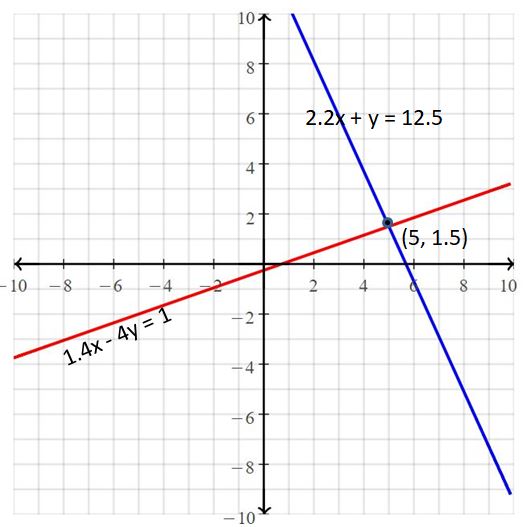
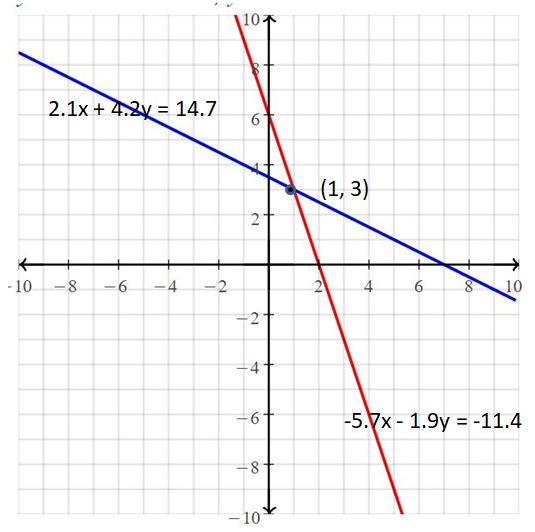
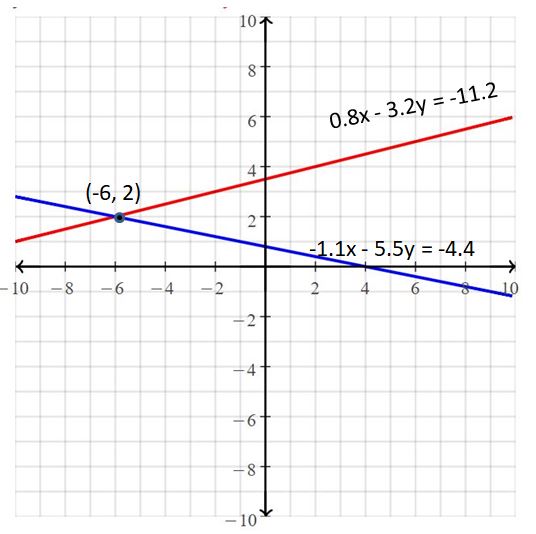

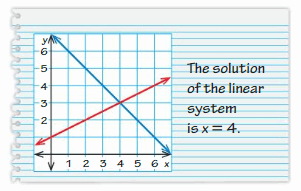
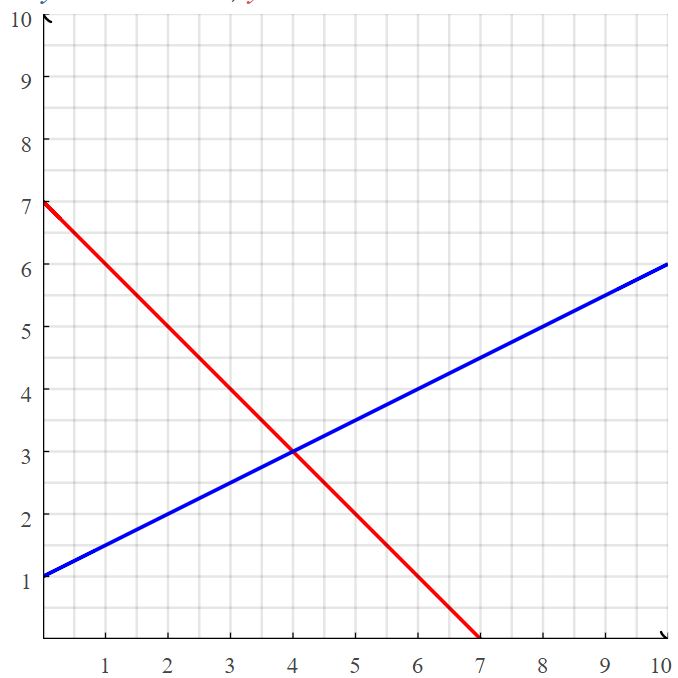
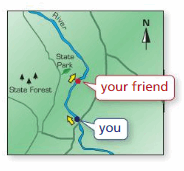
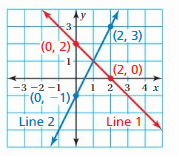
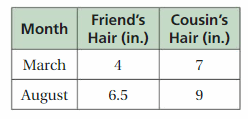
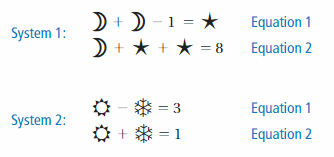

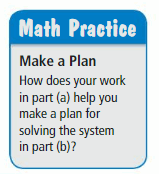
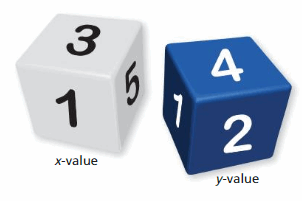
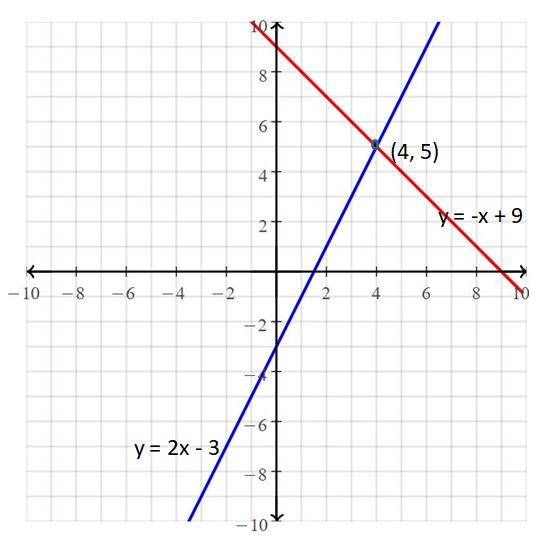
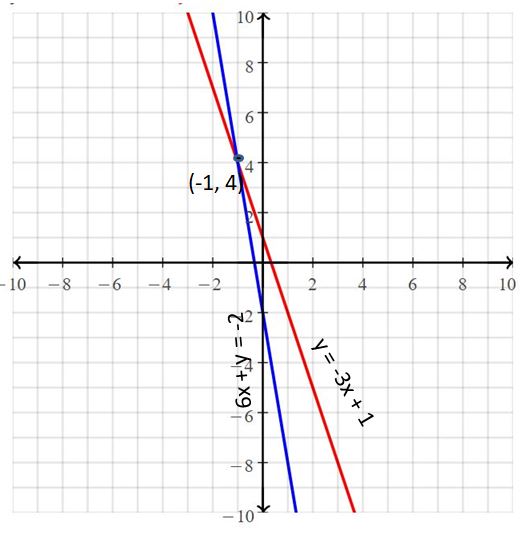
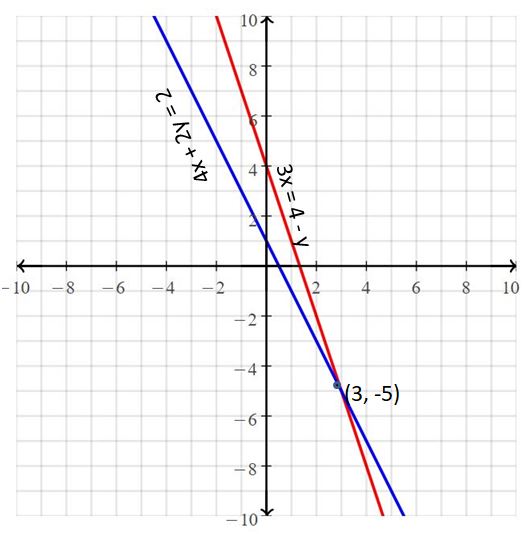





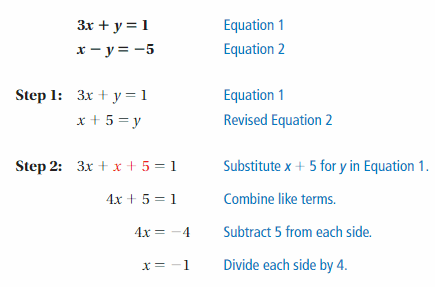



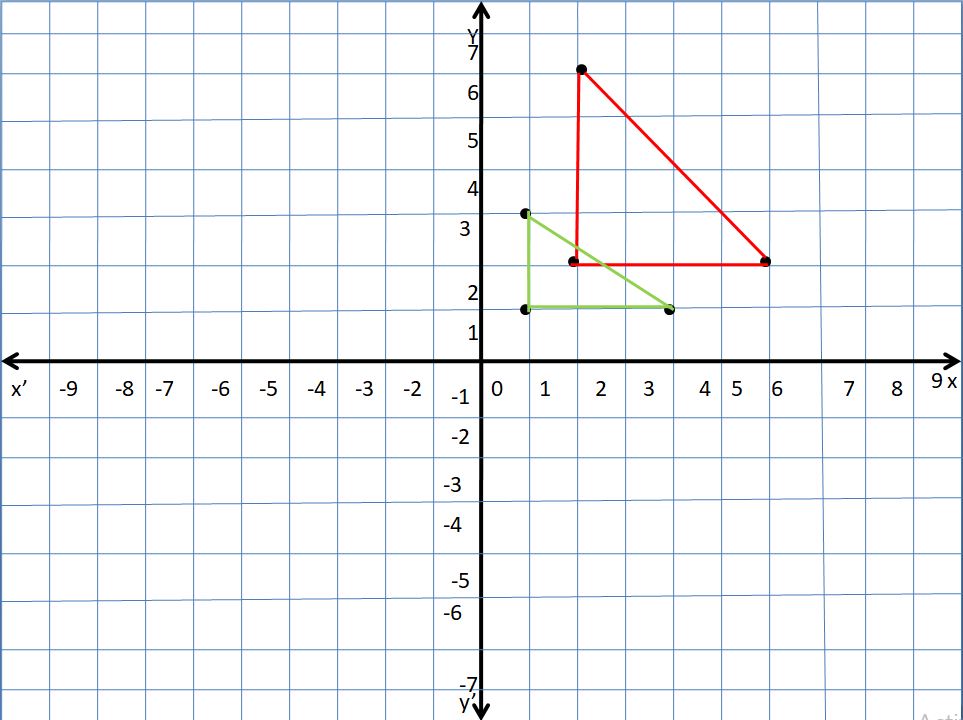

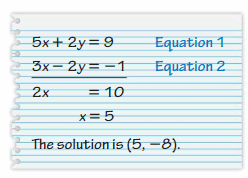


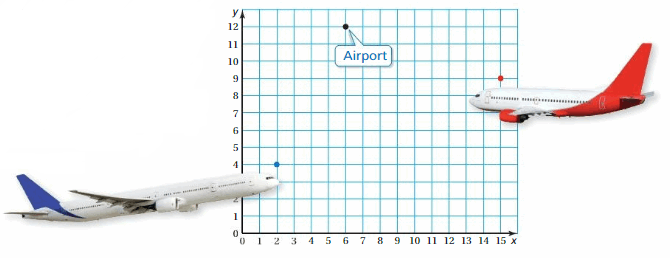


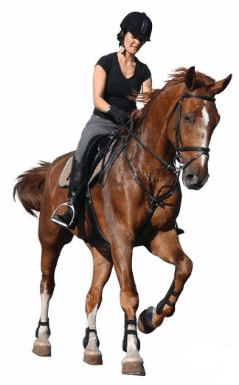

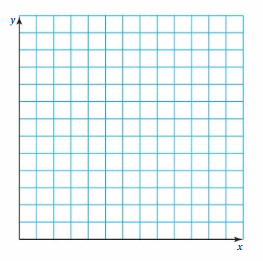
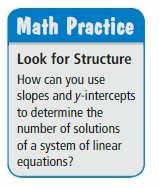

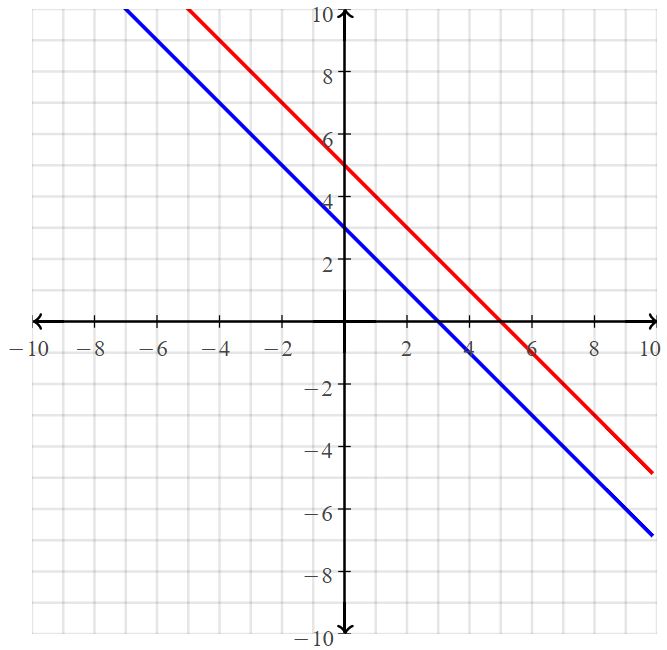
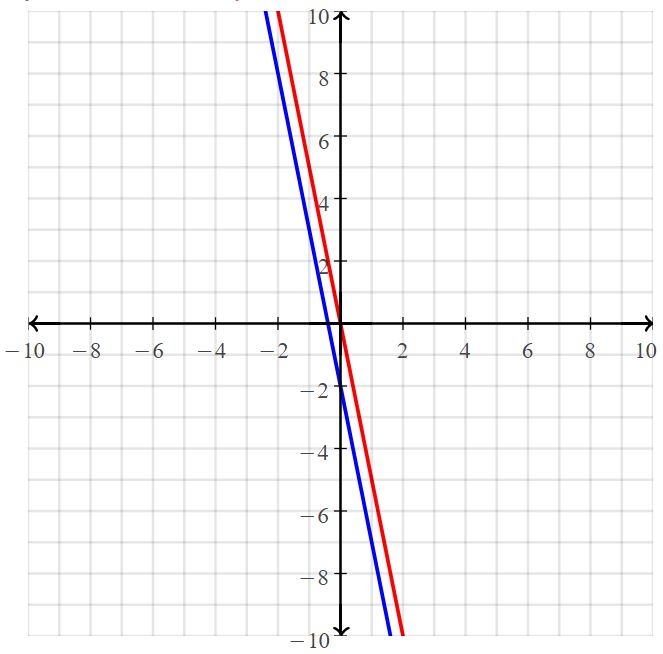
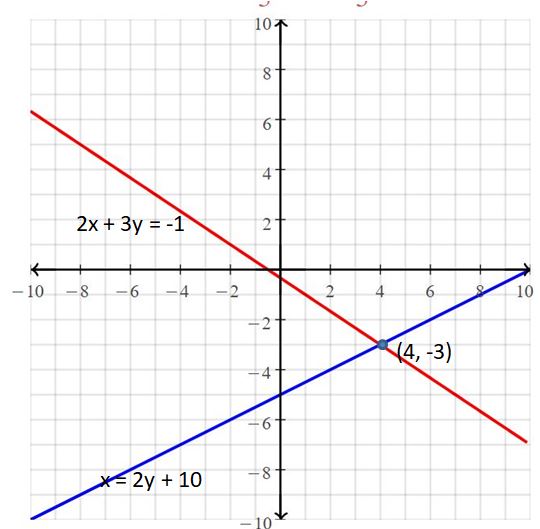
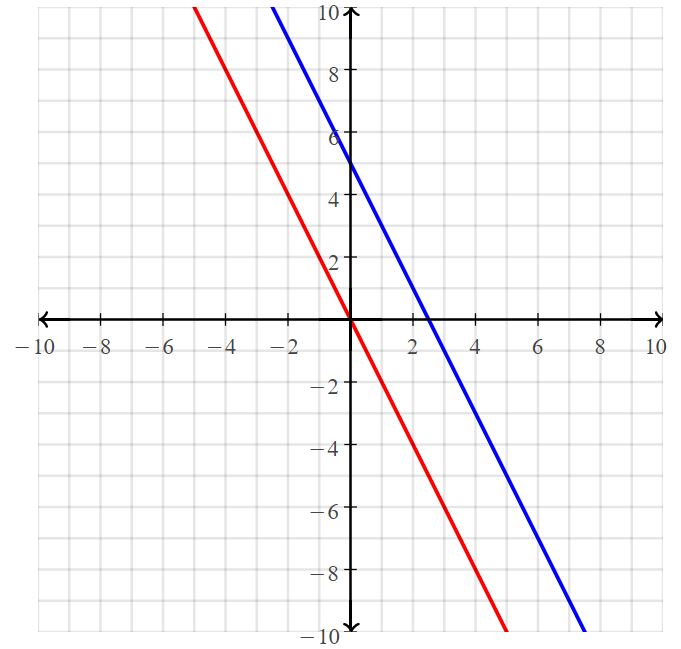
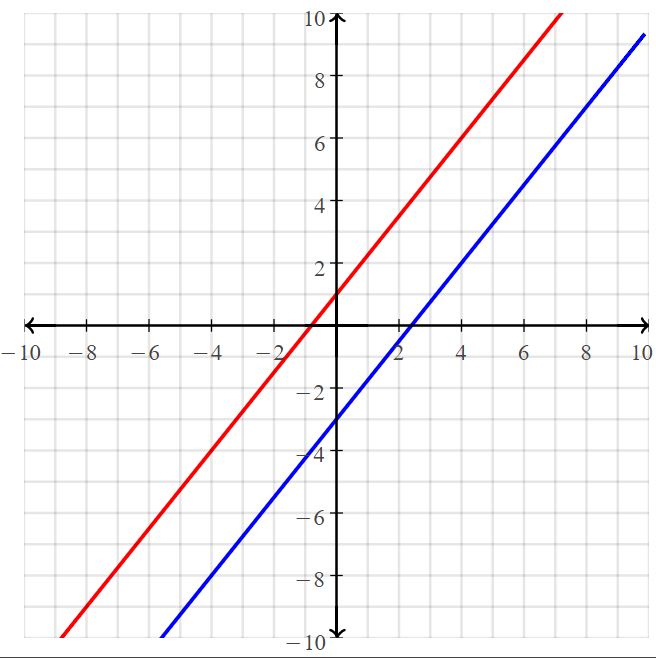
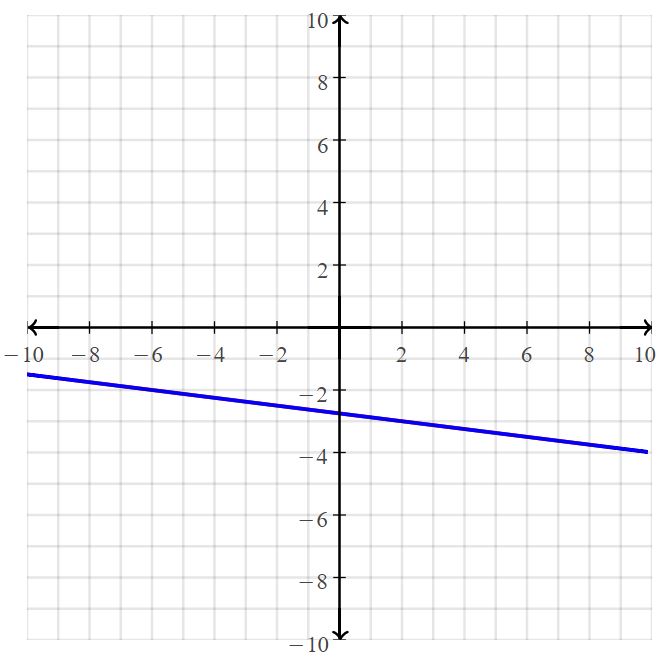
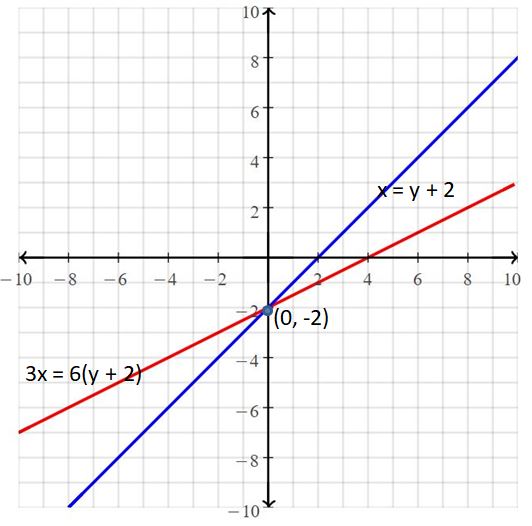



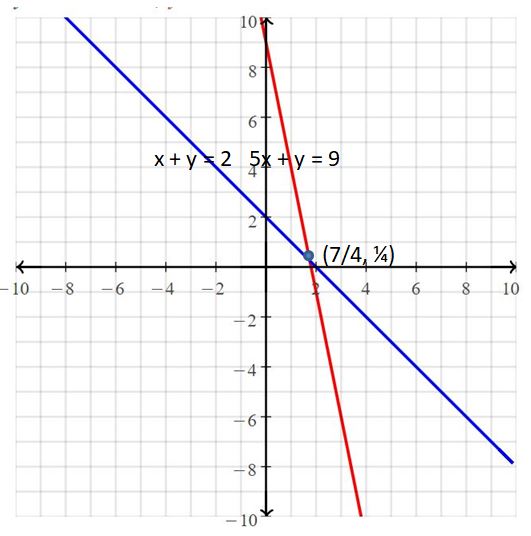
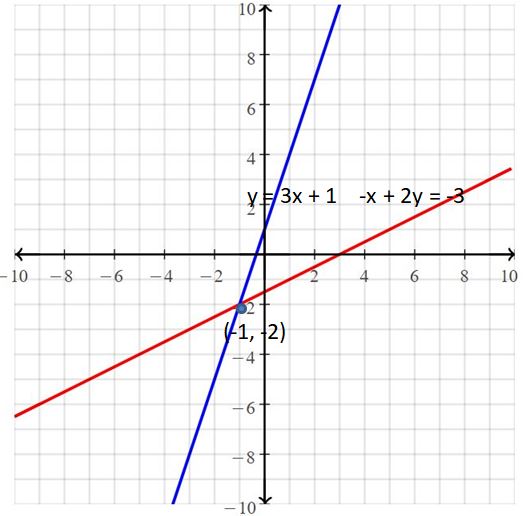



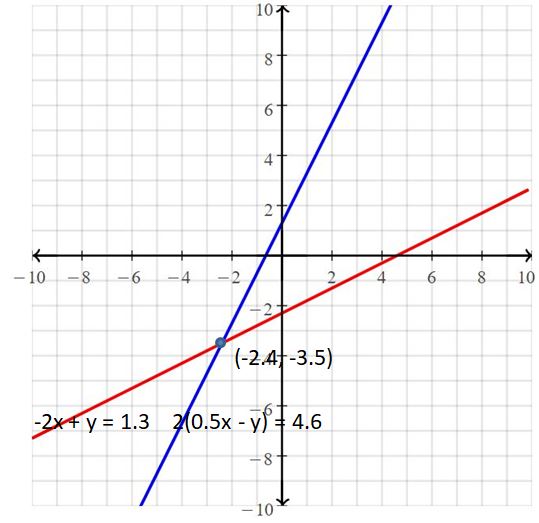

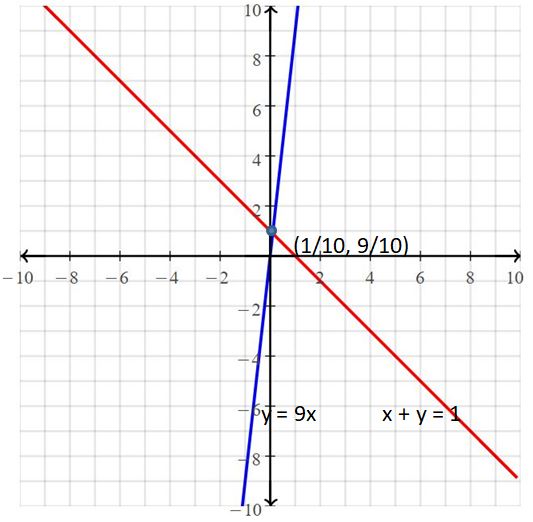
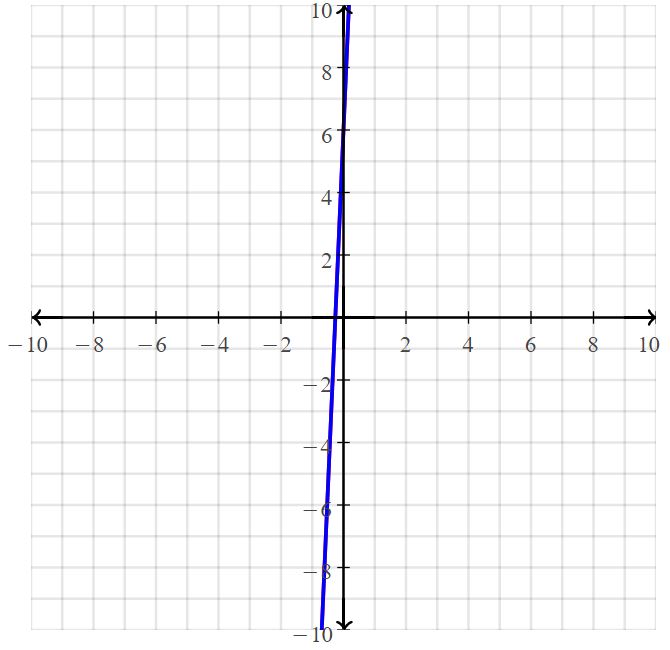
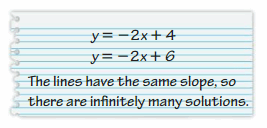
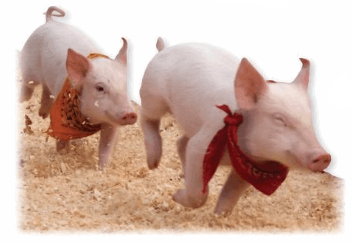




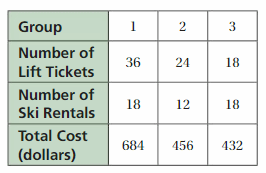


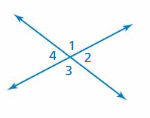
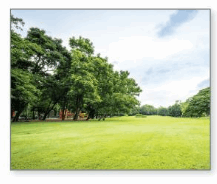
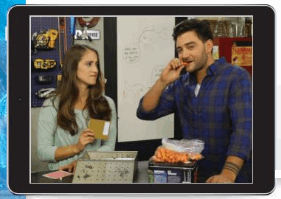

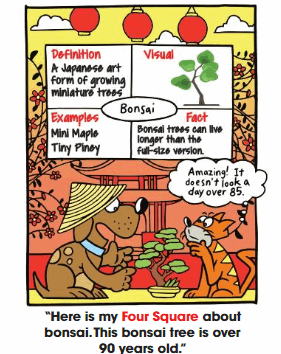

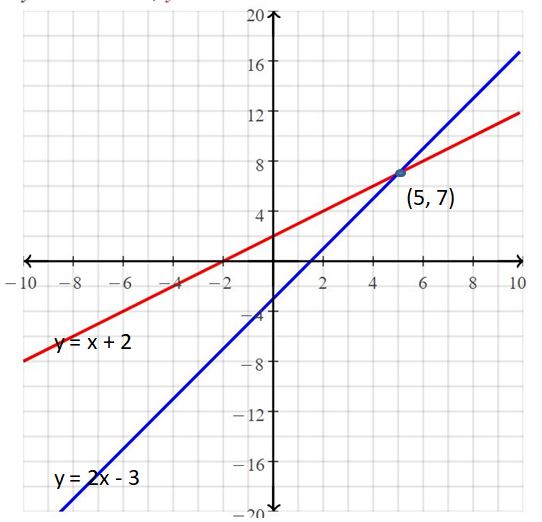
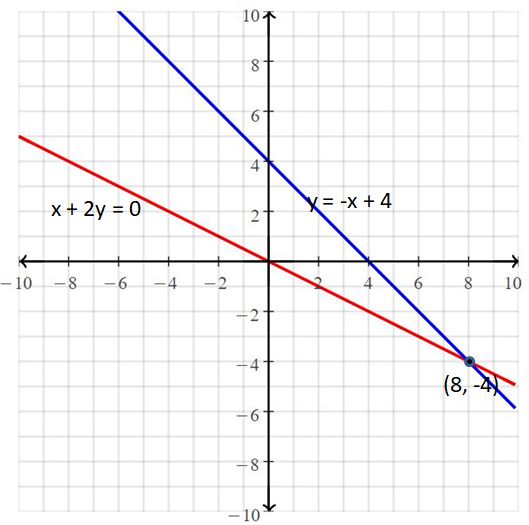
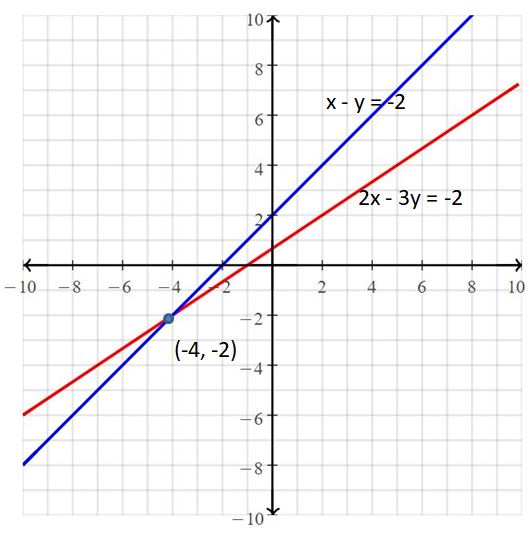
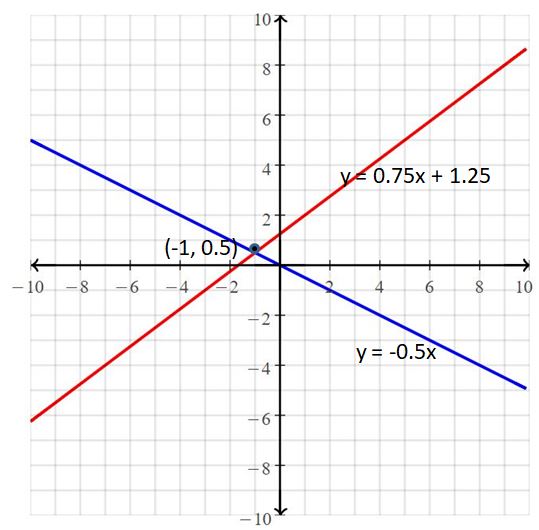
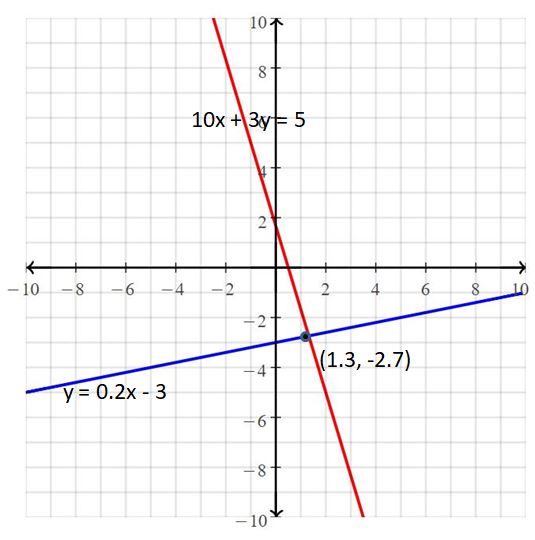
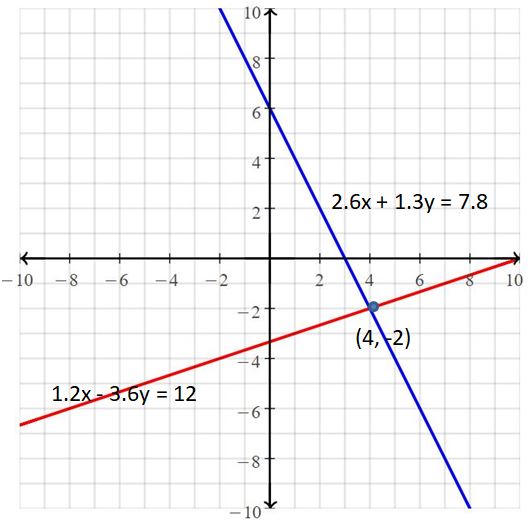

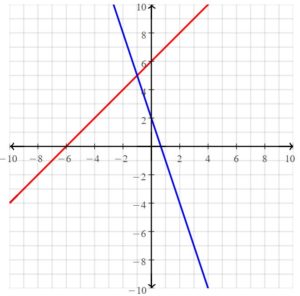

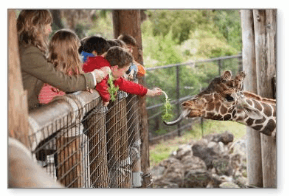
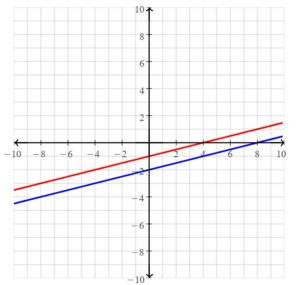
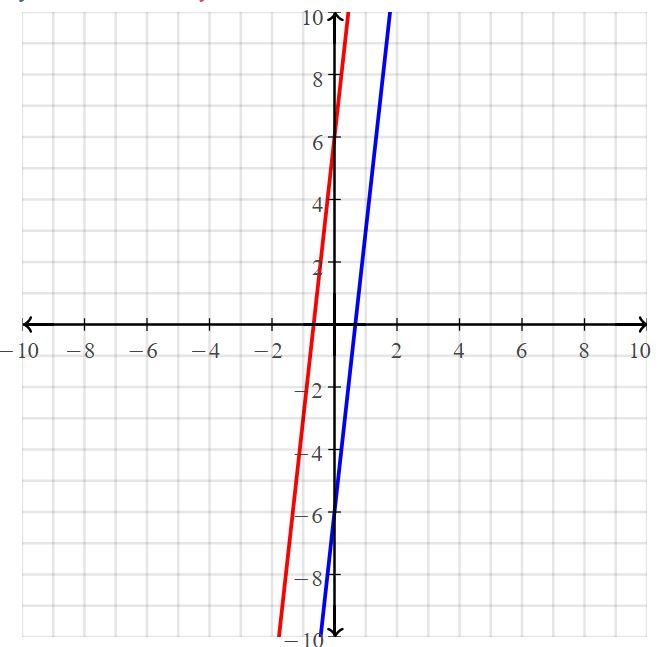

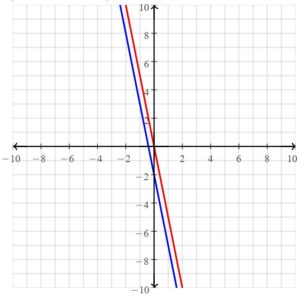
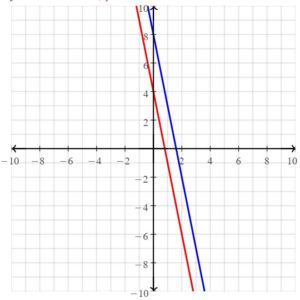
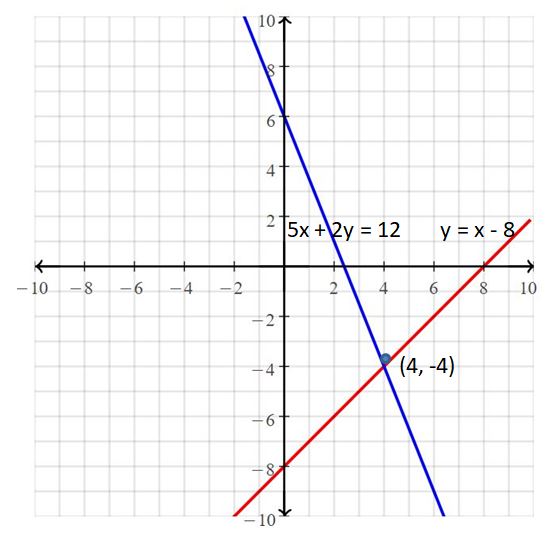

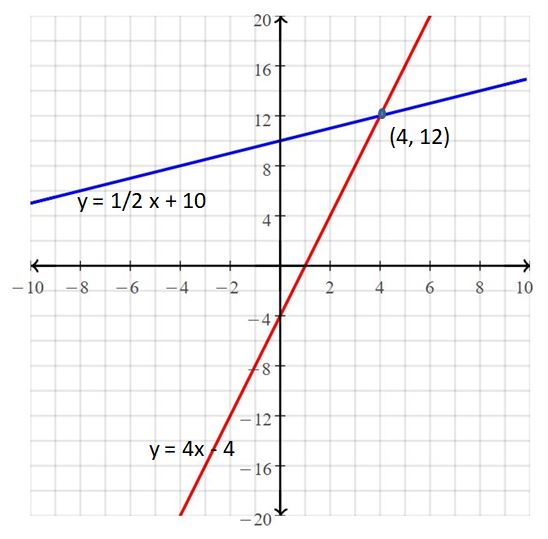
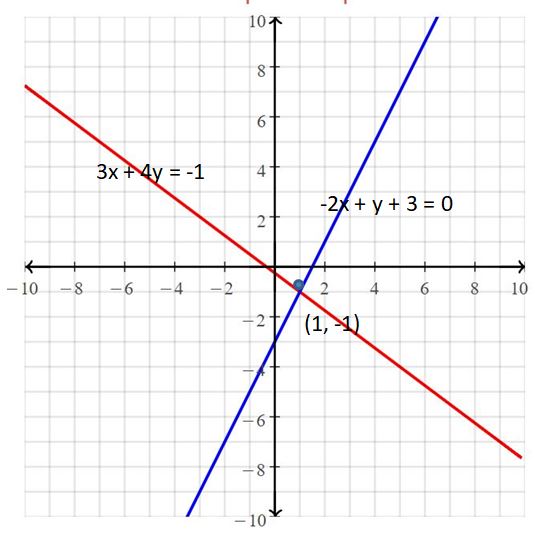
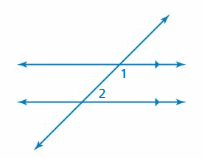

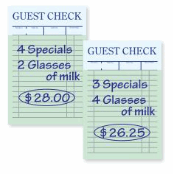
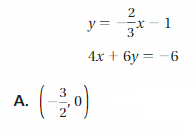

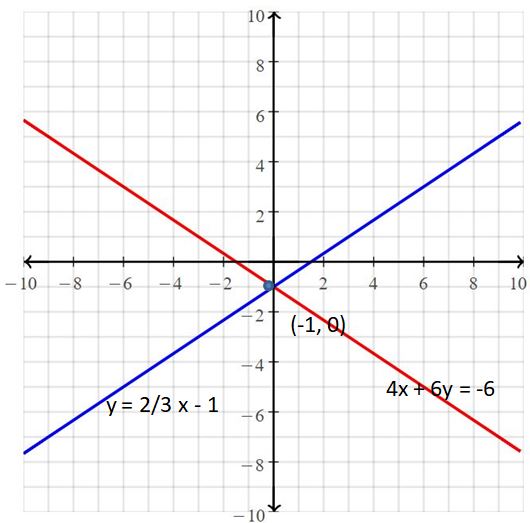
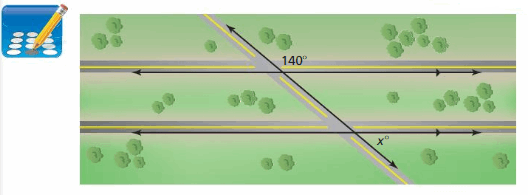

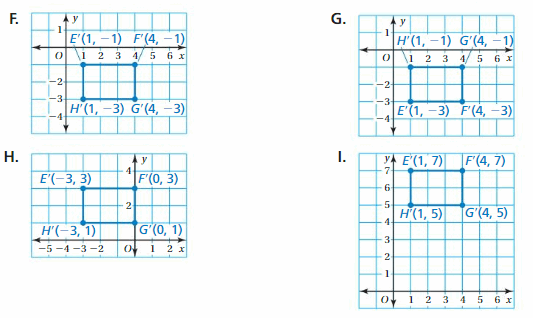
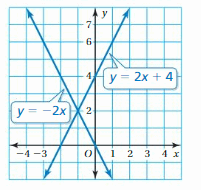



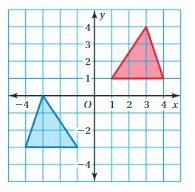
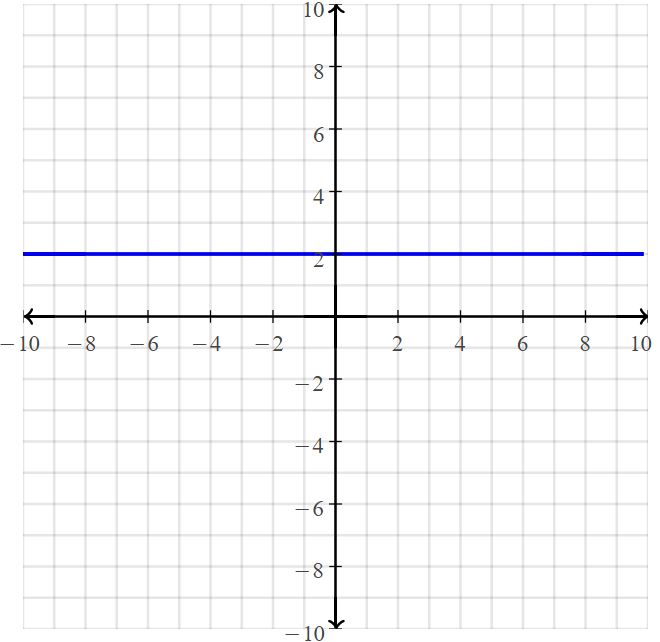
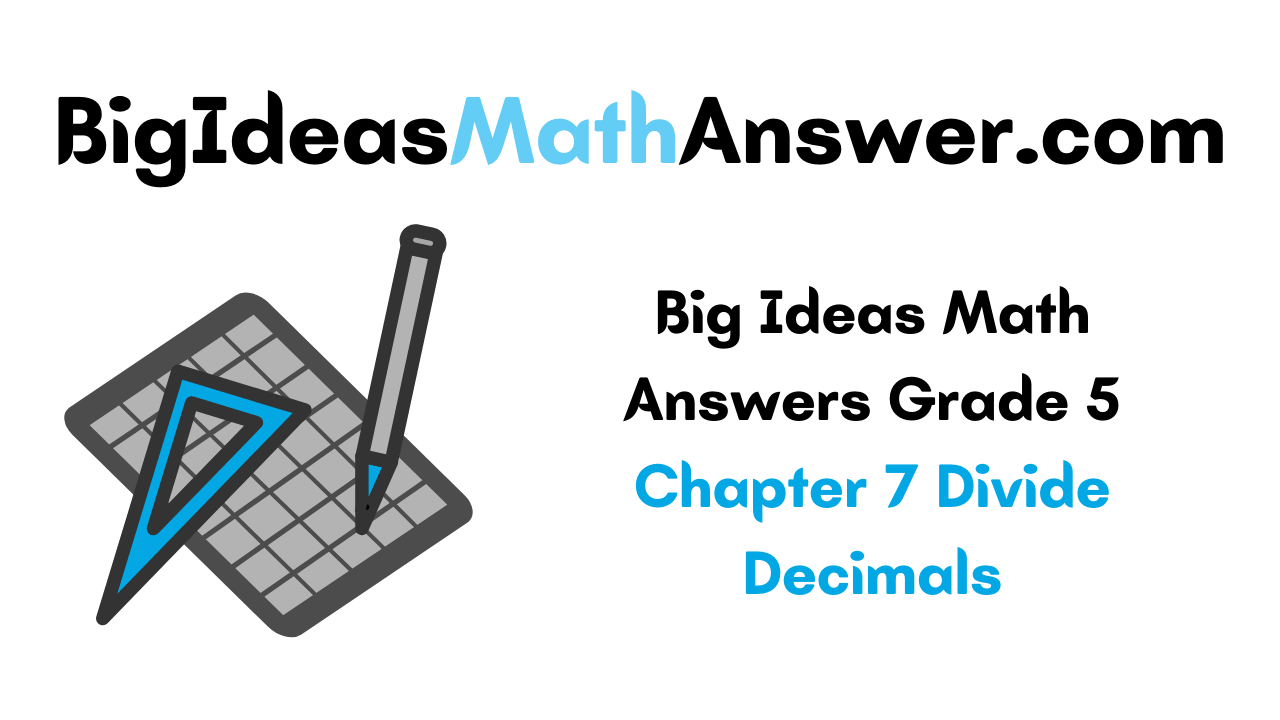
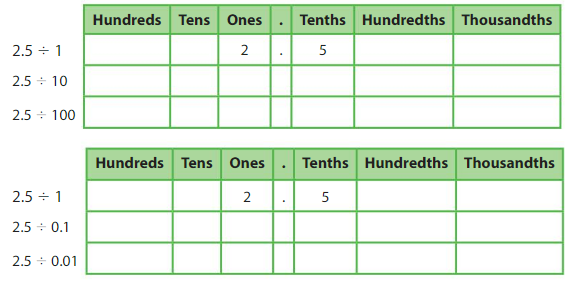

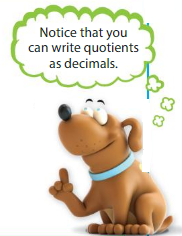

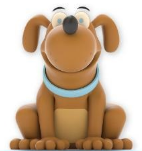


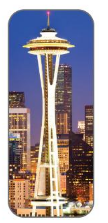
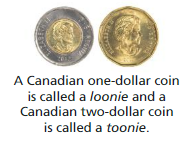
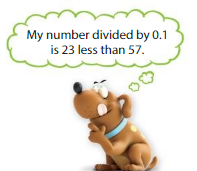
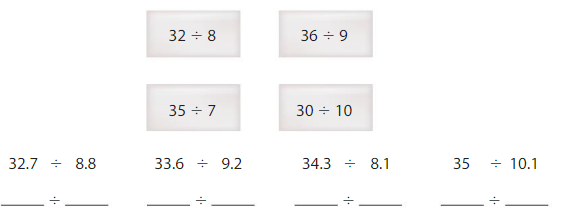
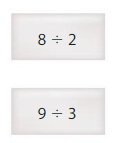

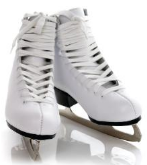
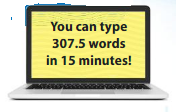



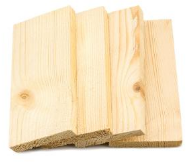
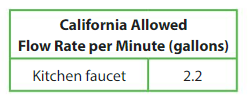
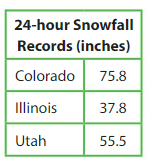



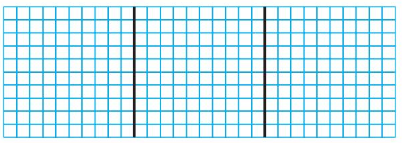
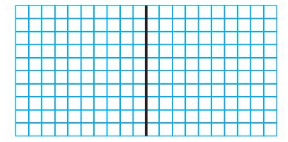



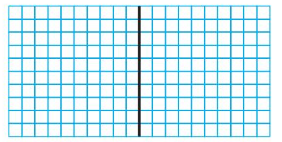
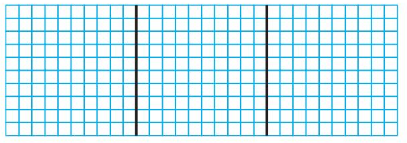
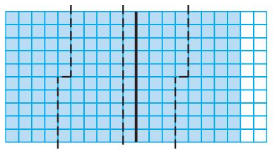
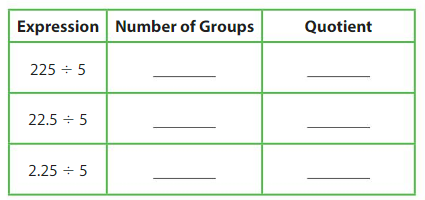
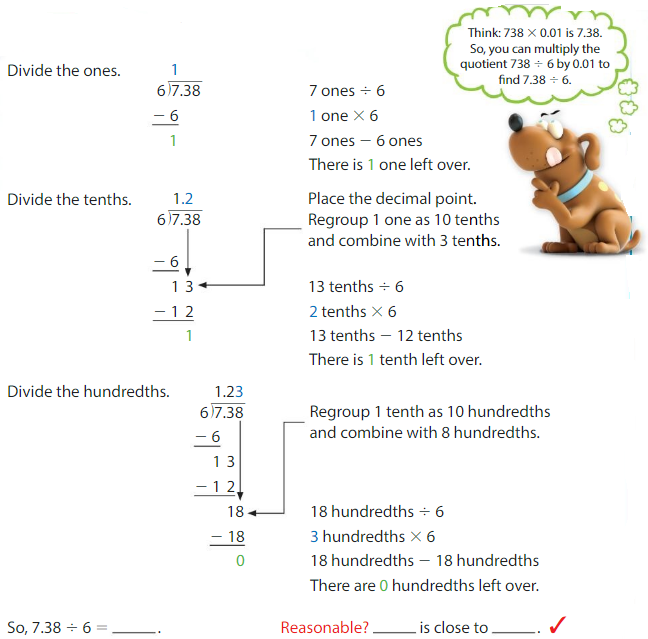


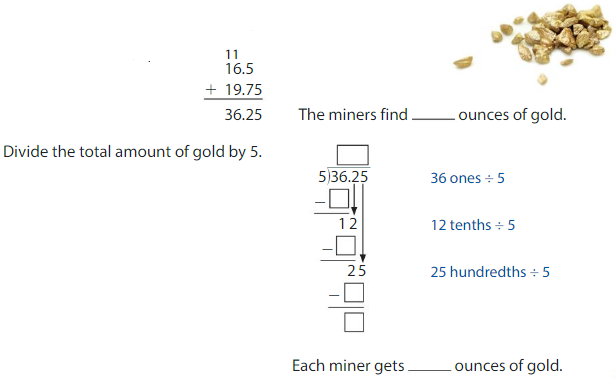
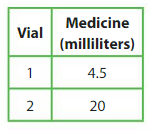


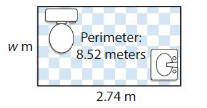

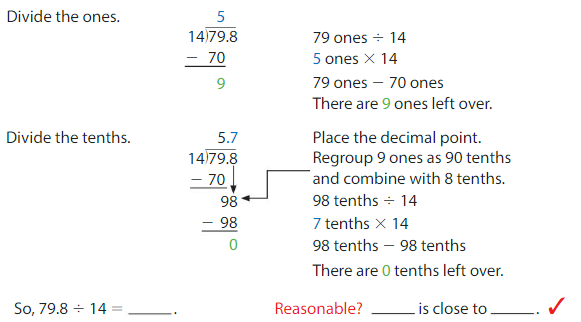

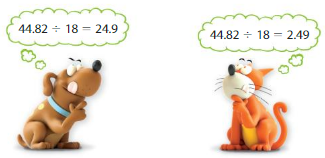



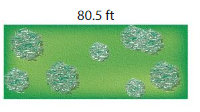

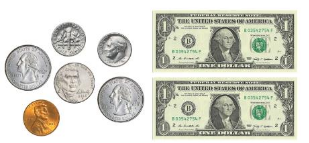
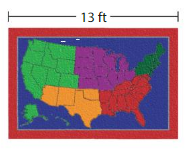
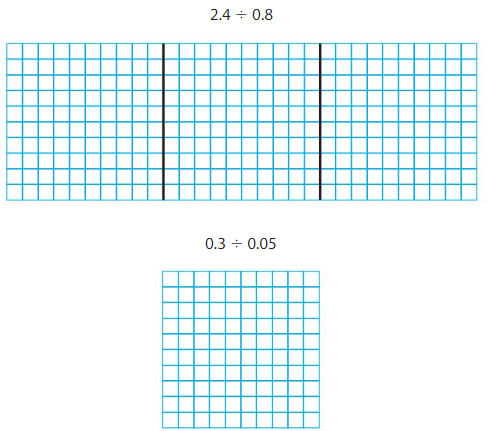
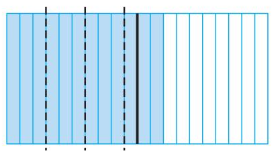
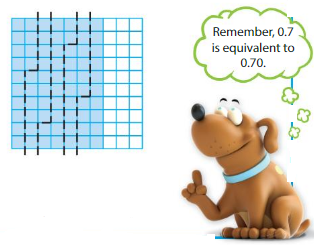
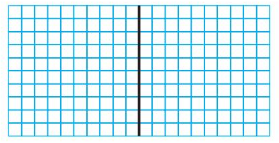
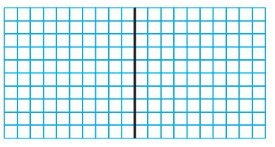
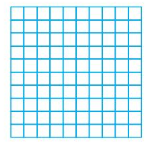
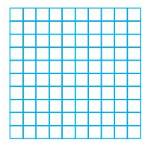
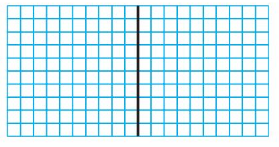
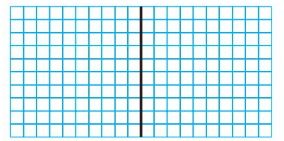
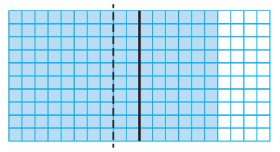

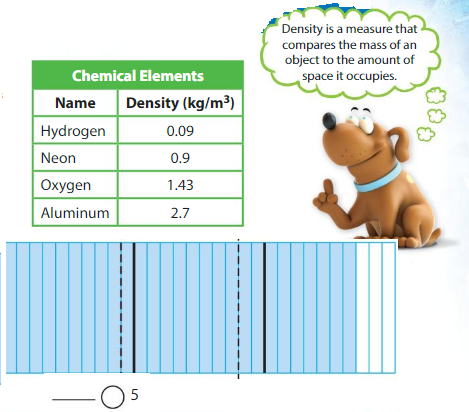
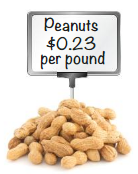


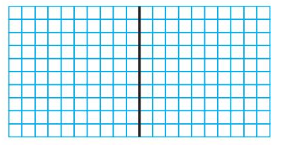
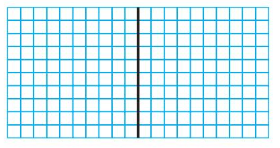

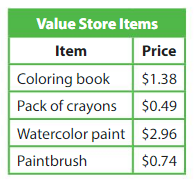
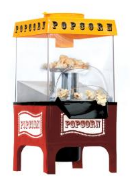

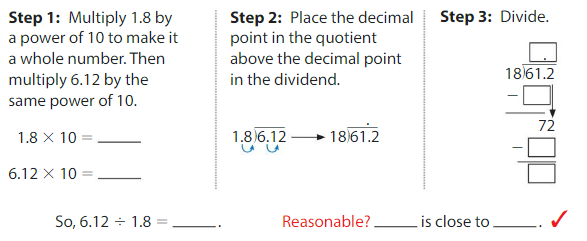
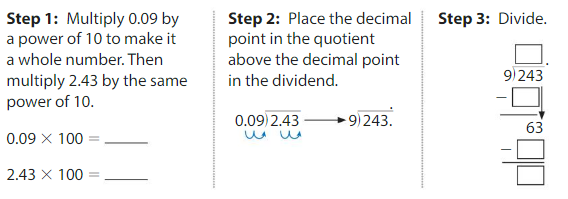
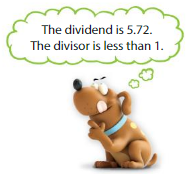
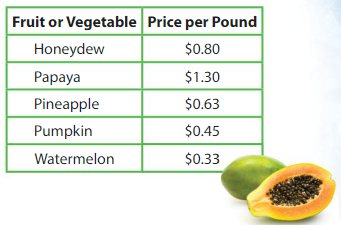
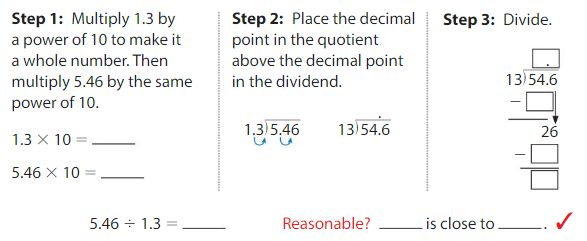

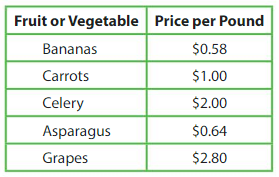
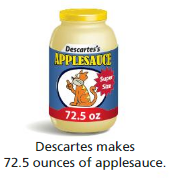
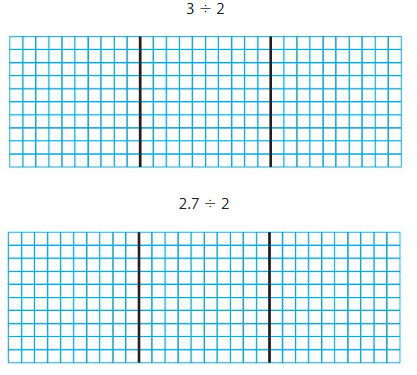
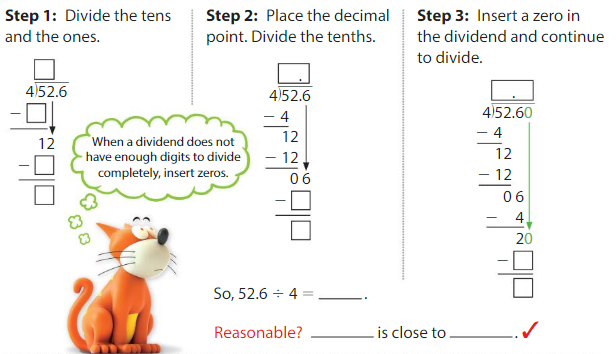
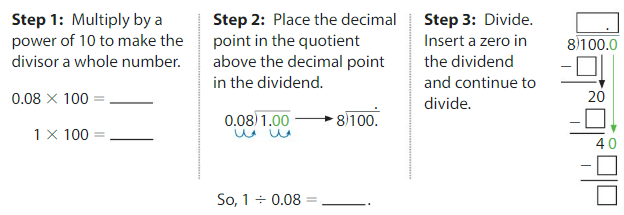

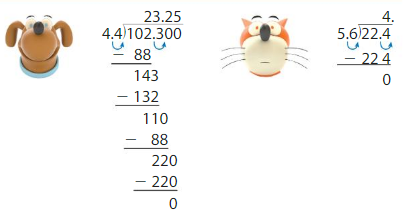
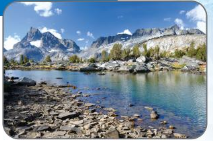
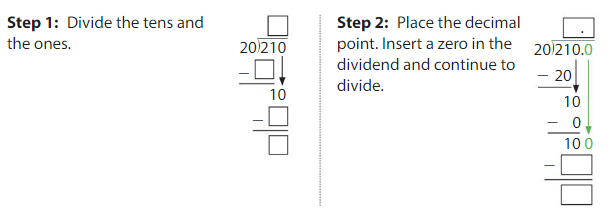

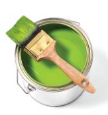
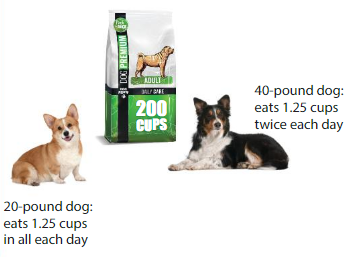
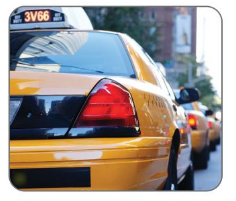


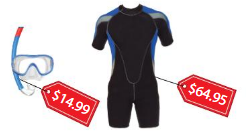
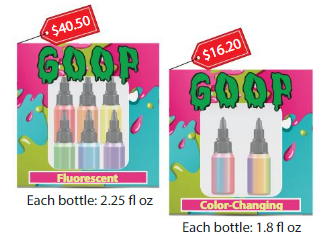



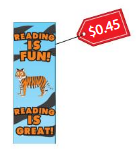
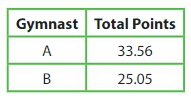

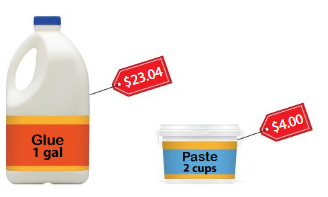


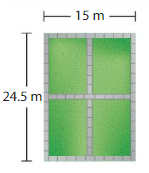
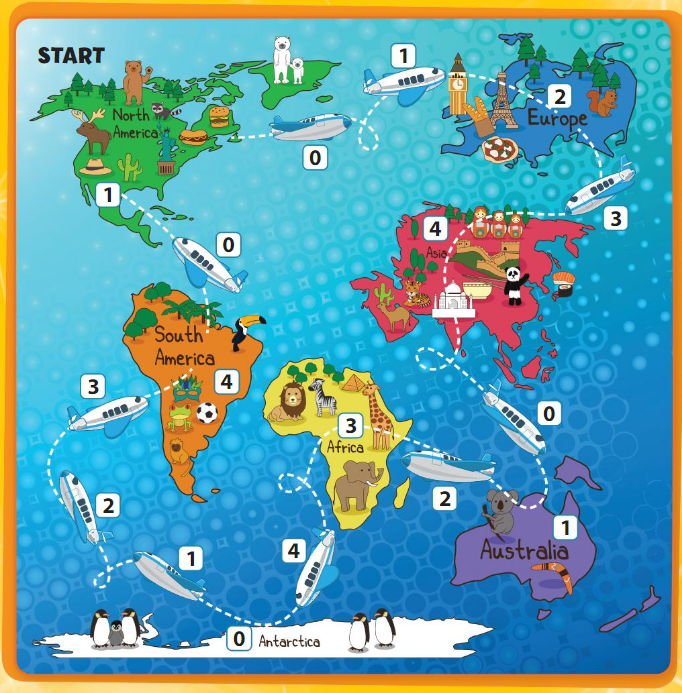
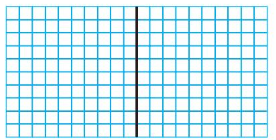
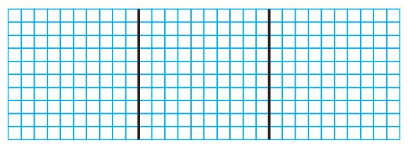
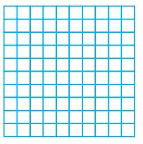
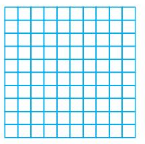
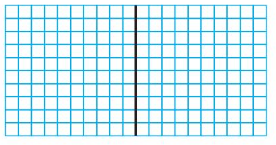
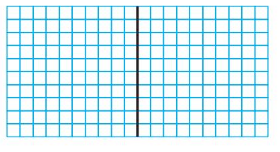
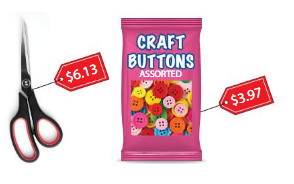



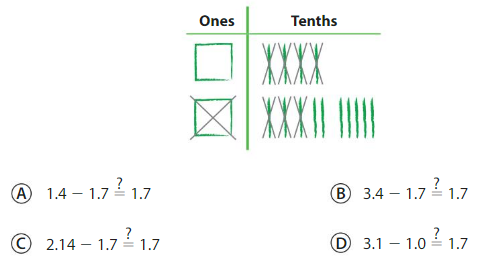
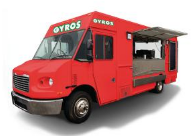





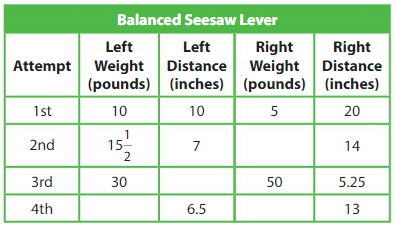


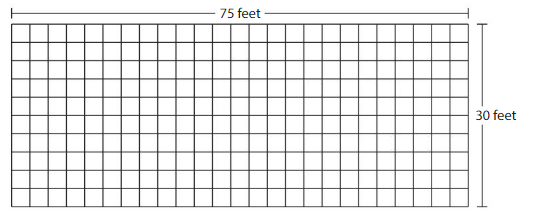

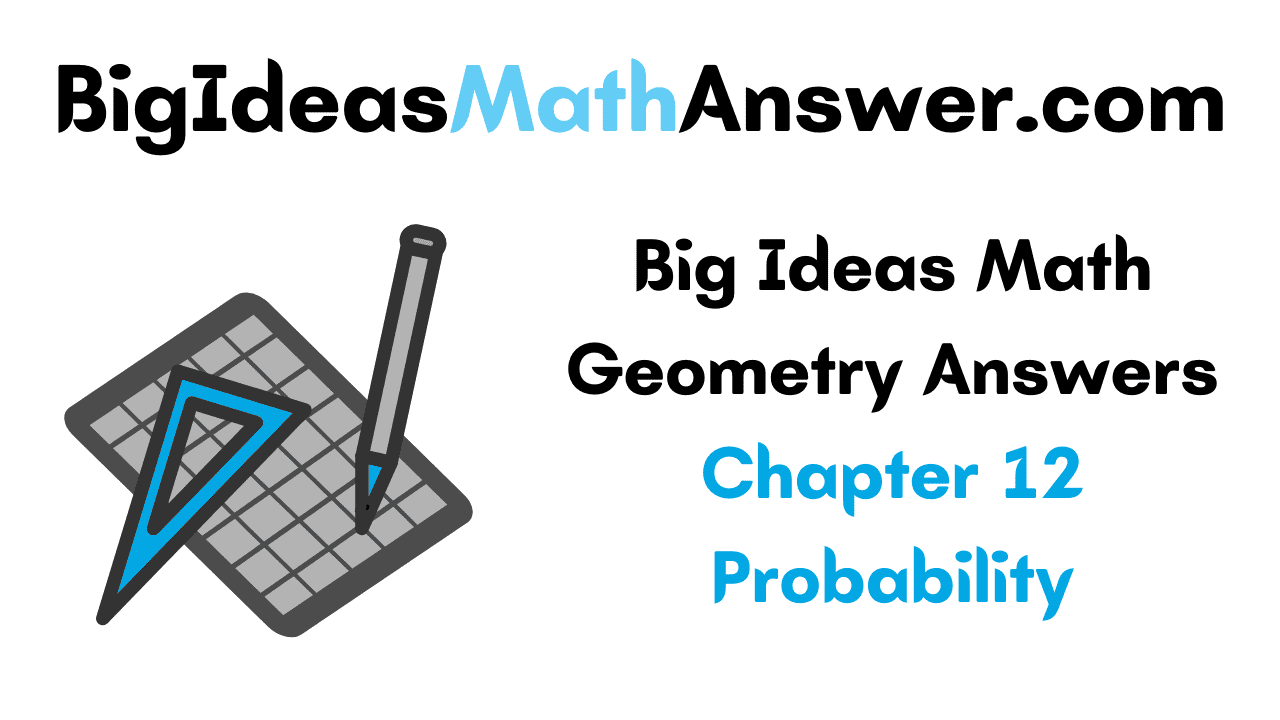

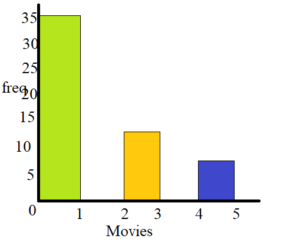



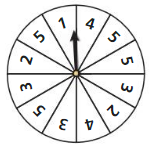
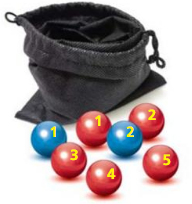
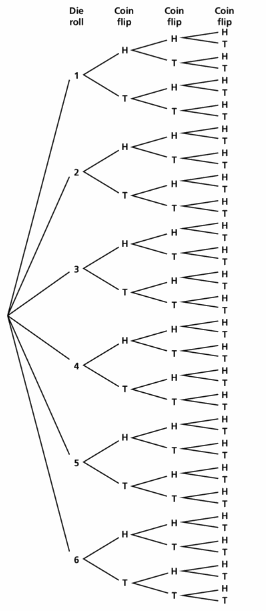
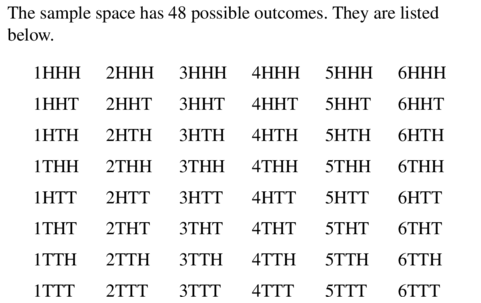
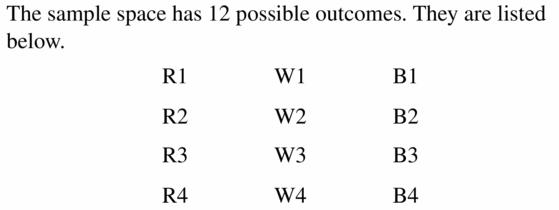
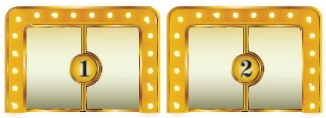
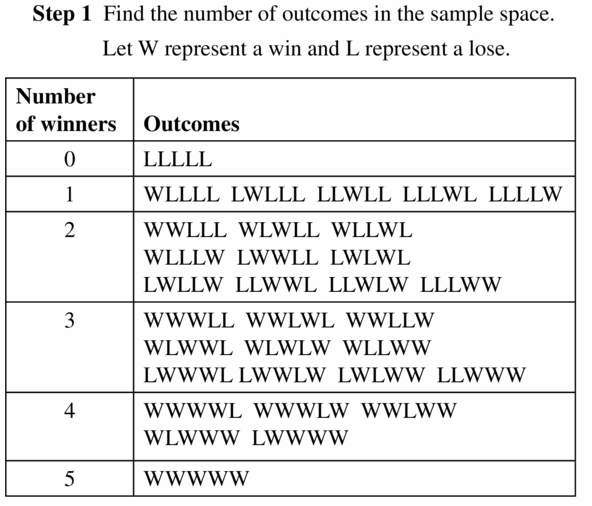
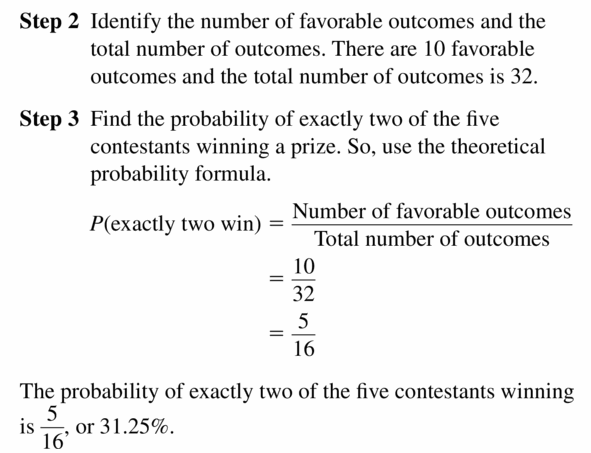
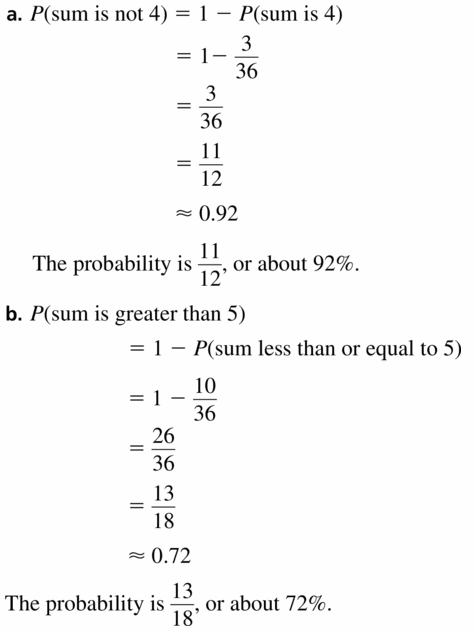
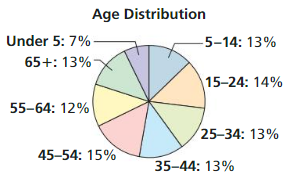




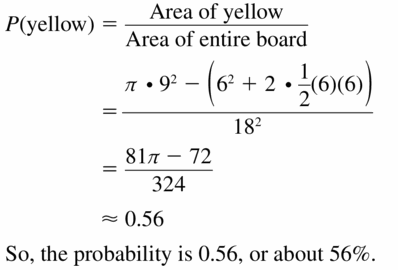
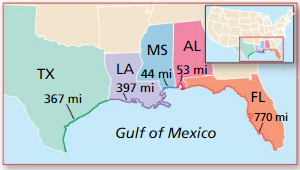

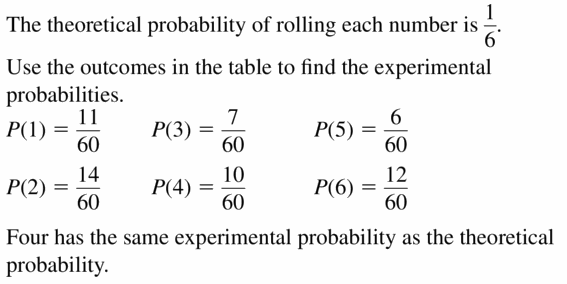

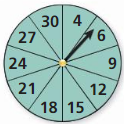
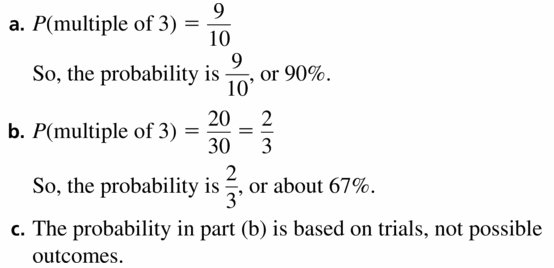
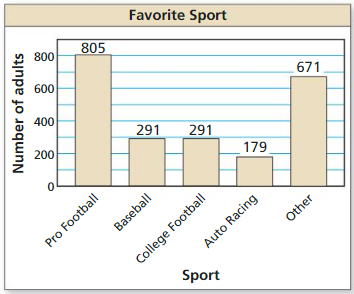

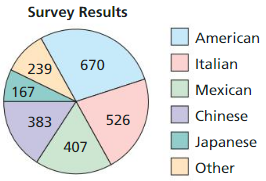
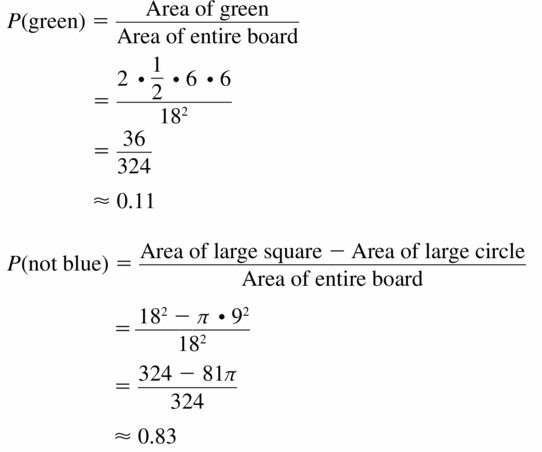
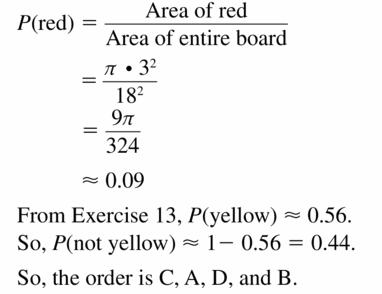
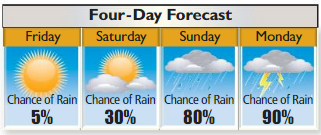
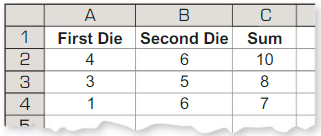
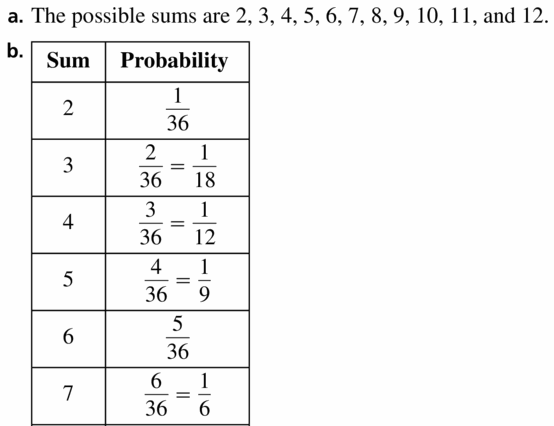
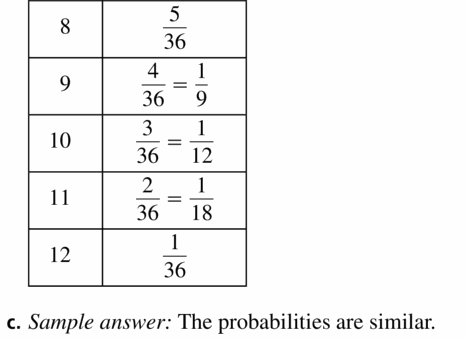
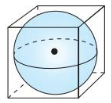
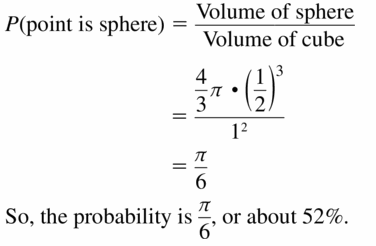

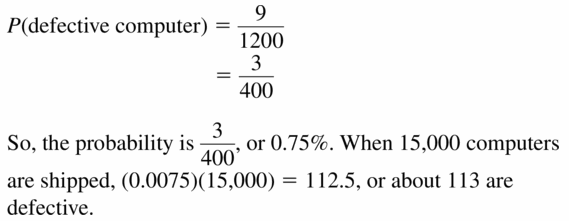
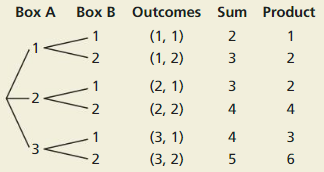

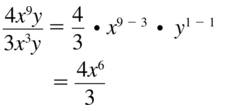

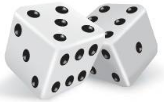

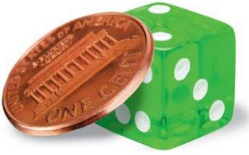


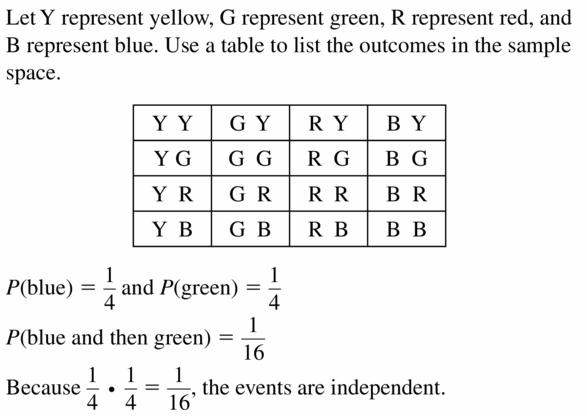
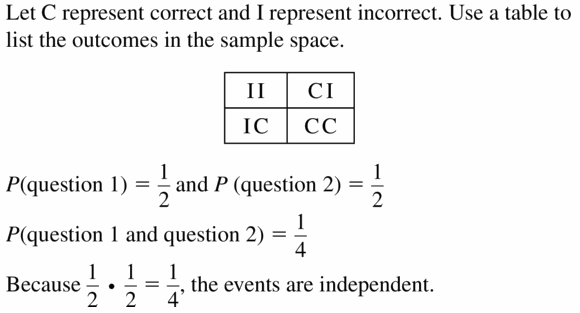

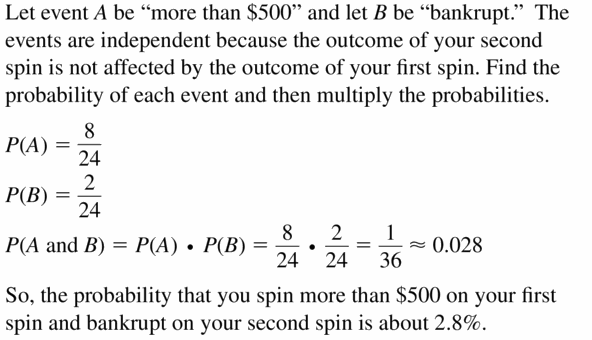
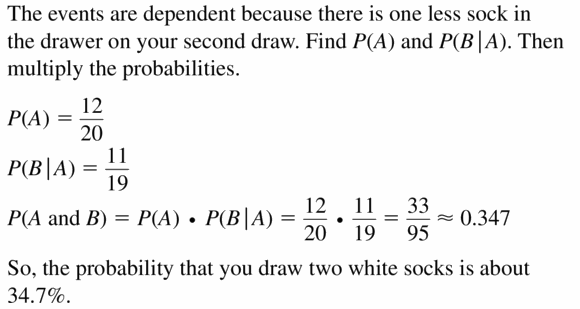
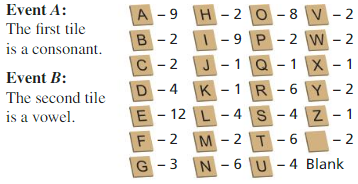



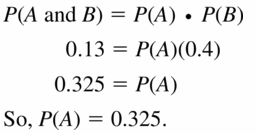

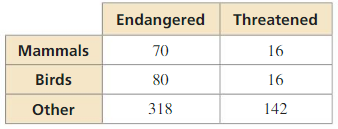
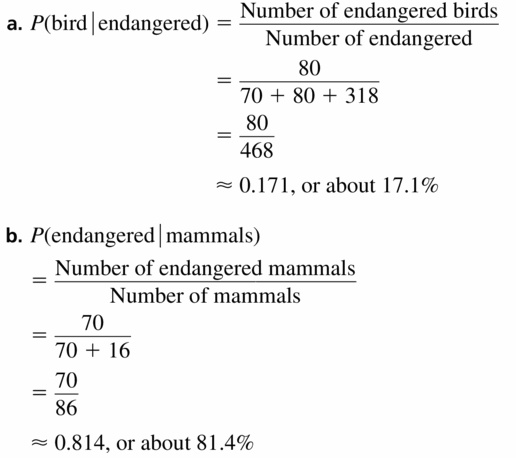
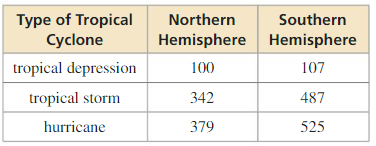


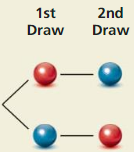
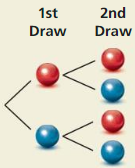
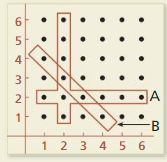

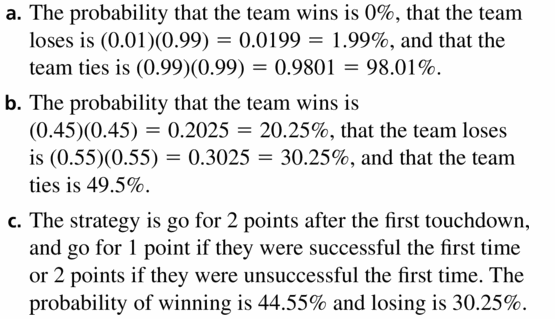

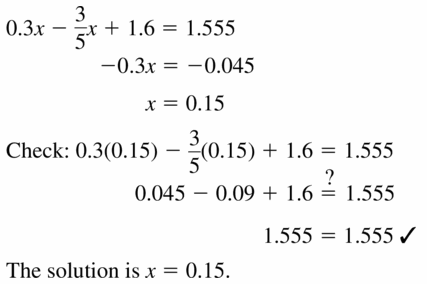
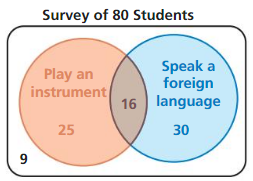

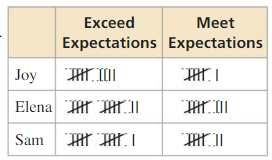

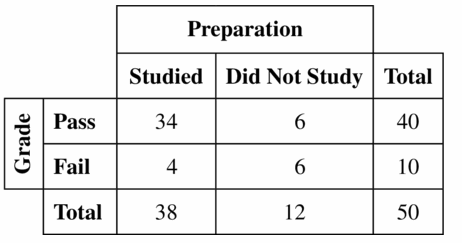
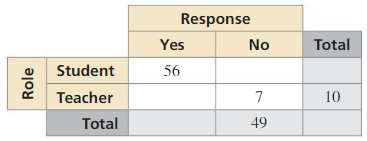
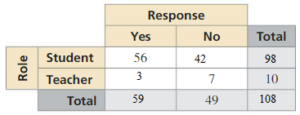

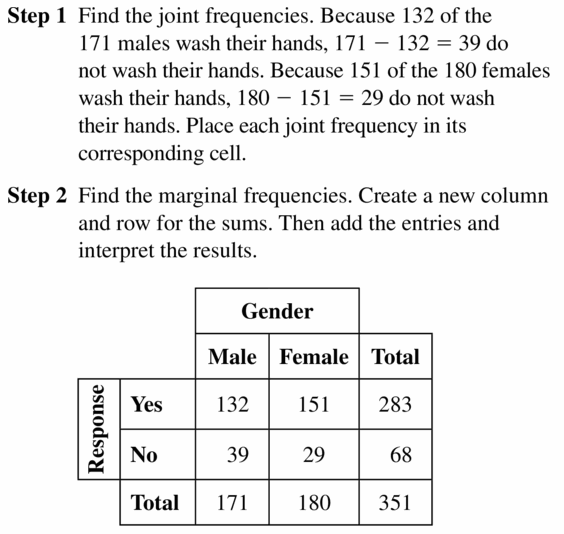


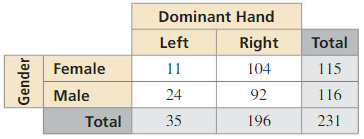

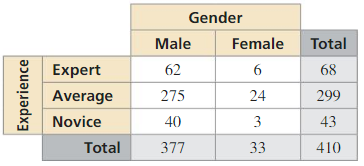
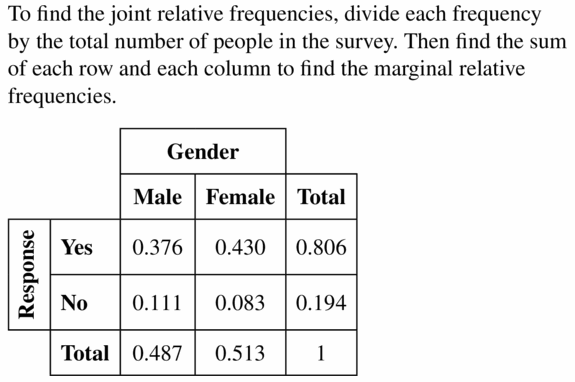

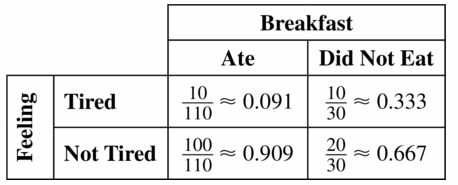


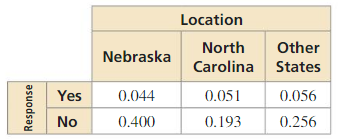
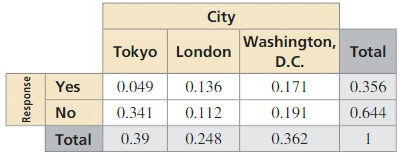



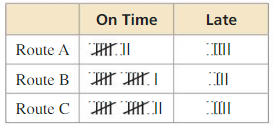
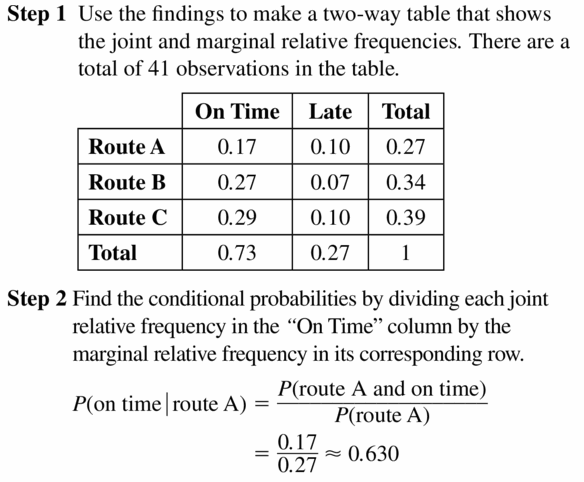
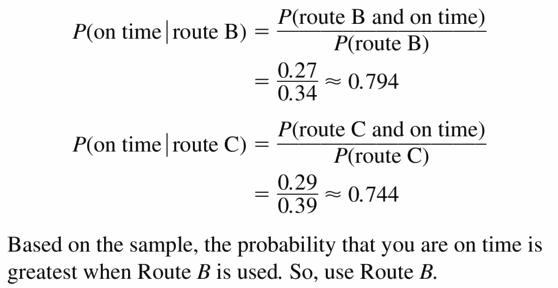
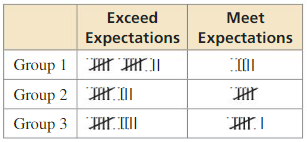

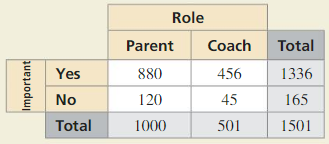


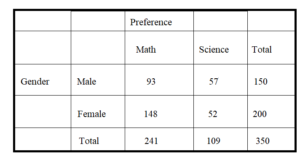
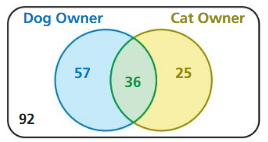
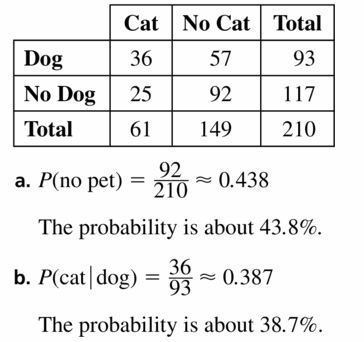


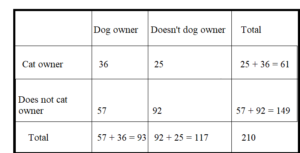
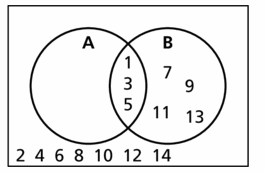
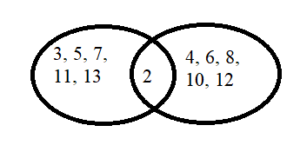

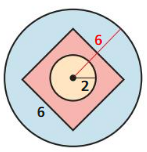
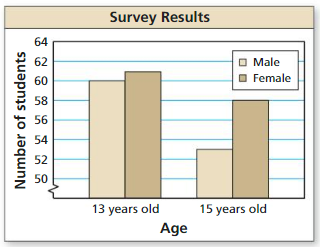
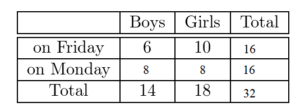
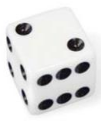
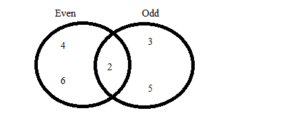
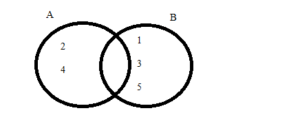

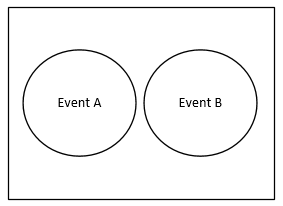
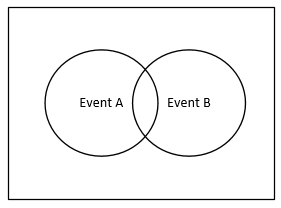
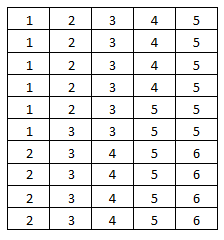
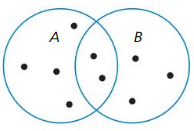


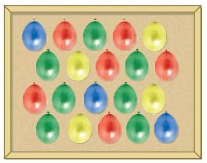
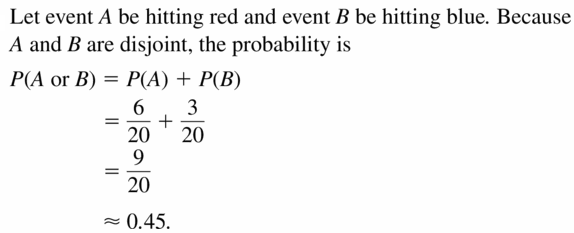


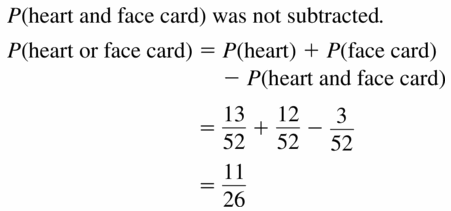

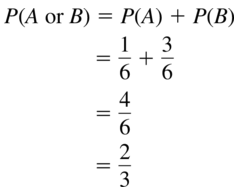


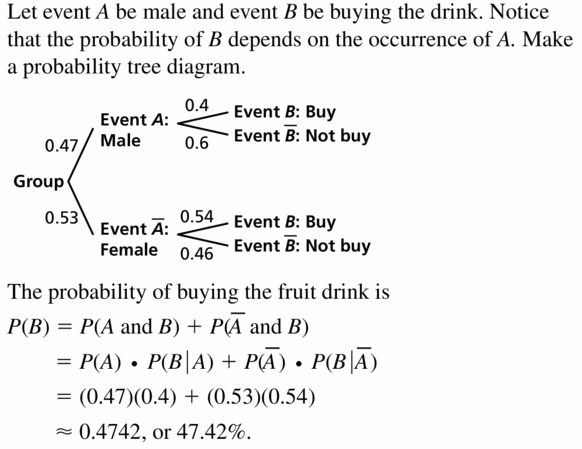

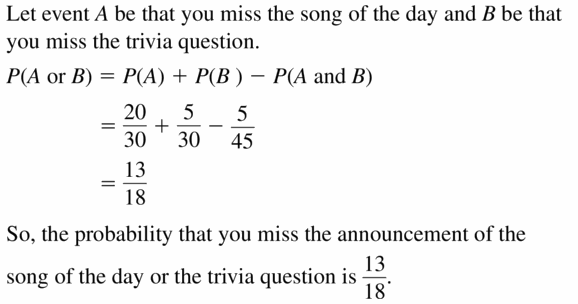
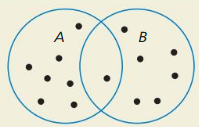

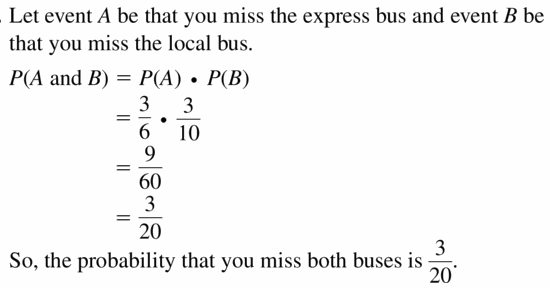

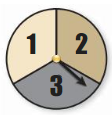


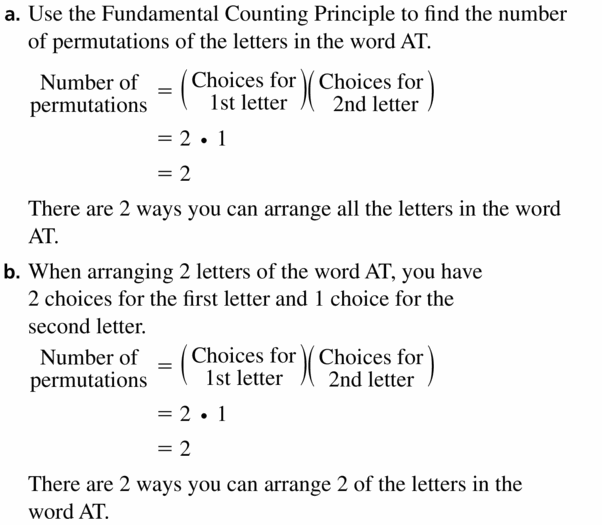
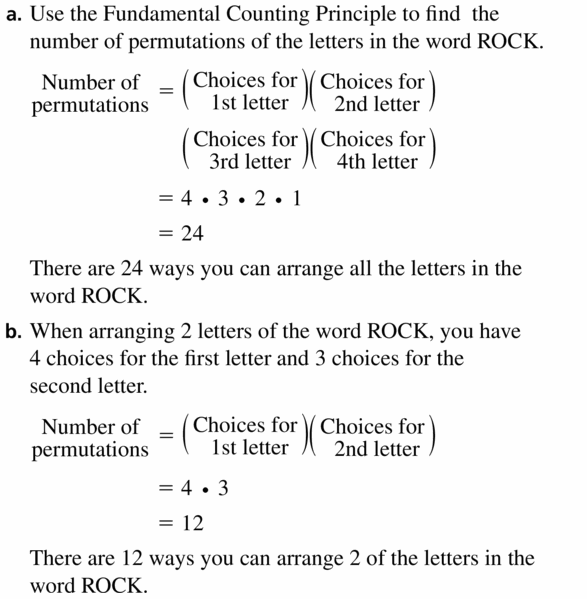
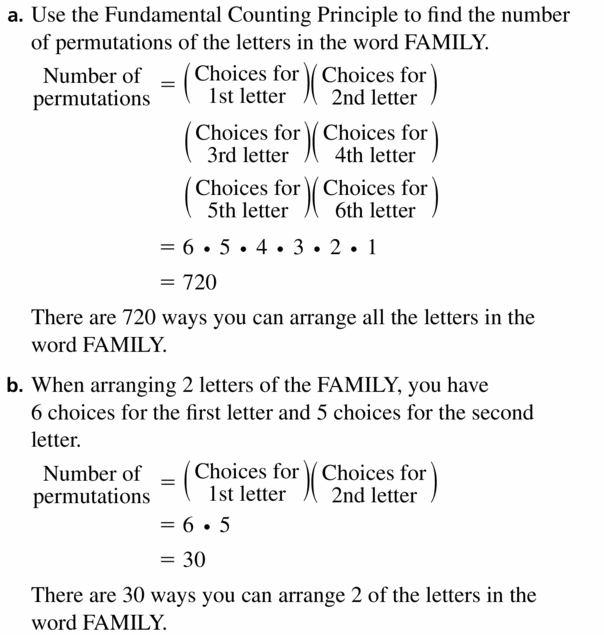

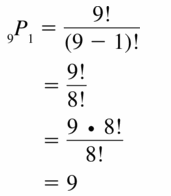
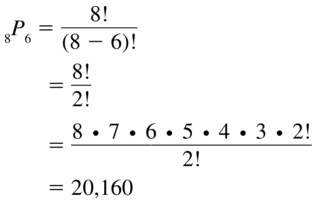
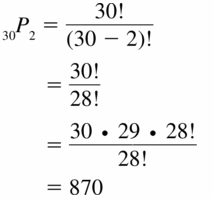
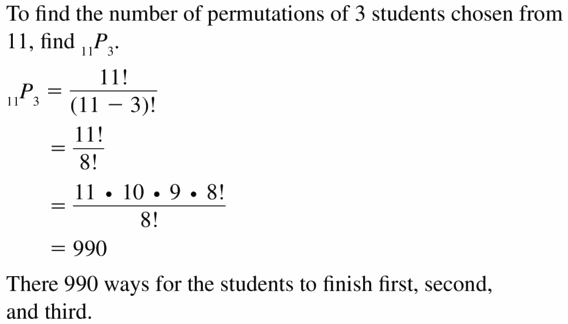
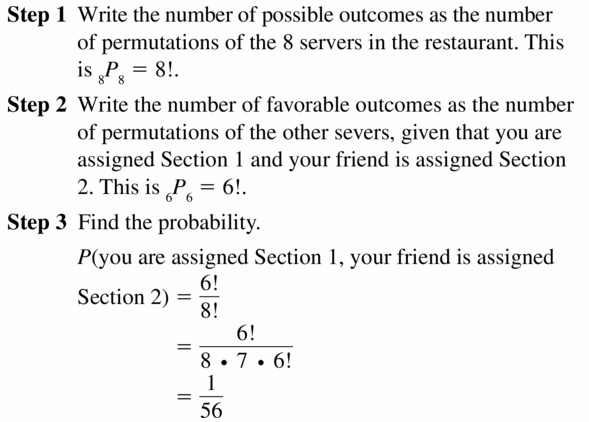

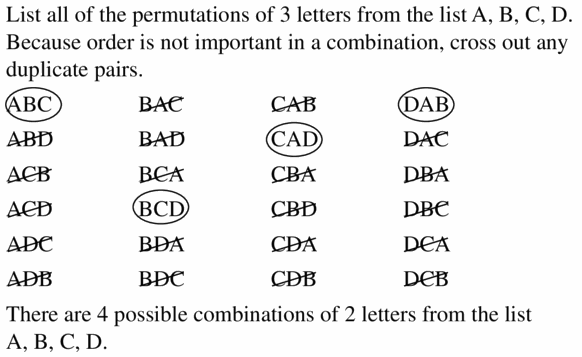
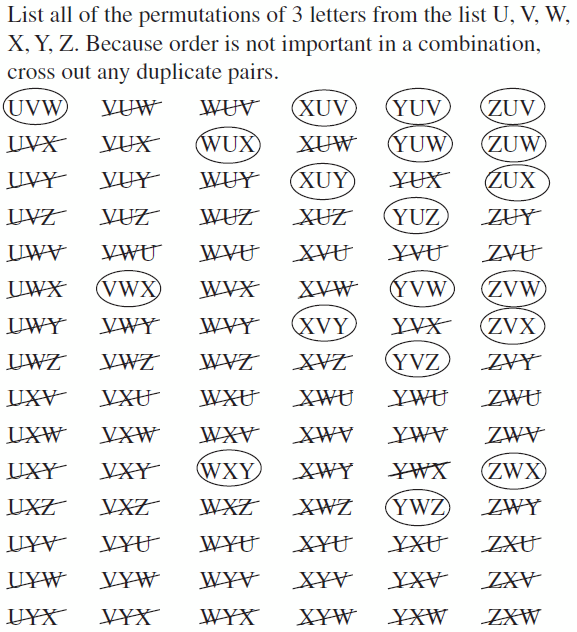
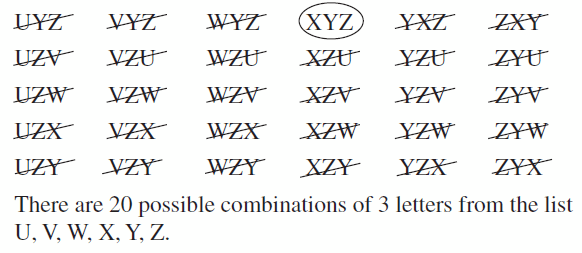
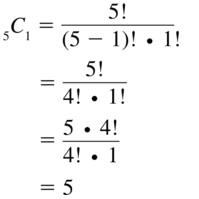
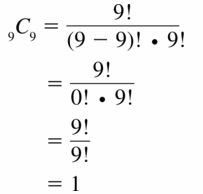
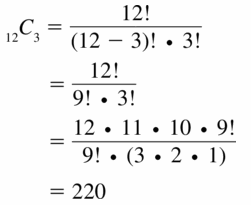
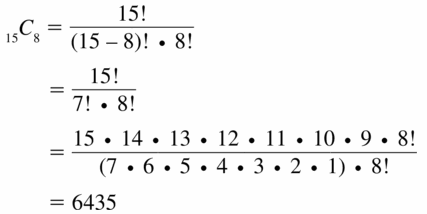
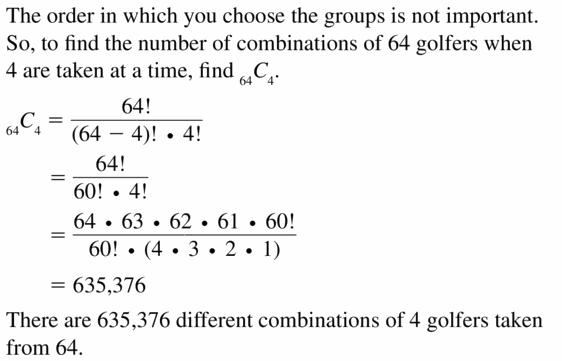







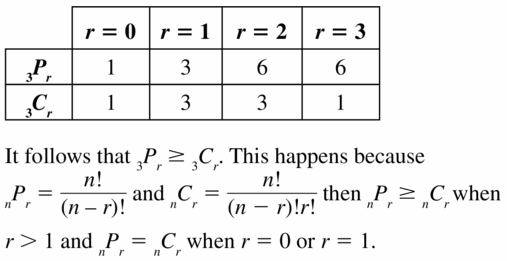
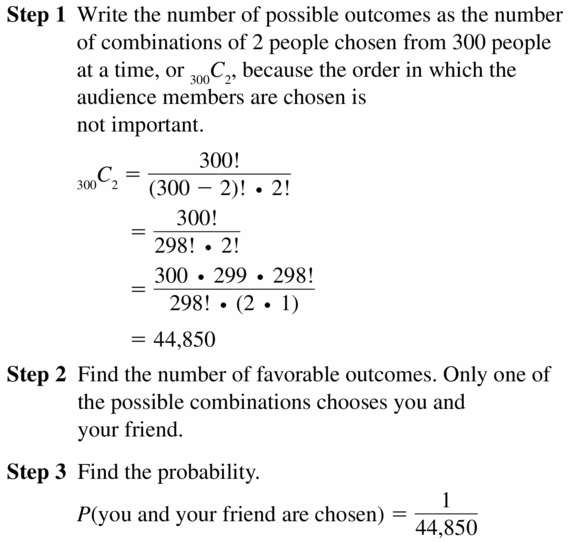
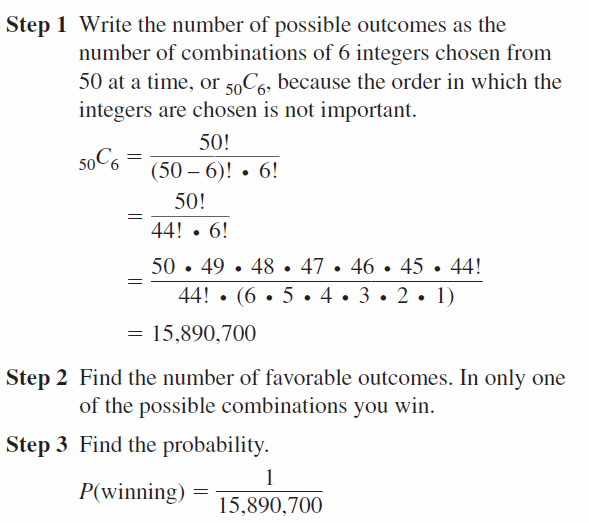
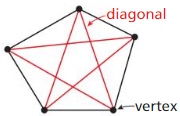

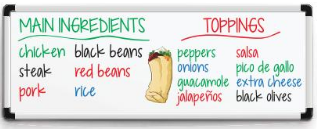
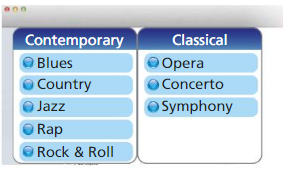

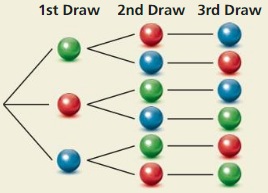
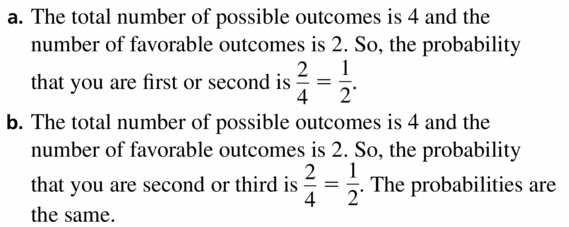
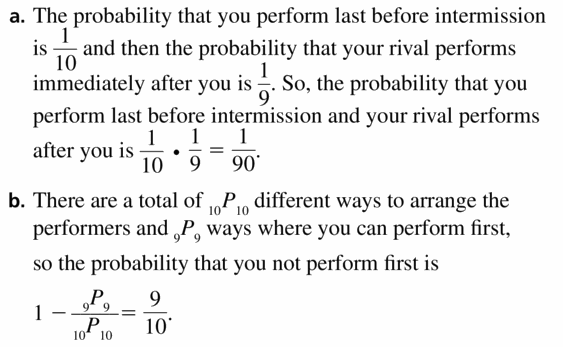




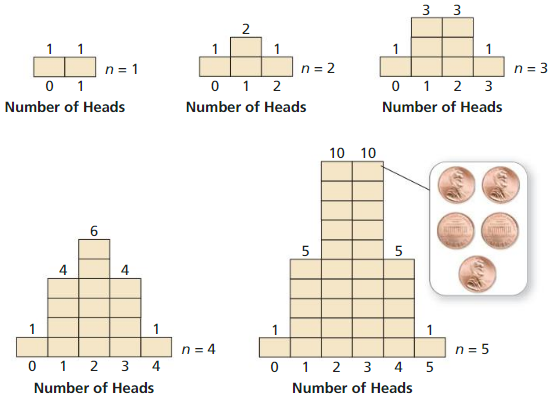

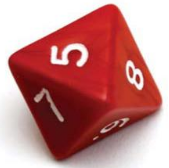
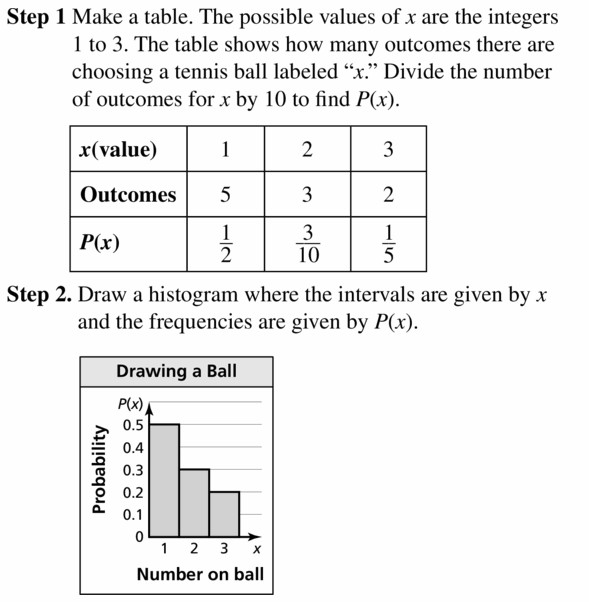
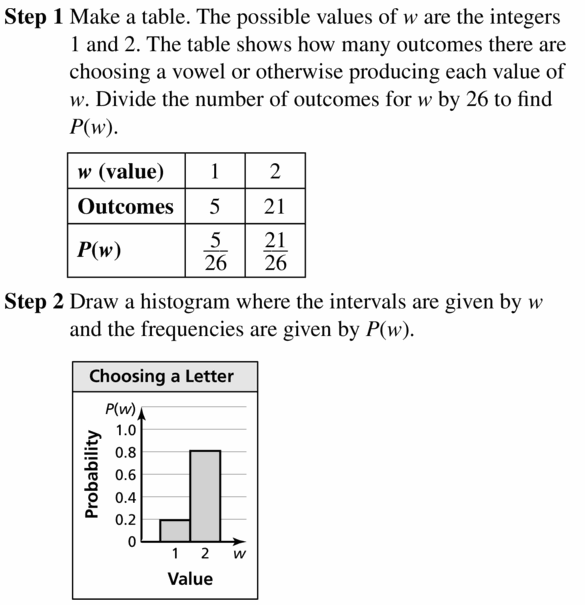
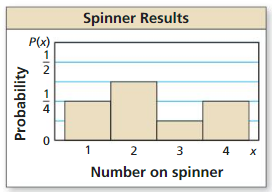
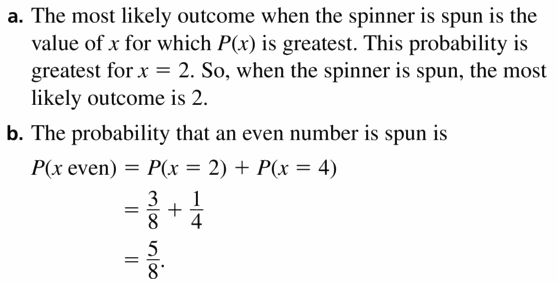
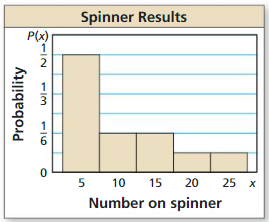


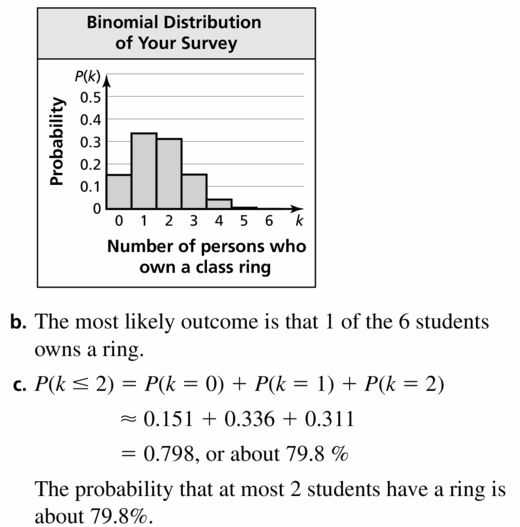




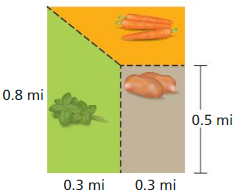
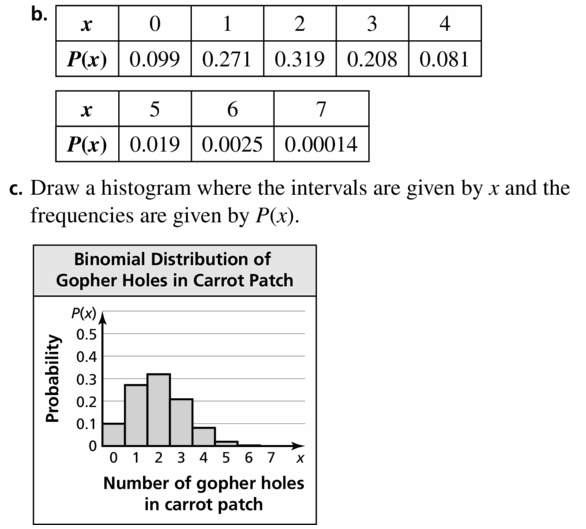

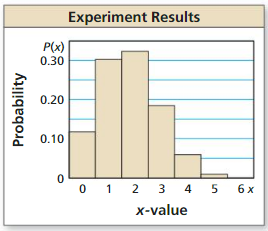

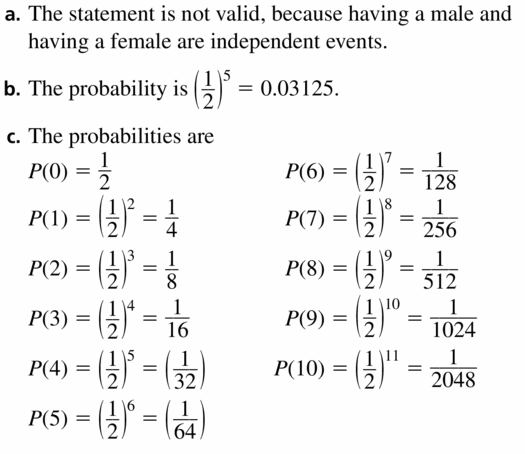
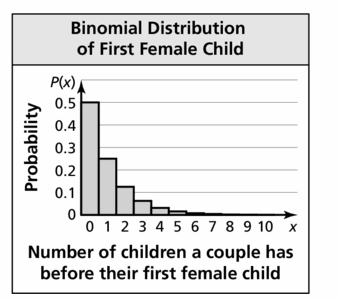


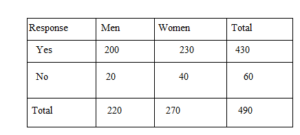
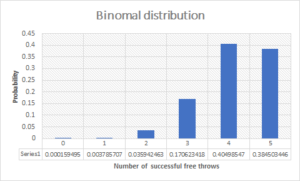
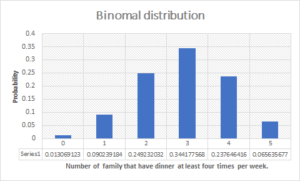
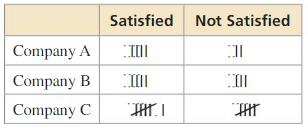
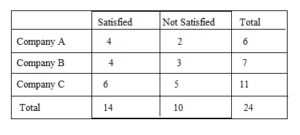
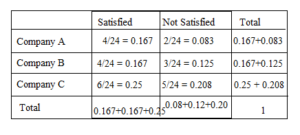
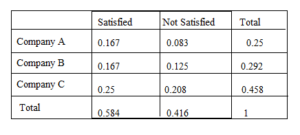
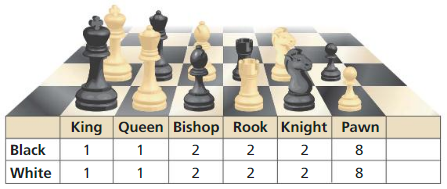
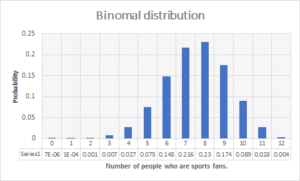
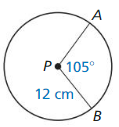


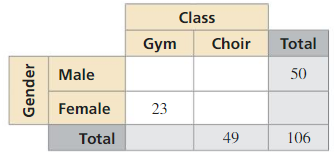
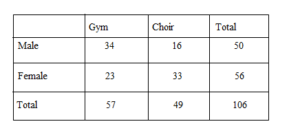
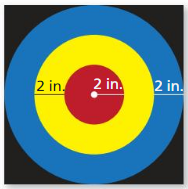
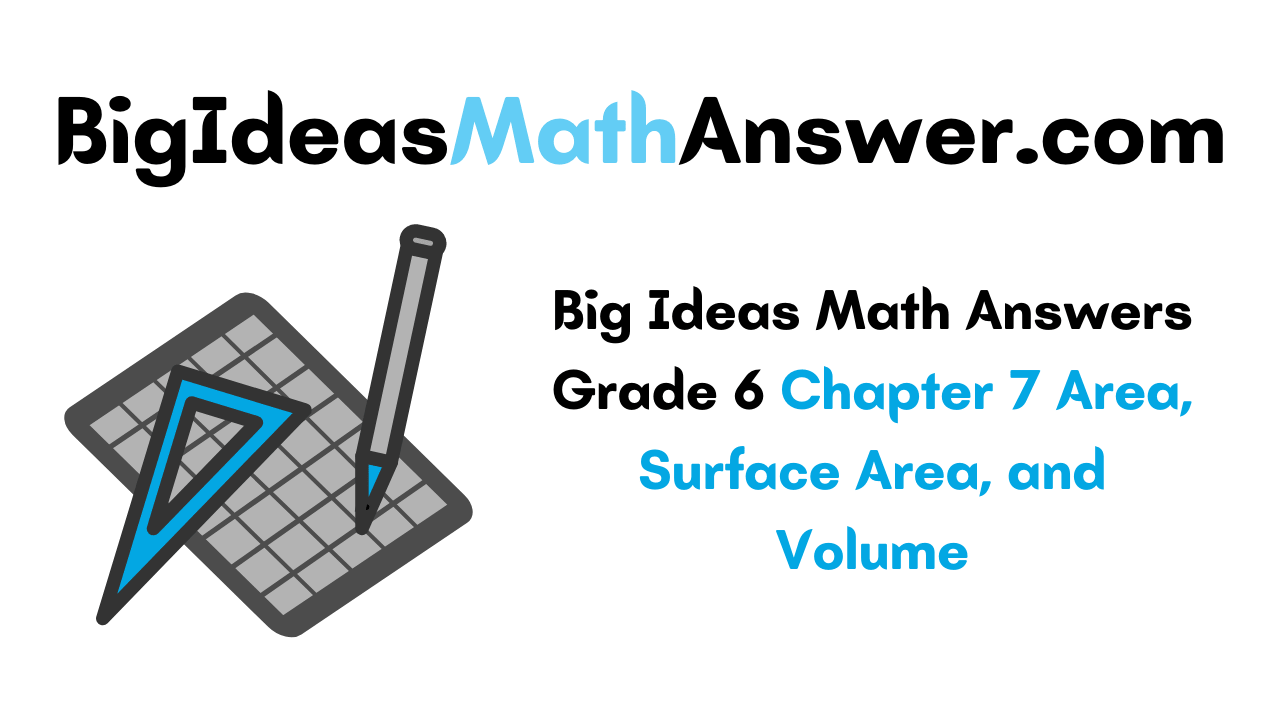
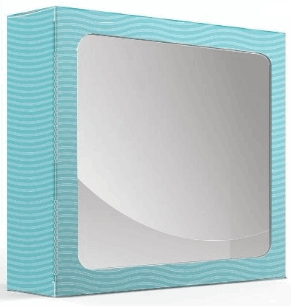
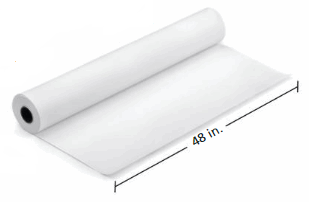
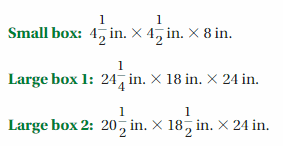






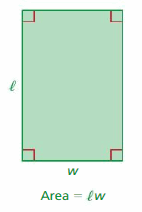
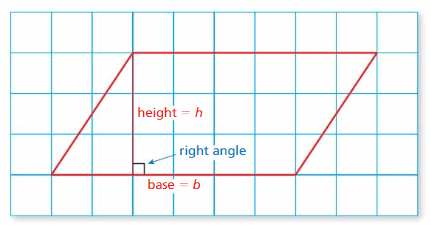
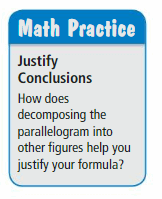


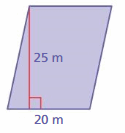
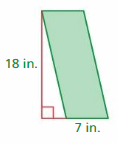
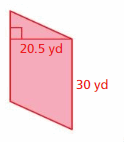
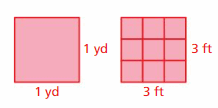
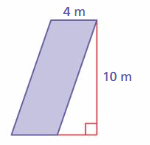

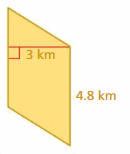



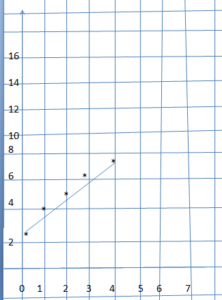


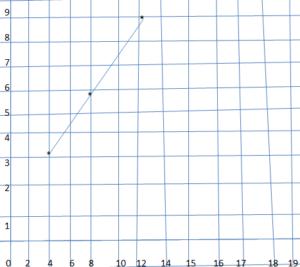

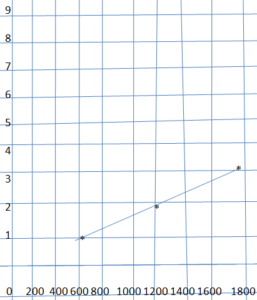
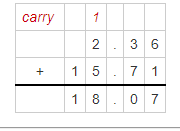
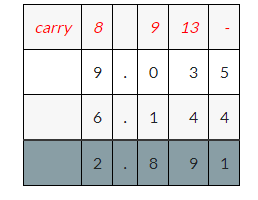
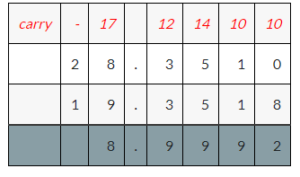

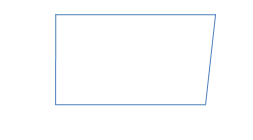
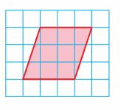
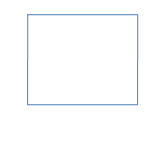
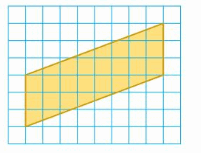
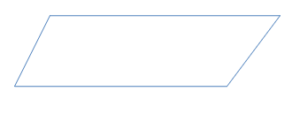
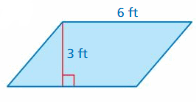
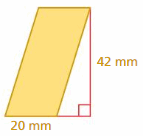
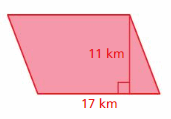
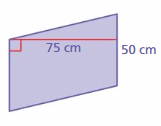
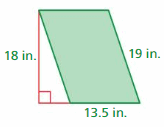
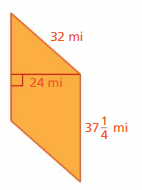
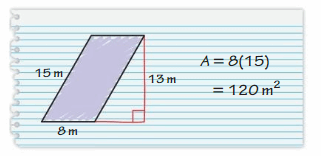

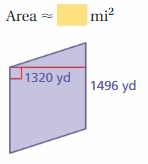
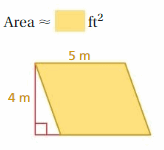
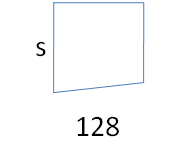
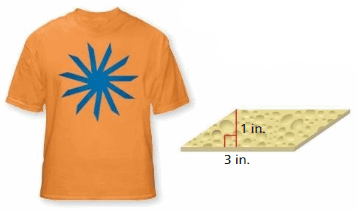
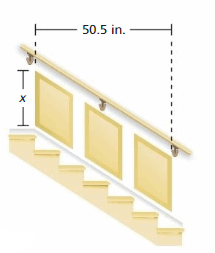

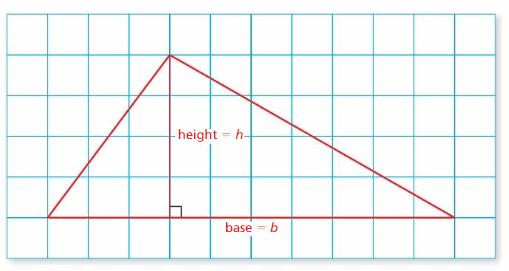



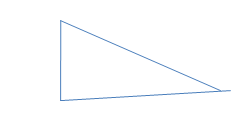
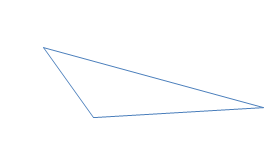
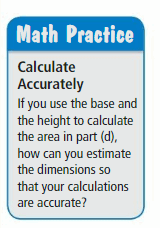
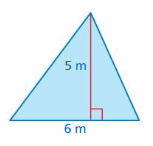


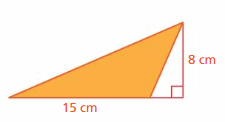


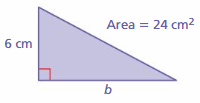
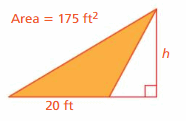
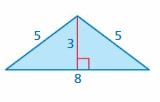

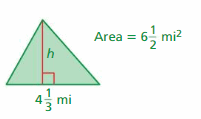
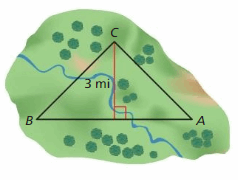
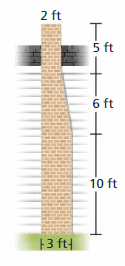



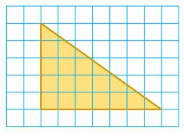
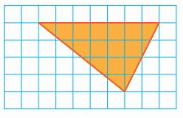
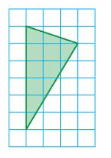
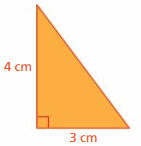

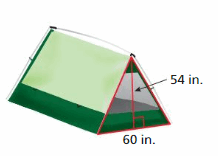
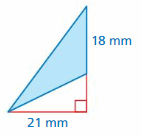
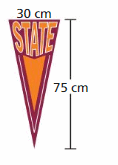

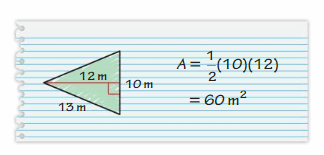
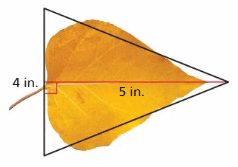
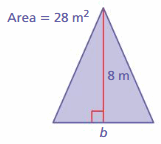
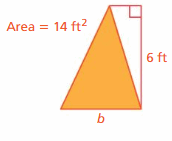
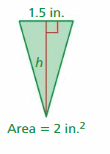
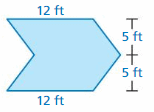
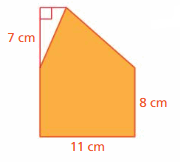

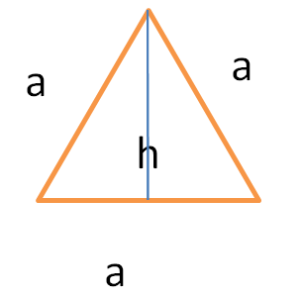

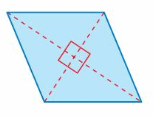
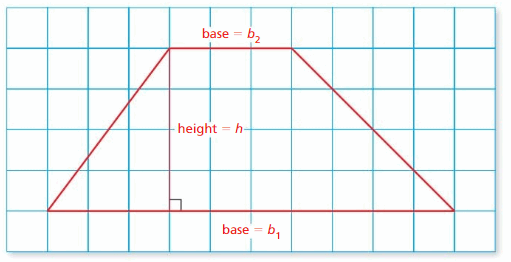
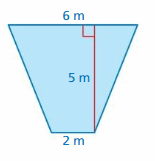
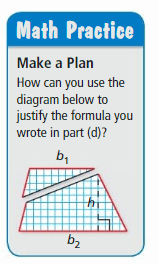

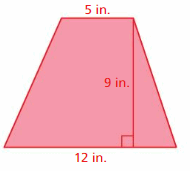
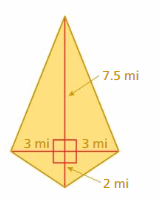

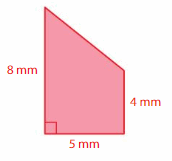
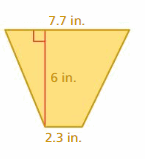
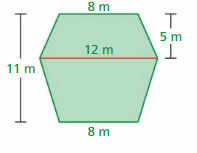
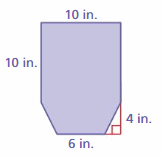
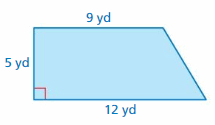
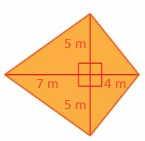
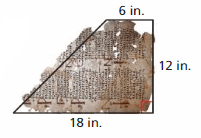
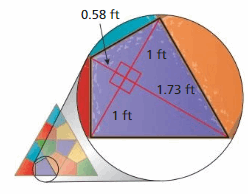
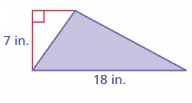
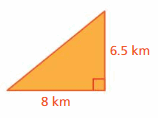




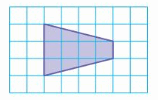

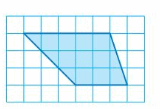
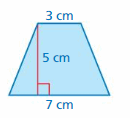

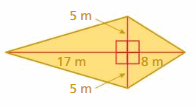
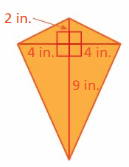
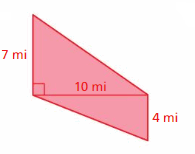
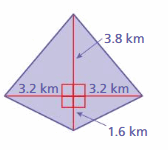
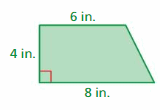
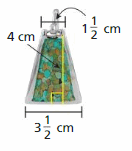
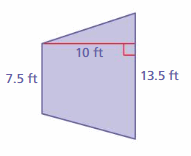

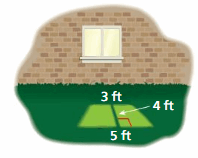
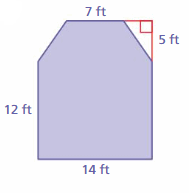
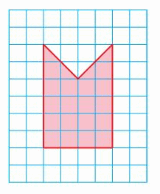
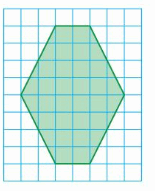

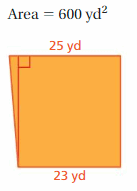
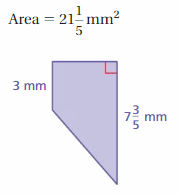

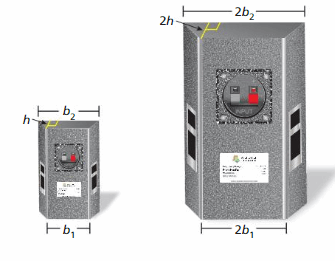

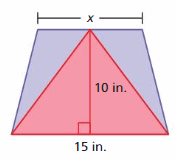
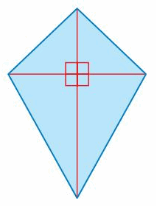
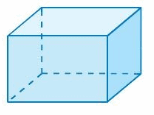
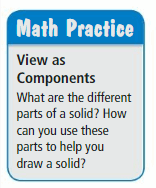
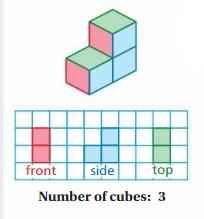
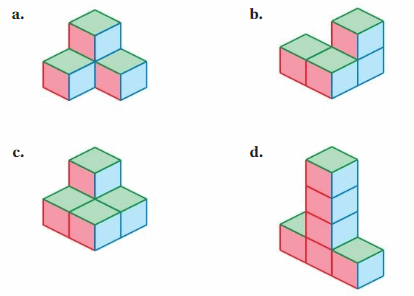



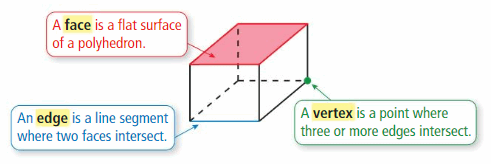
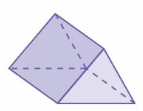


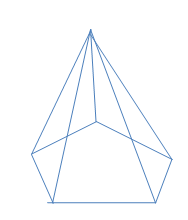
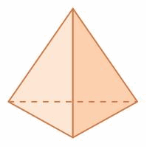
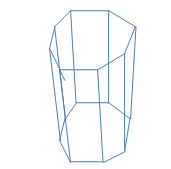


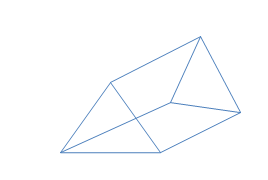
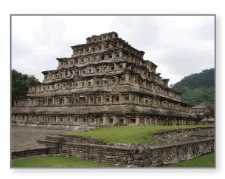

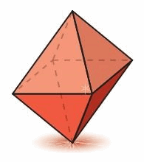
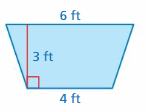
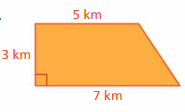
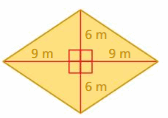







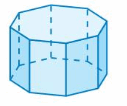

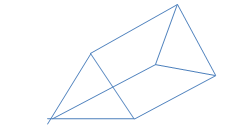
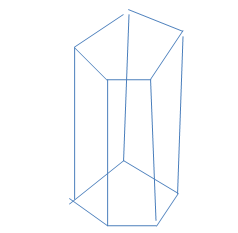
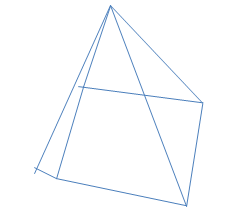
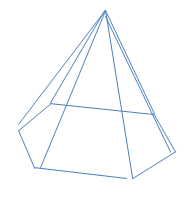
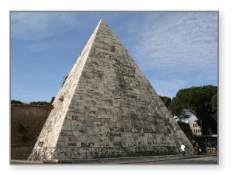

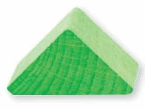

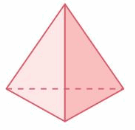

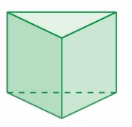
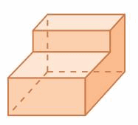



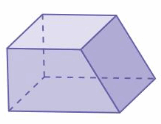


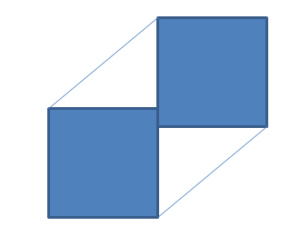
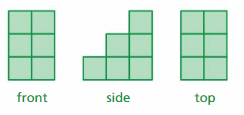

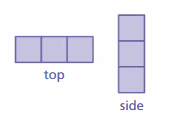

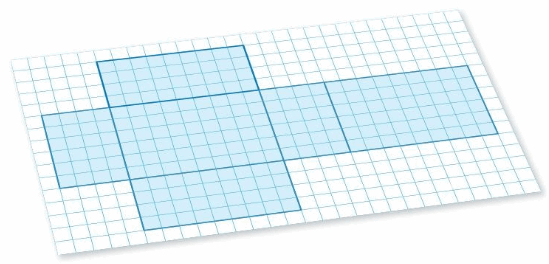
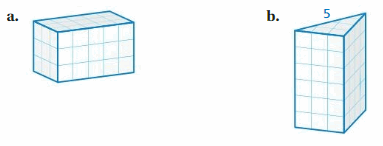
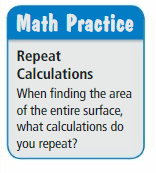



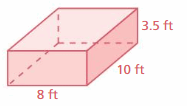

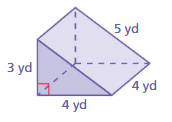

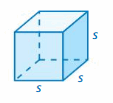
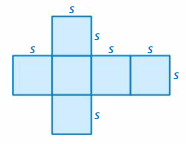
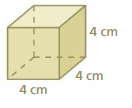
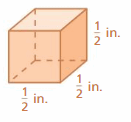
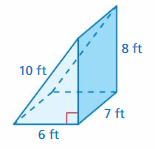
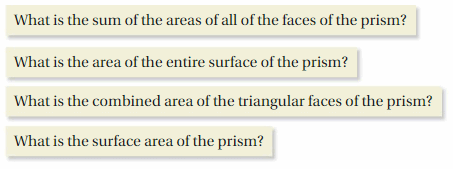
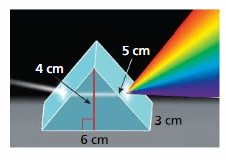


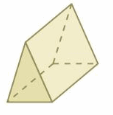

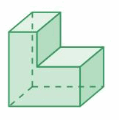


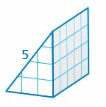



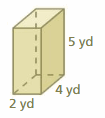
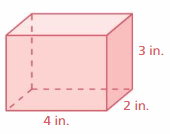
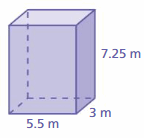

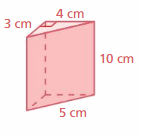
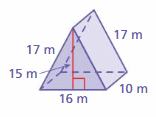
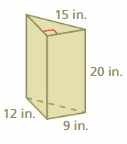
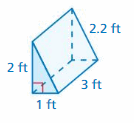

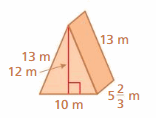
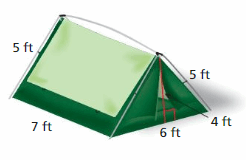
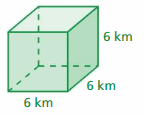
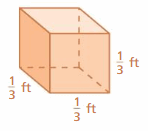
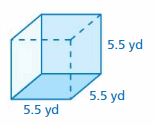
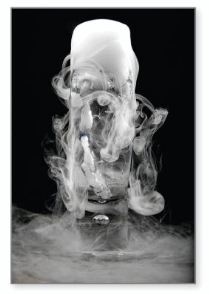

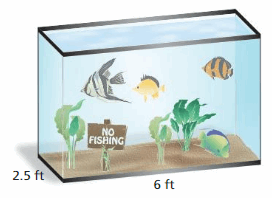
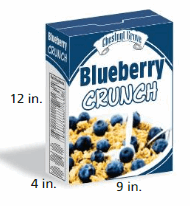
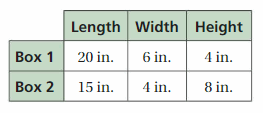

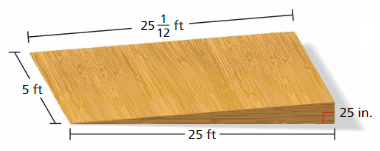

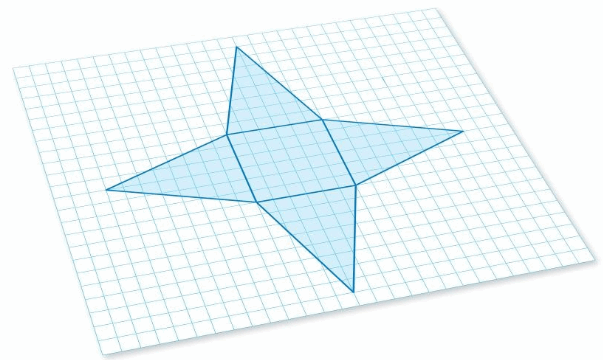

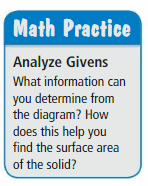
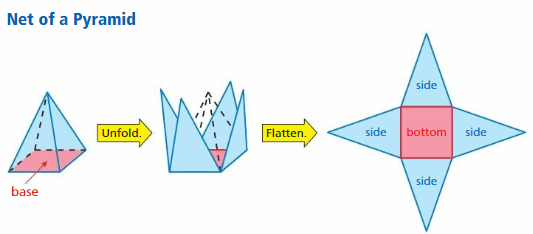
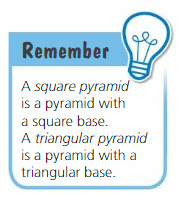
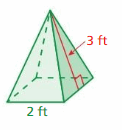
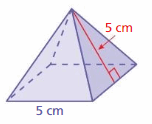
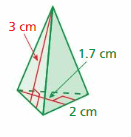
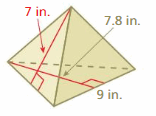

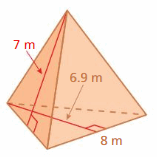
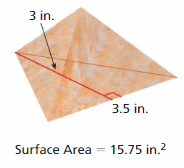
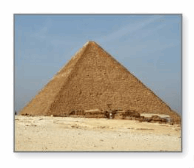
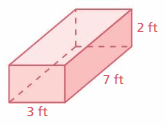
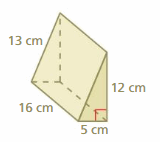
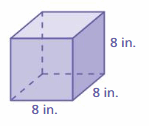







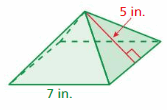
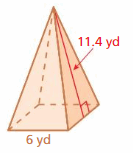
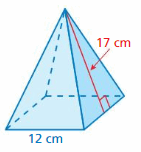
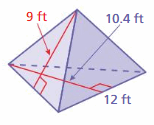


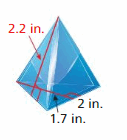
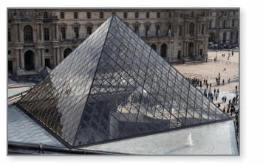
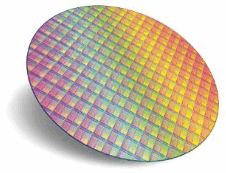
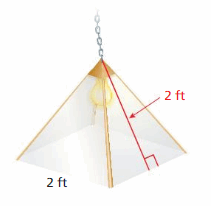
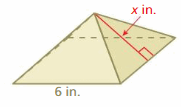
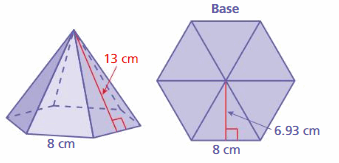
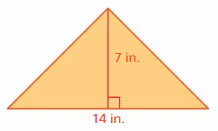
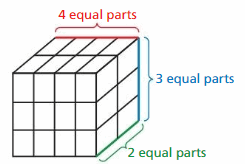
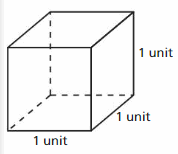
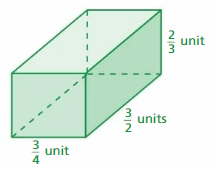
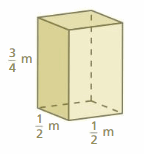
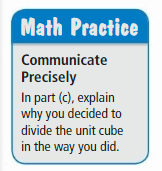


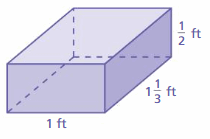
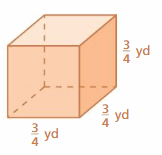
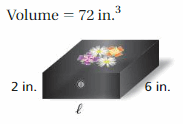

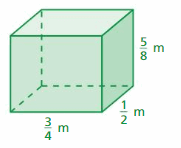
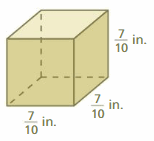
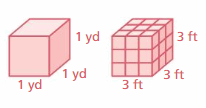
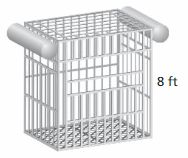
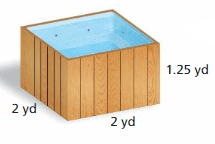
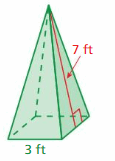
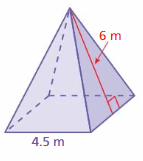

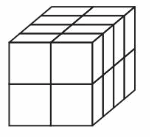
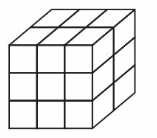
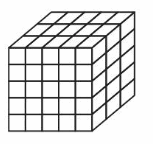
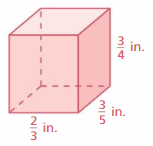
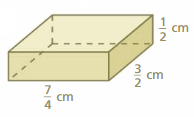

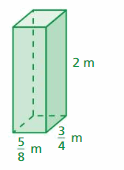
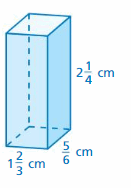

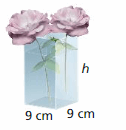
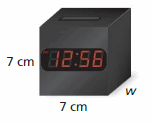
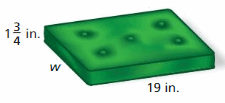
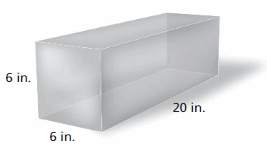
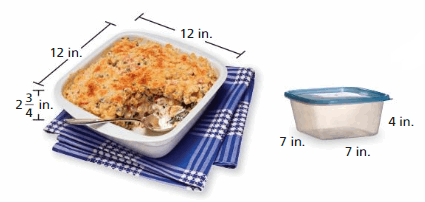

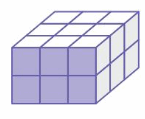



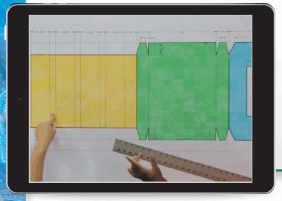

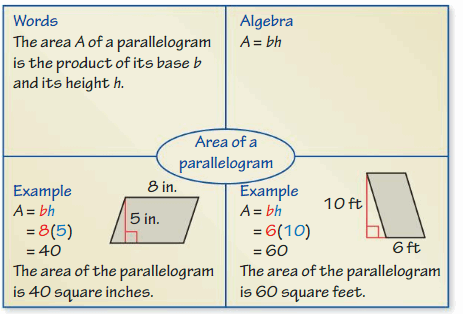
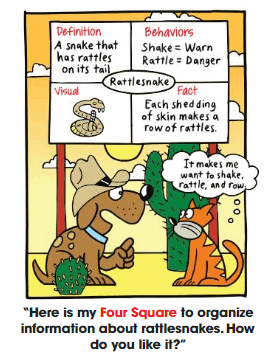

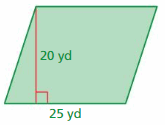
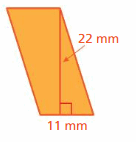
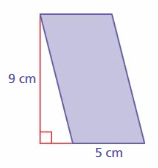



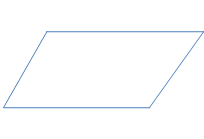
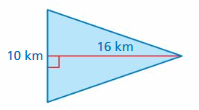
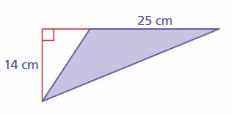
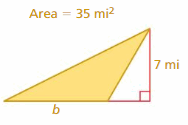
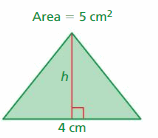
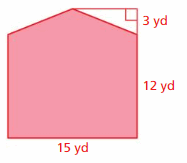
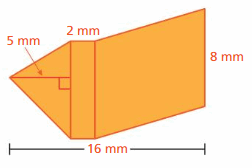



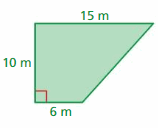
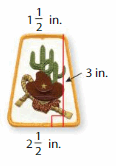
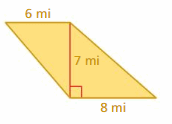
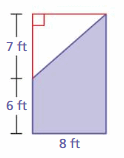
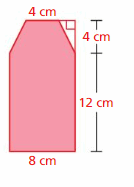
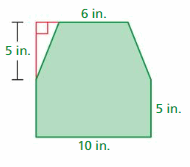
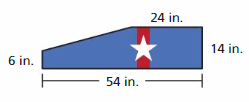



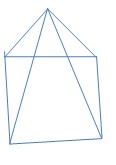
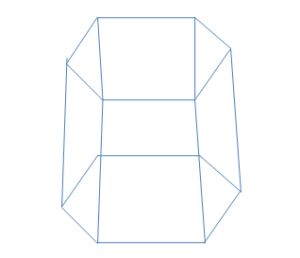




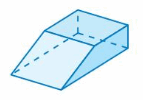


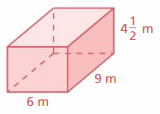
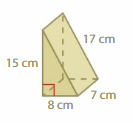
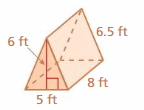

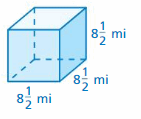
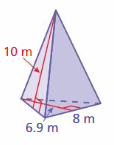
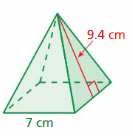
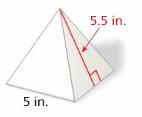
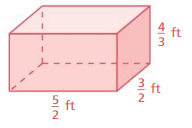
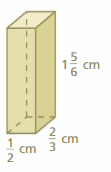

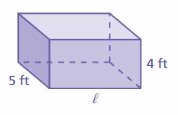
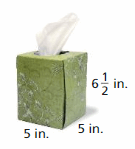
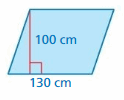
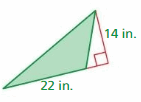
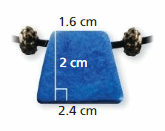
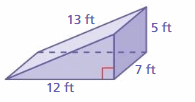
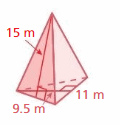
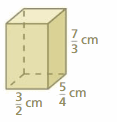
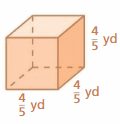


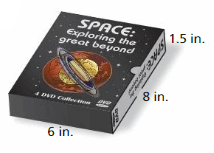
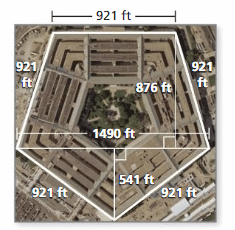
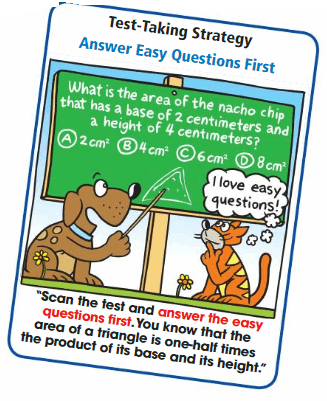
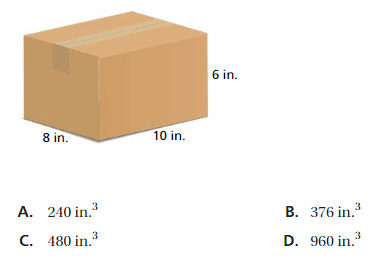

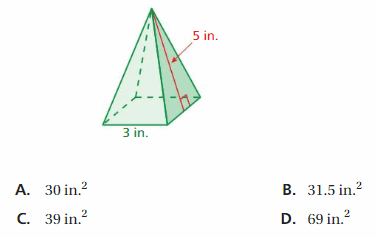

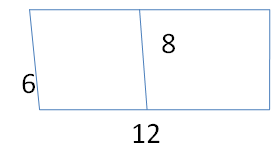
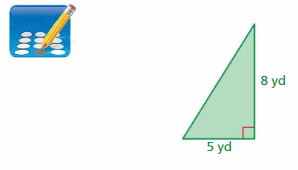


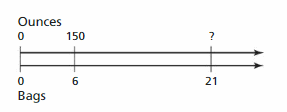
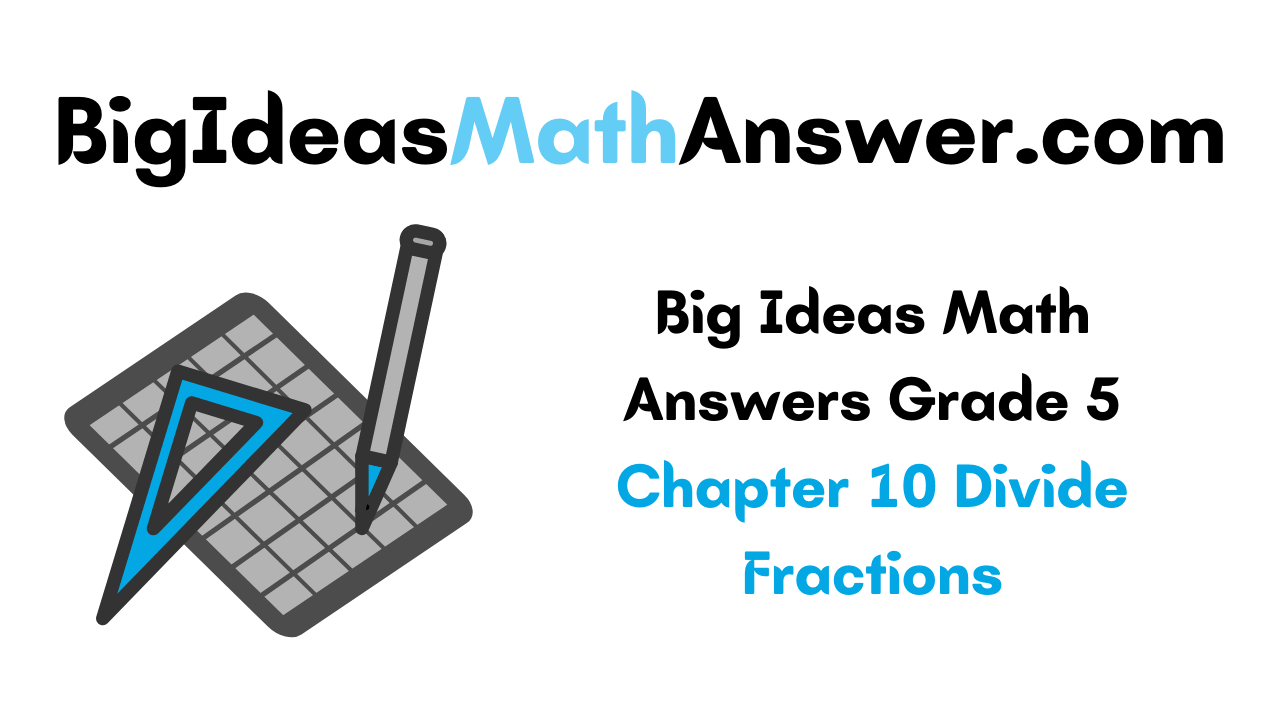
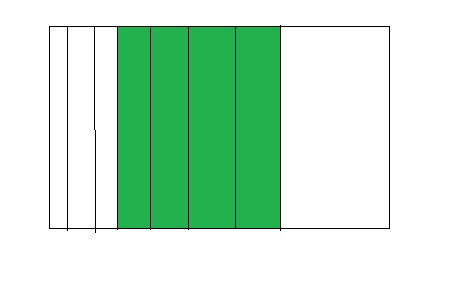
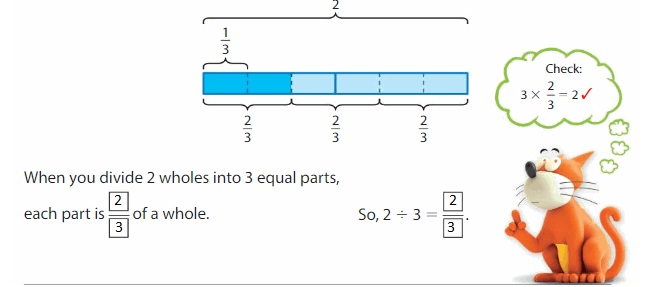

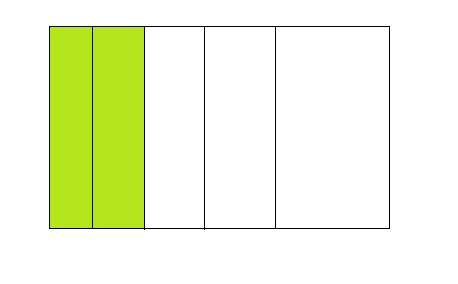
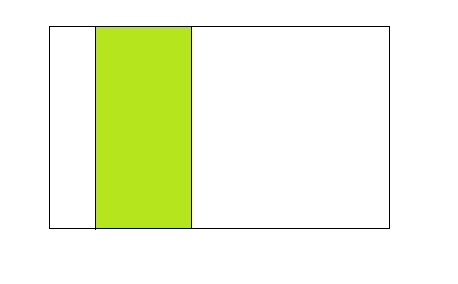
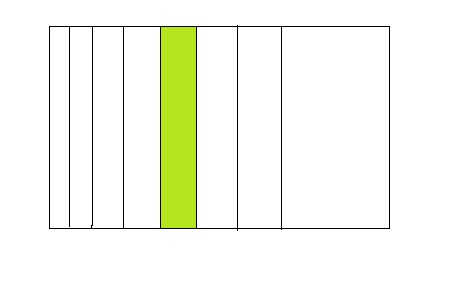
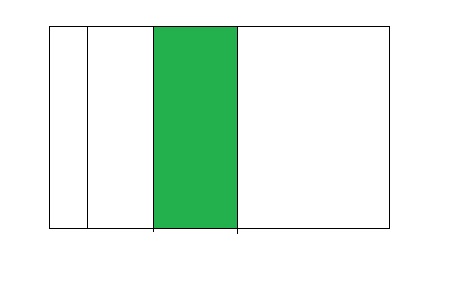
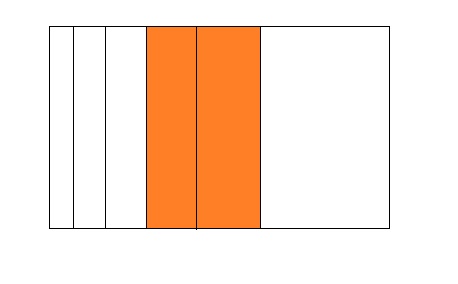


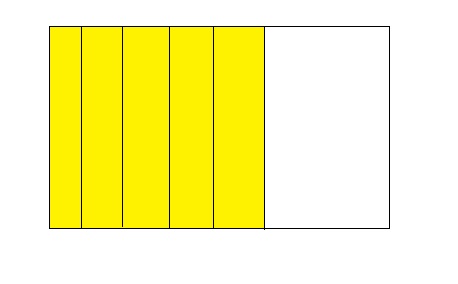
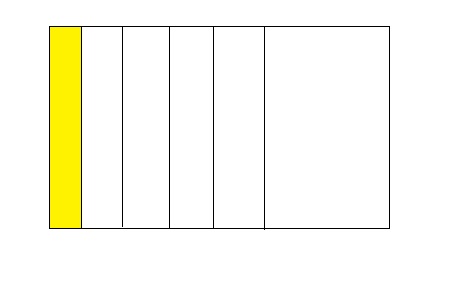
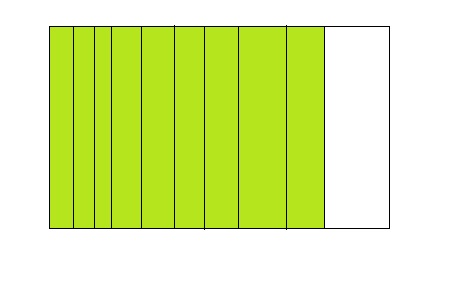
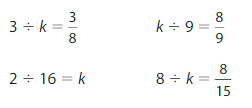
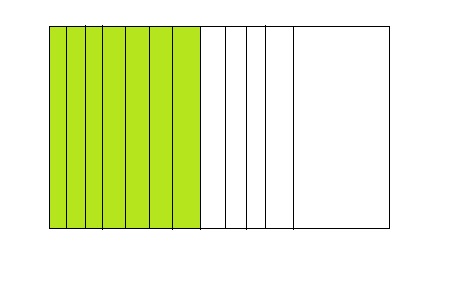
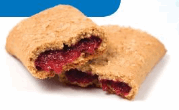
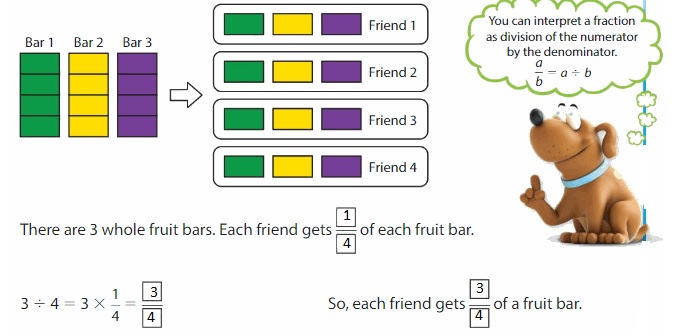
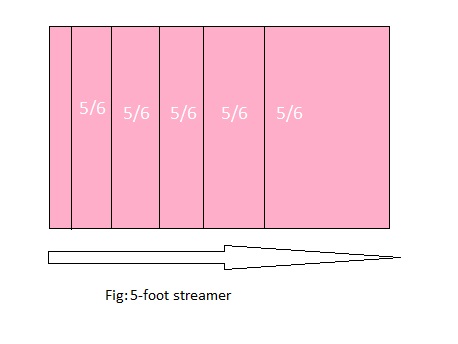

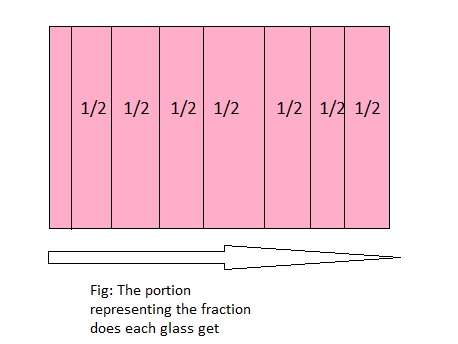
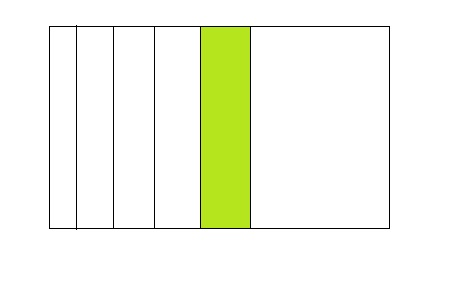
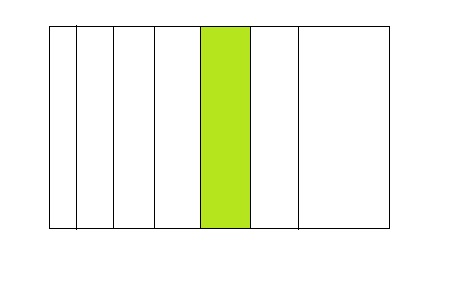
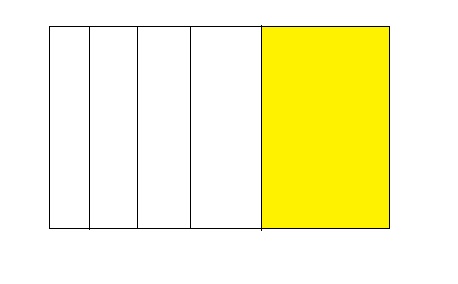
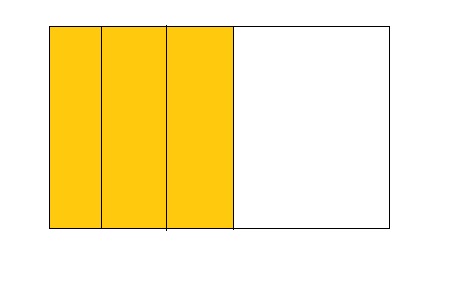
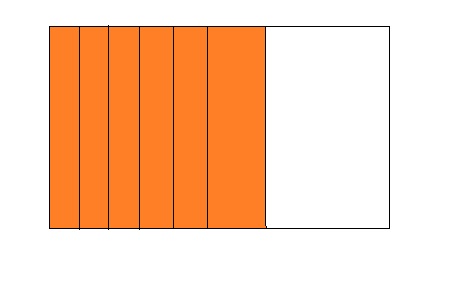
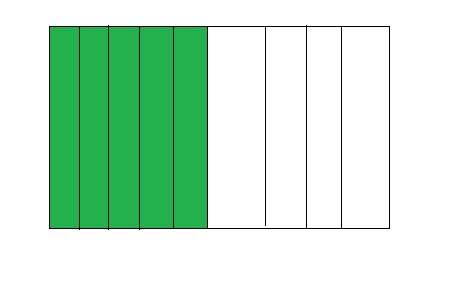




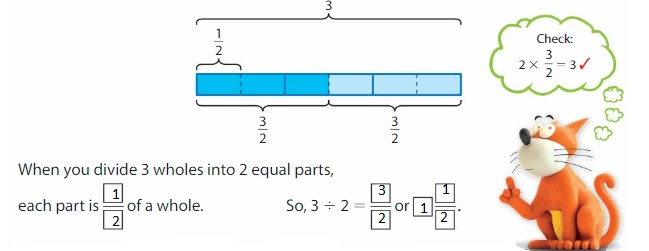
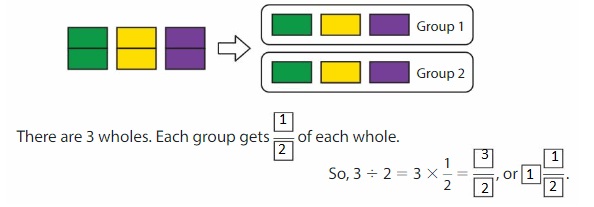
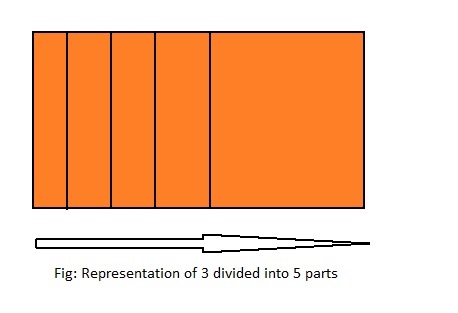
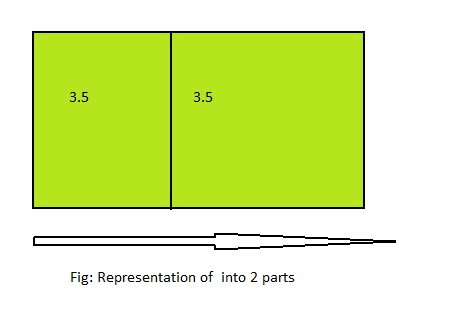
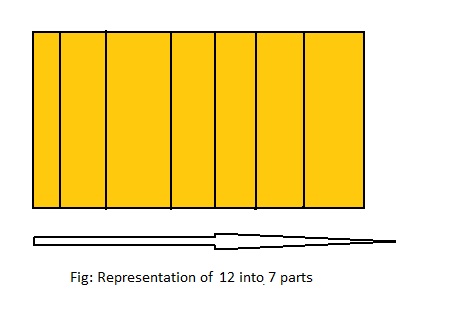
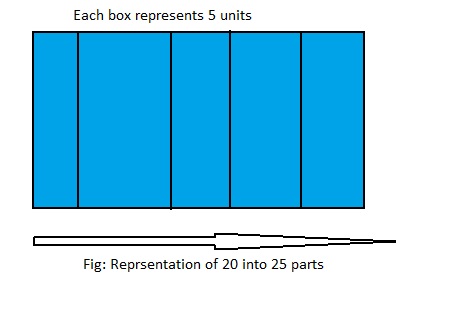
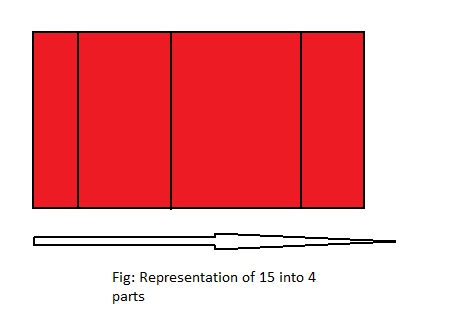
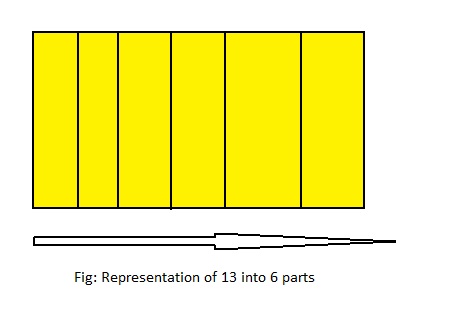
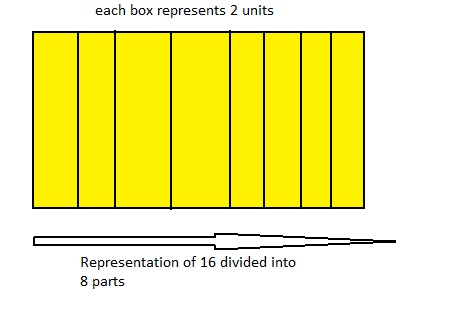
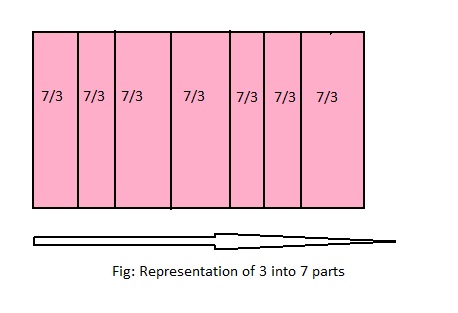

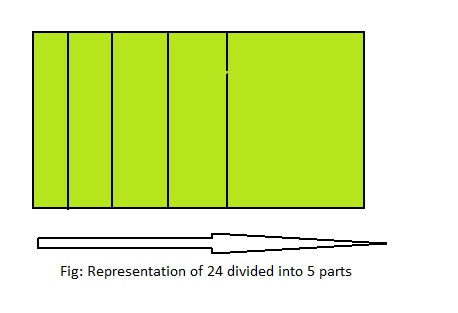
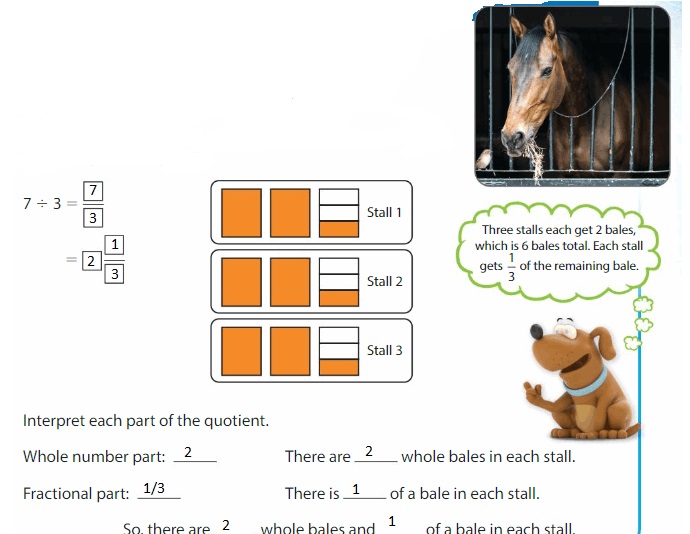

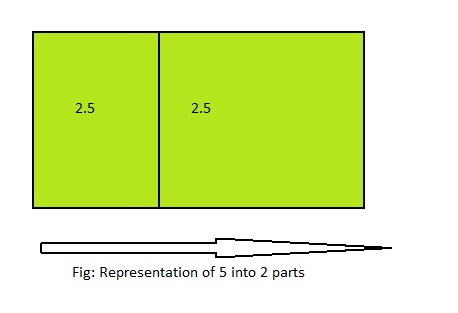
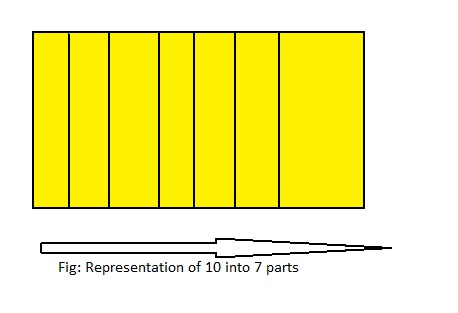
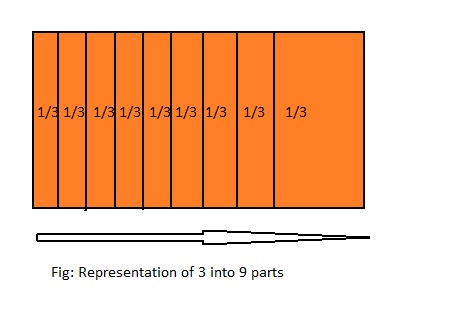
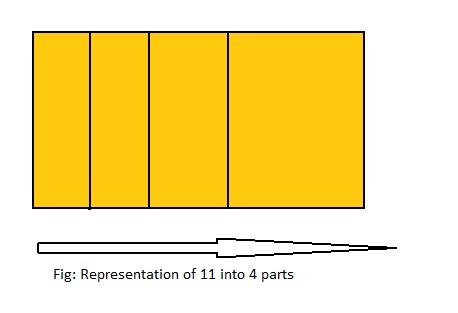
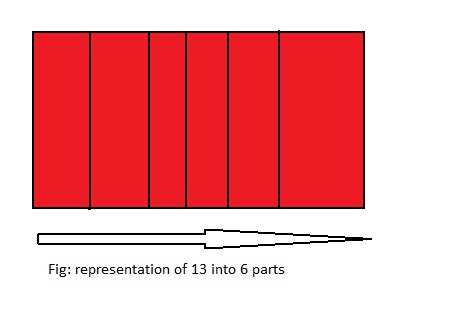






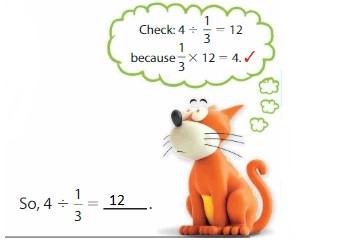
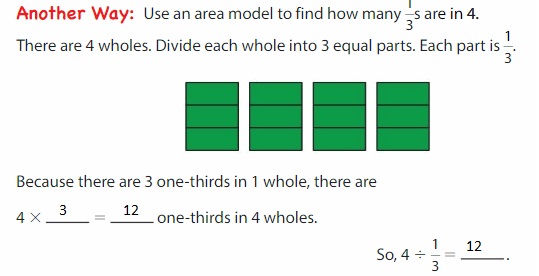









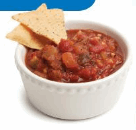
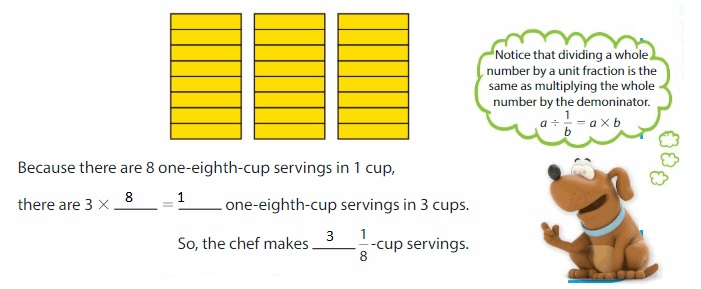






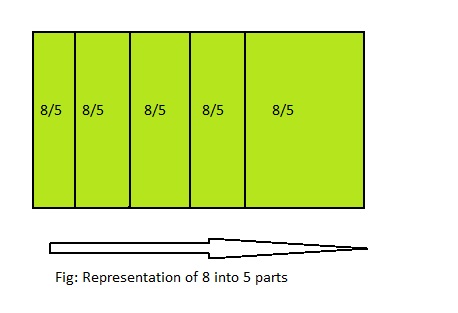

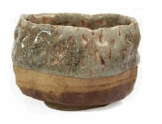



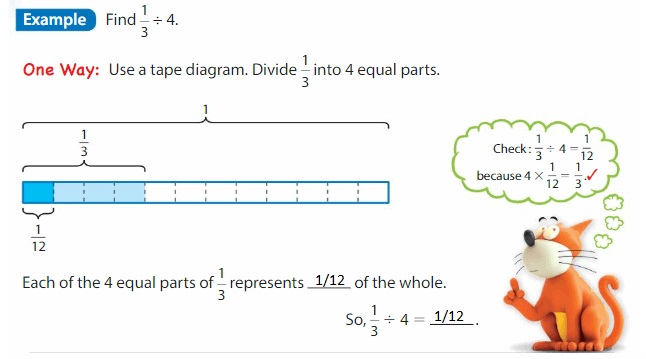
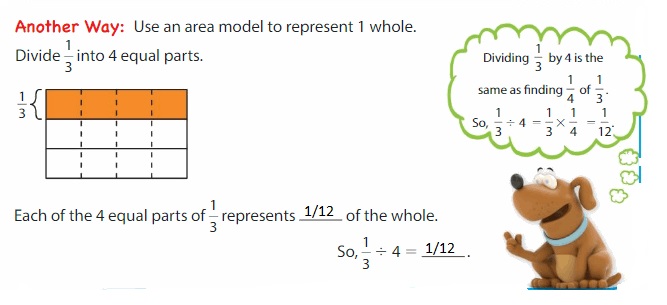








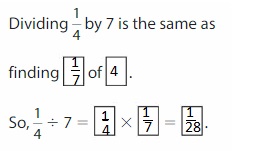
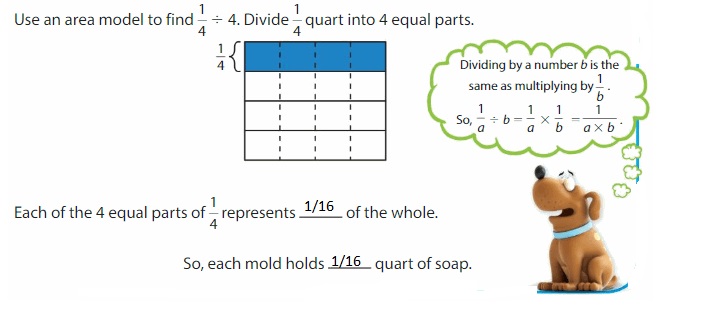
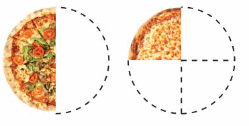








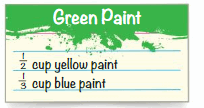
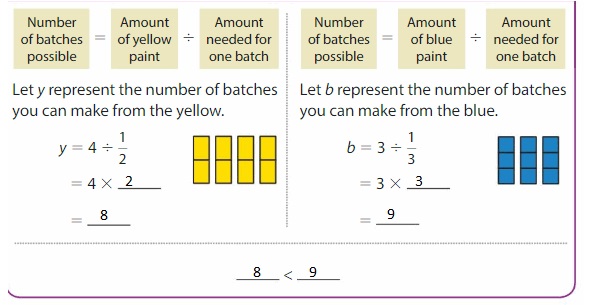

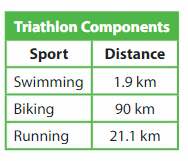


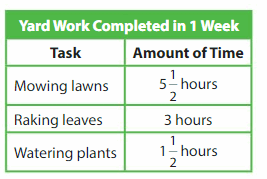
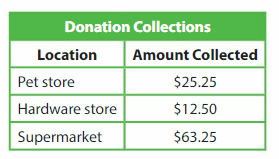
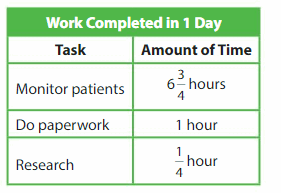


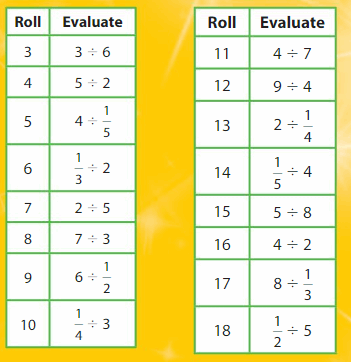














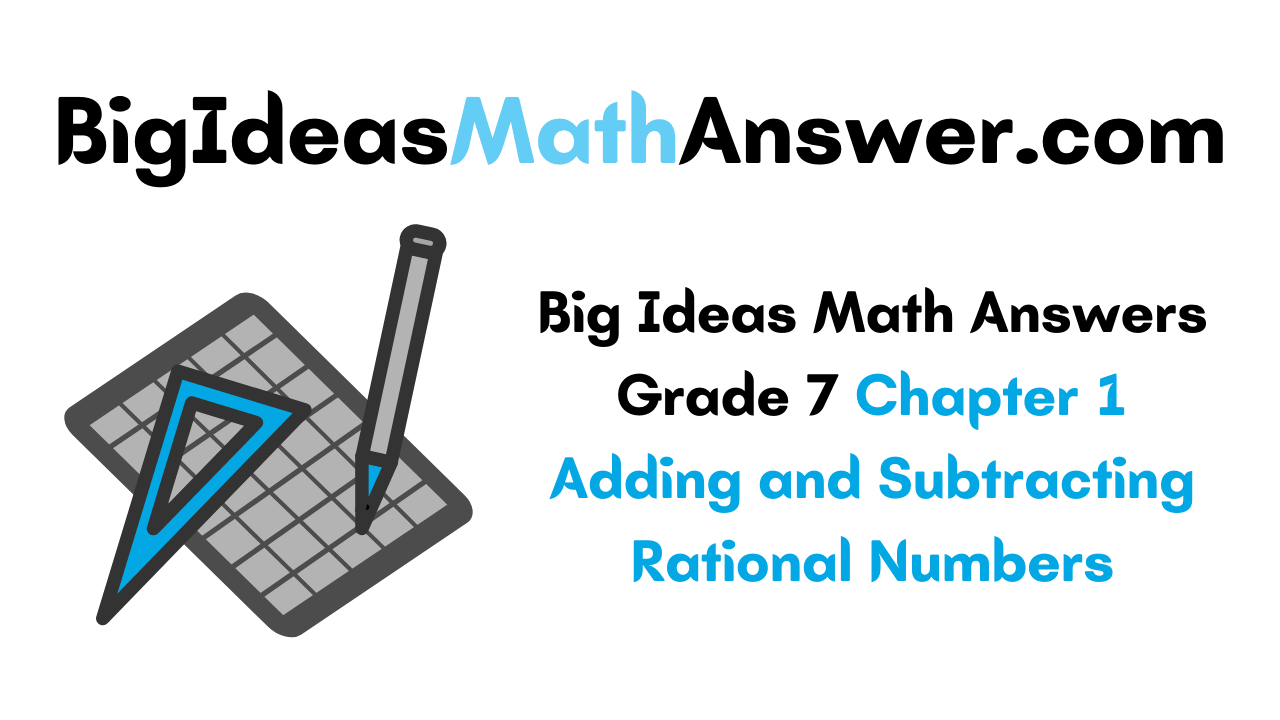
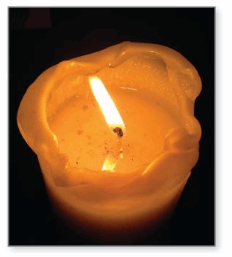
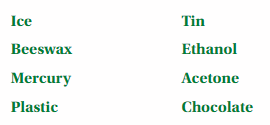
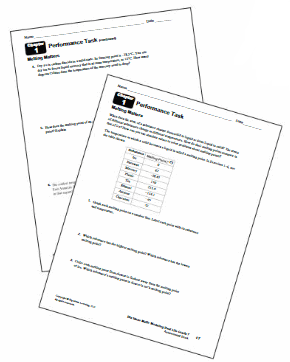
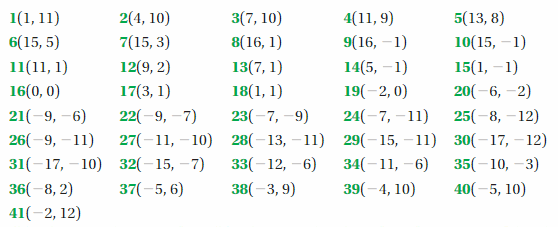

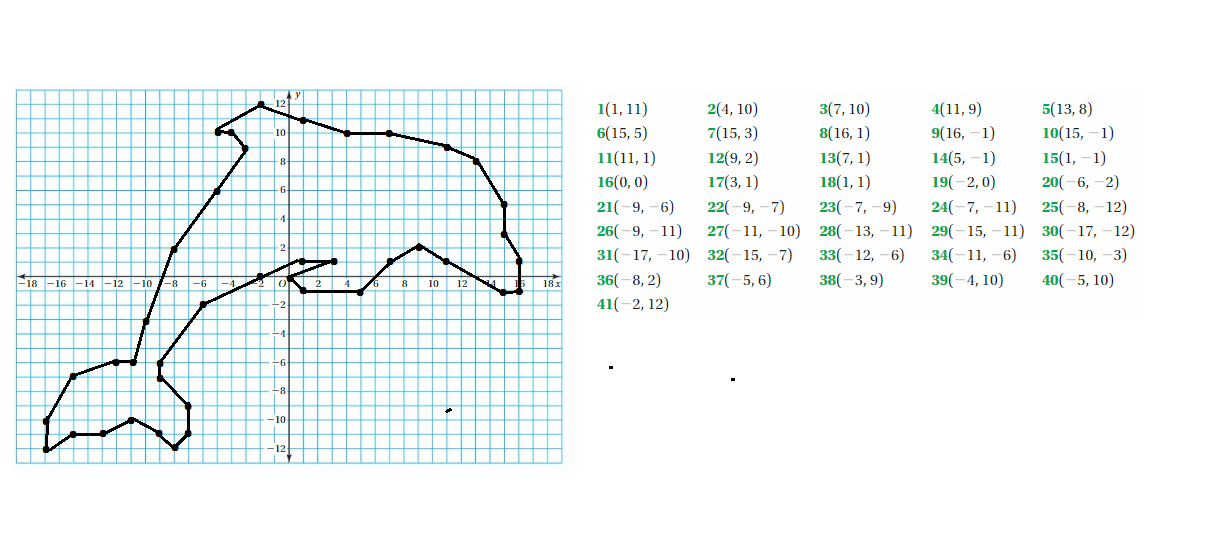


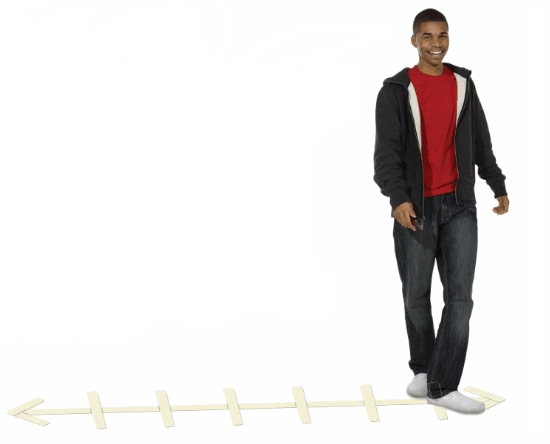

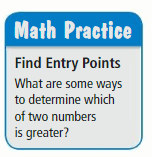
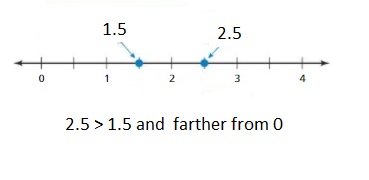








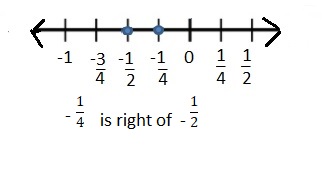








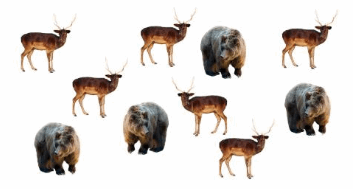
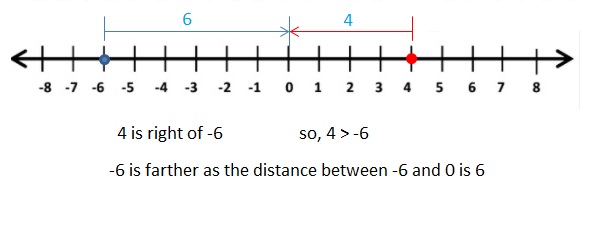





































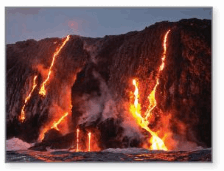
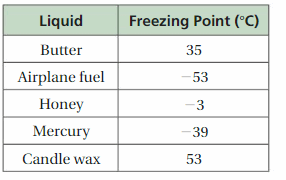


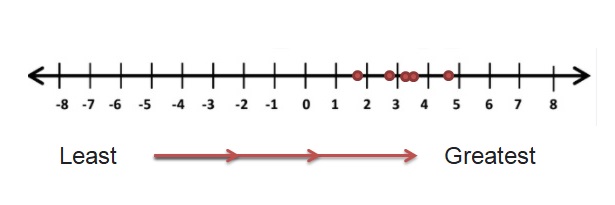

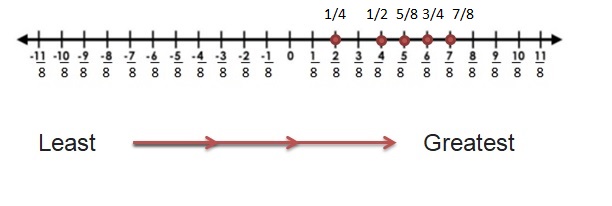
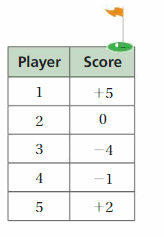





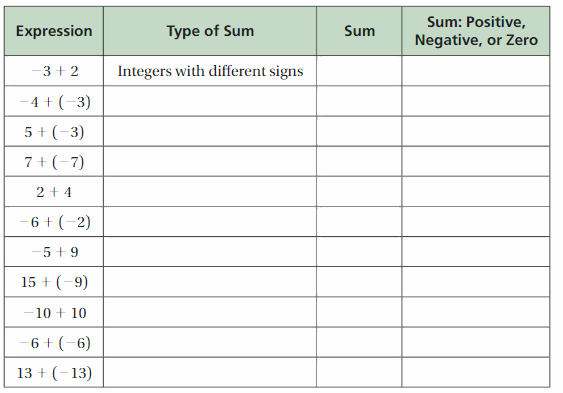
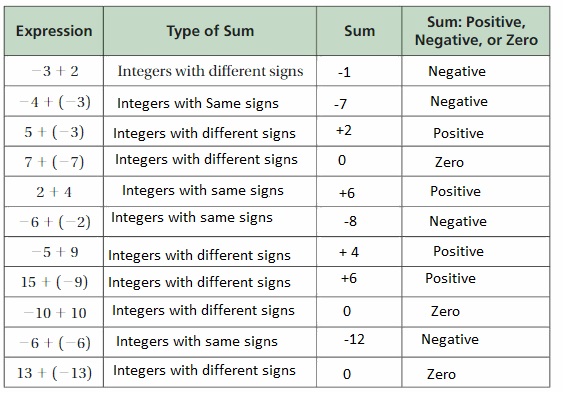
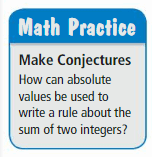






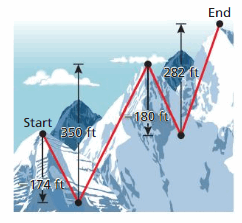





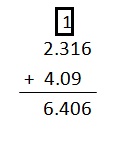


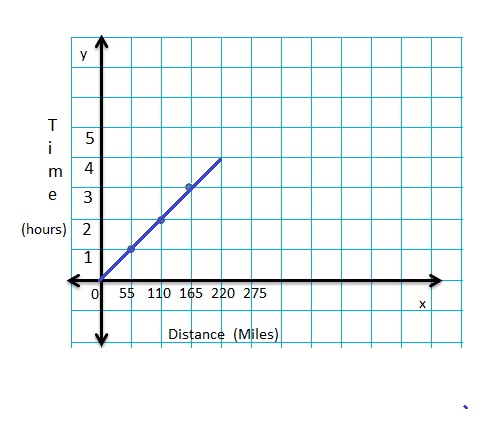


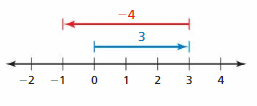
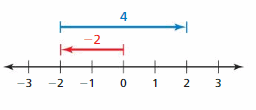

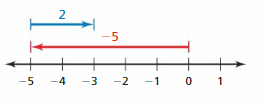
























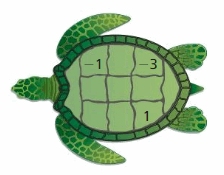
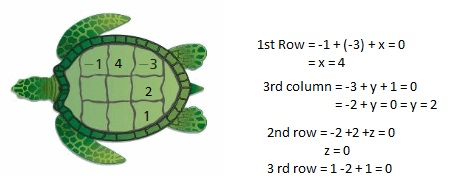
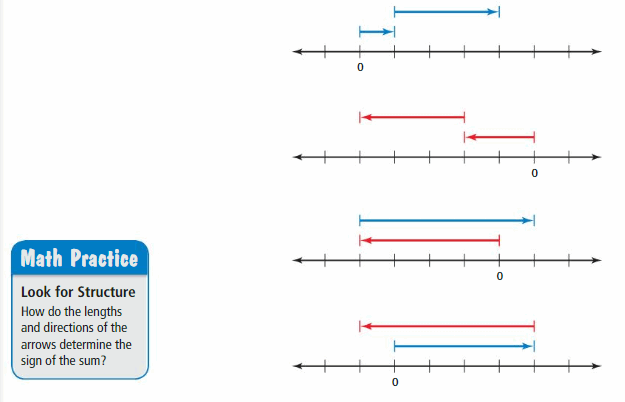
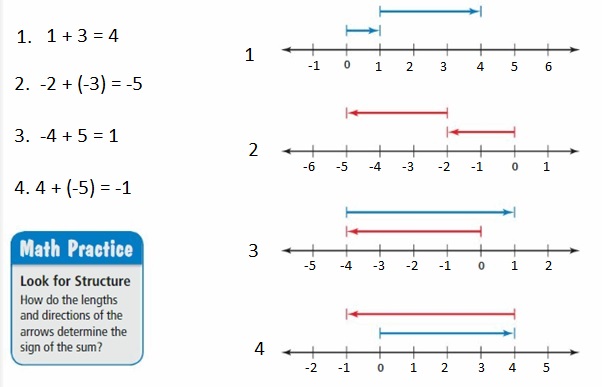




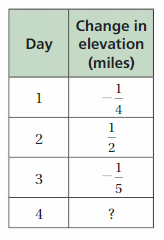




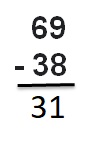
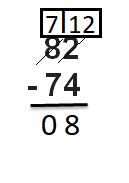
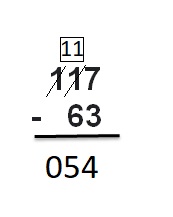
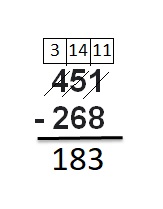

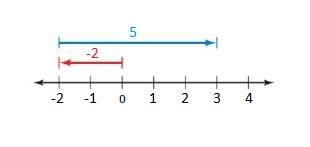



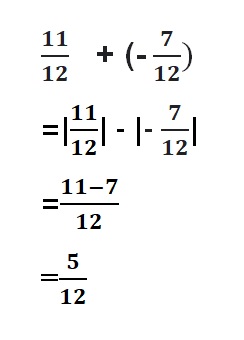



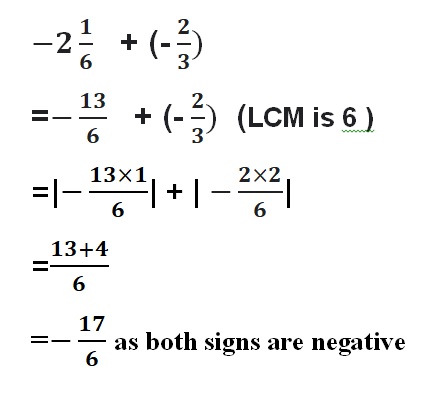

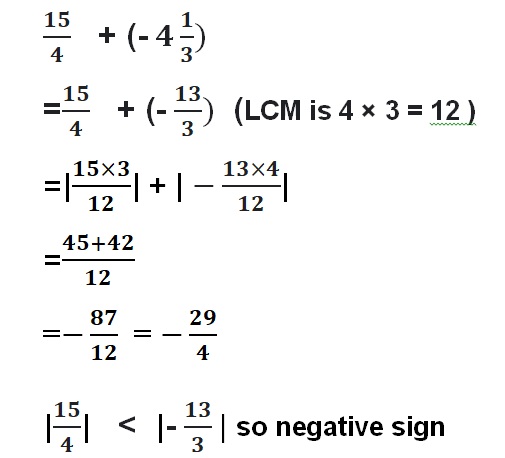
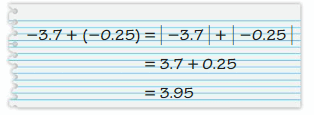



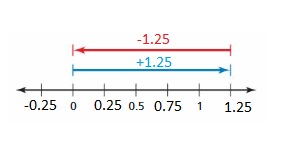
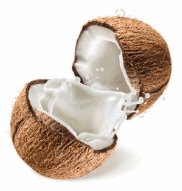

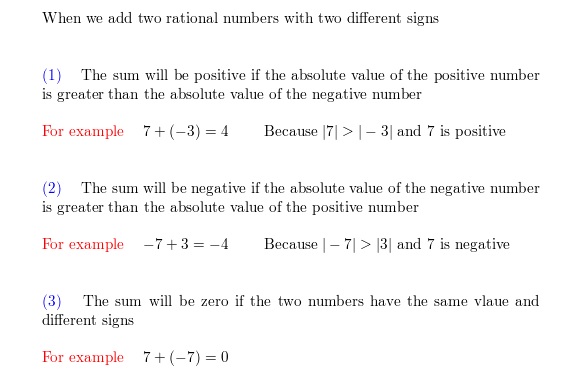
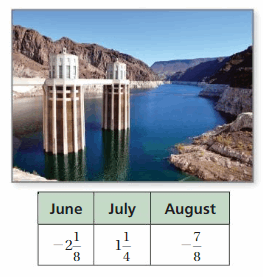



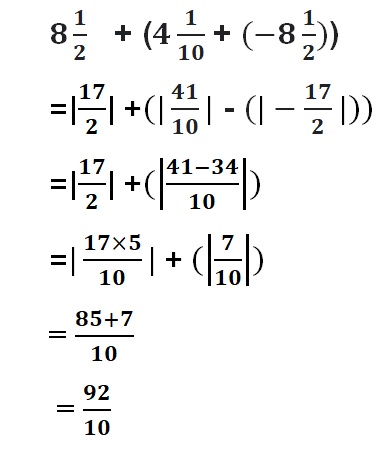


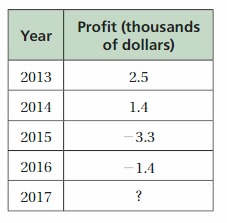
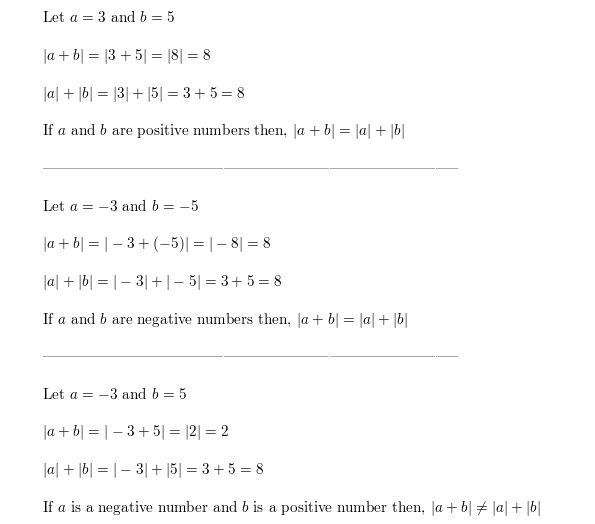

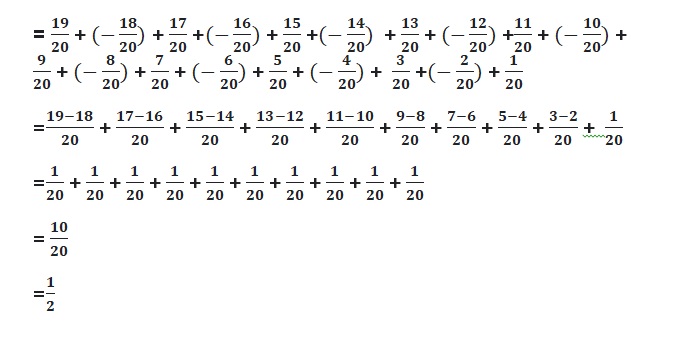

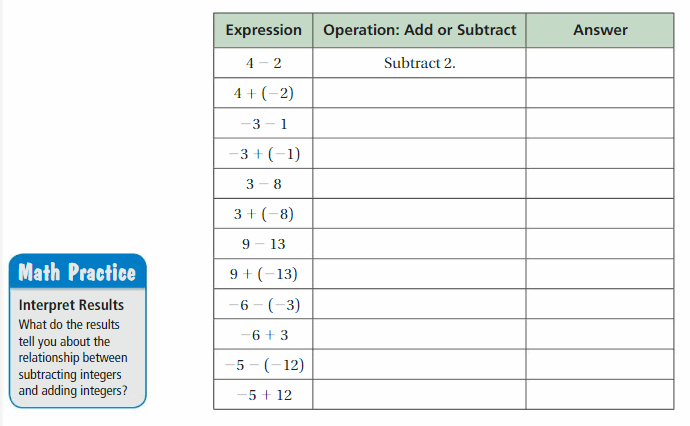
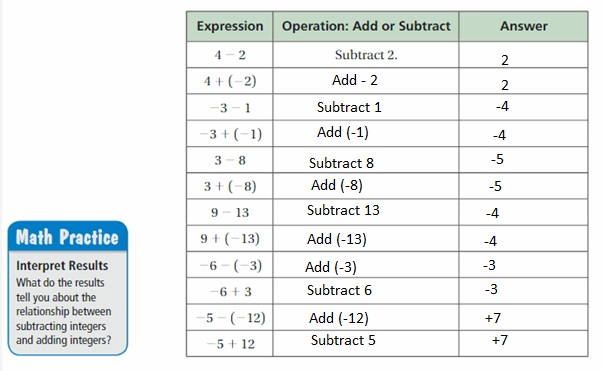











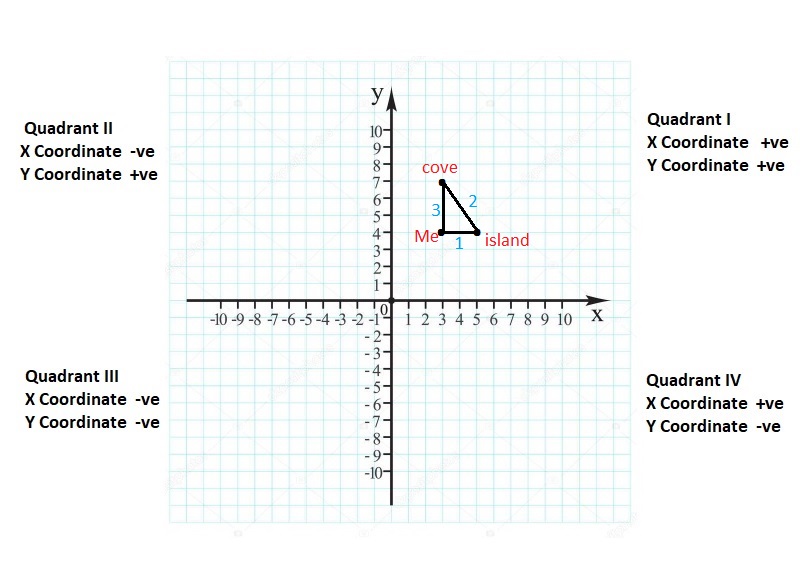

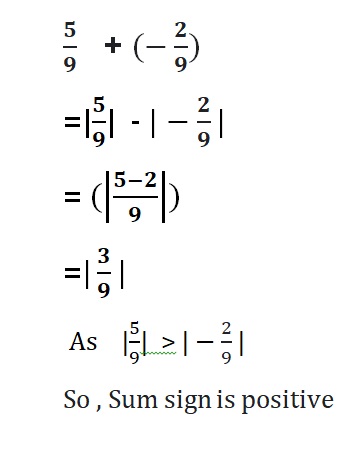

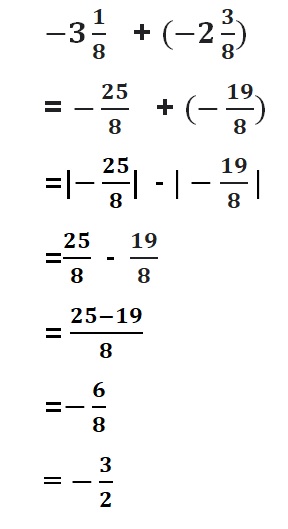
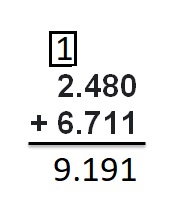
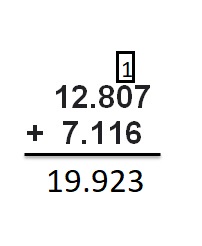


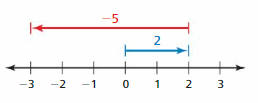
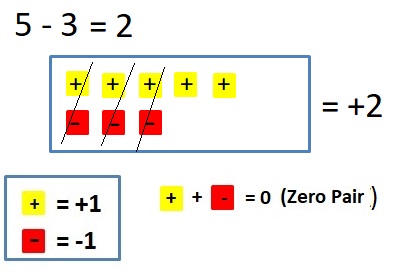
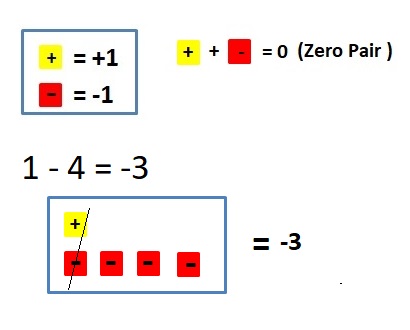






















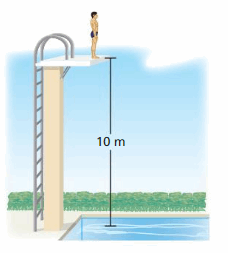

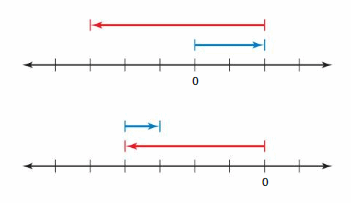
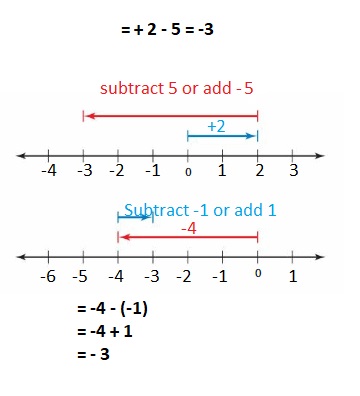

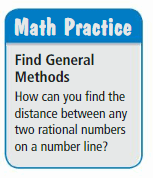

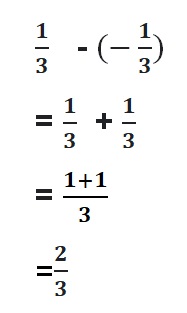
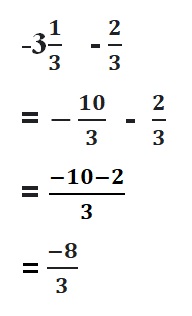
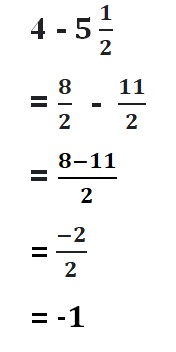

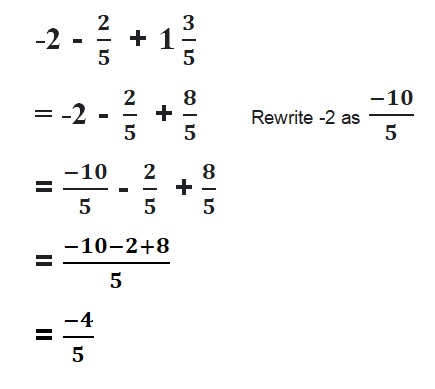





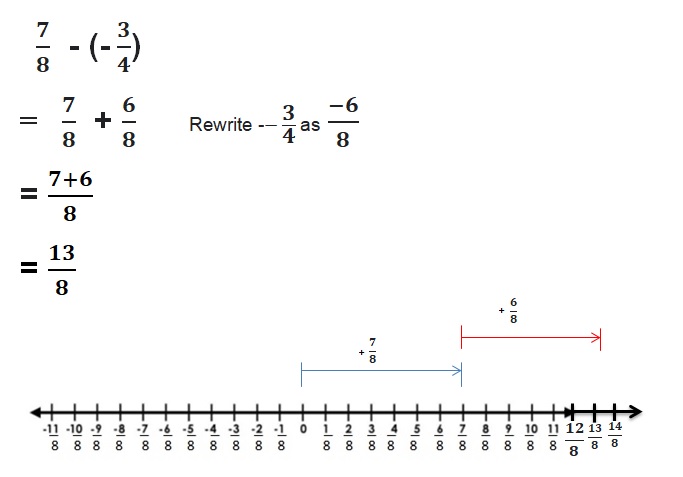

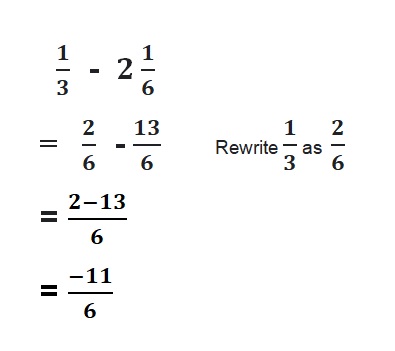
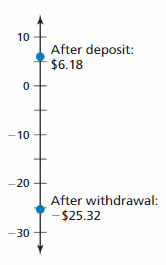




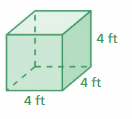
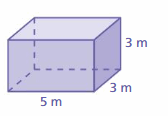

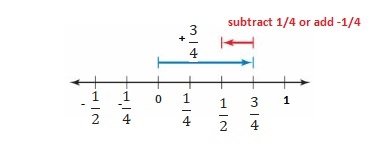

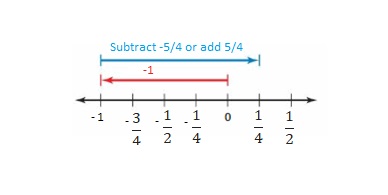



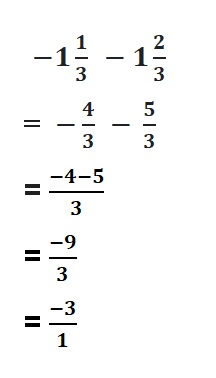

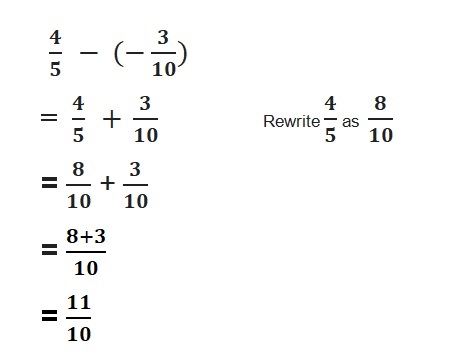
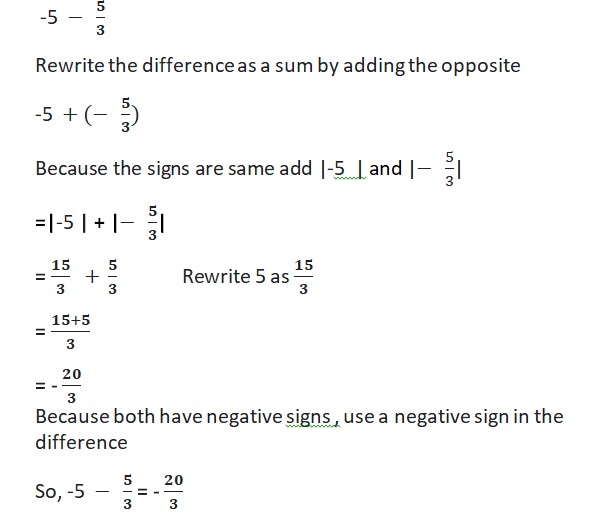

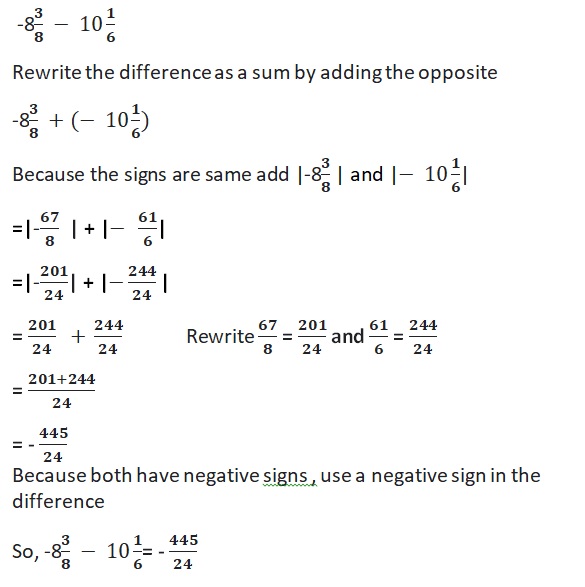

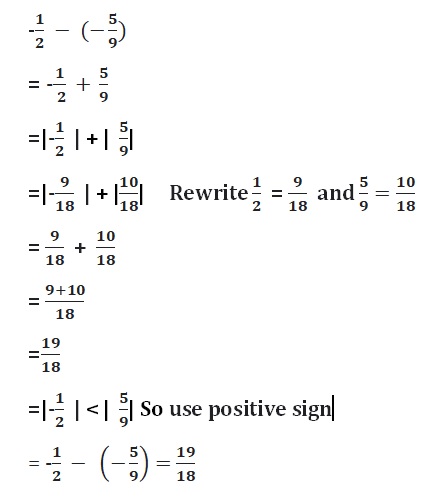
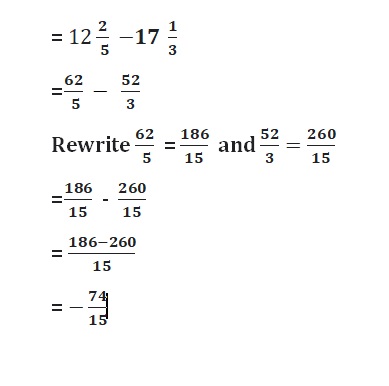 Question 23.
Question 23.
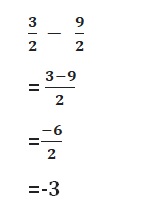

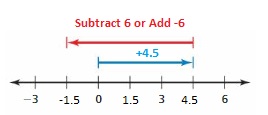
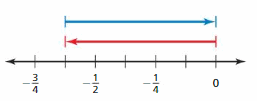
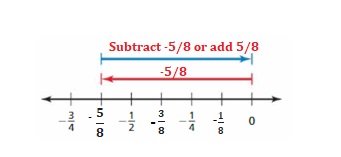











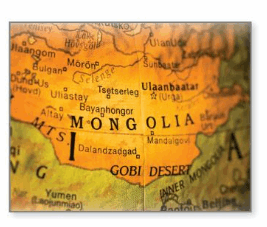




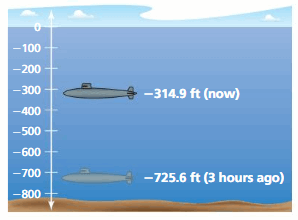
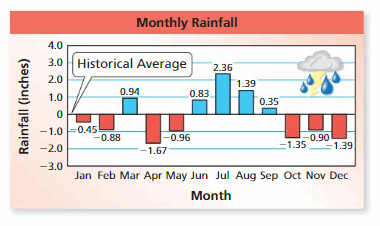

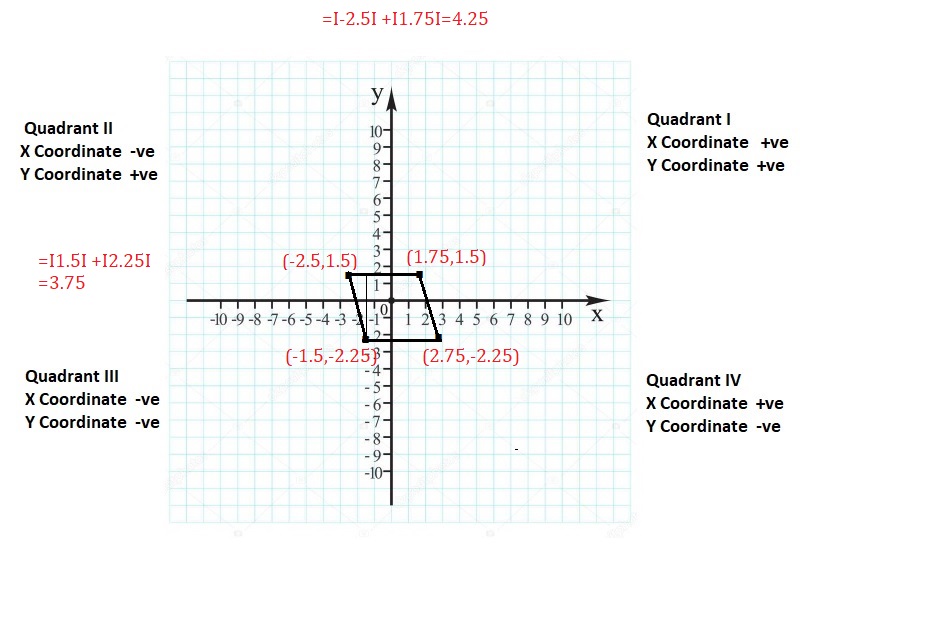

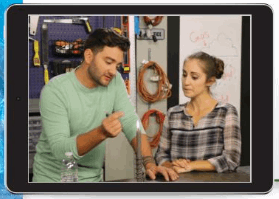

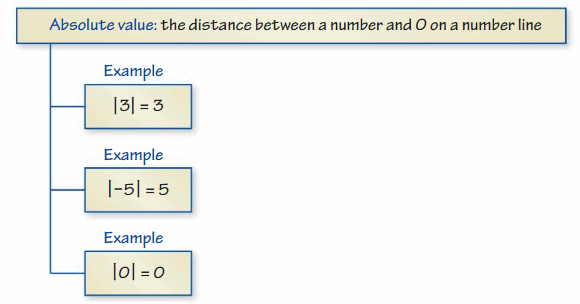
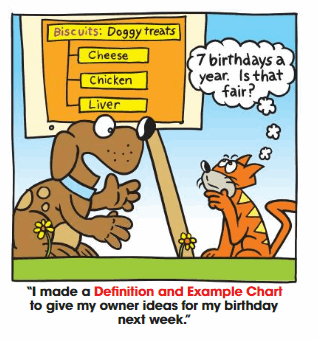
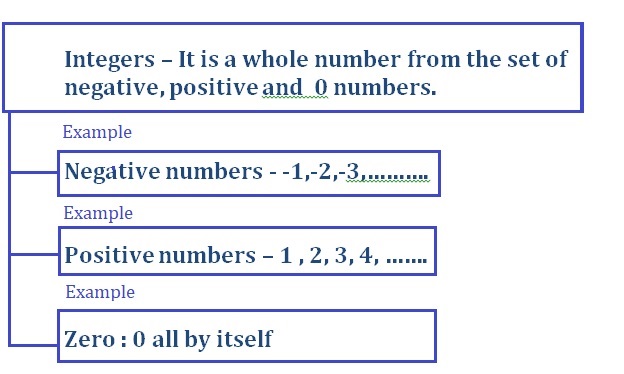
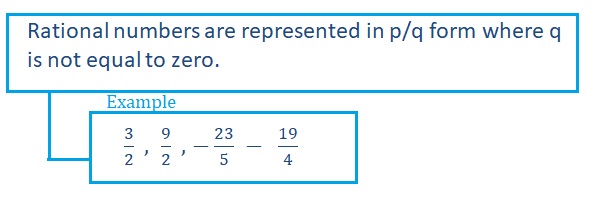
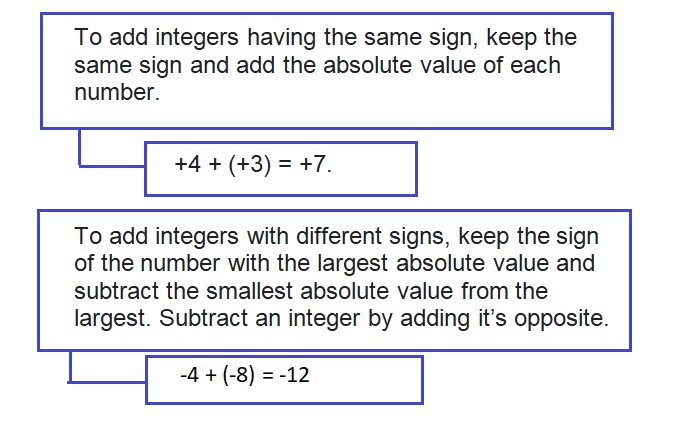
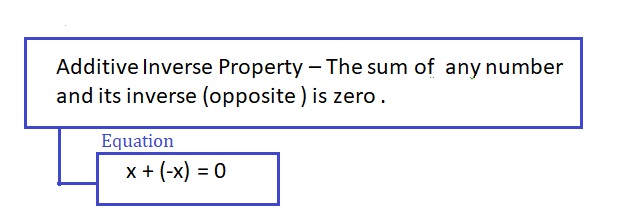
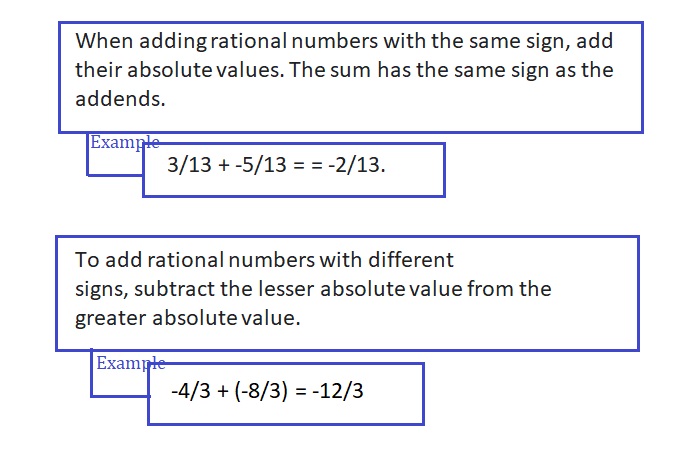







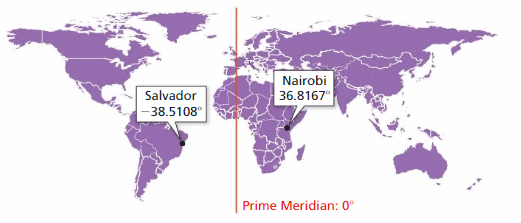




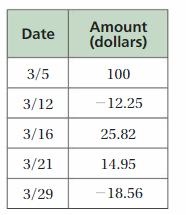















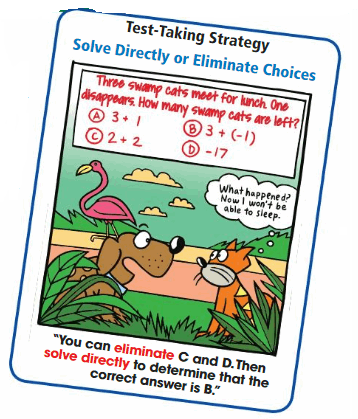

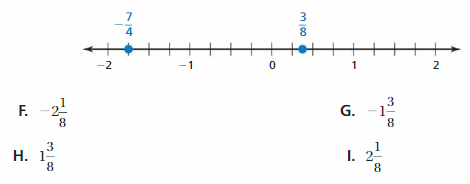

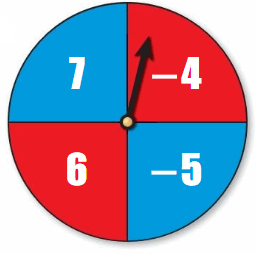
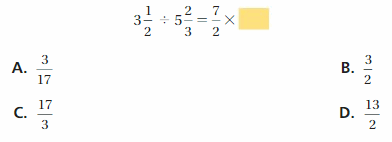





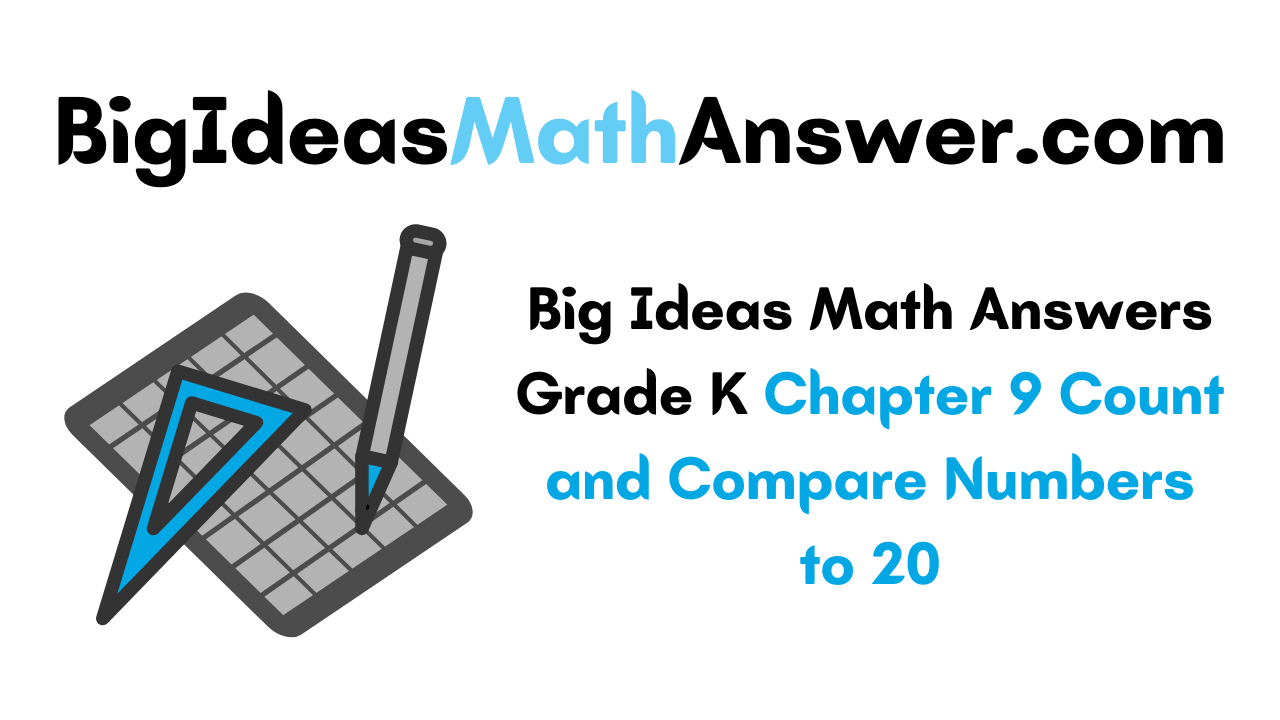
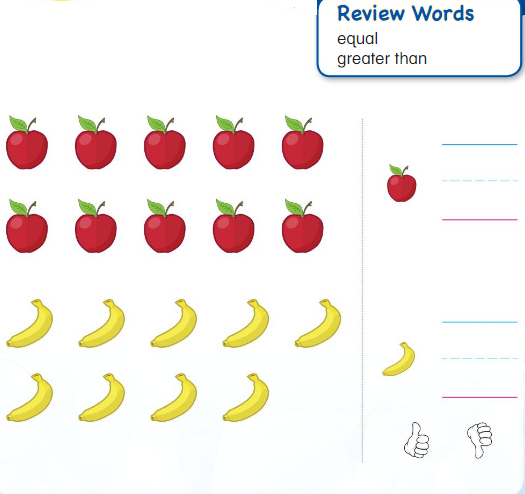
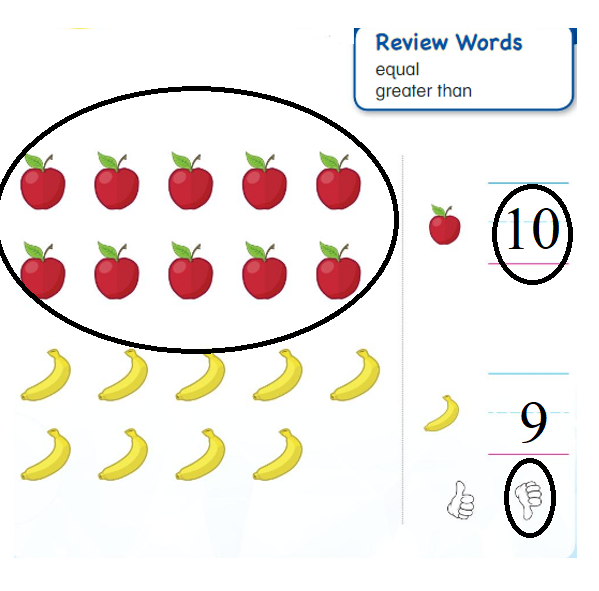
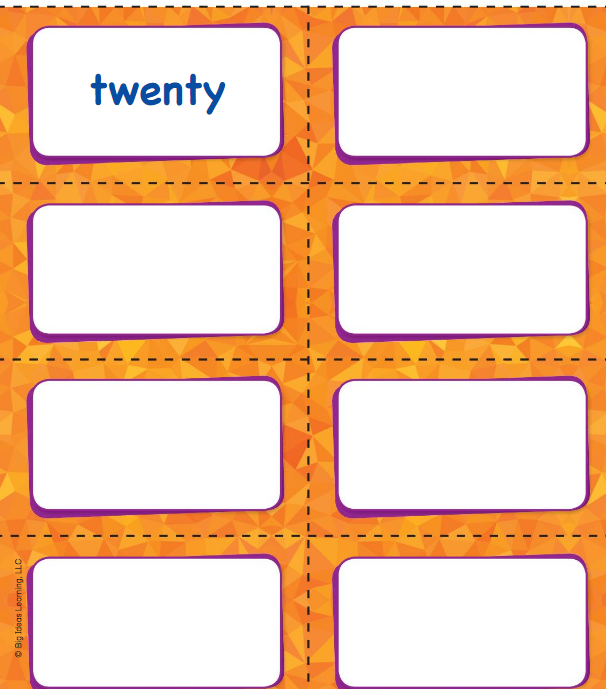
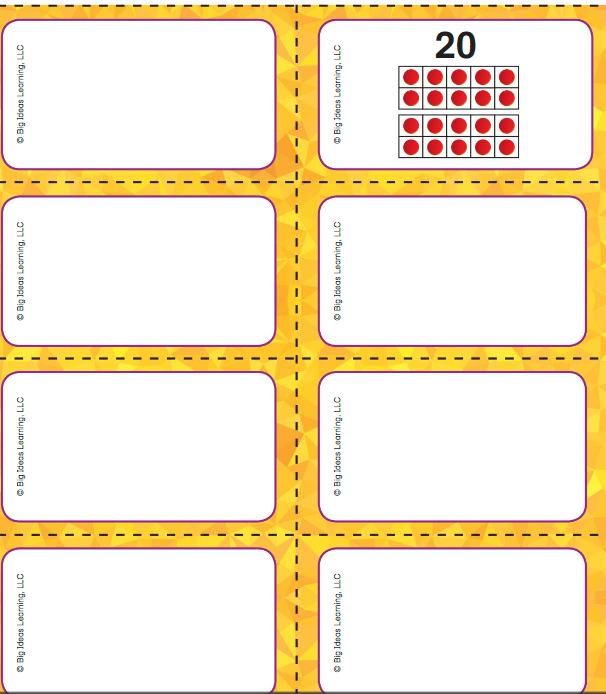
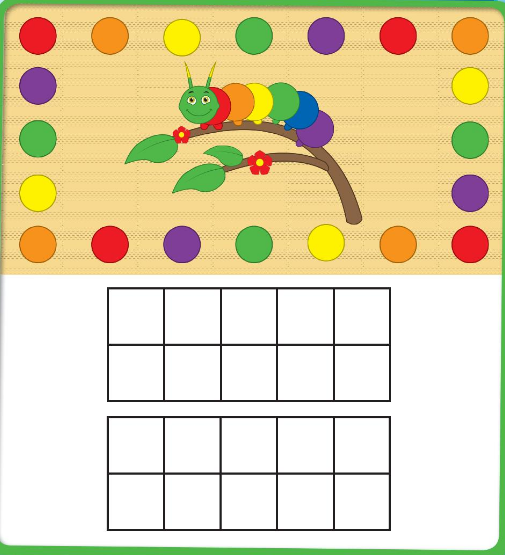

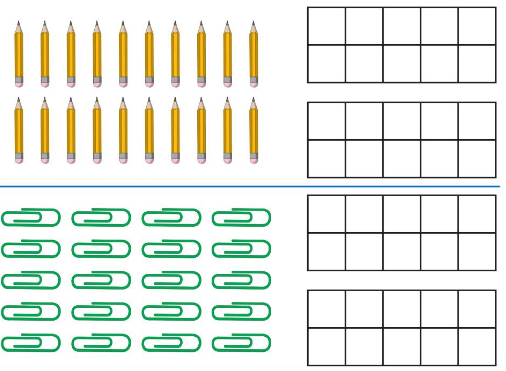
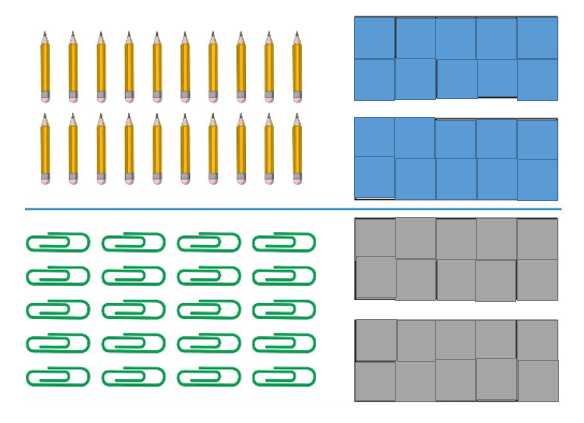
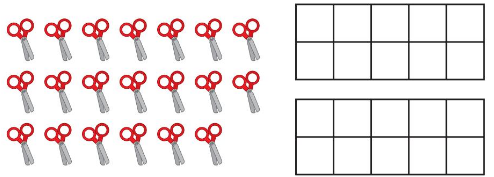
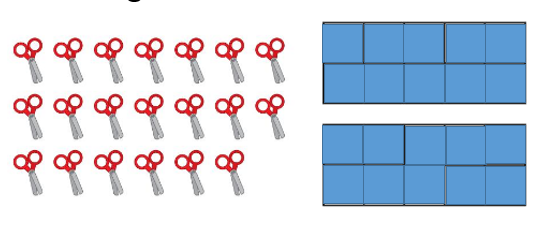
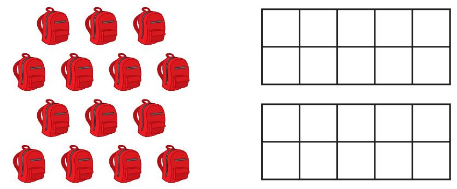
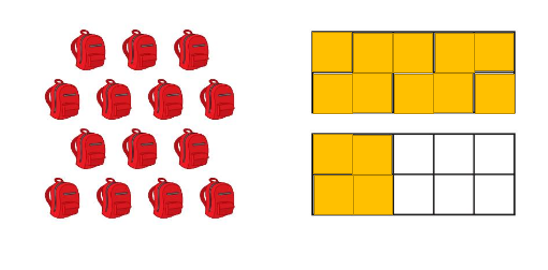
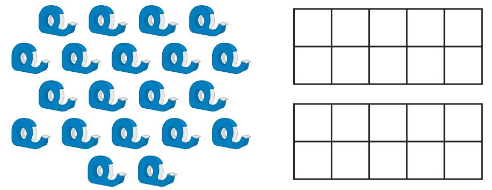
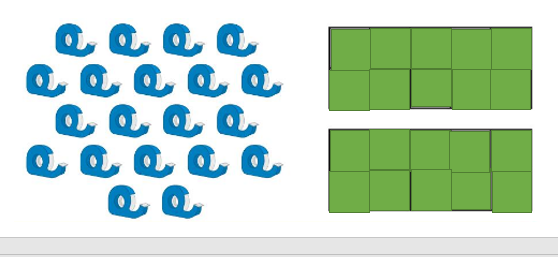
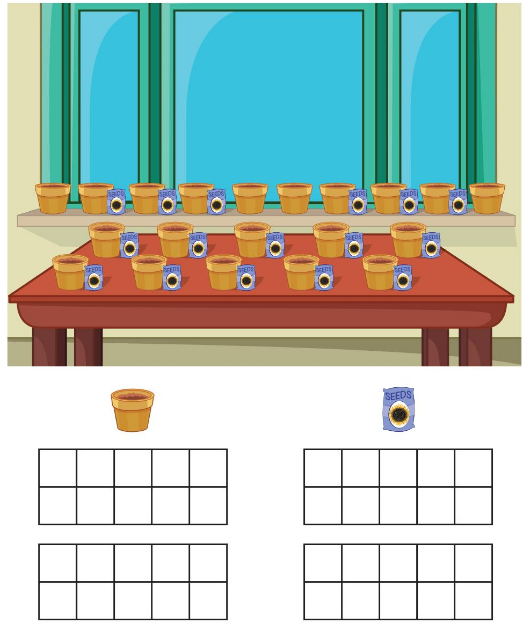
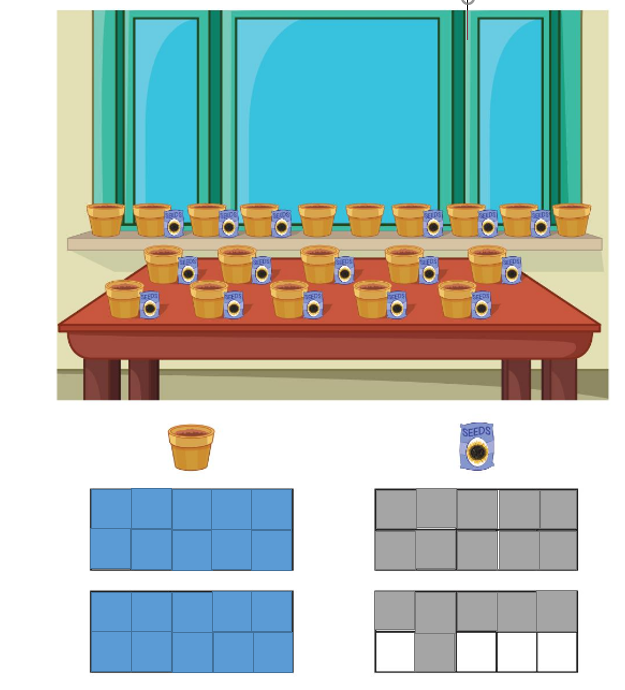
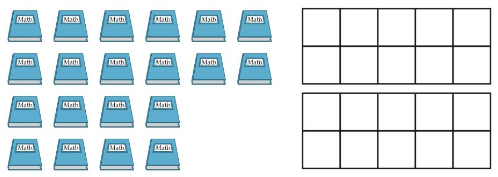

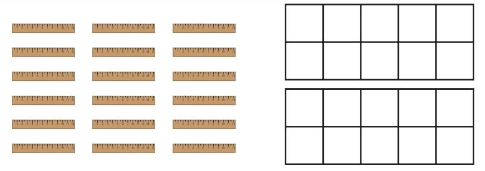
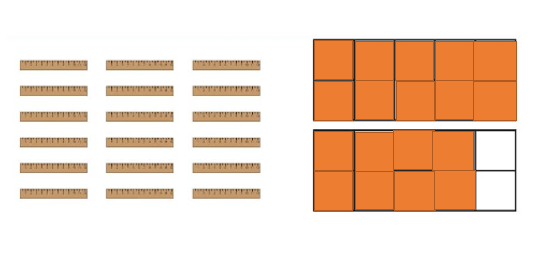
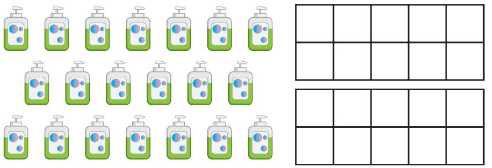
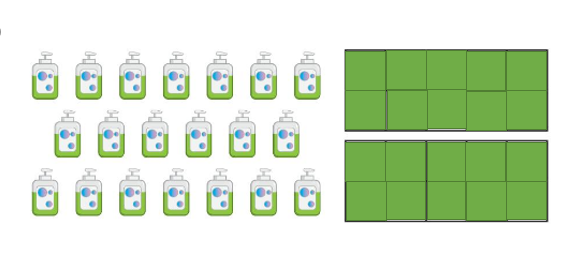
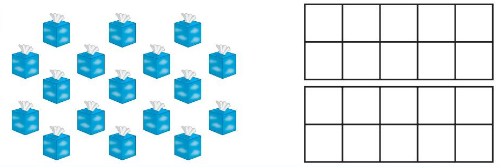

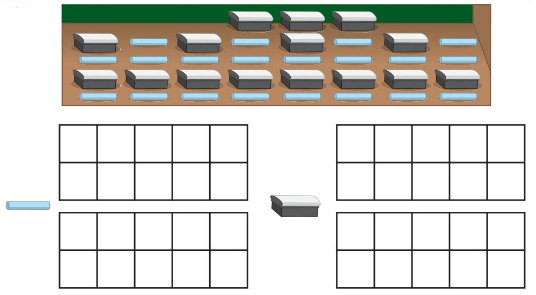
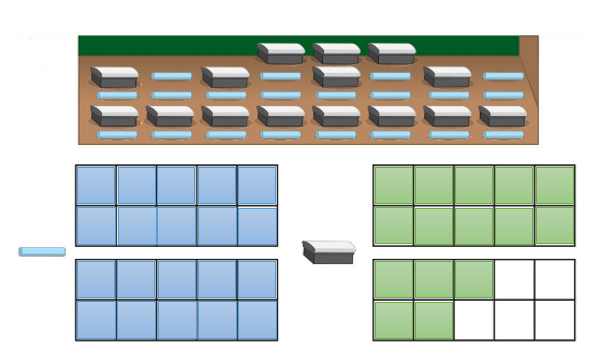
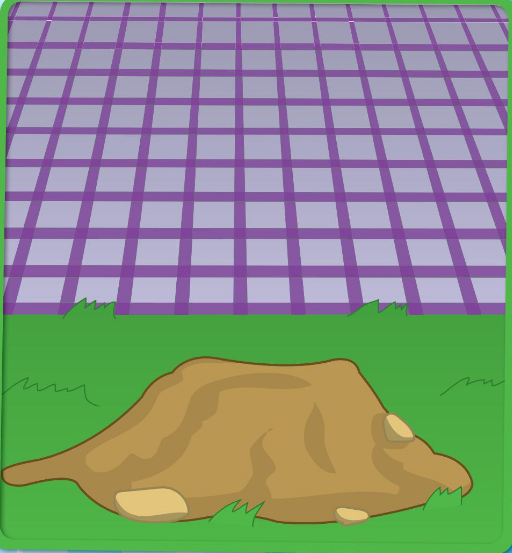
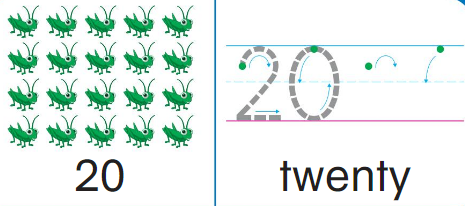
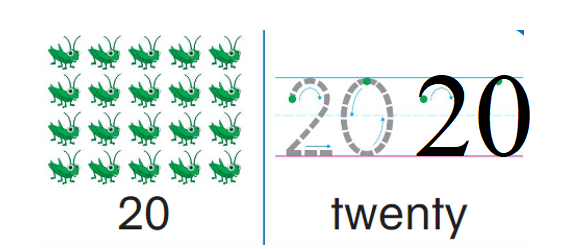
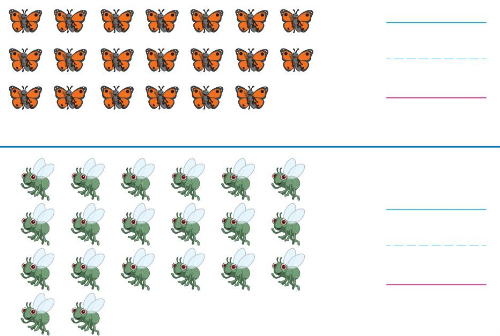
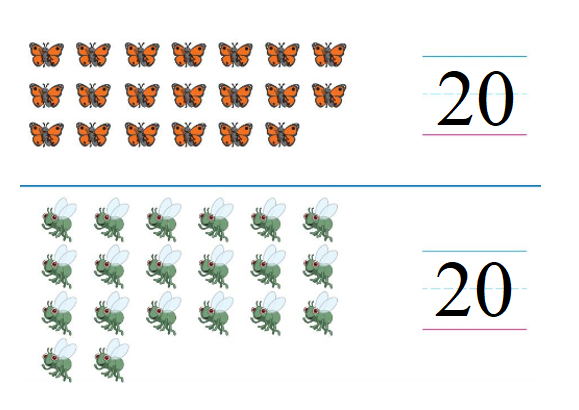
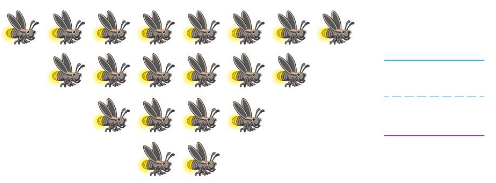
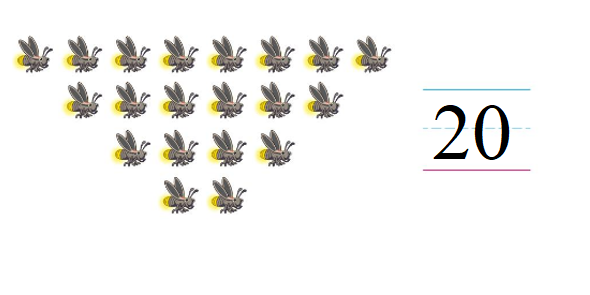
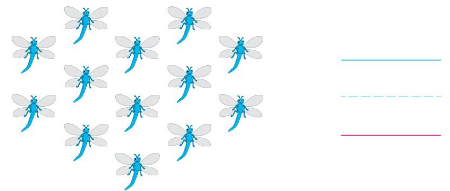
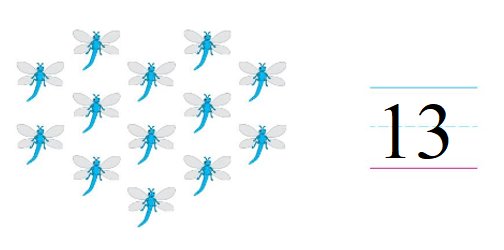
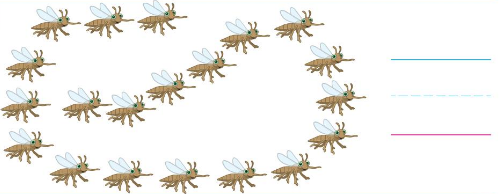
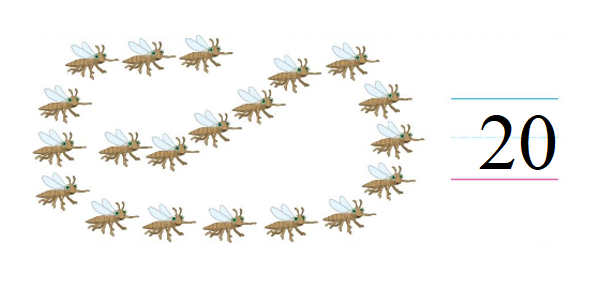
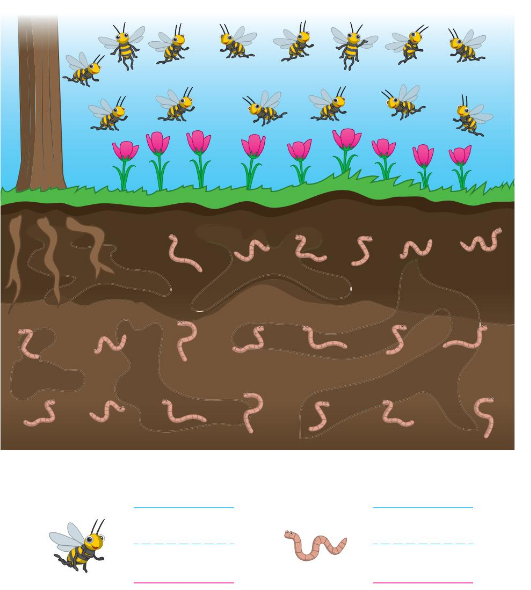

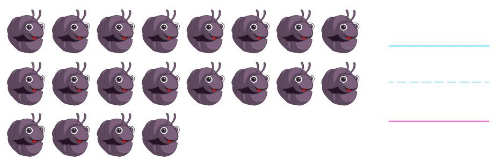
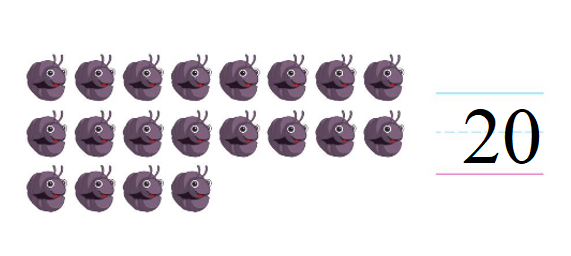

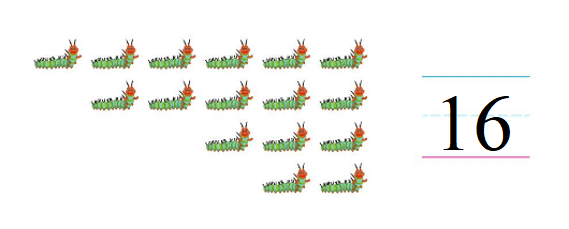



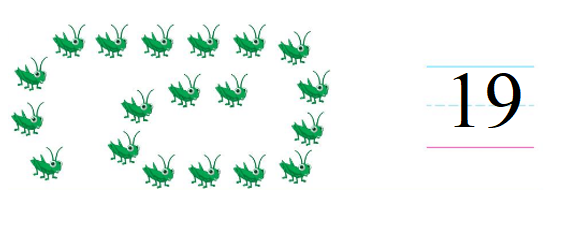
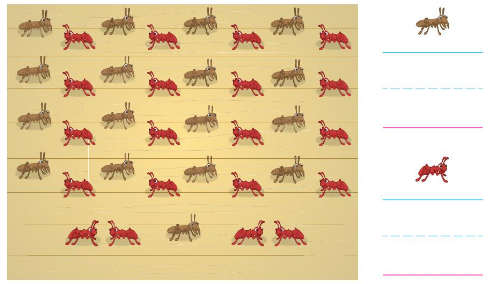
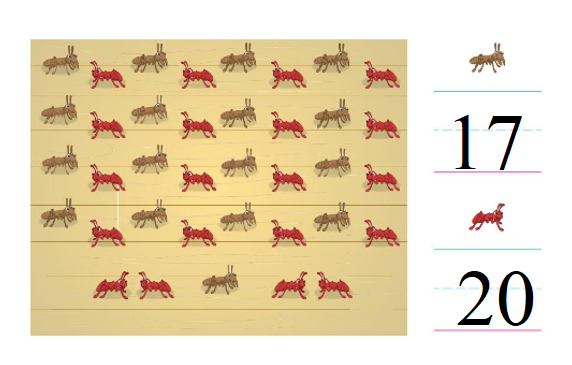
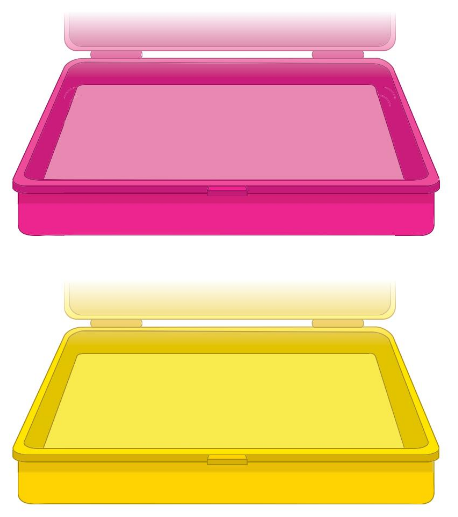

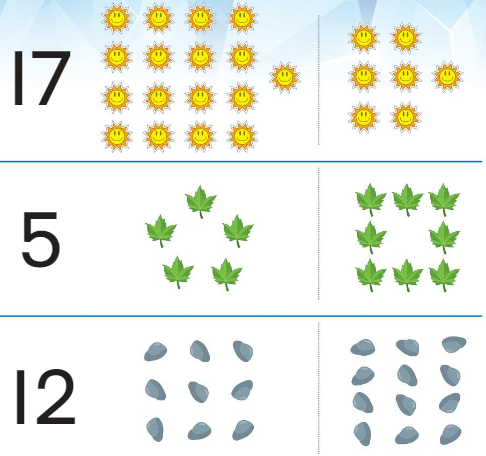


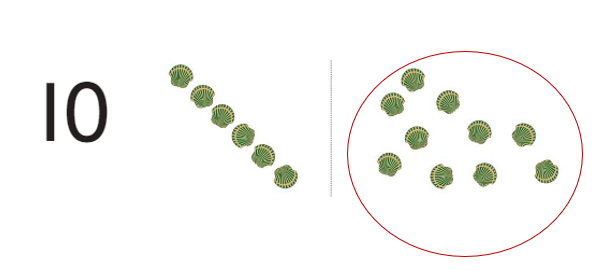



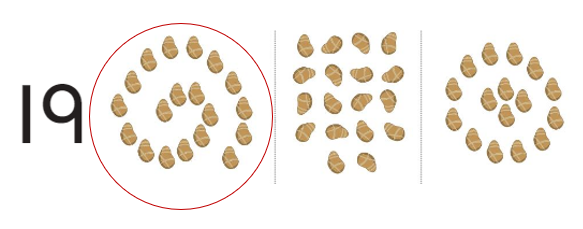
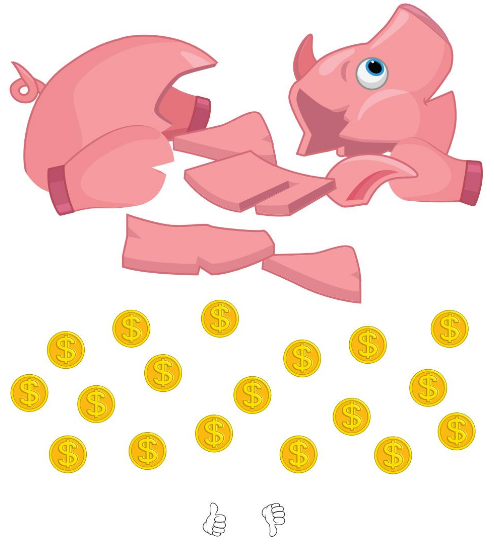
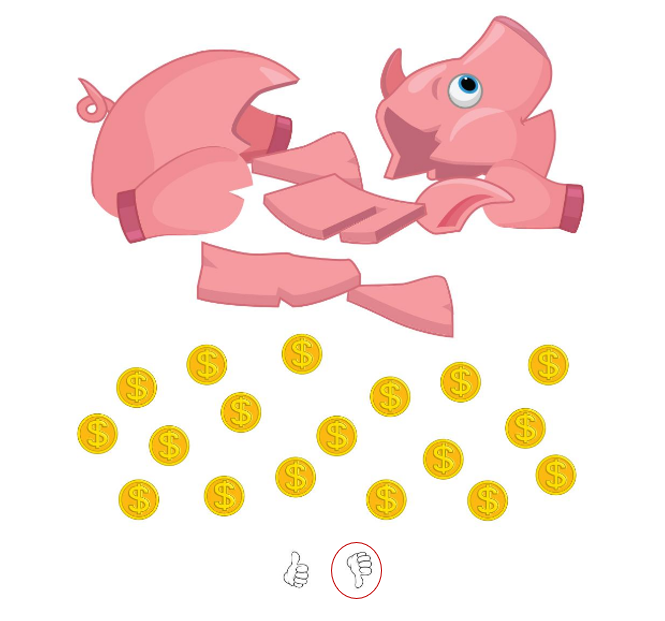

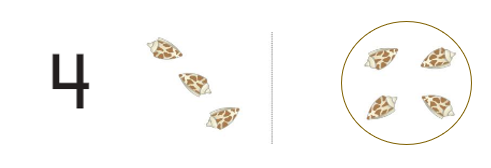







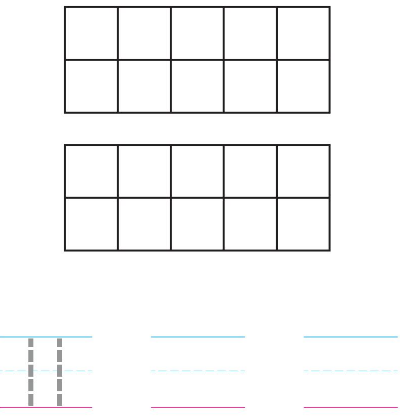
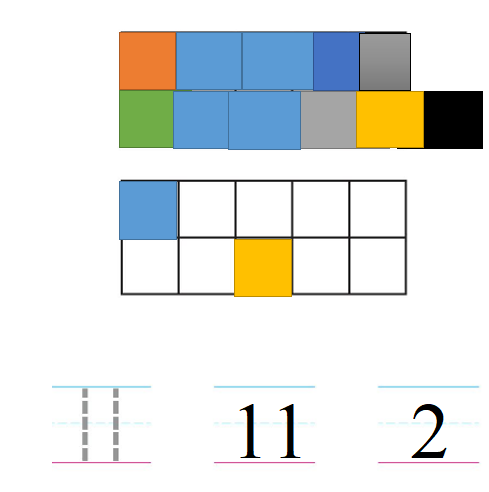

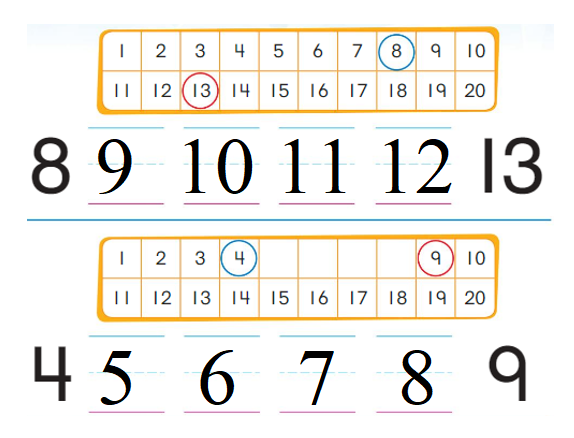

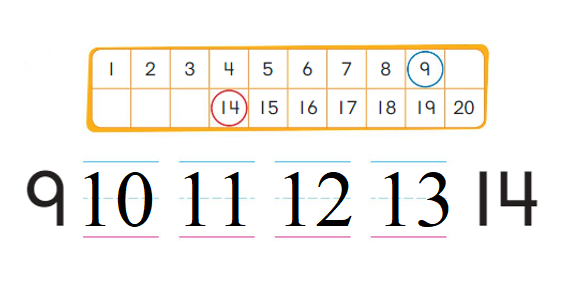
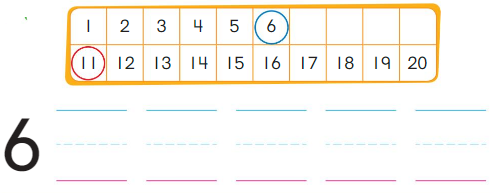
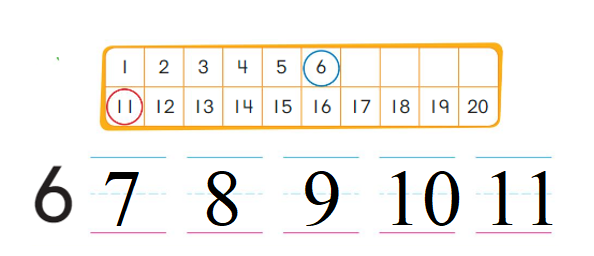


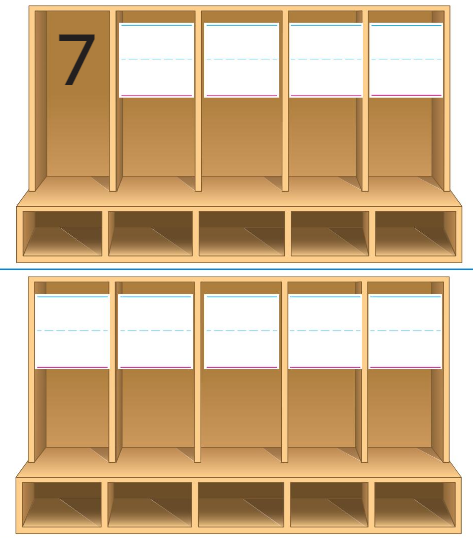
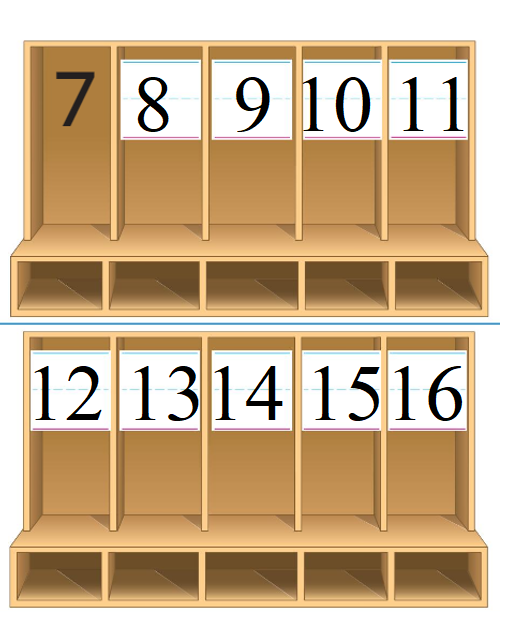


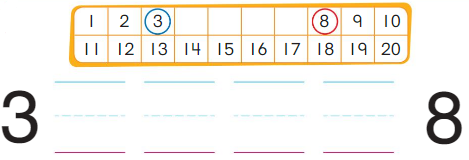
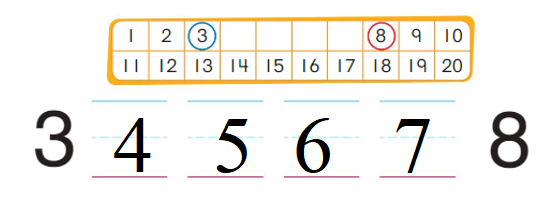
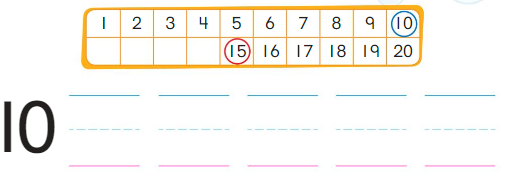
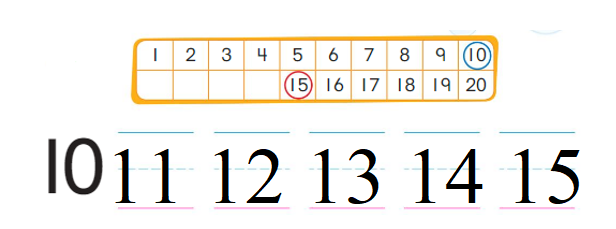






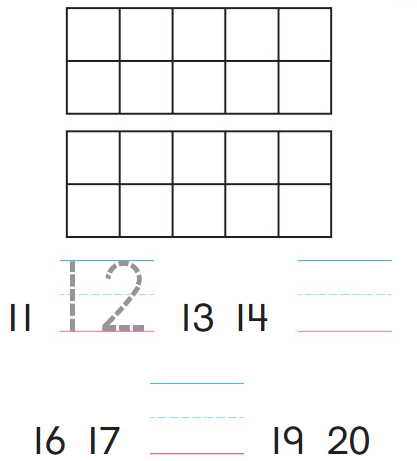
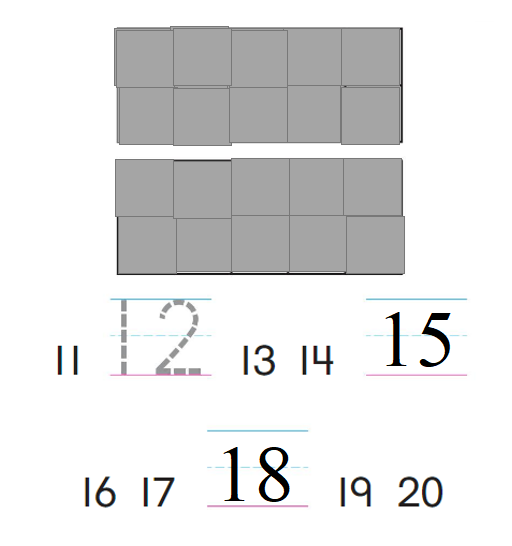
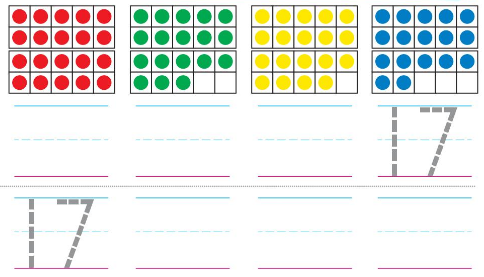


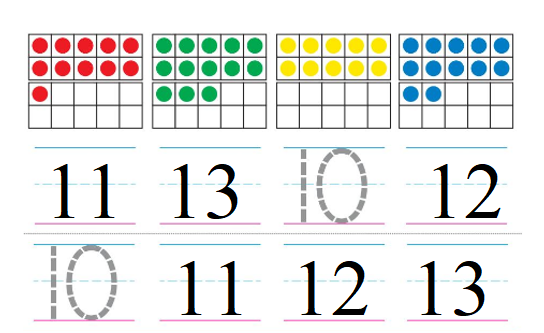
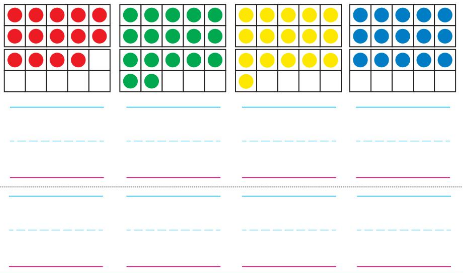
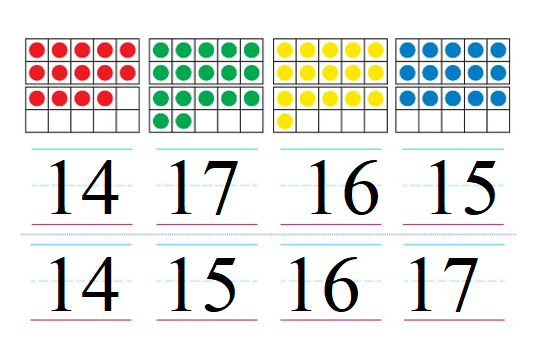
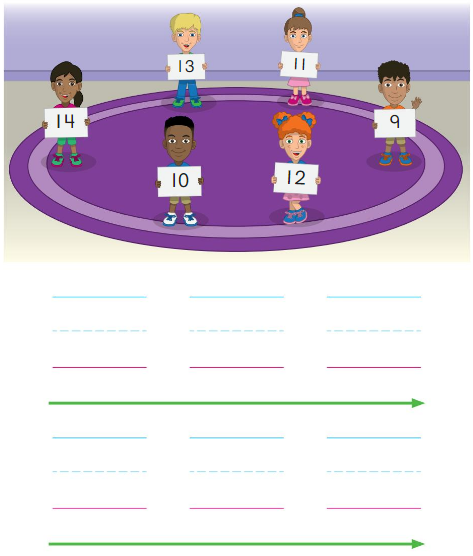
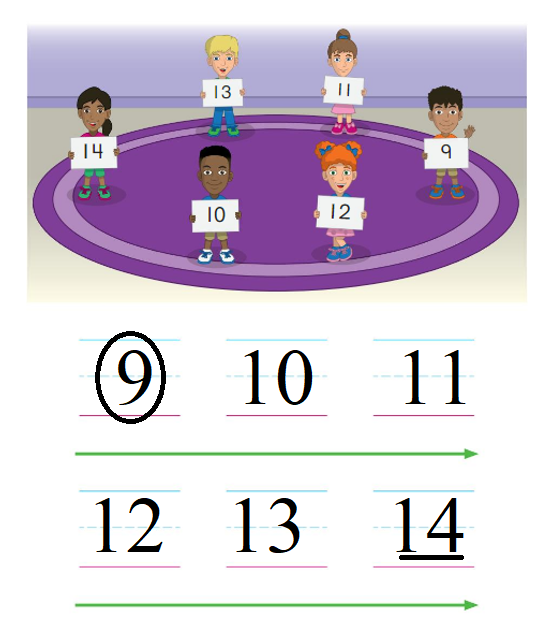
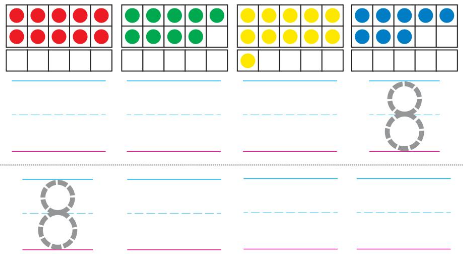
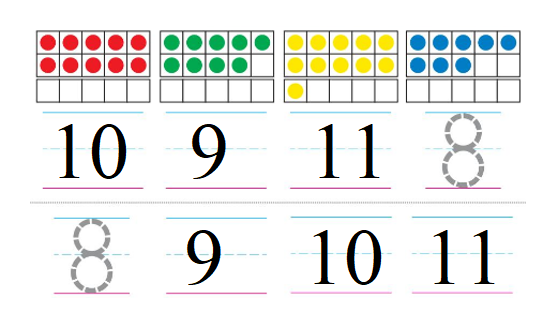

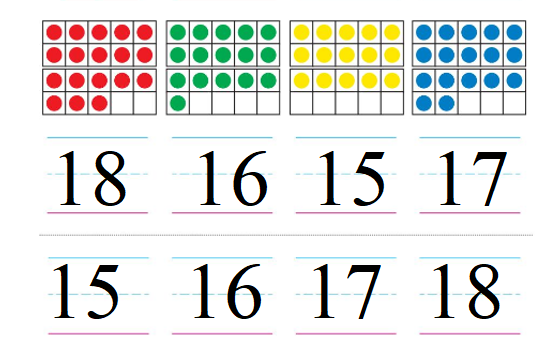
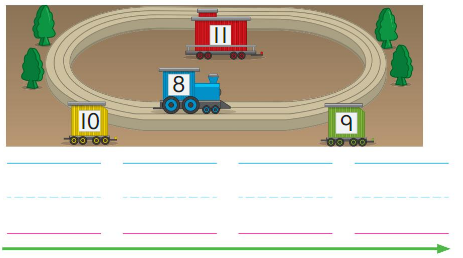

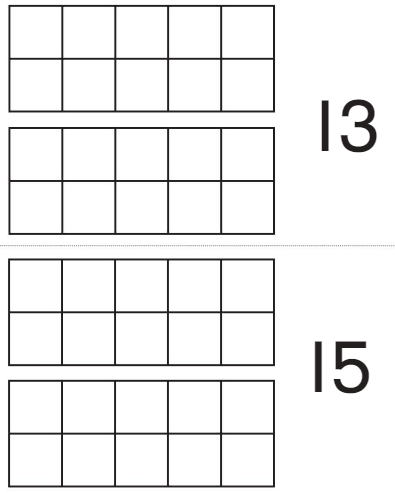
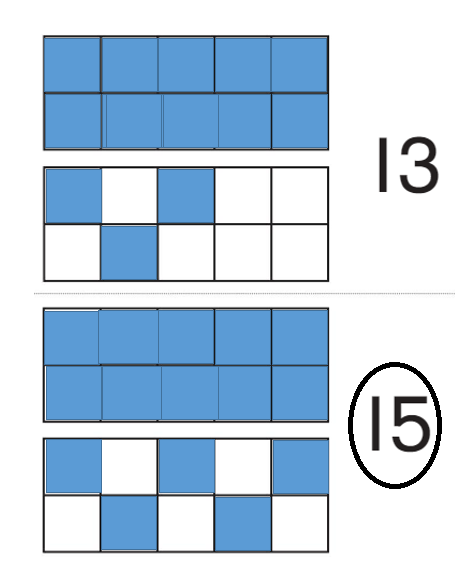
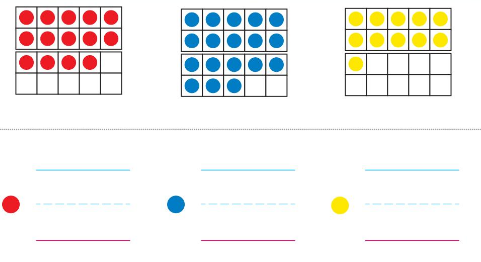

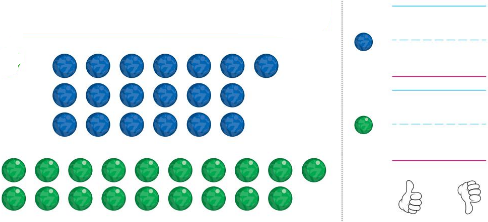
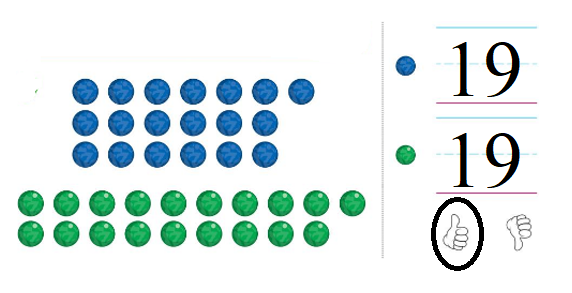
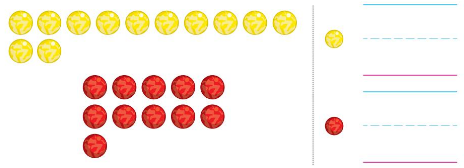

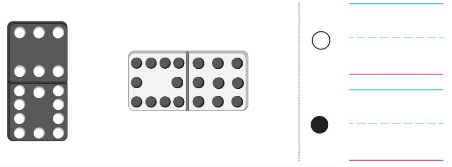
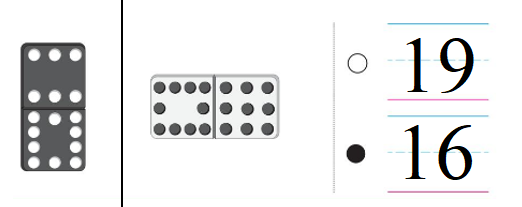
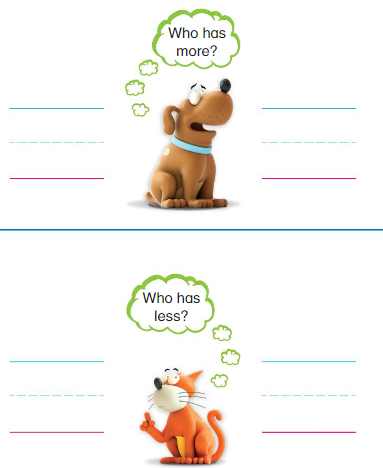
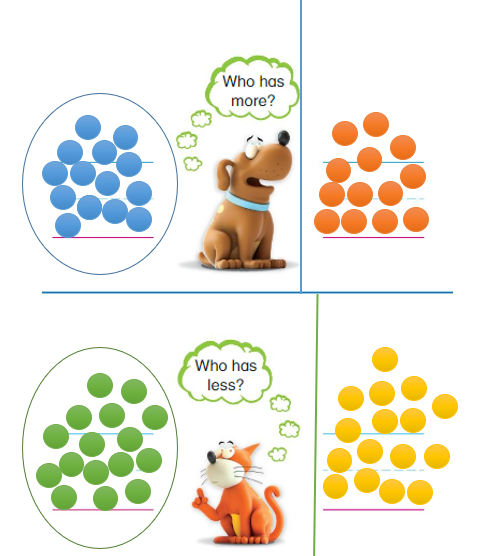
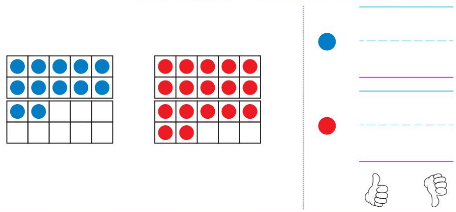

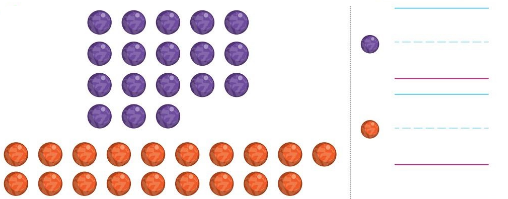
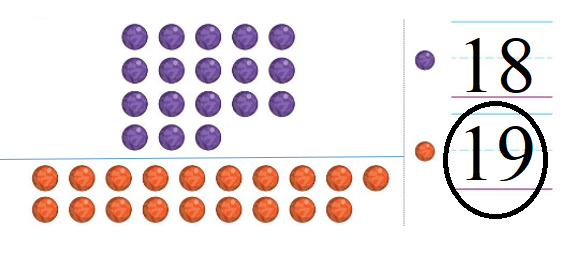
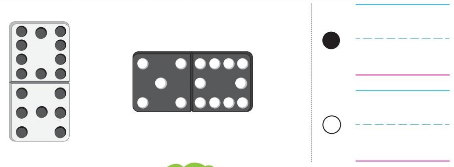

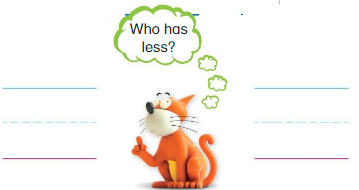
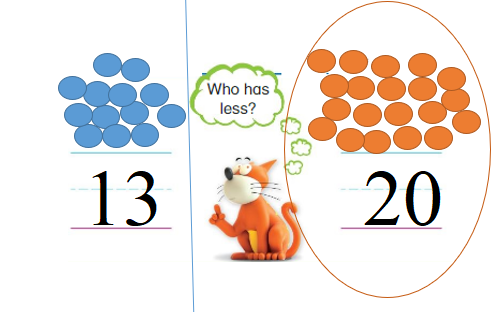
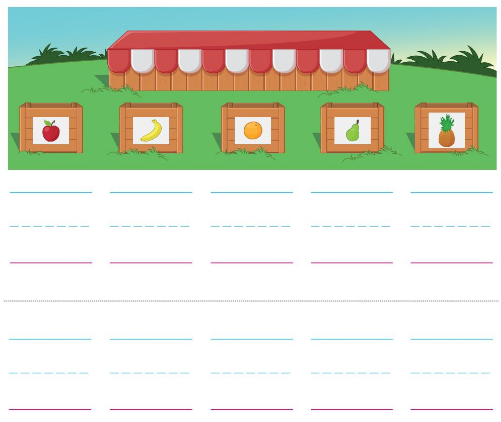

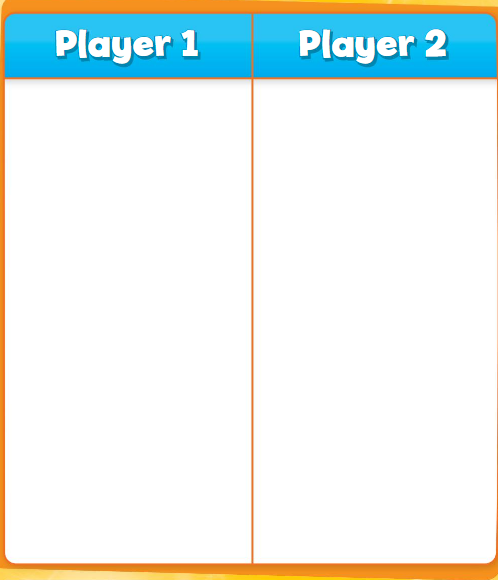
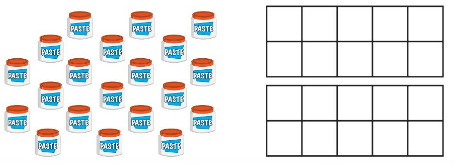
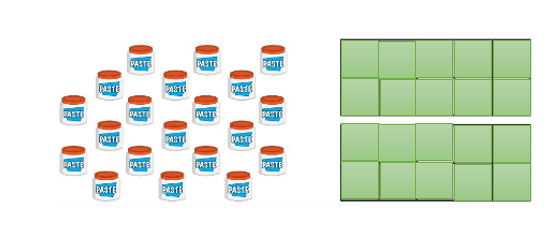
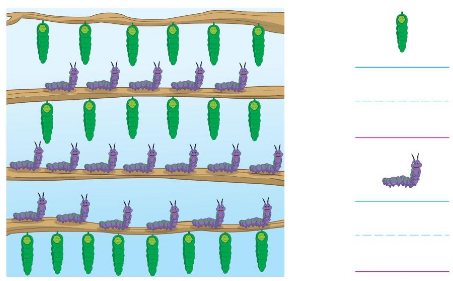
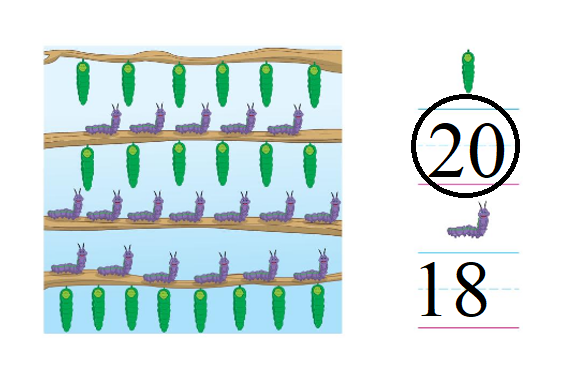

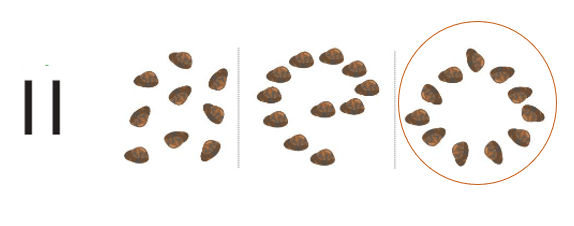

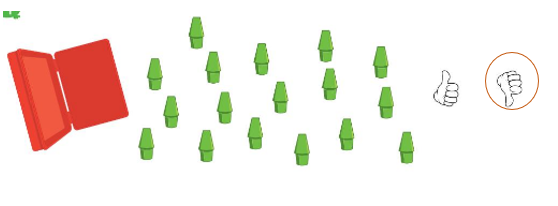
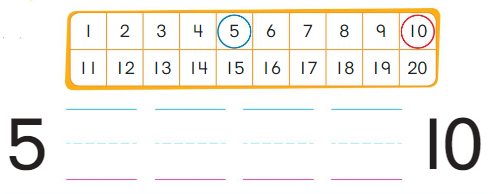
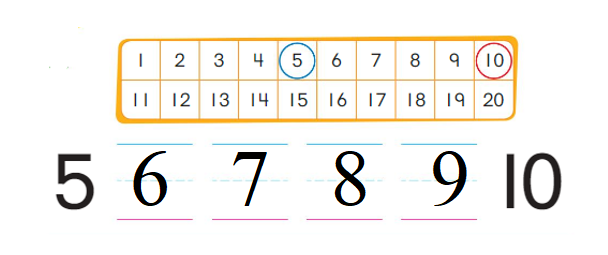
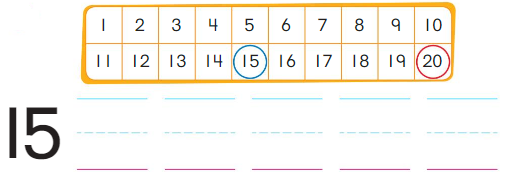

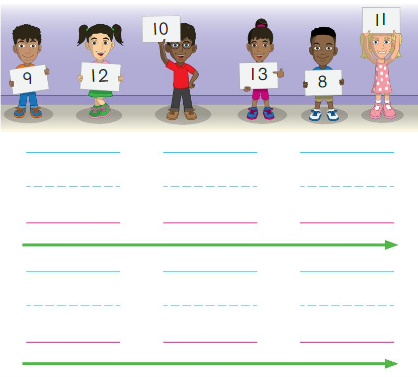
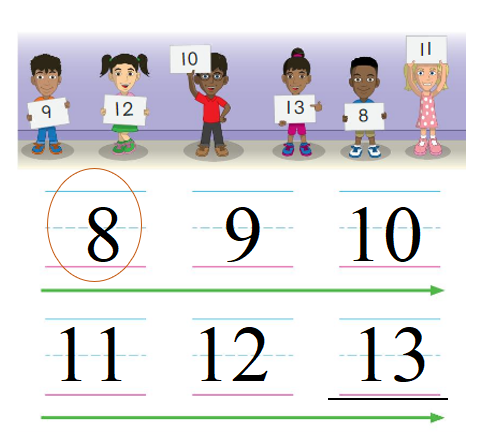
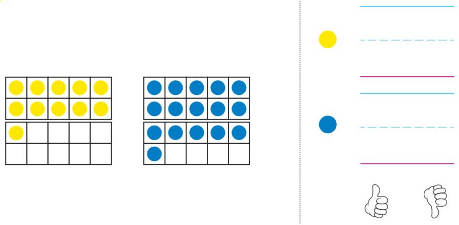
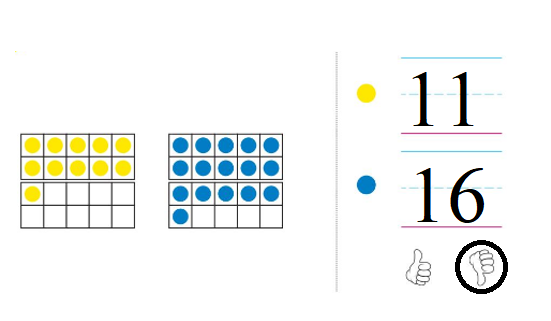
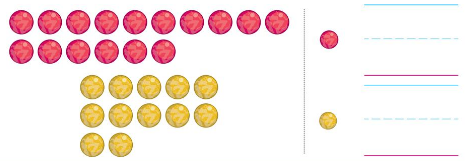
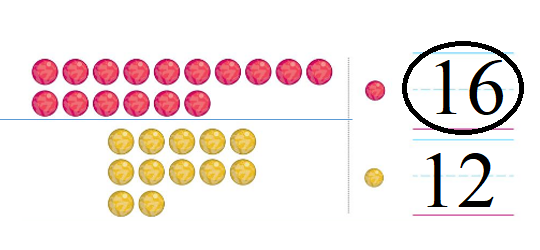
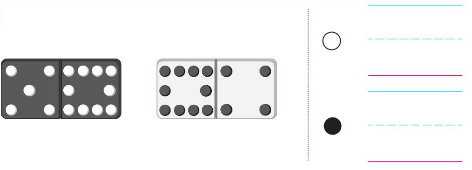
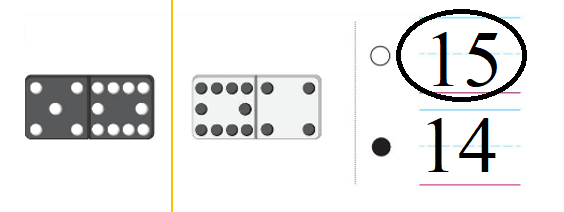
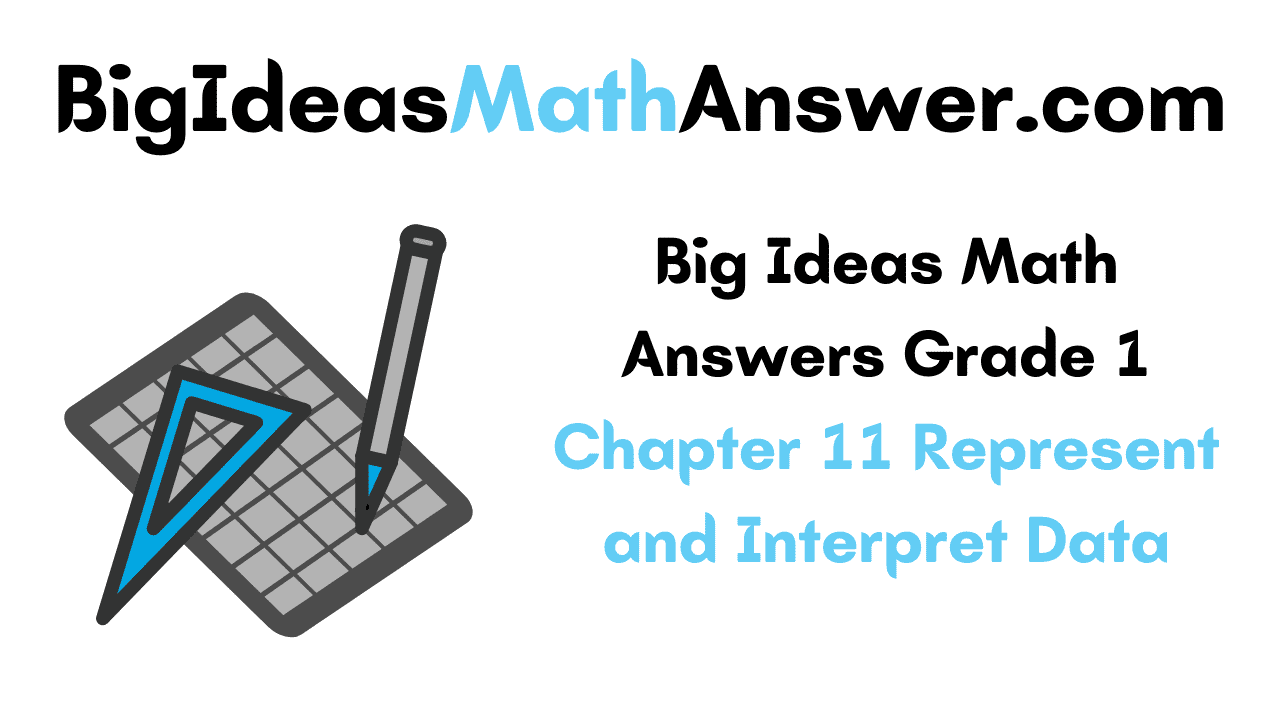


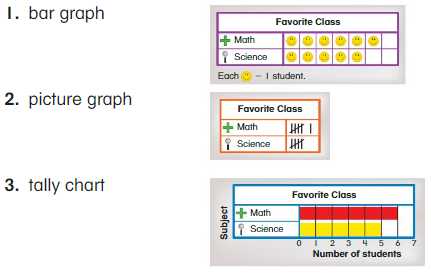
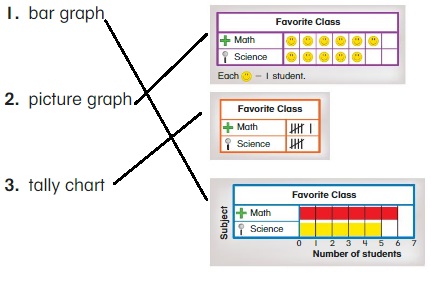
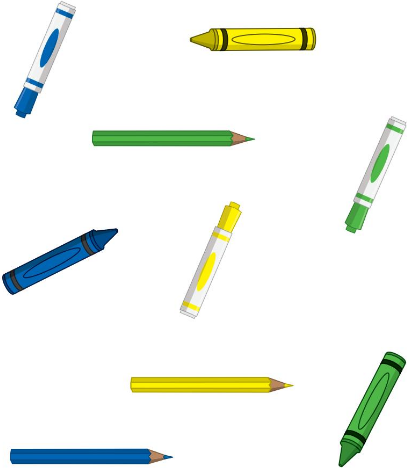

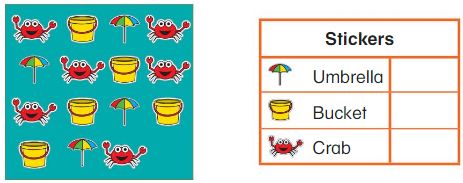
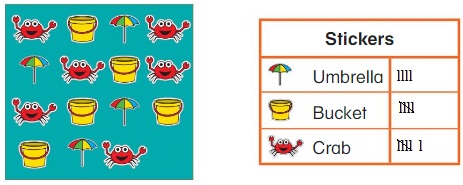
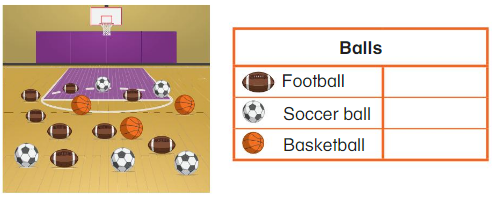
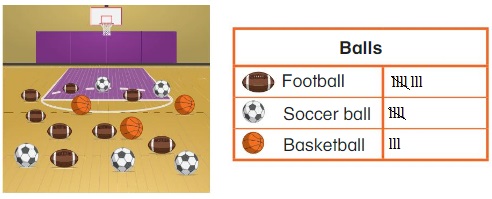
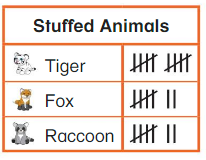
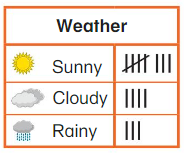
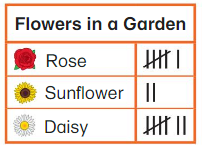
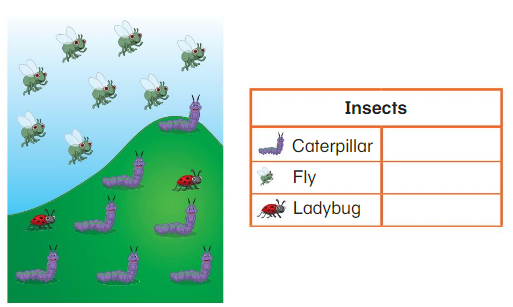
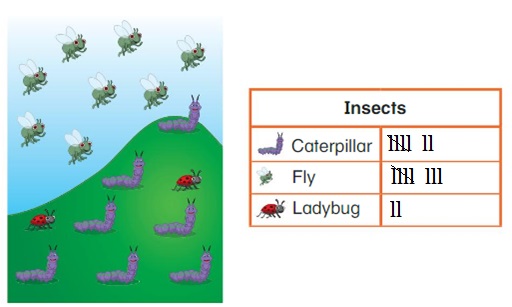
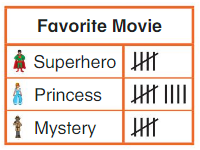
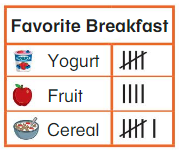

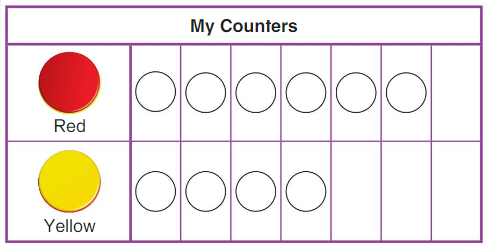
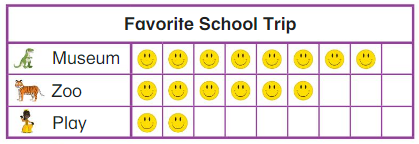
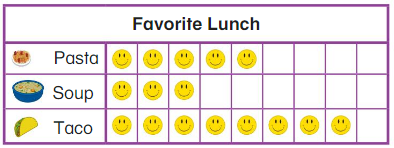
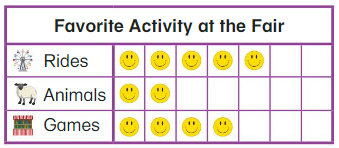
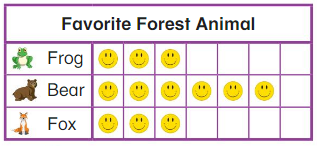
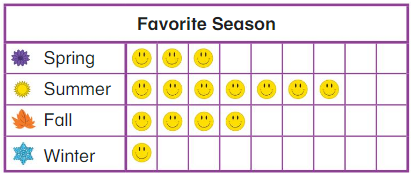
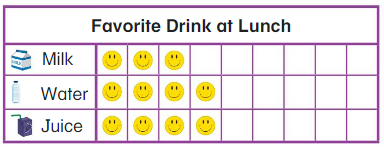
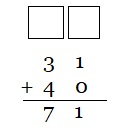


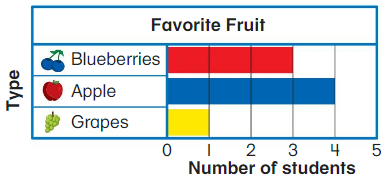
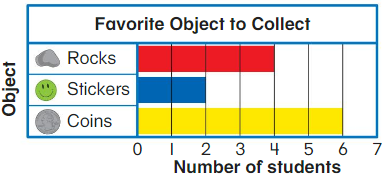
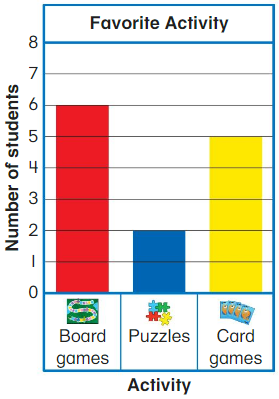
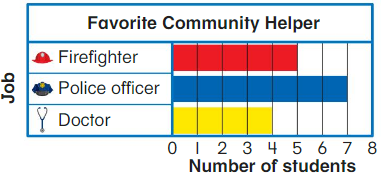
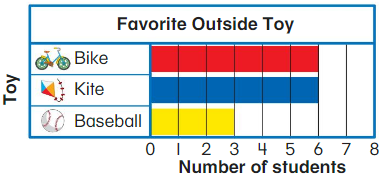
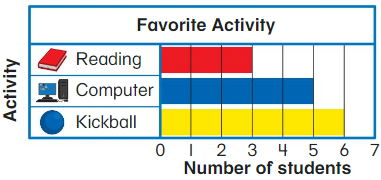
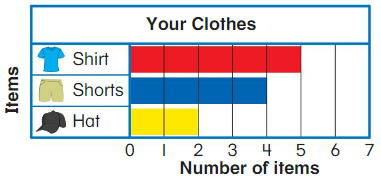
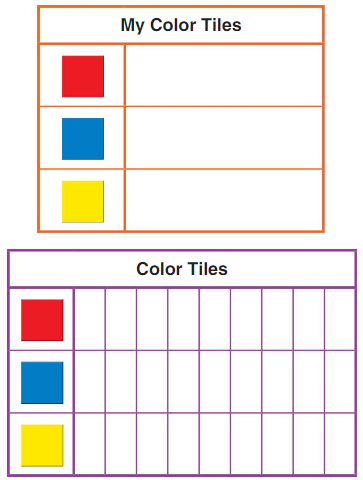
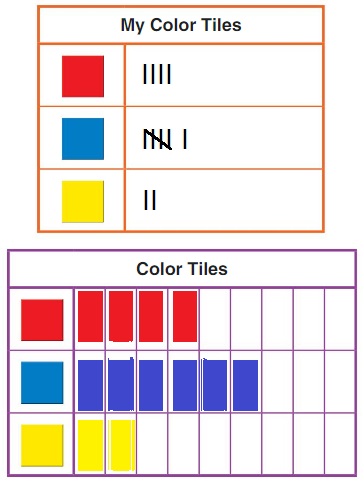
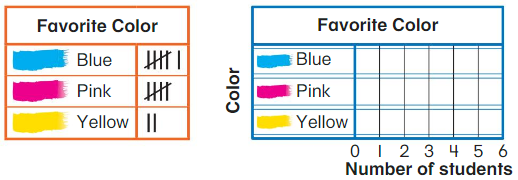


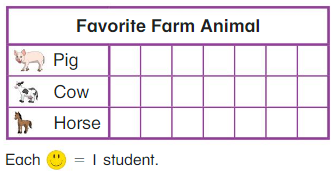
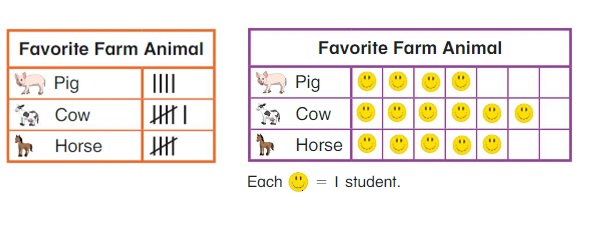
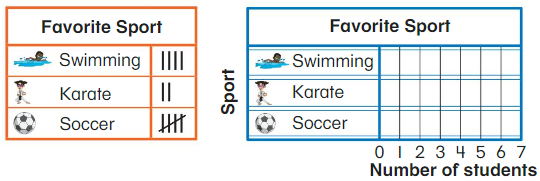
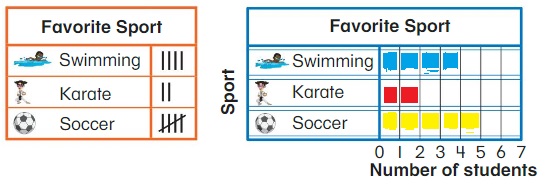




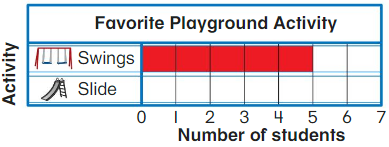
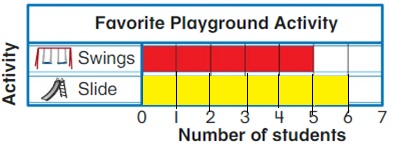
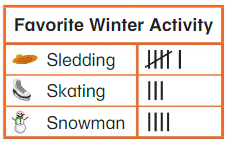
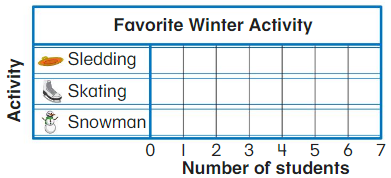
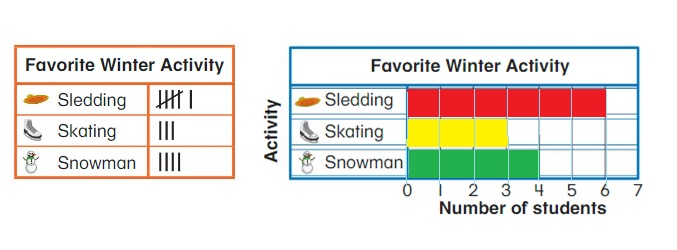



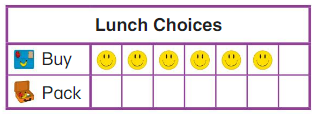
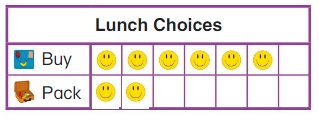
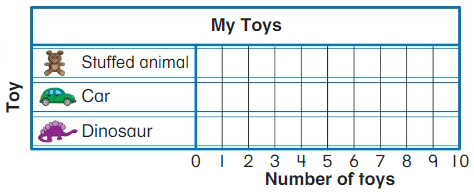
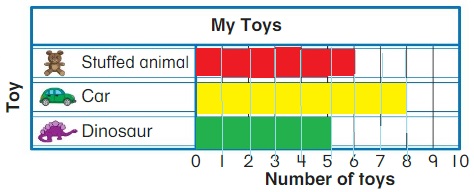
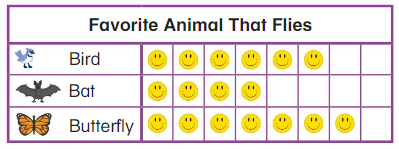
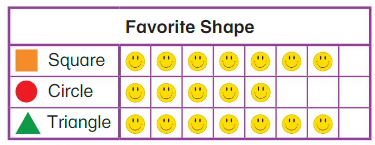


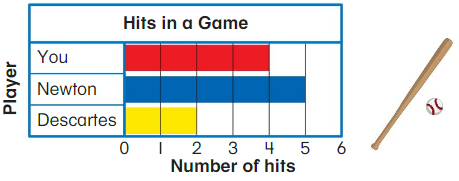
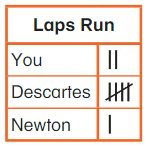

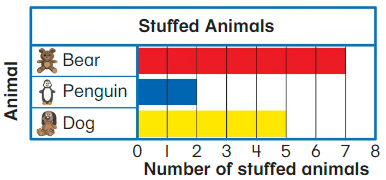
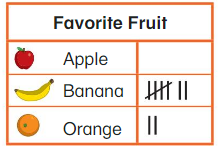
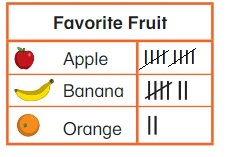
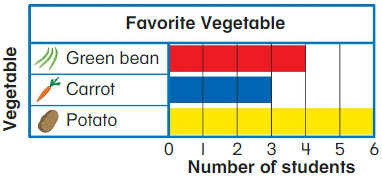
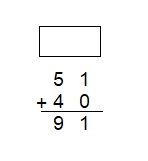
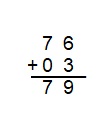
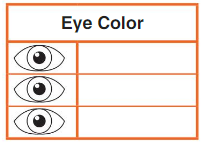
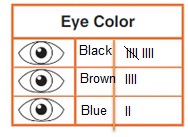
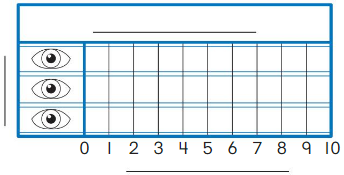
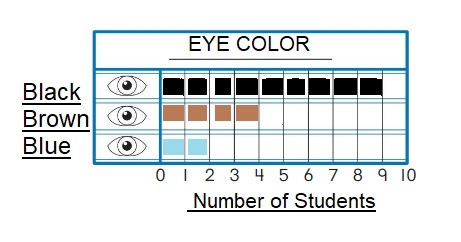
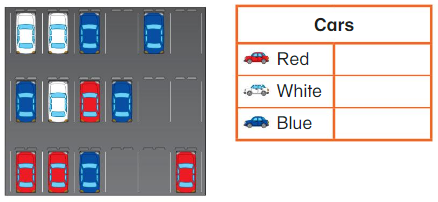
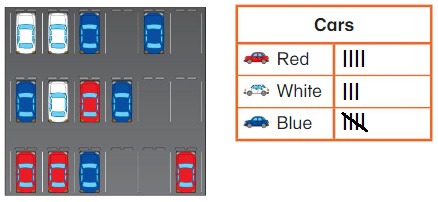

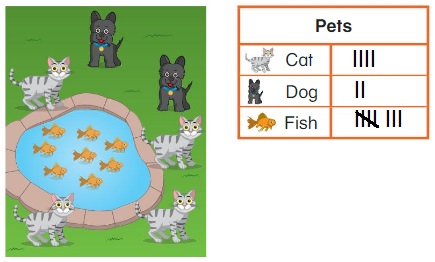
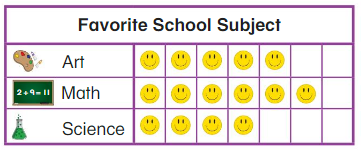
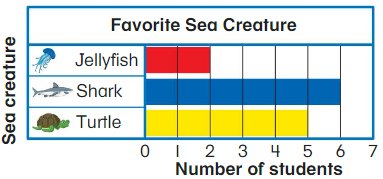
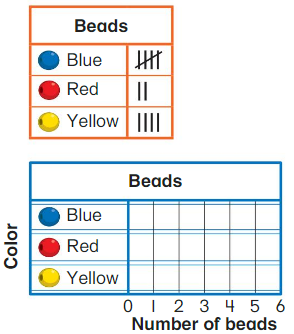
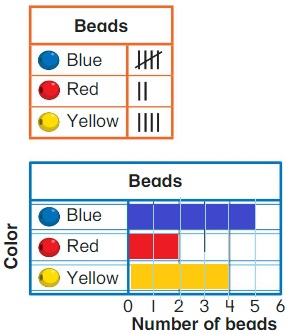




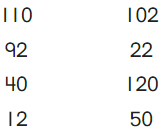
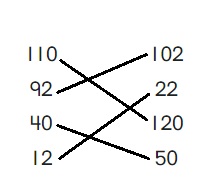
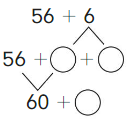
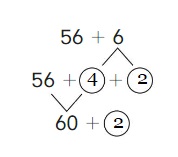
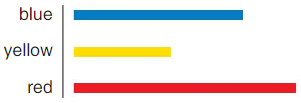
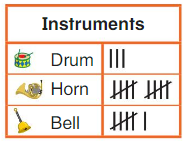




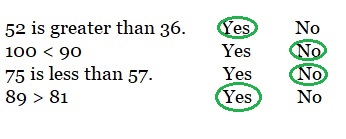





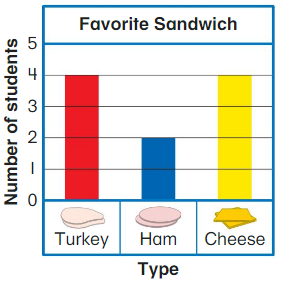
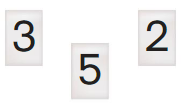
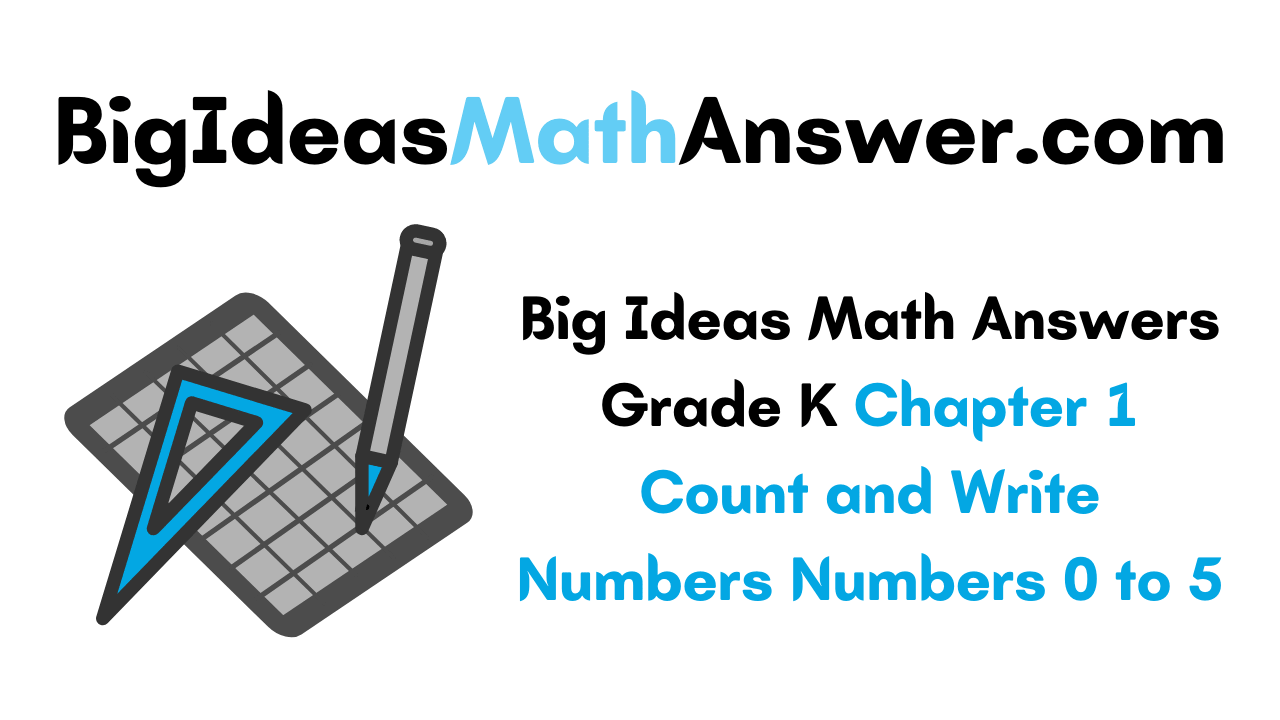

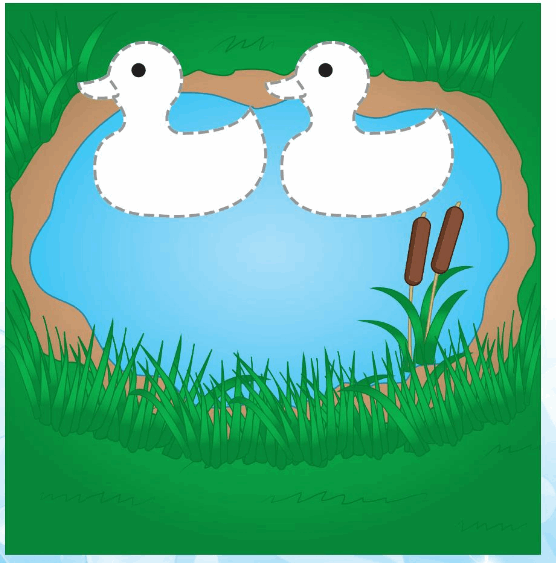


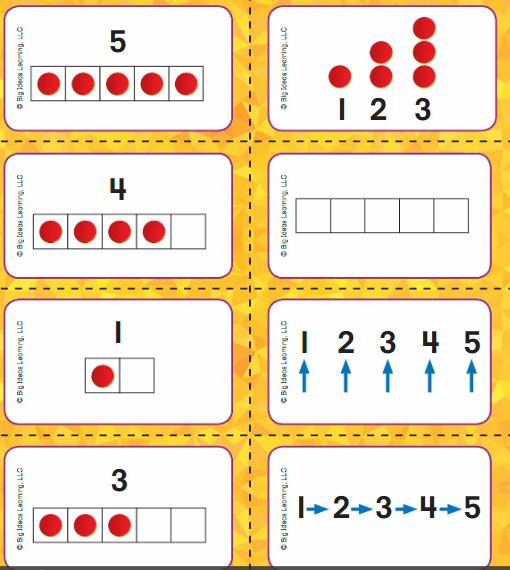

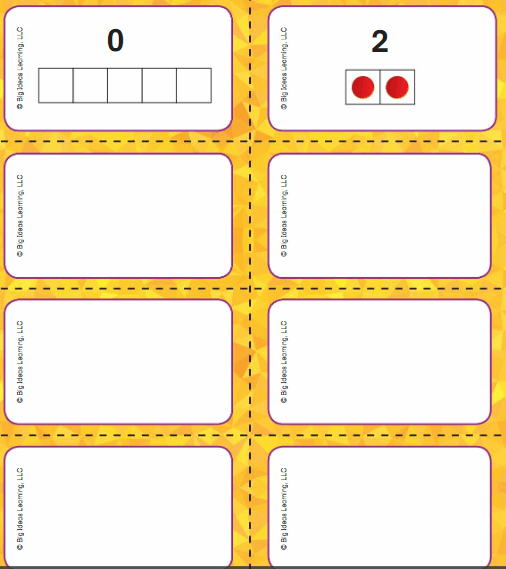
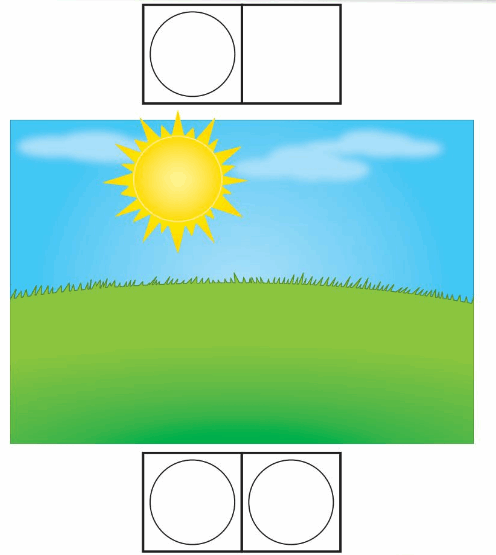
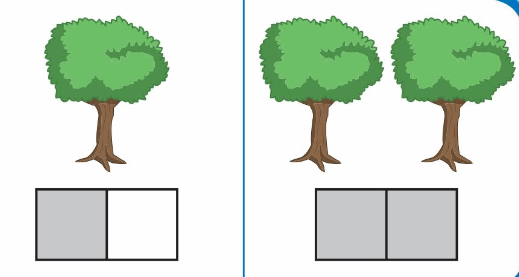










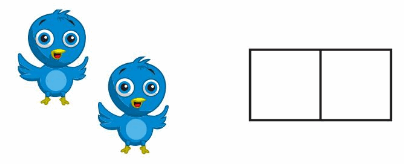
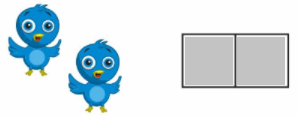
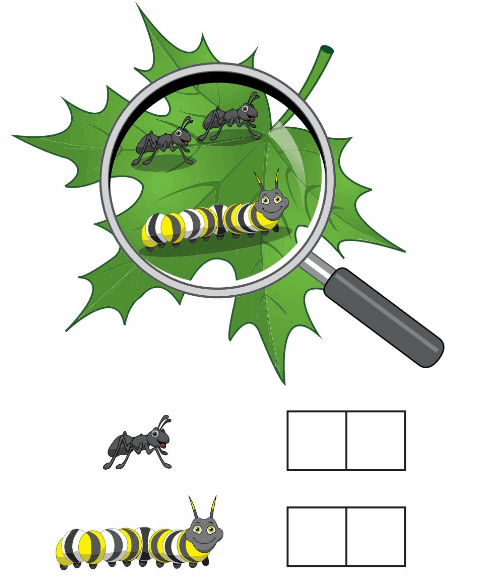
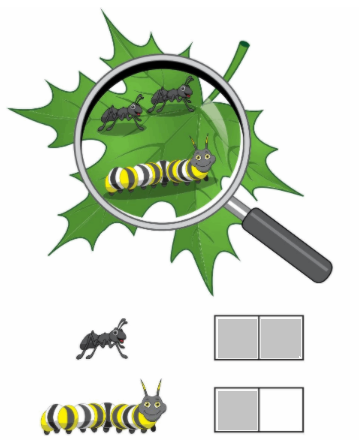
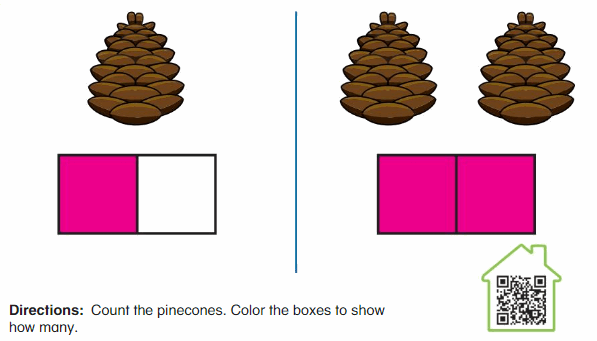








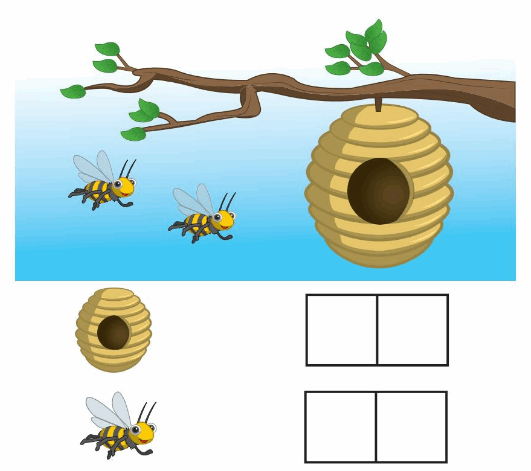
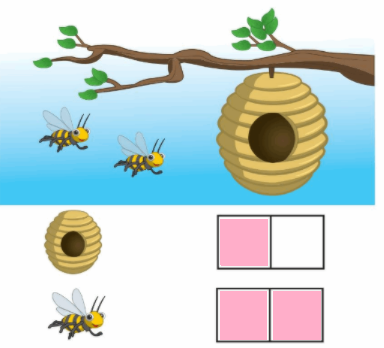
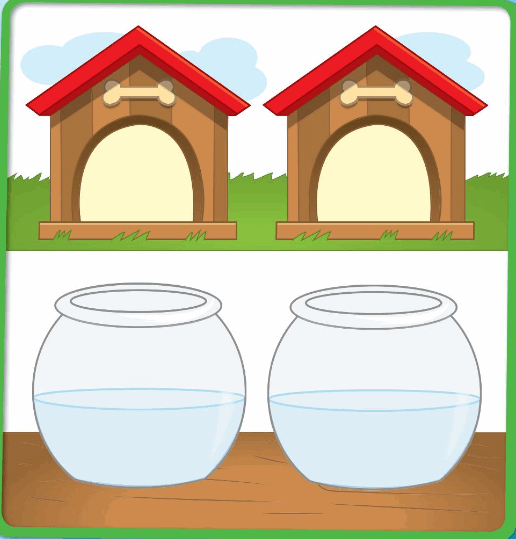
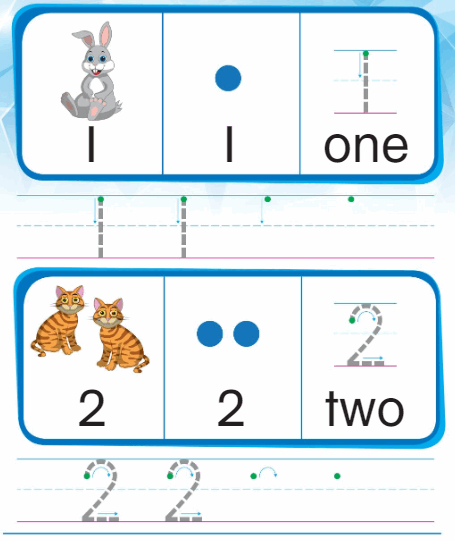
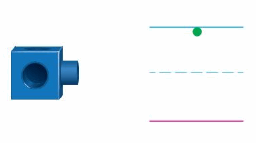

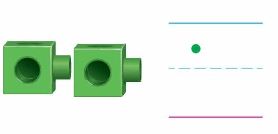
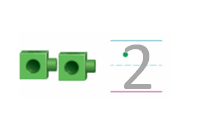
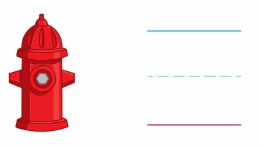

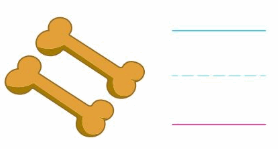
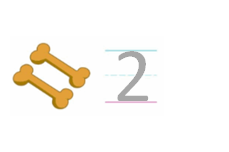
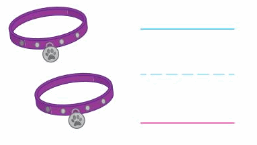
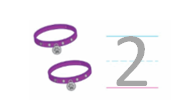

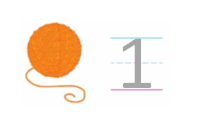
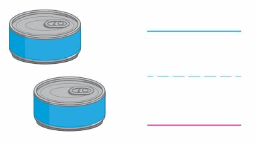
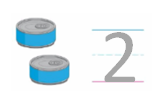
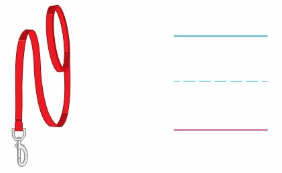

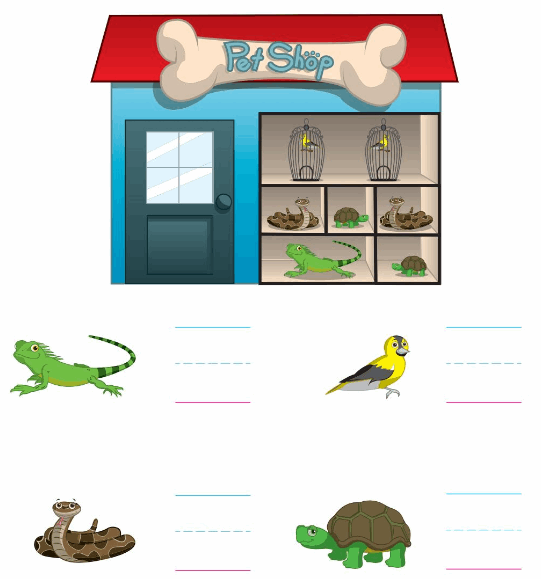
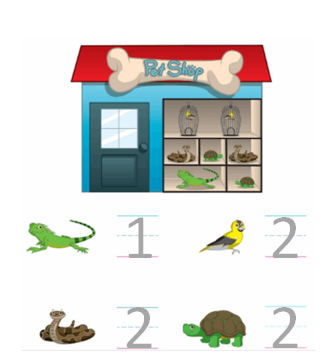

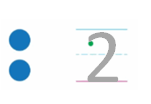
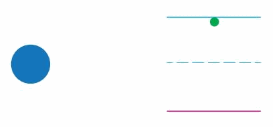

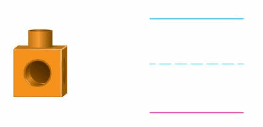



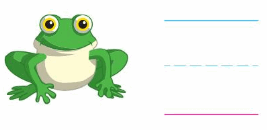

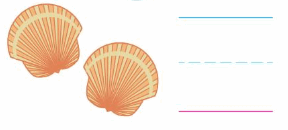

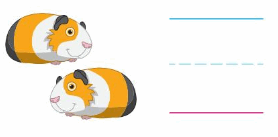
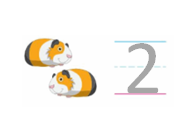
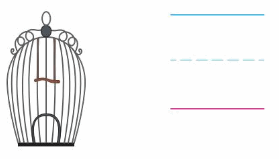
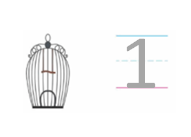
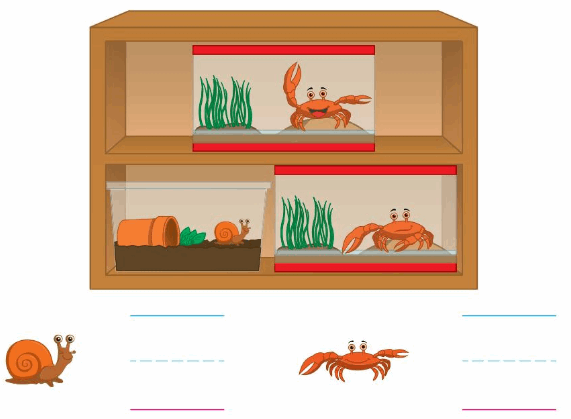
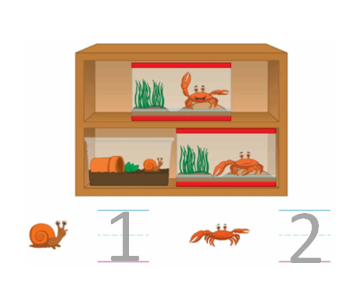
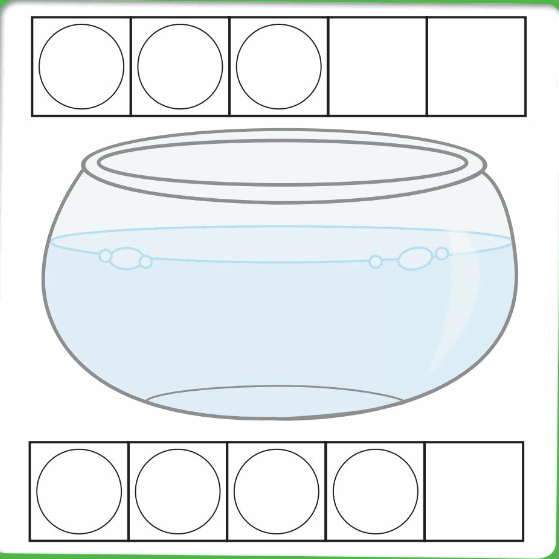
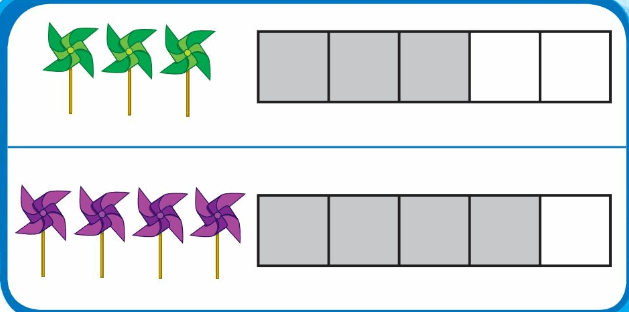












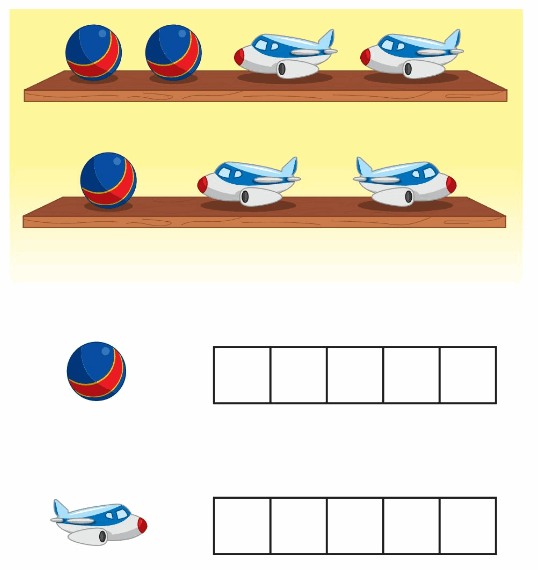
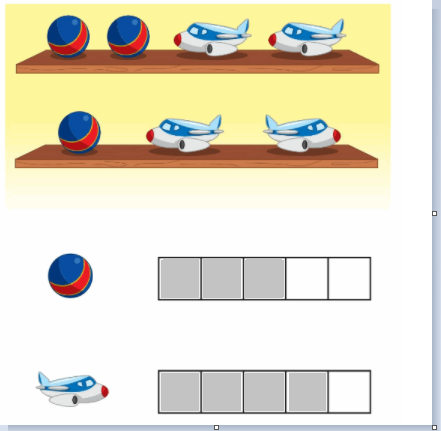







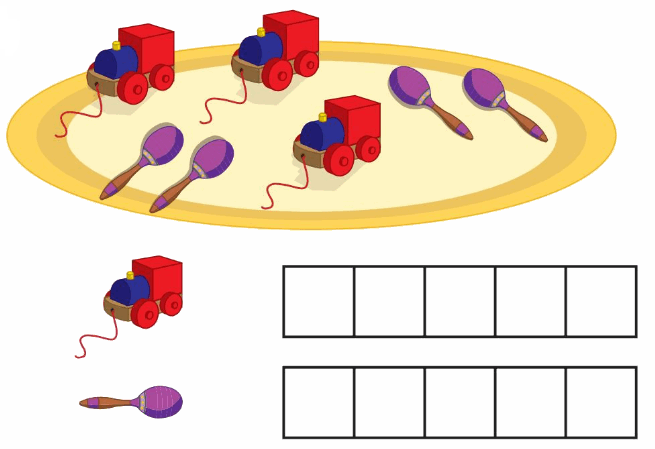
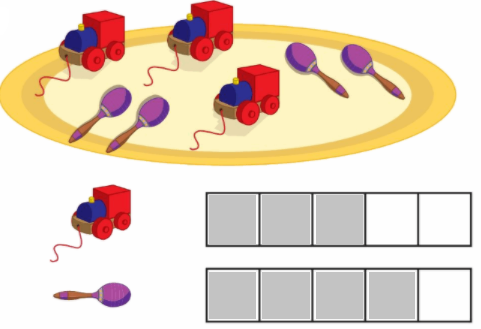
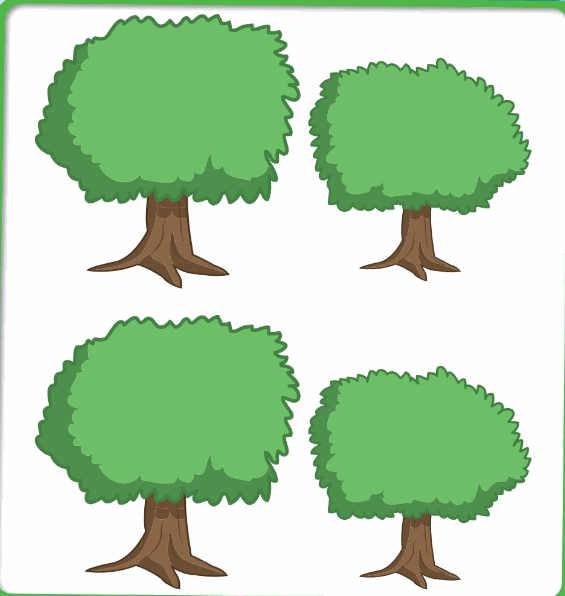
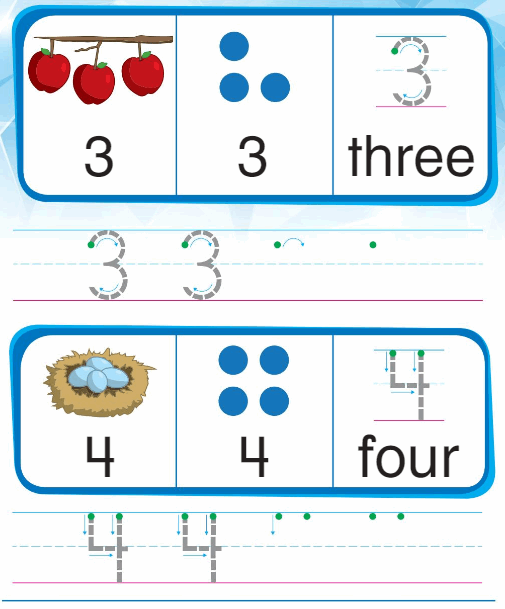
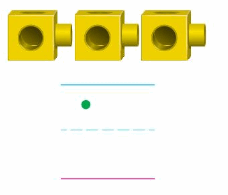

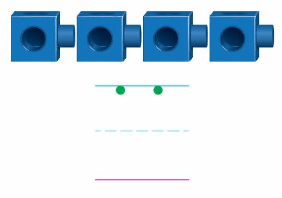
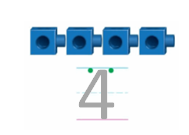
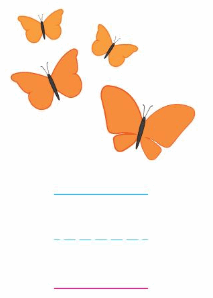
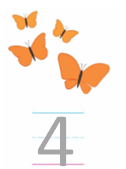
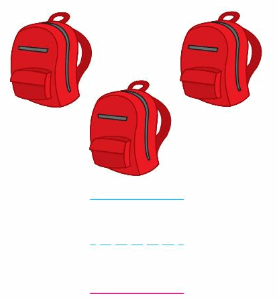
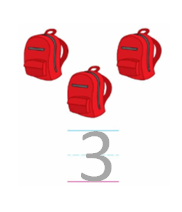


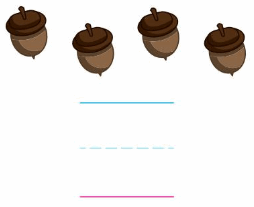
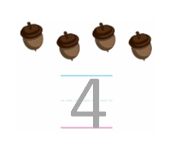

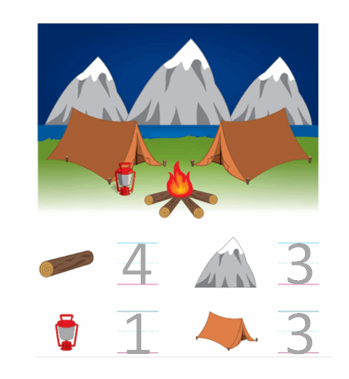
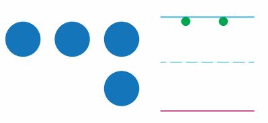


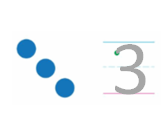




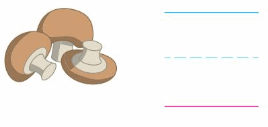

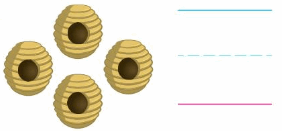
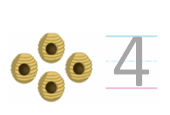
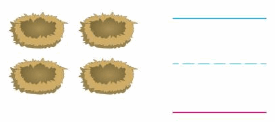
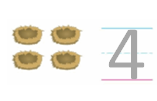
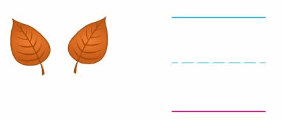
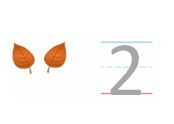

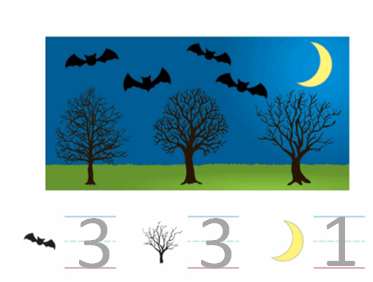
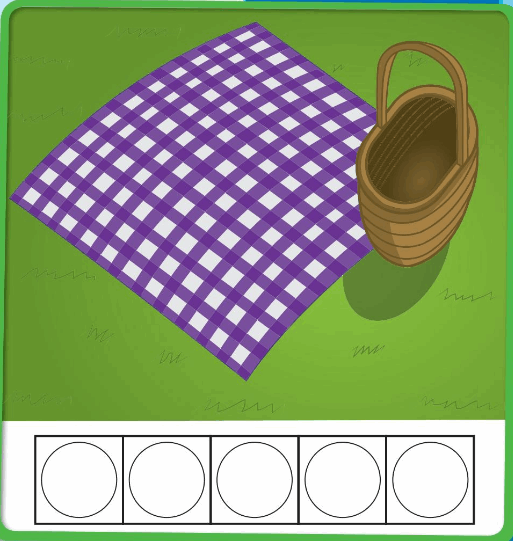
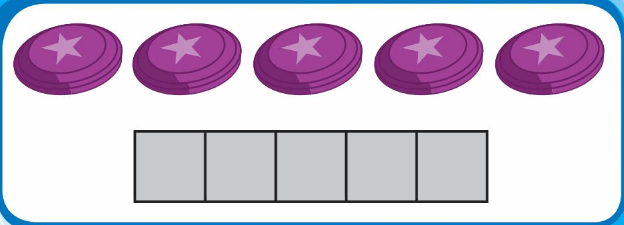










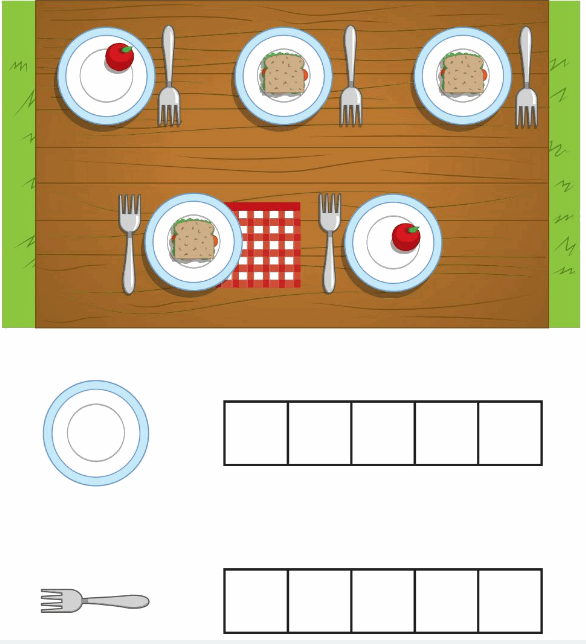
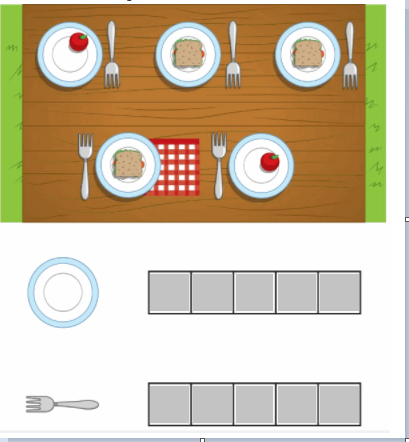
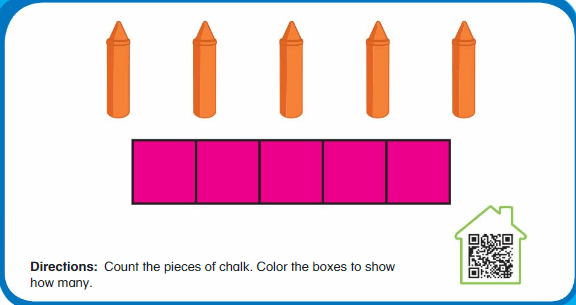






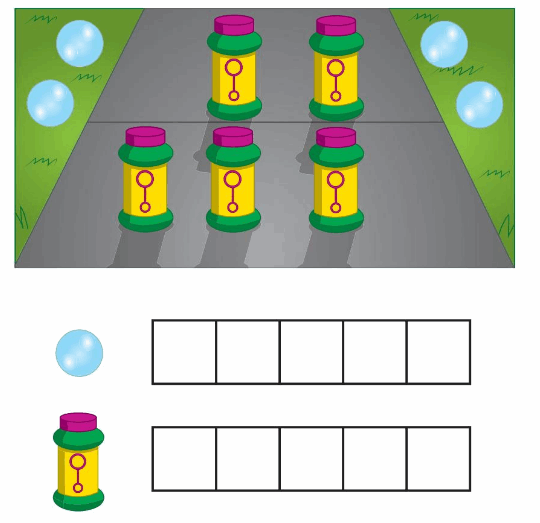
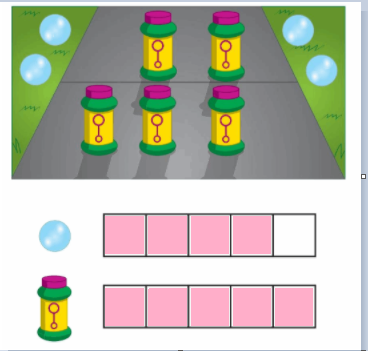
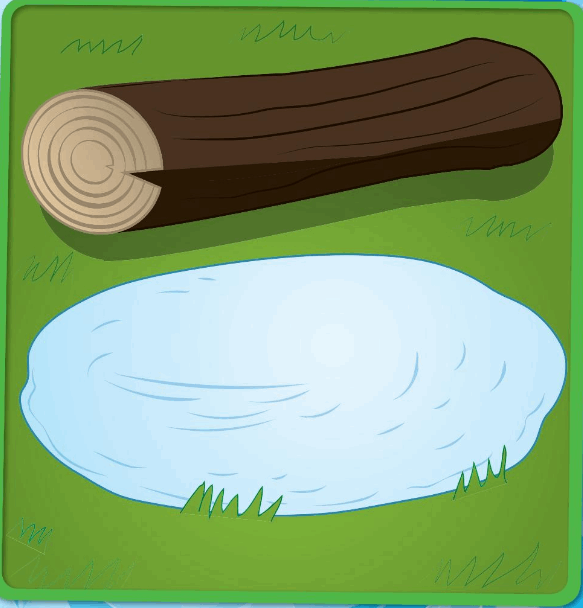

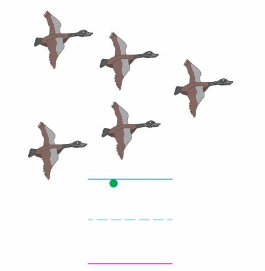
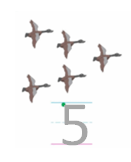
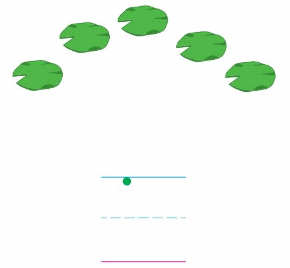
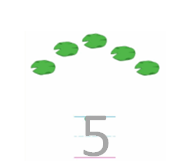

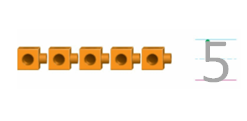
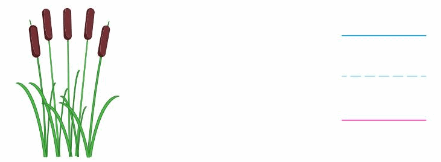
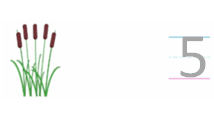

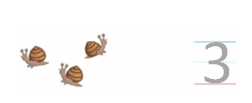


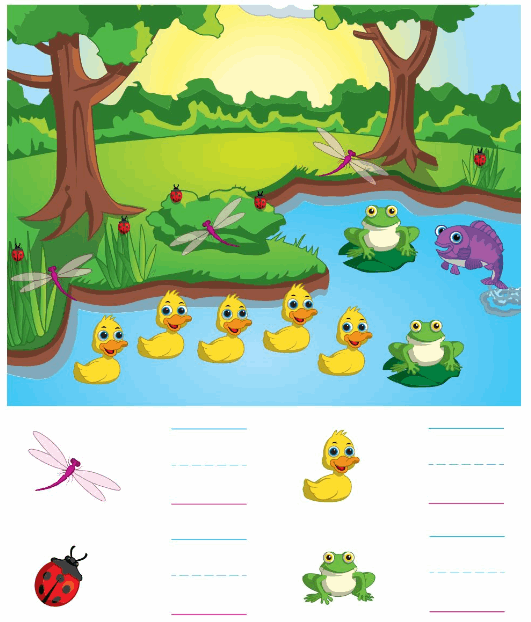
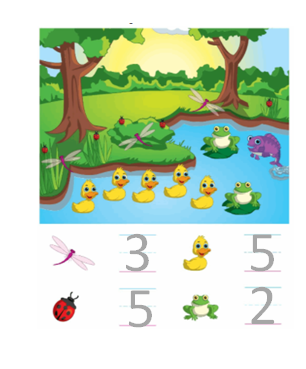
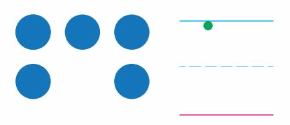

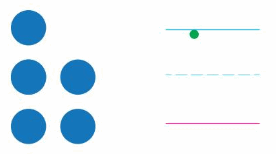



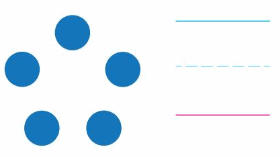





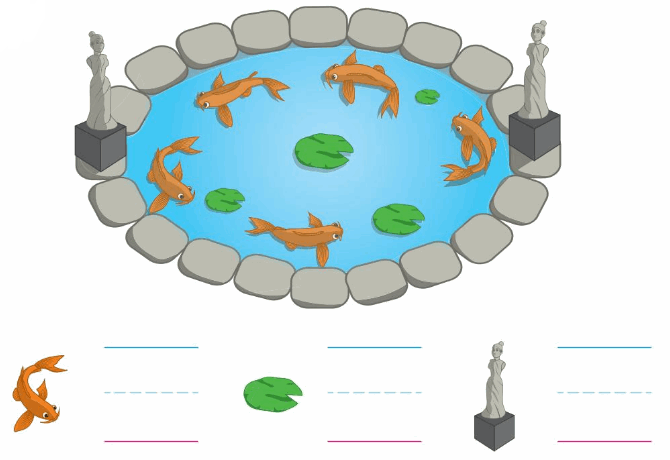
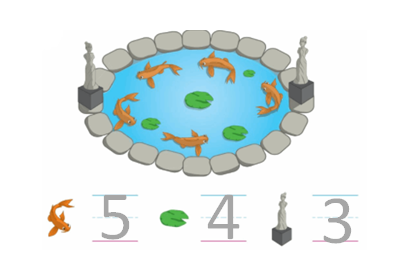
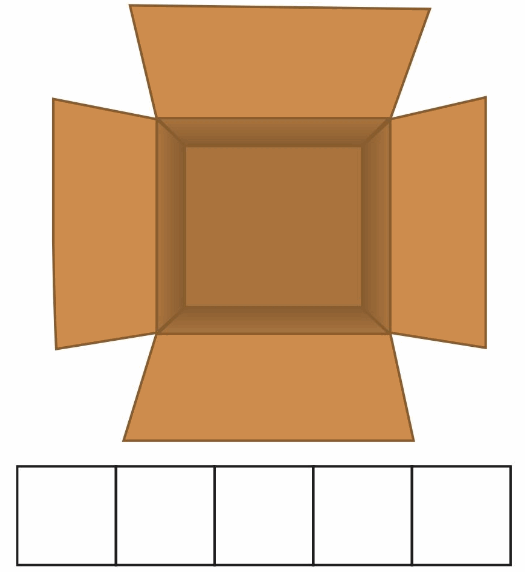
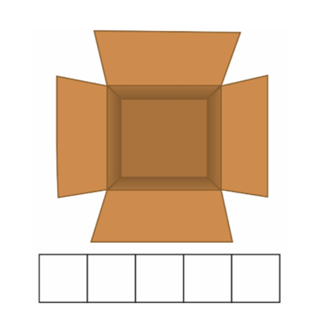
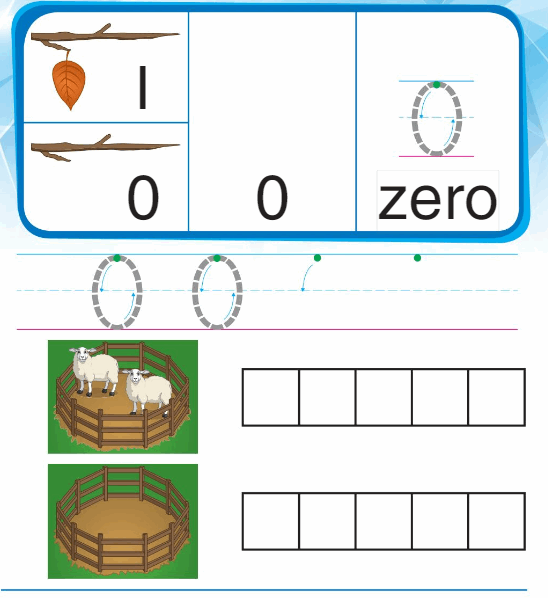
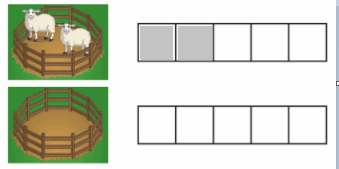
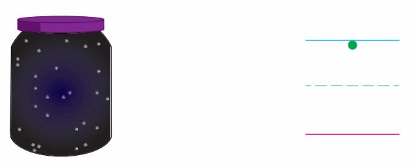
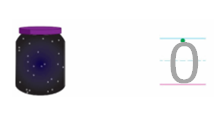

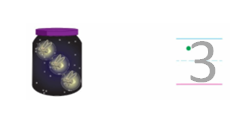
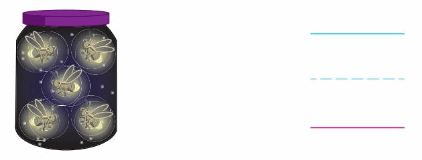
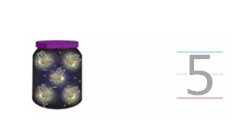

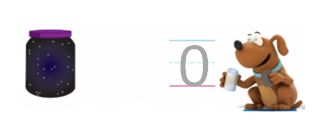
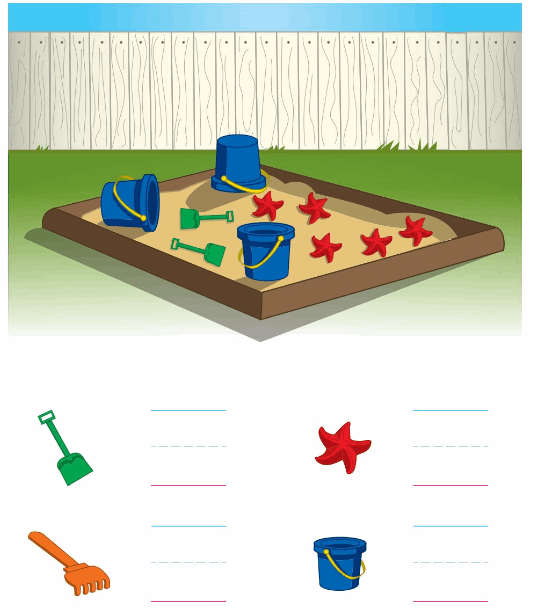
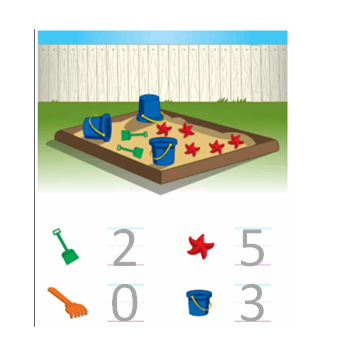

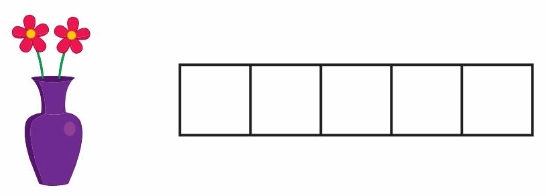
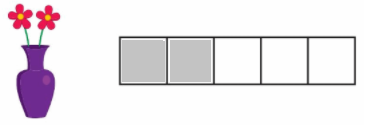

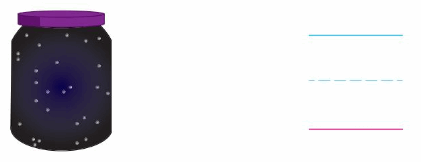
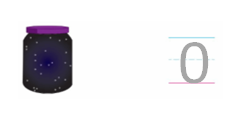
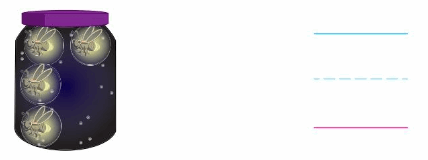
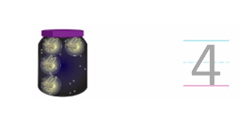
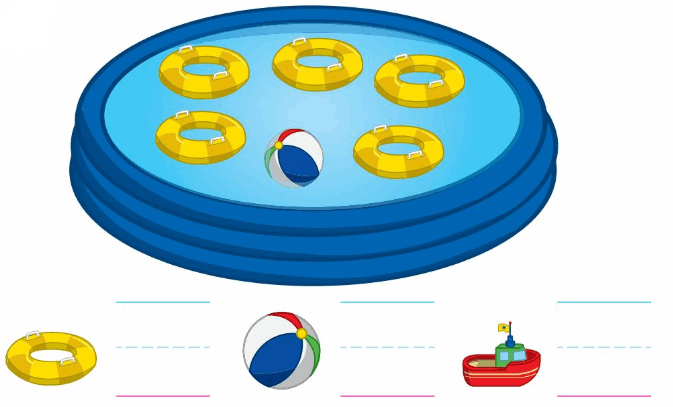
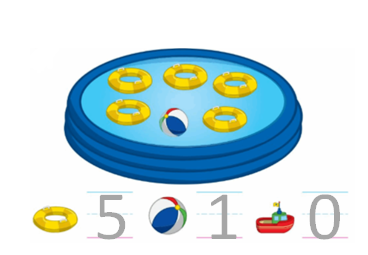
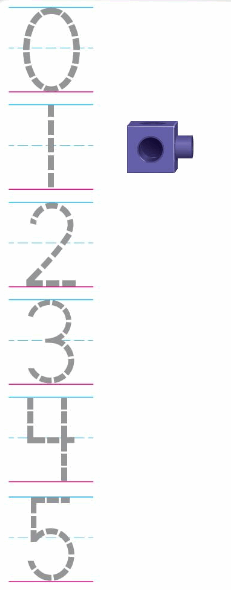
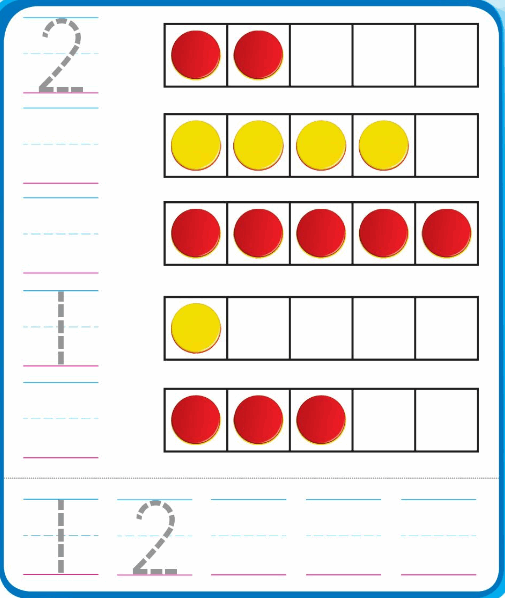
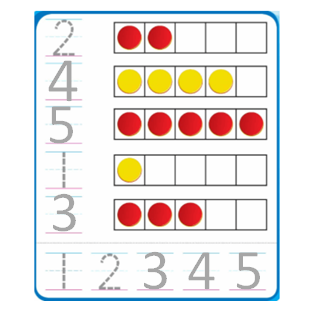

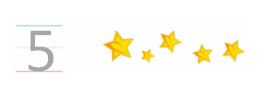





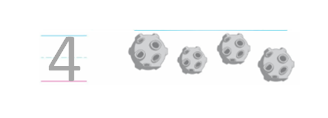
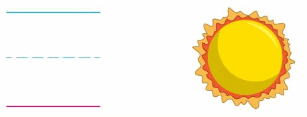


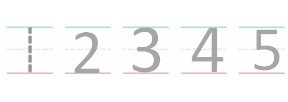

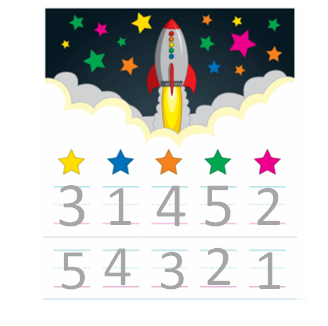



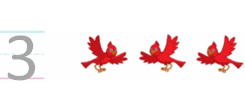
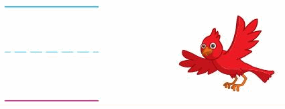





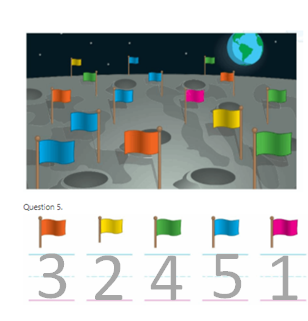

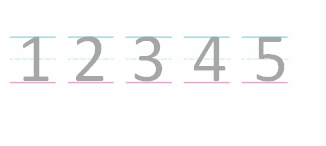

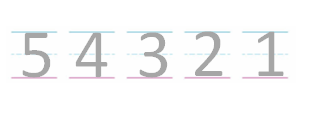

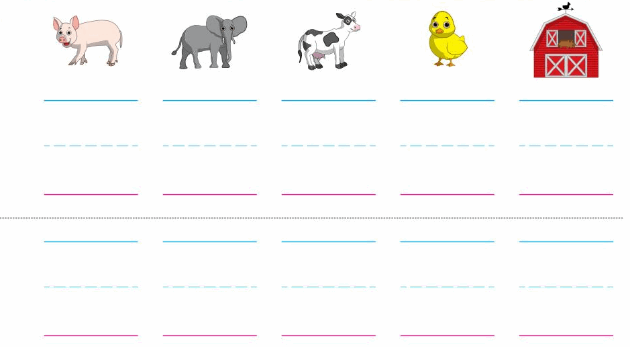

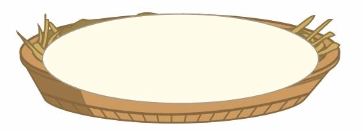
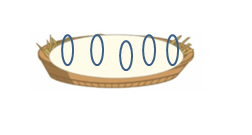


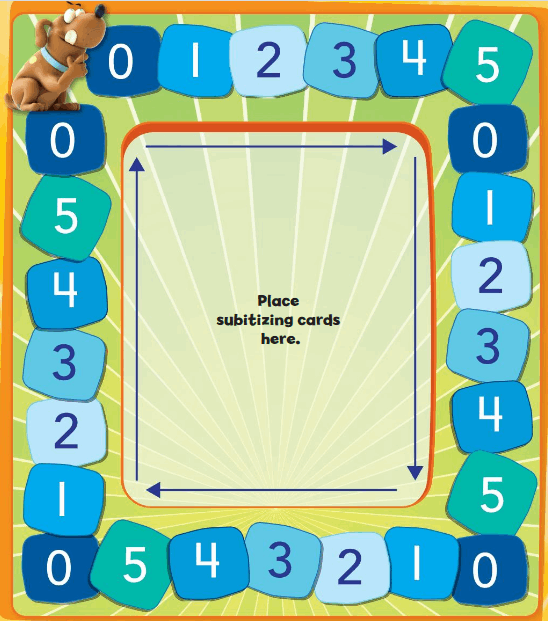
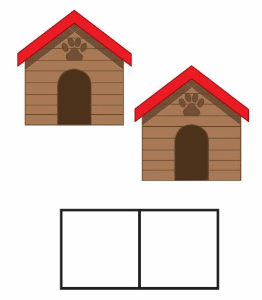
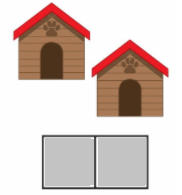
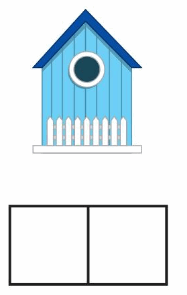
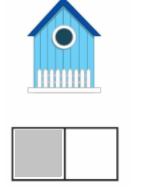
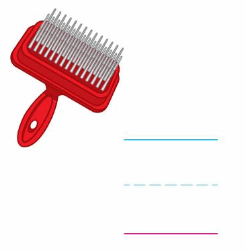
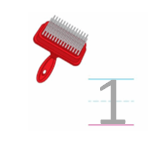
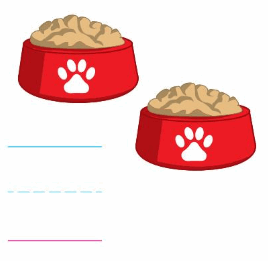
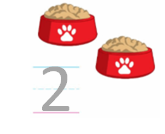




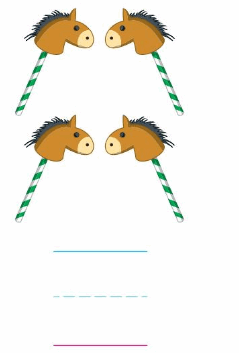
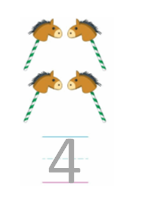

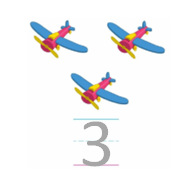
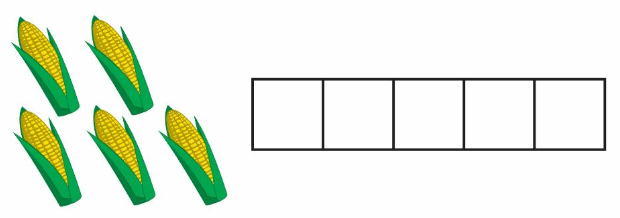
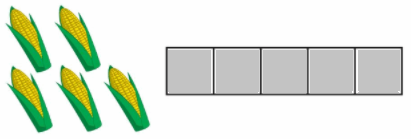

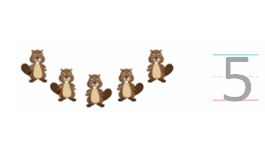
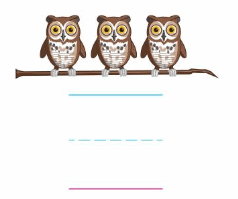
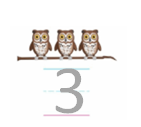
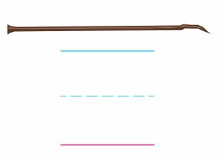




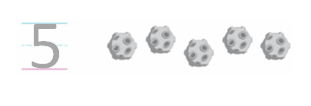



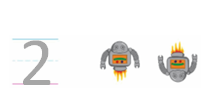




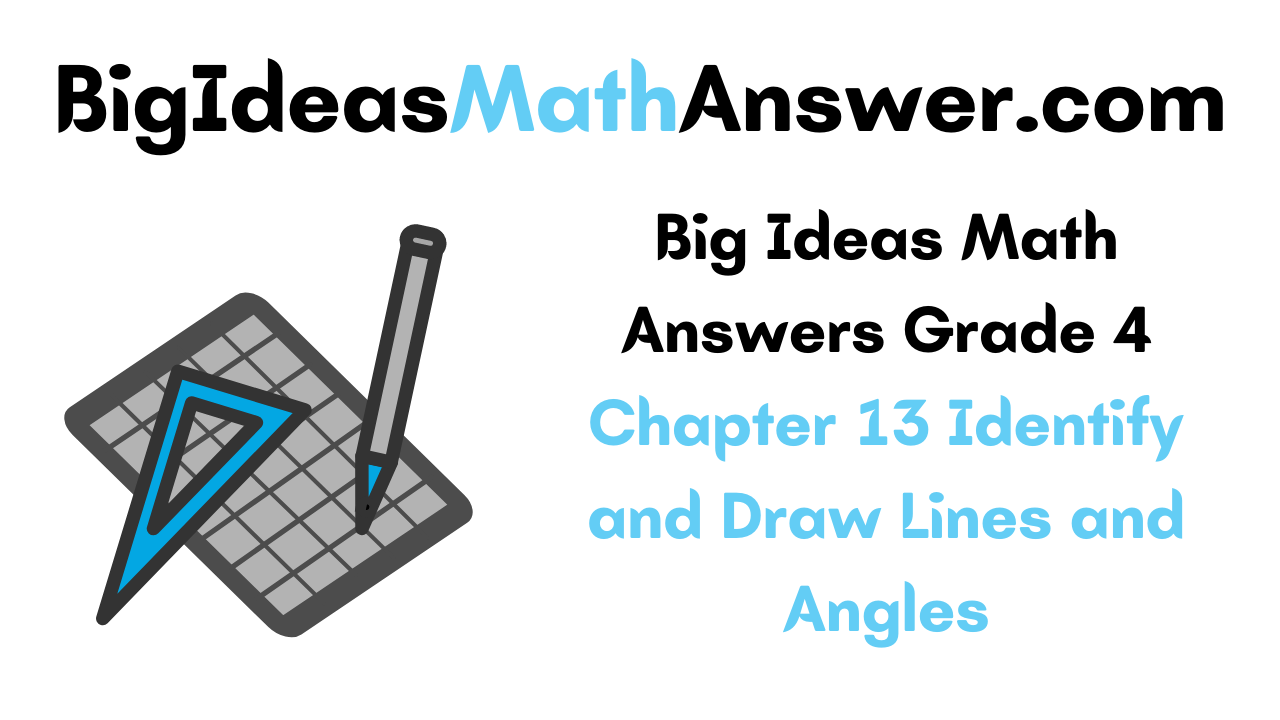
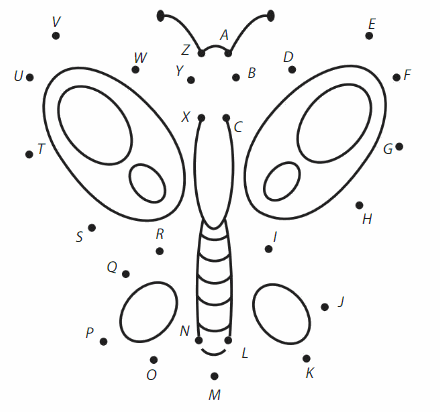
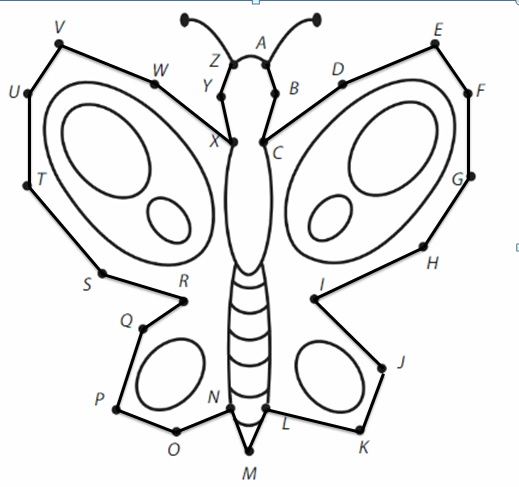

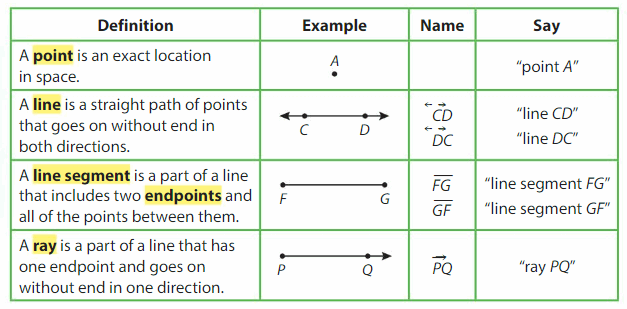
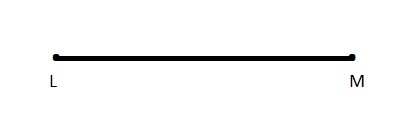




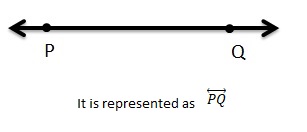

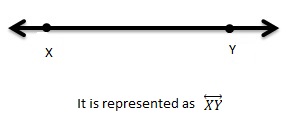



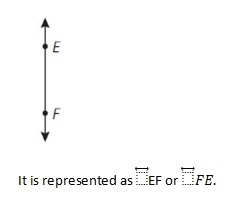



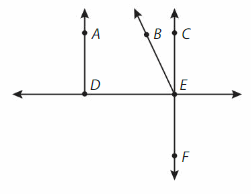
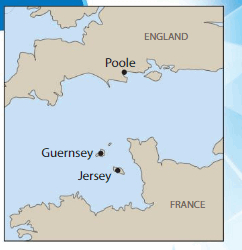

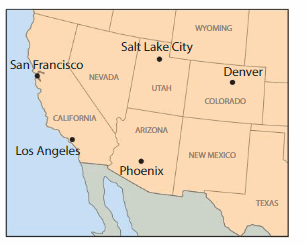
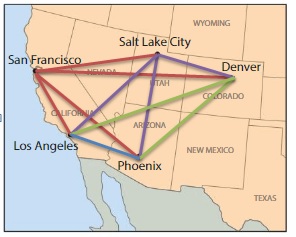
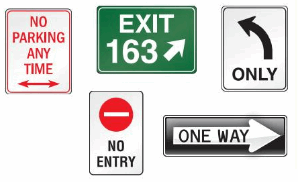
 ,
,





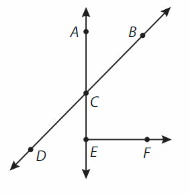



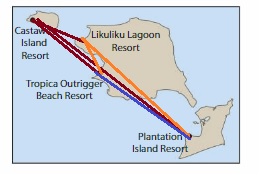

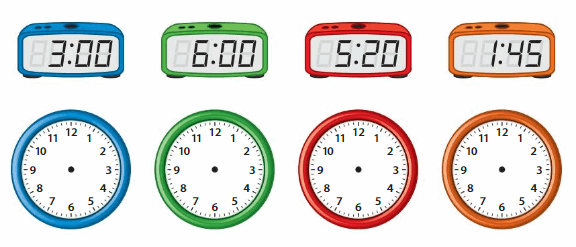
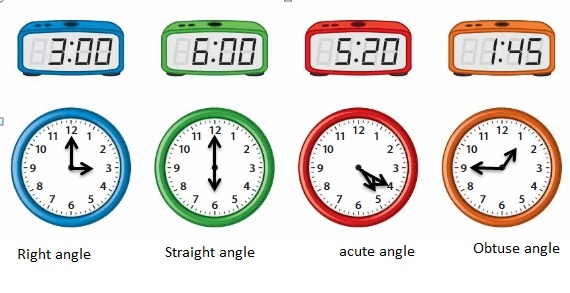

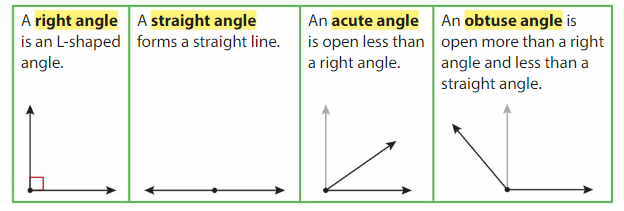




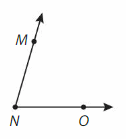

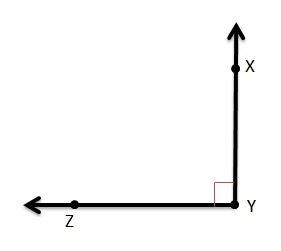

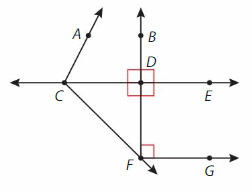


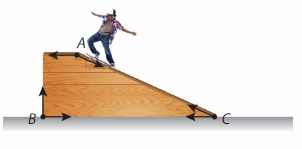
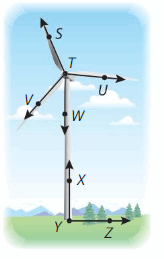
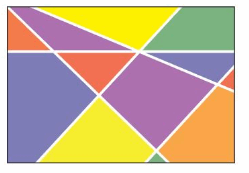
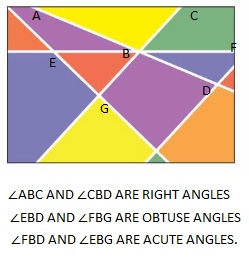
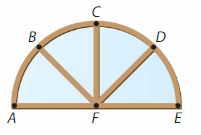

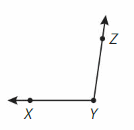 ∠
∠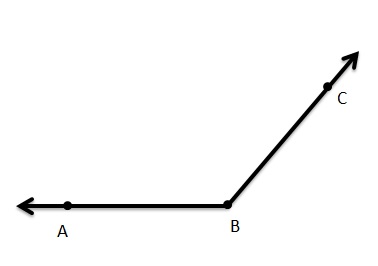
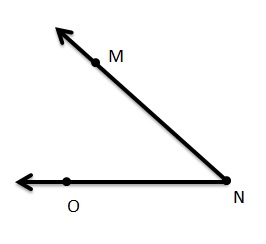
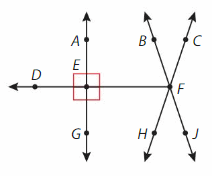
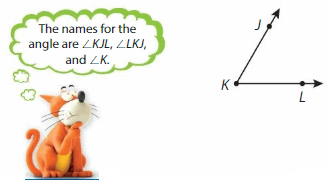
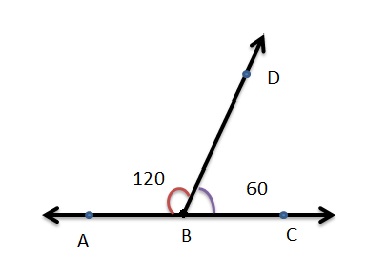
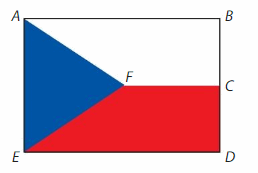
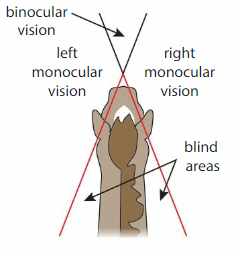

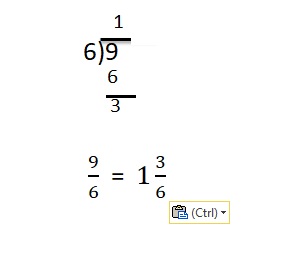
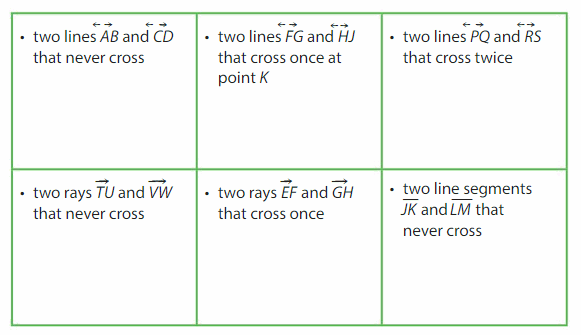
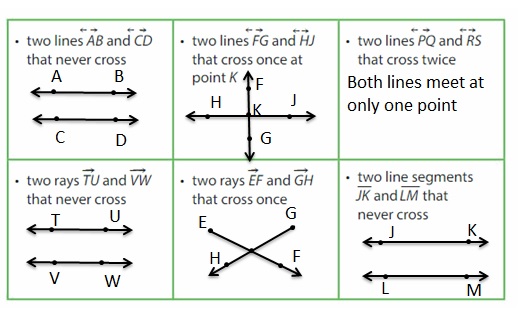
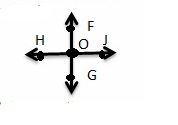
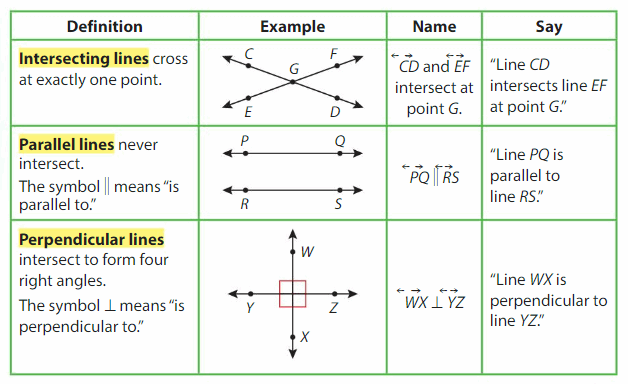

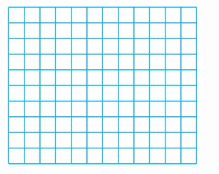
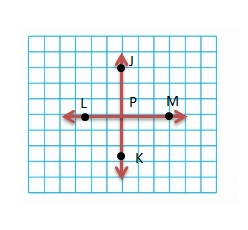
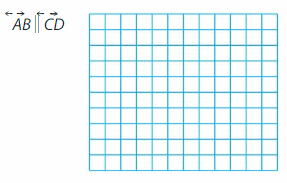
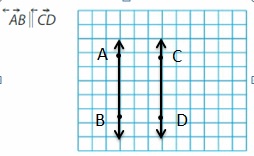
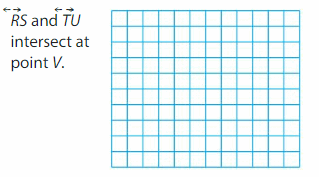
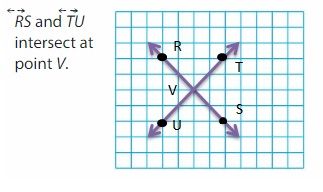
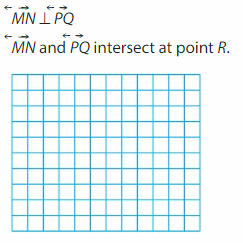



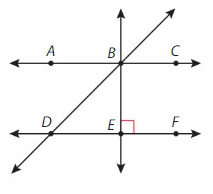
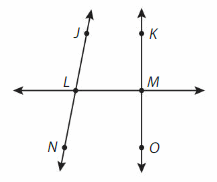
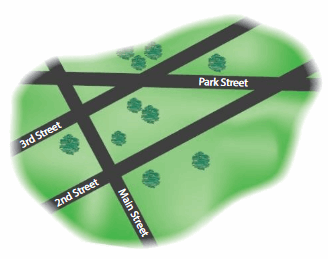
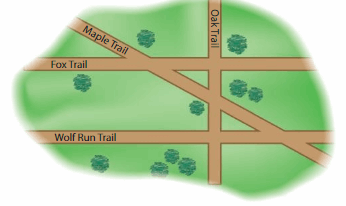
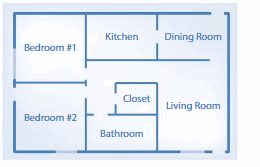
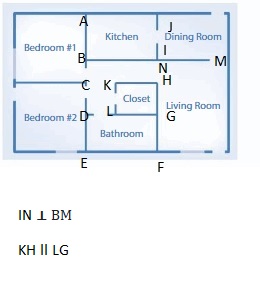
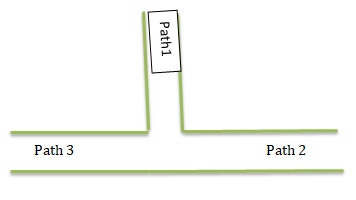
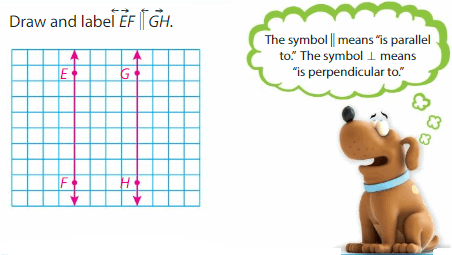
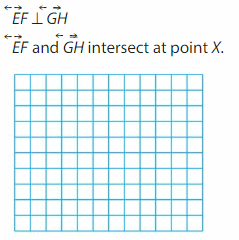

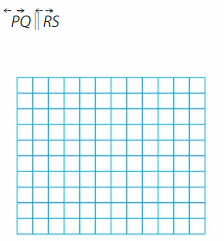
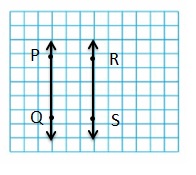
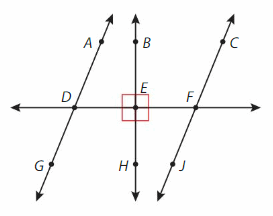
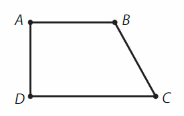
 l
l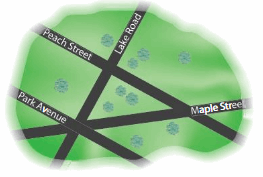
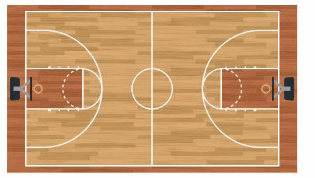
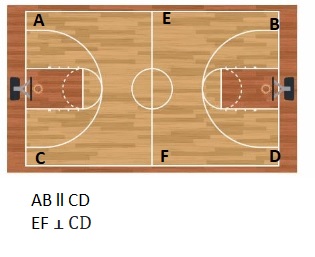
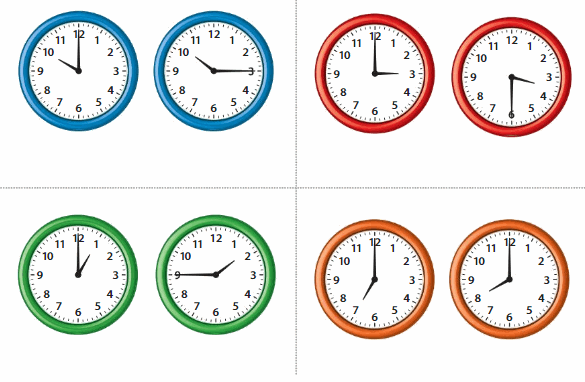
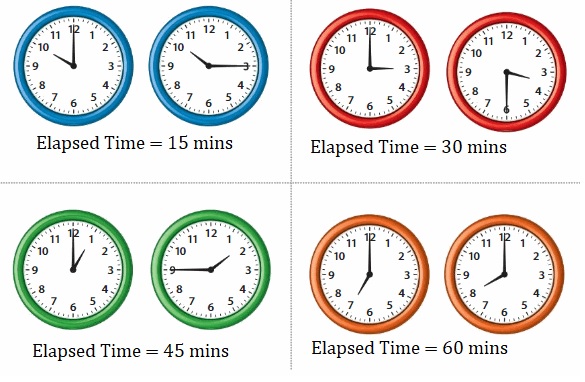
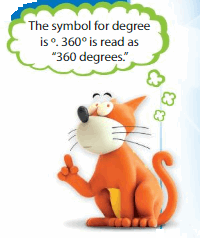

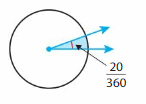
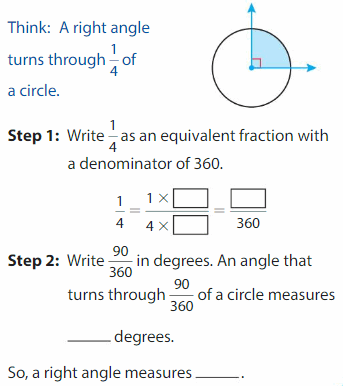

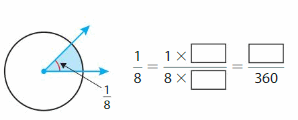
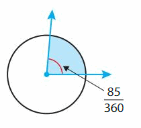
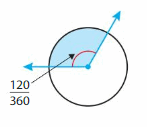
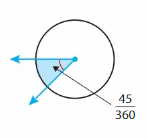
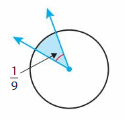
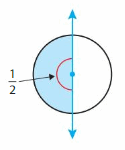
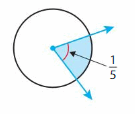
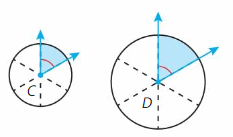
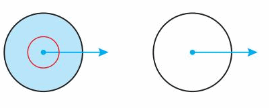
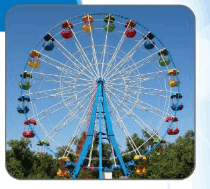
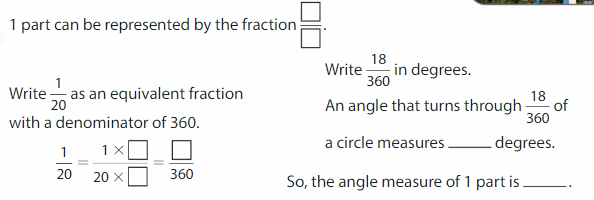

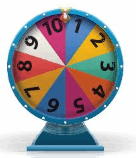
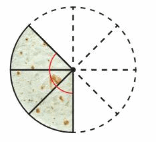
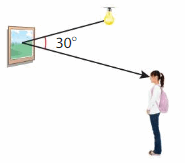
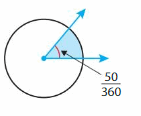

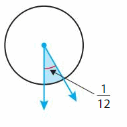

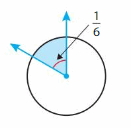
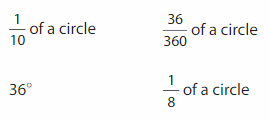





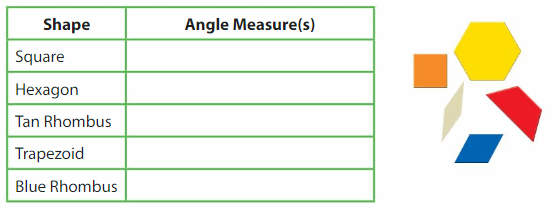
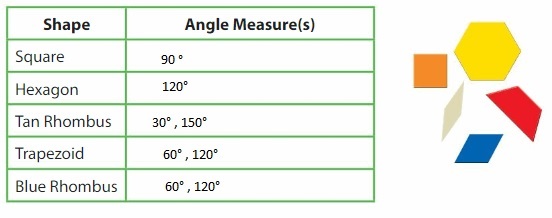
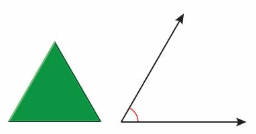
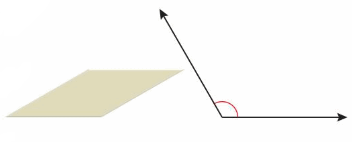
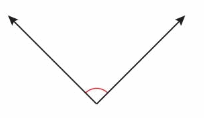
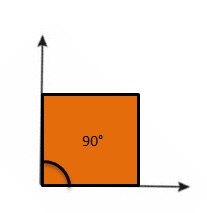
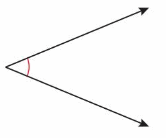
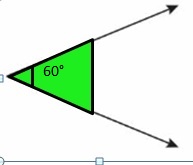

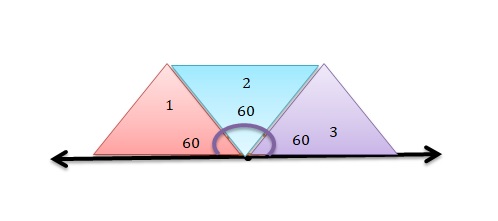

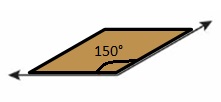
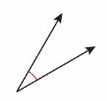


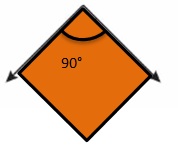
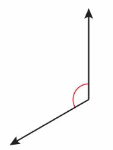

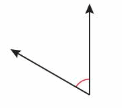
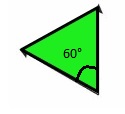


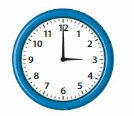
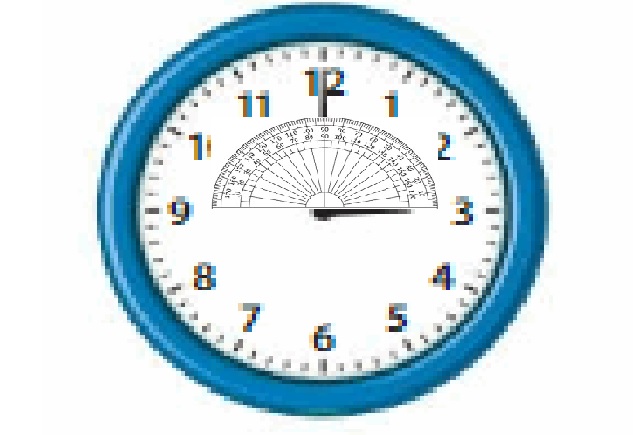
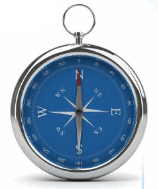


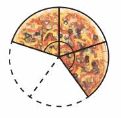
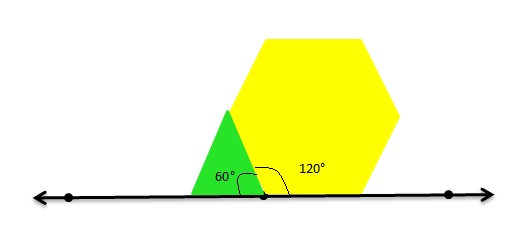
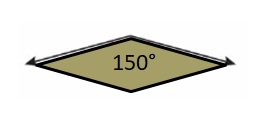
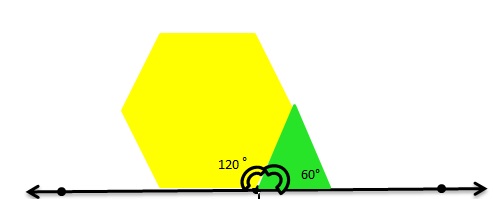

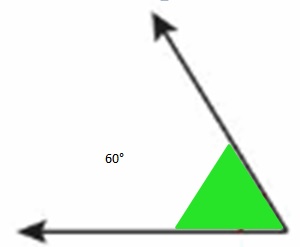

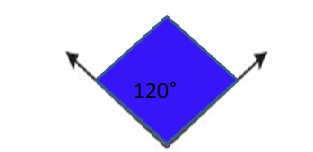

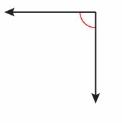
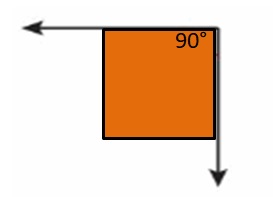

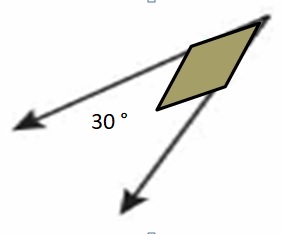
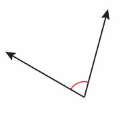
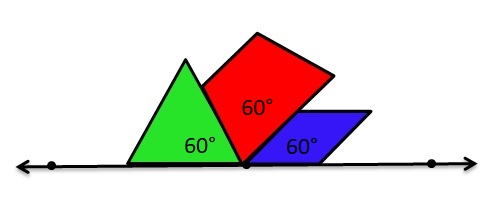

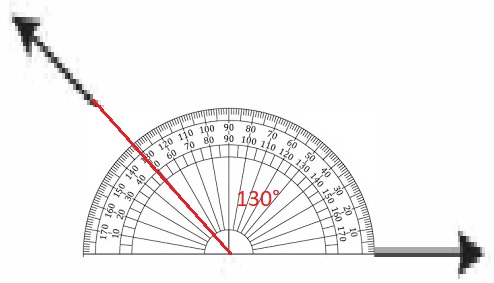
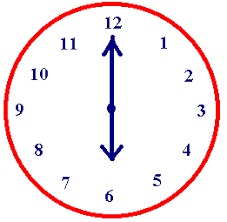
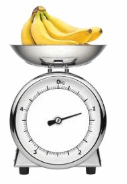
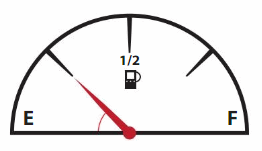
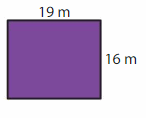
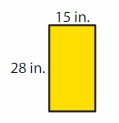
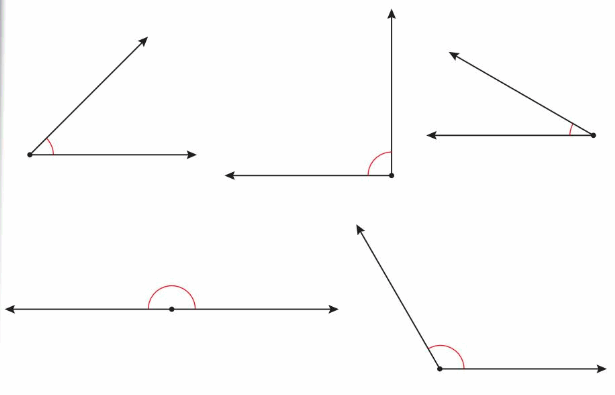
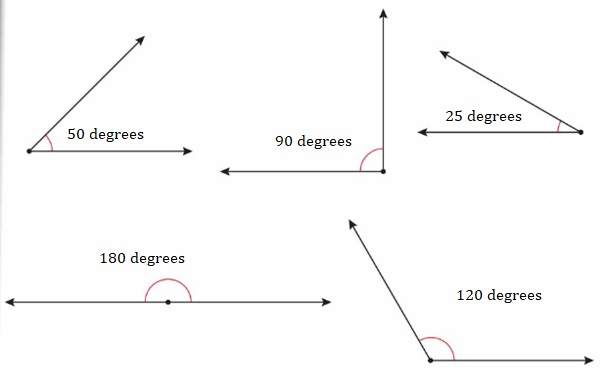
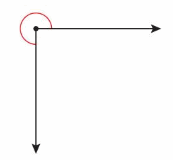
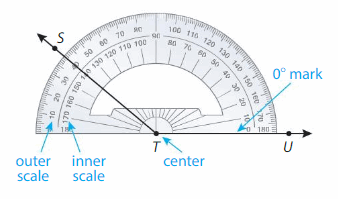
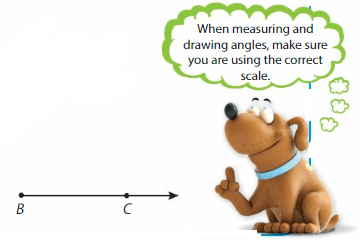
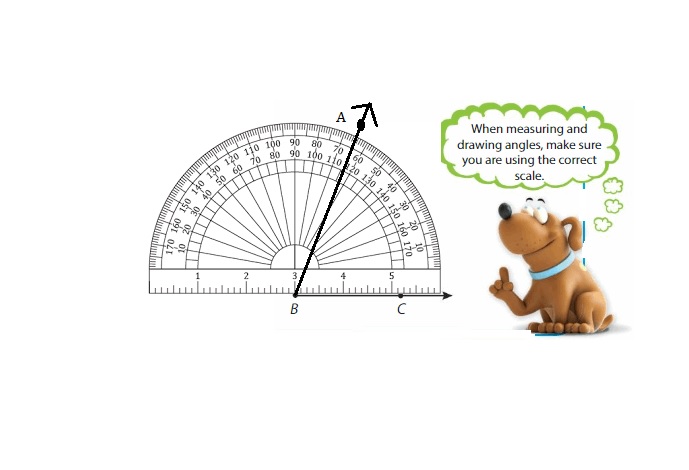
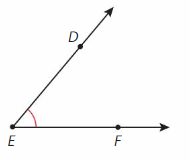
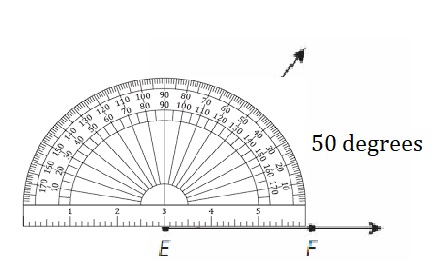

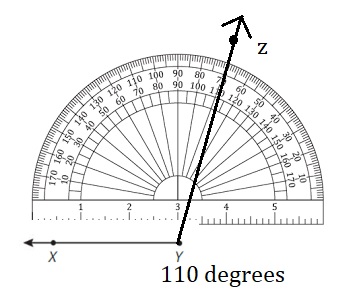
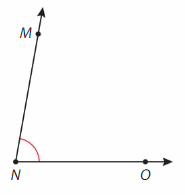
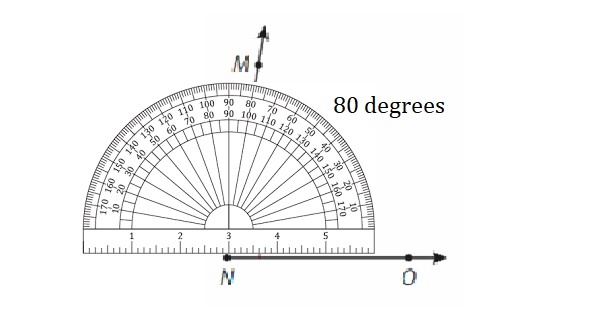
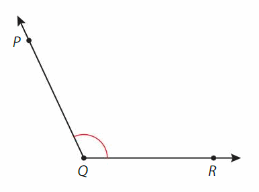
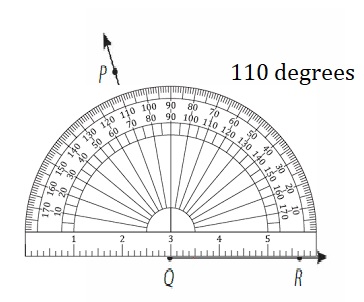

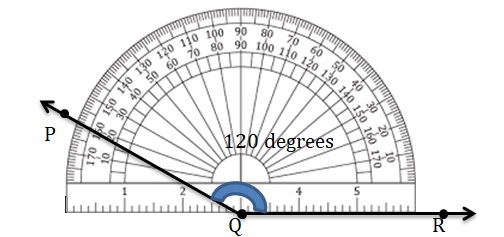
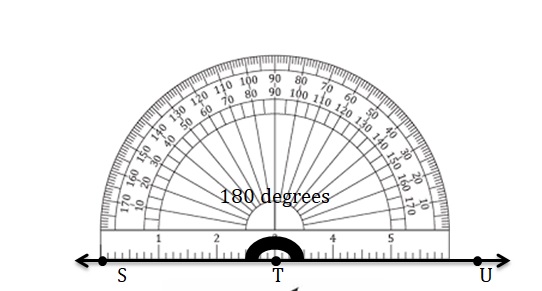

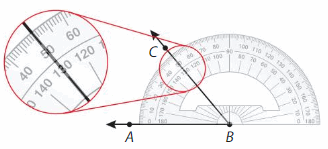
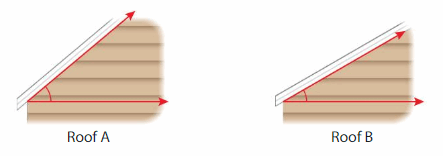
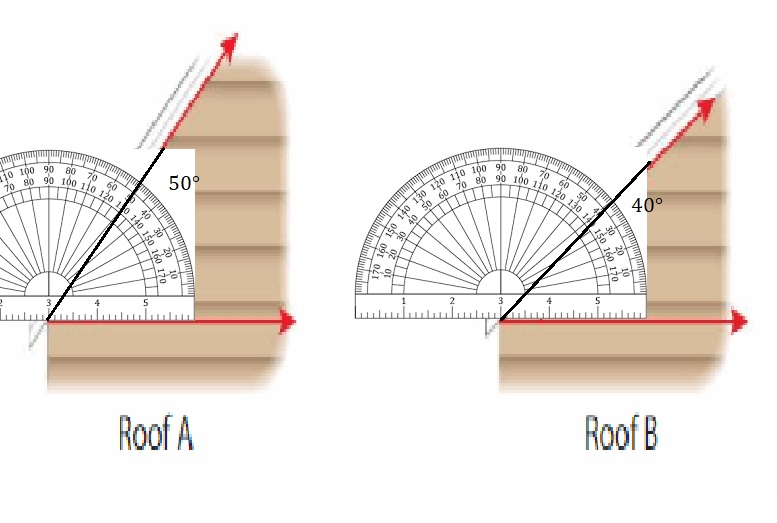

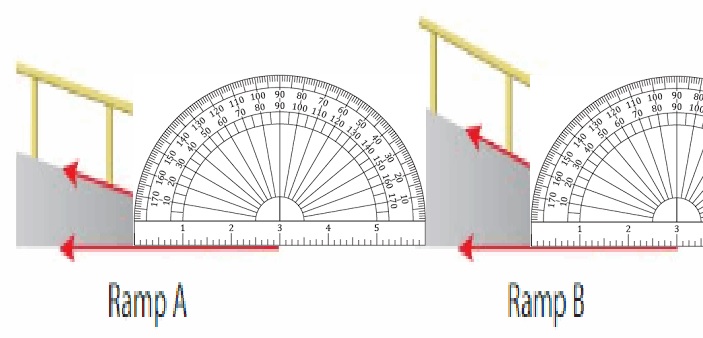
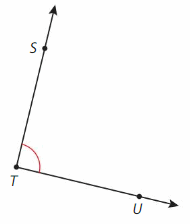
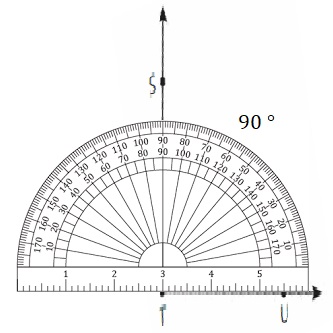

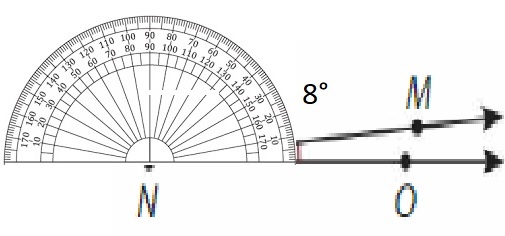

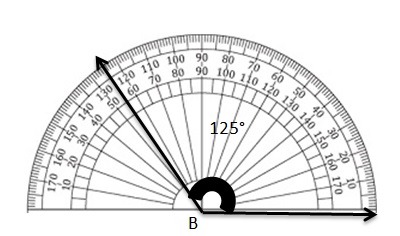

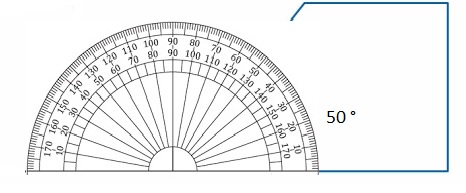
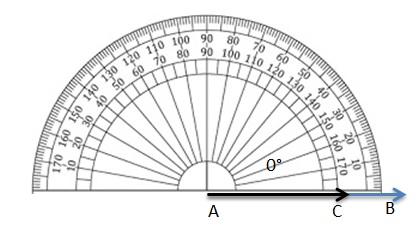

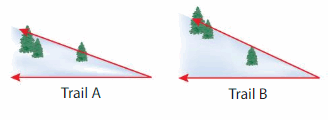
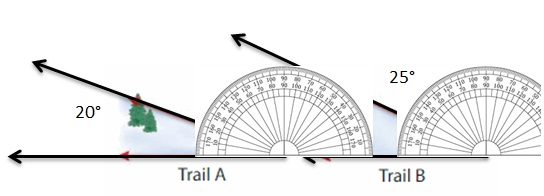
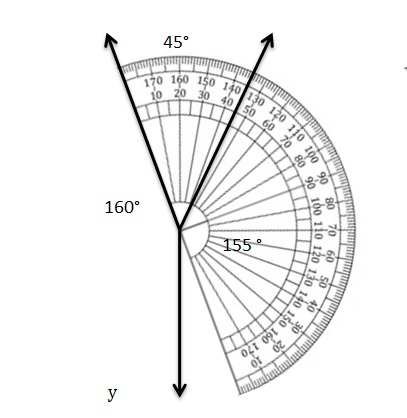

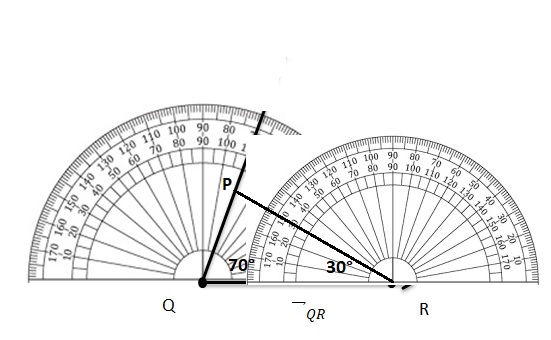

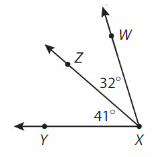

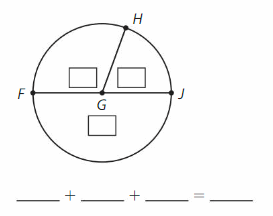
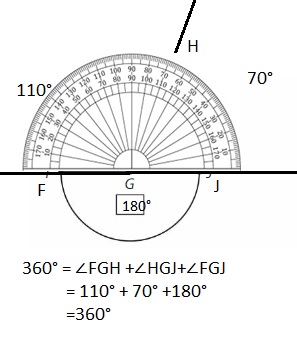
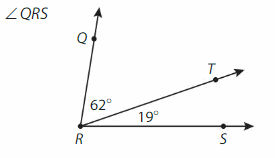

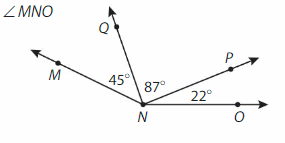
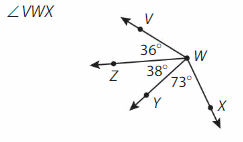
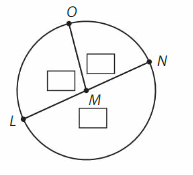
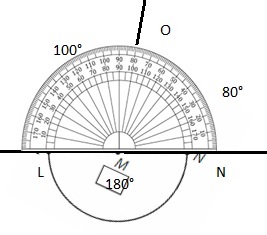 ° .
° .